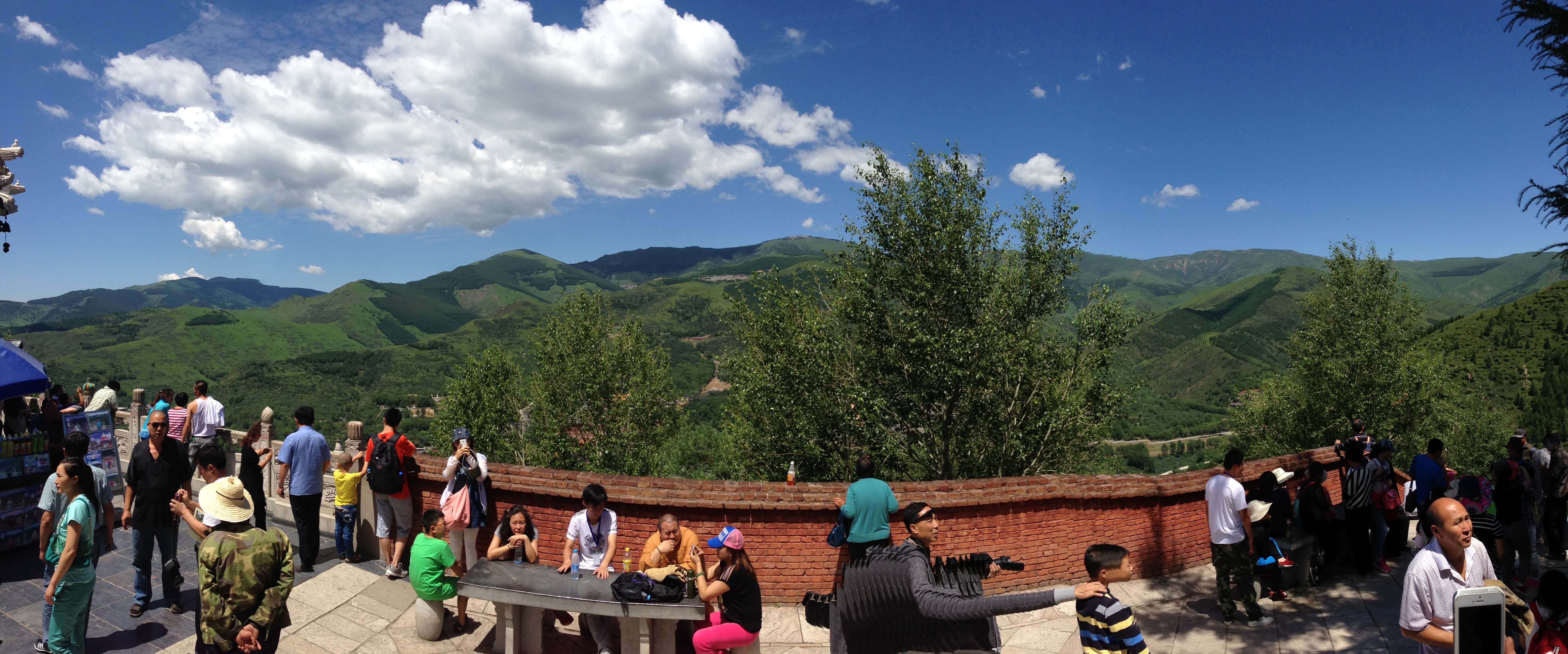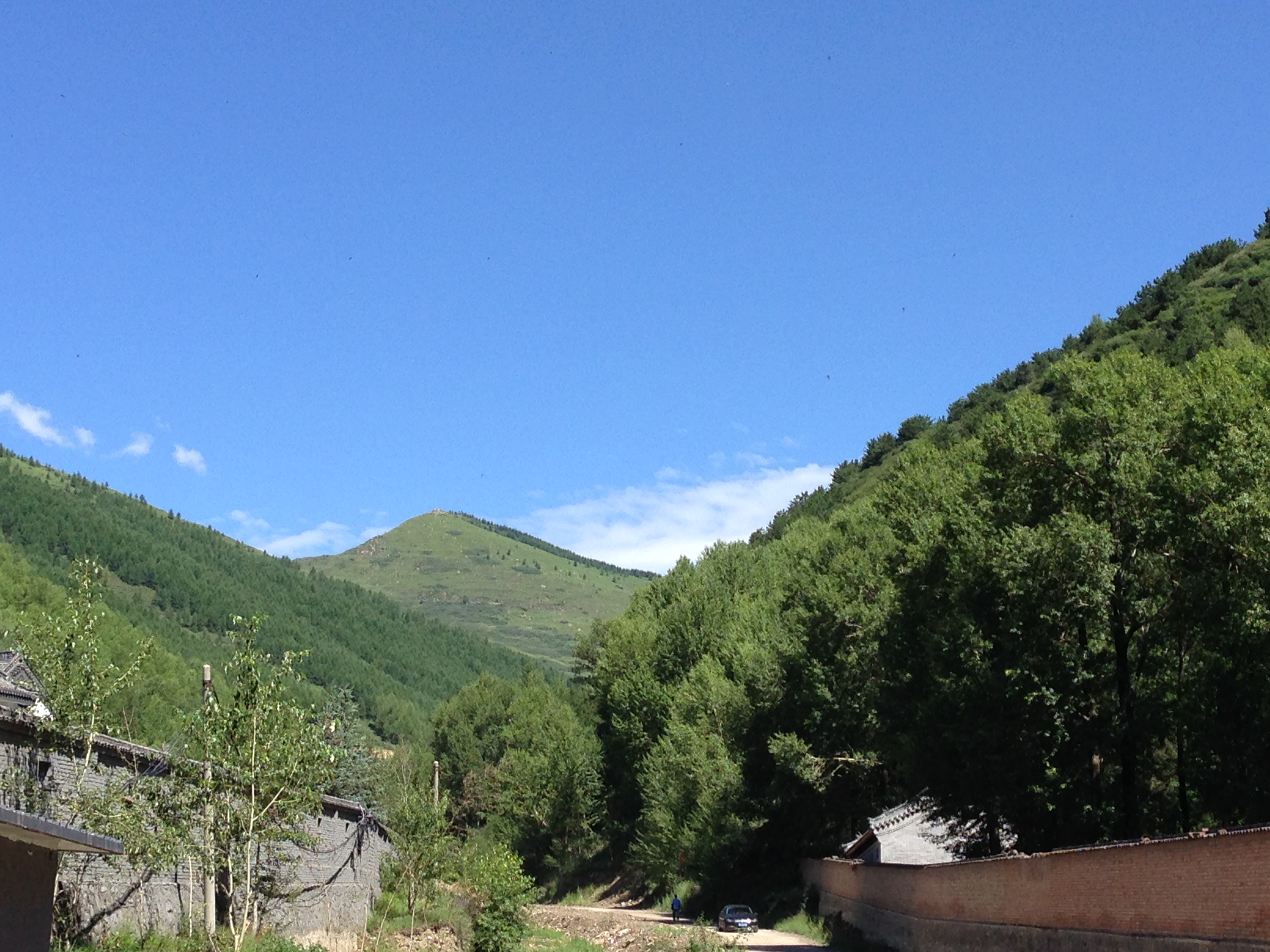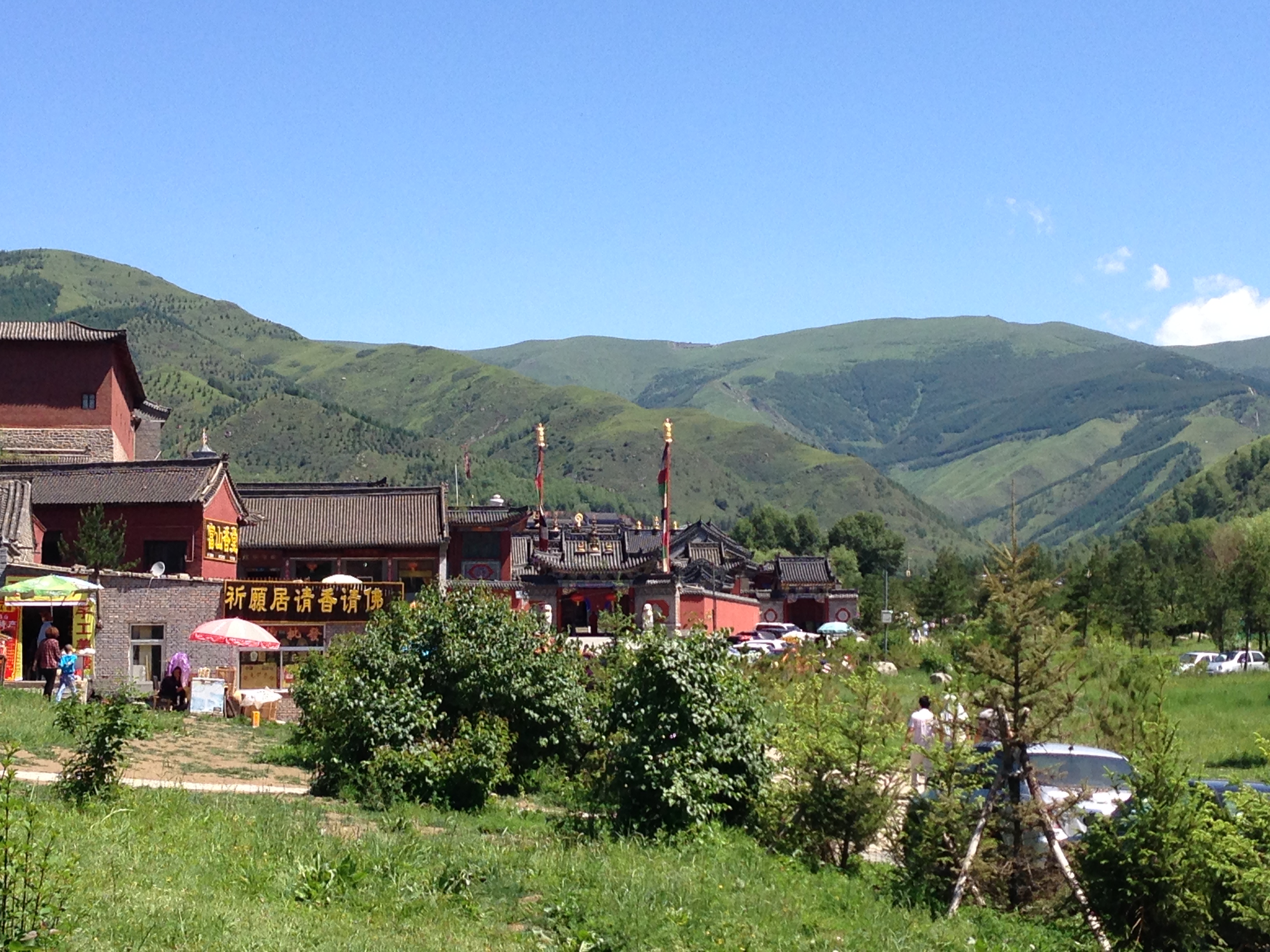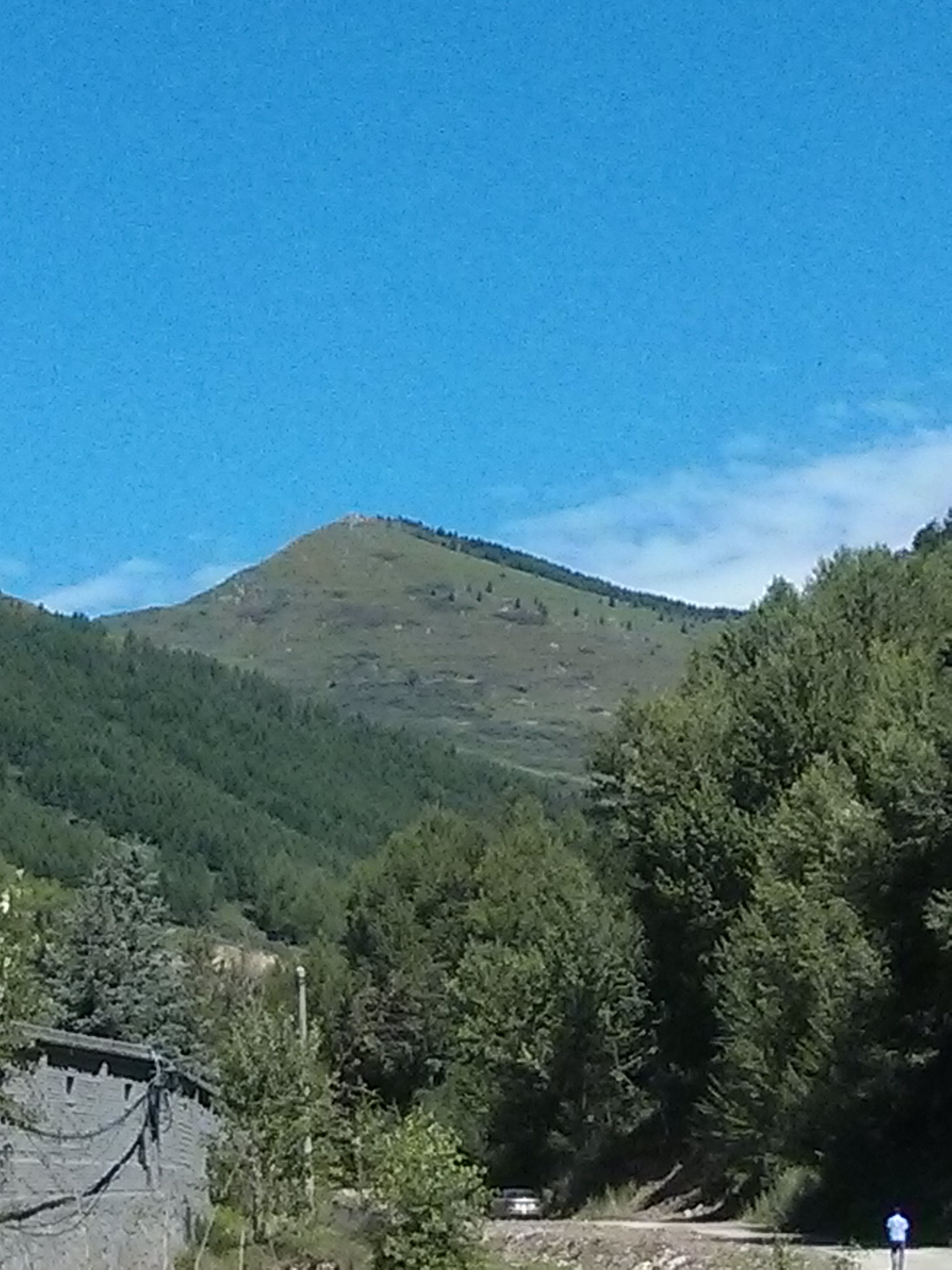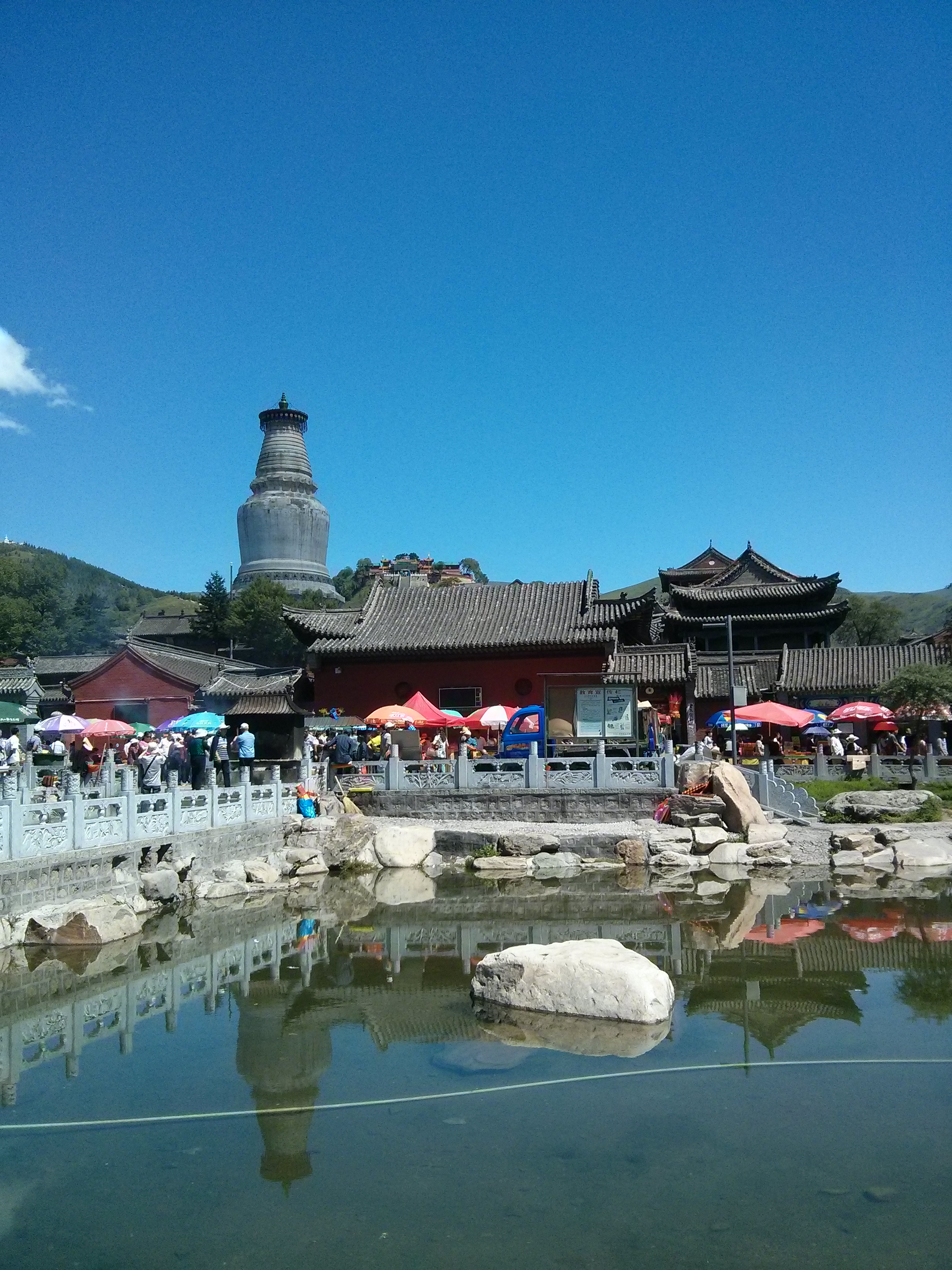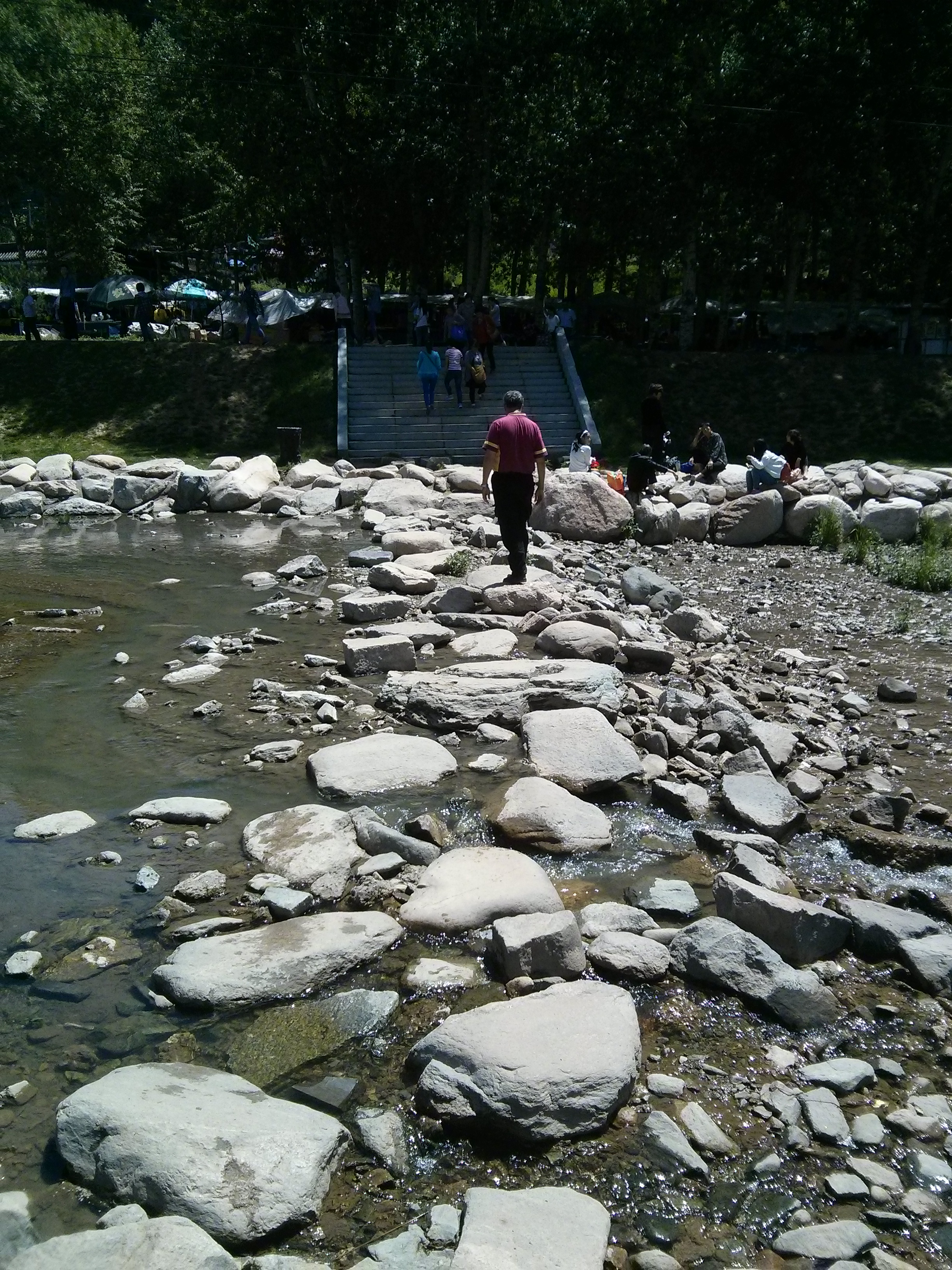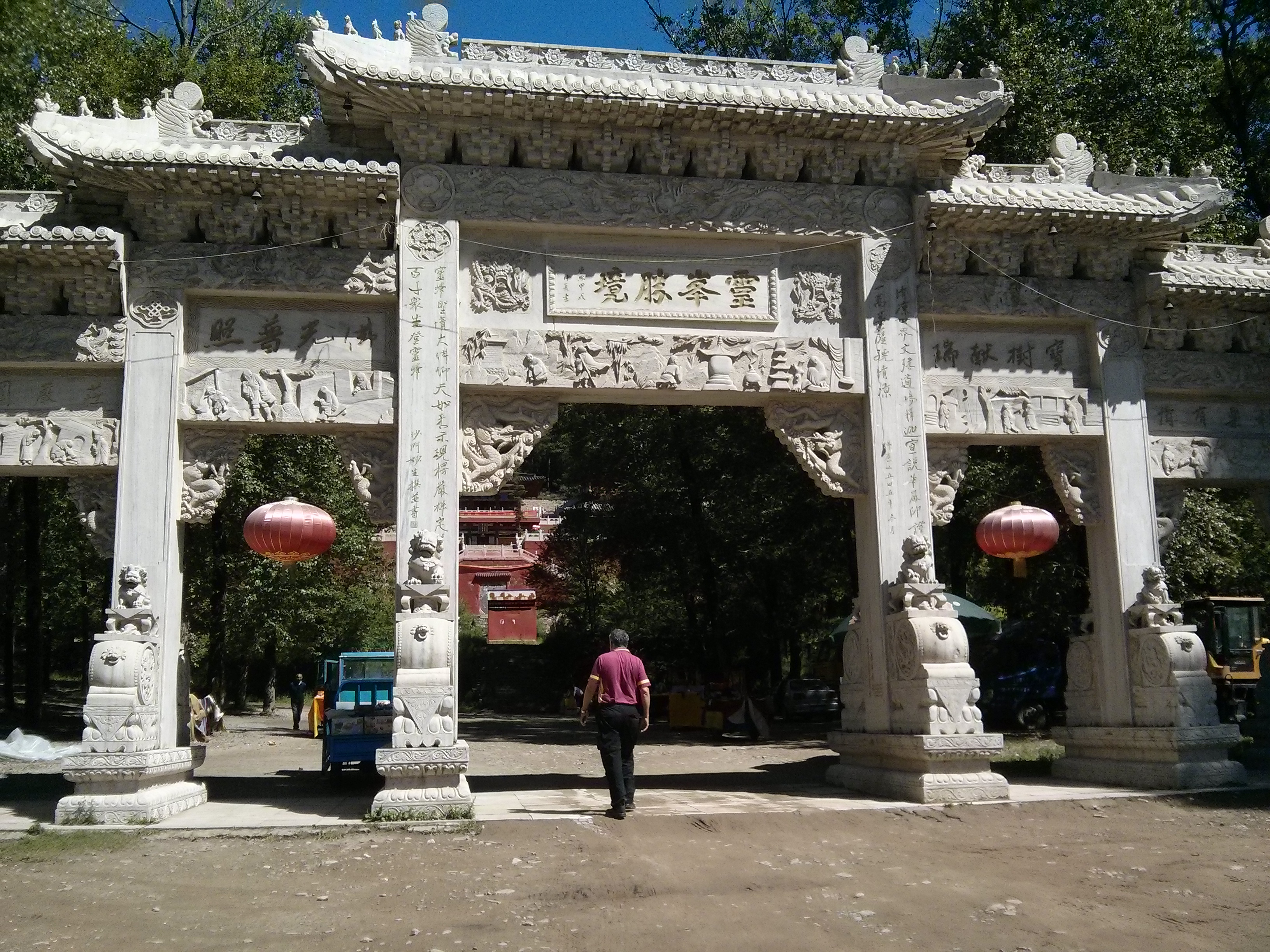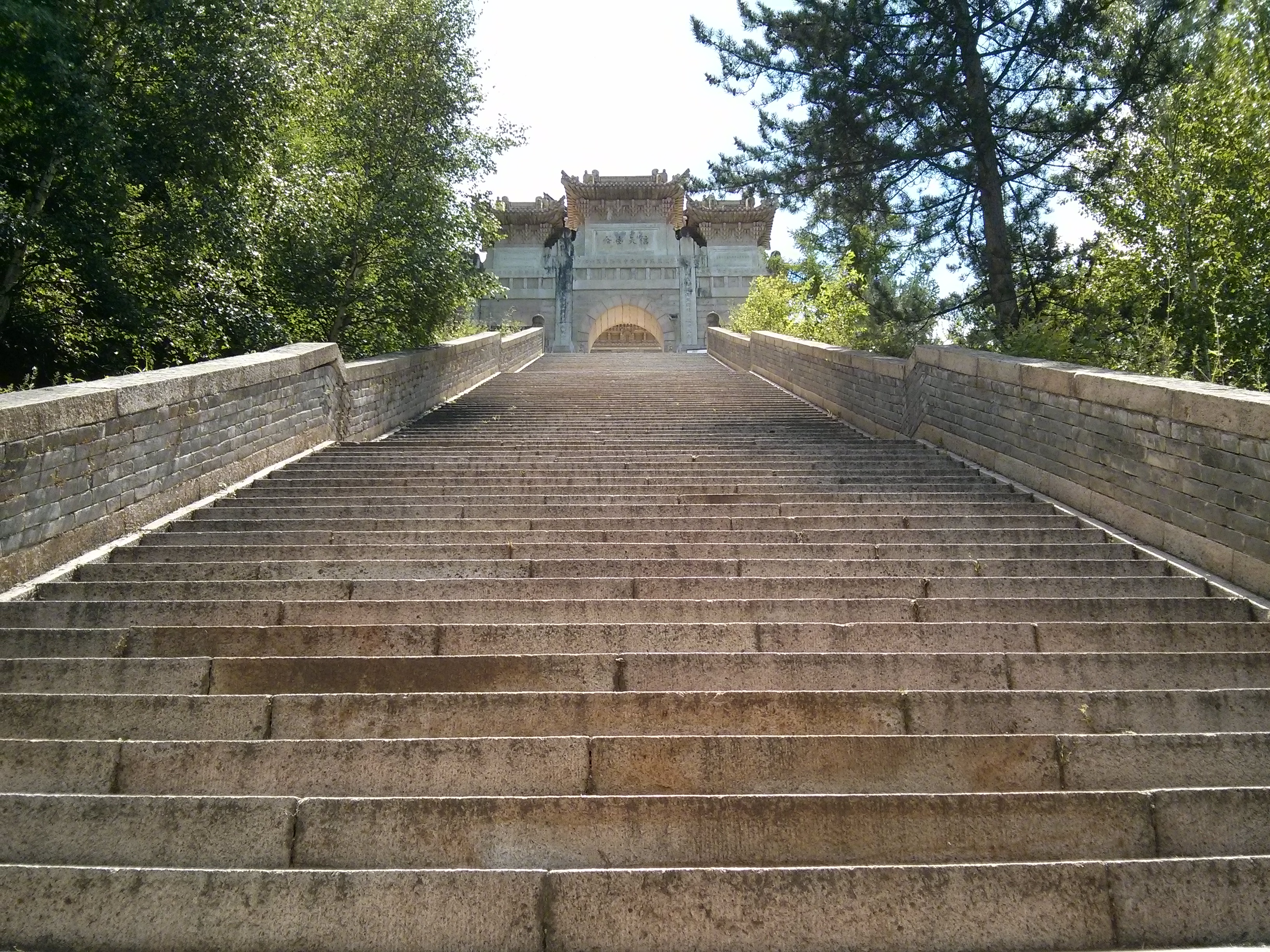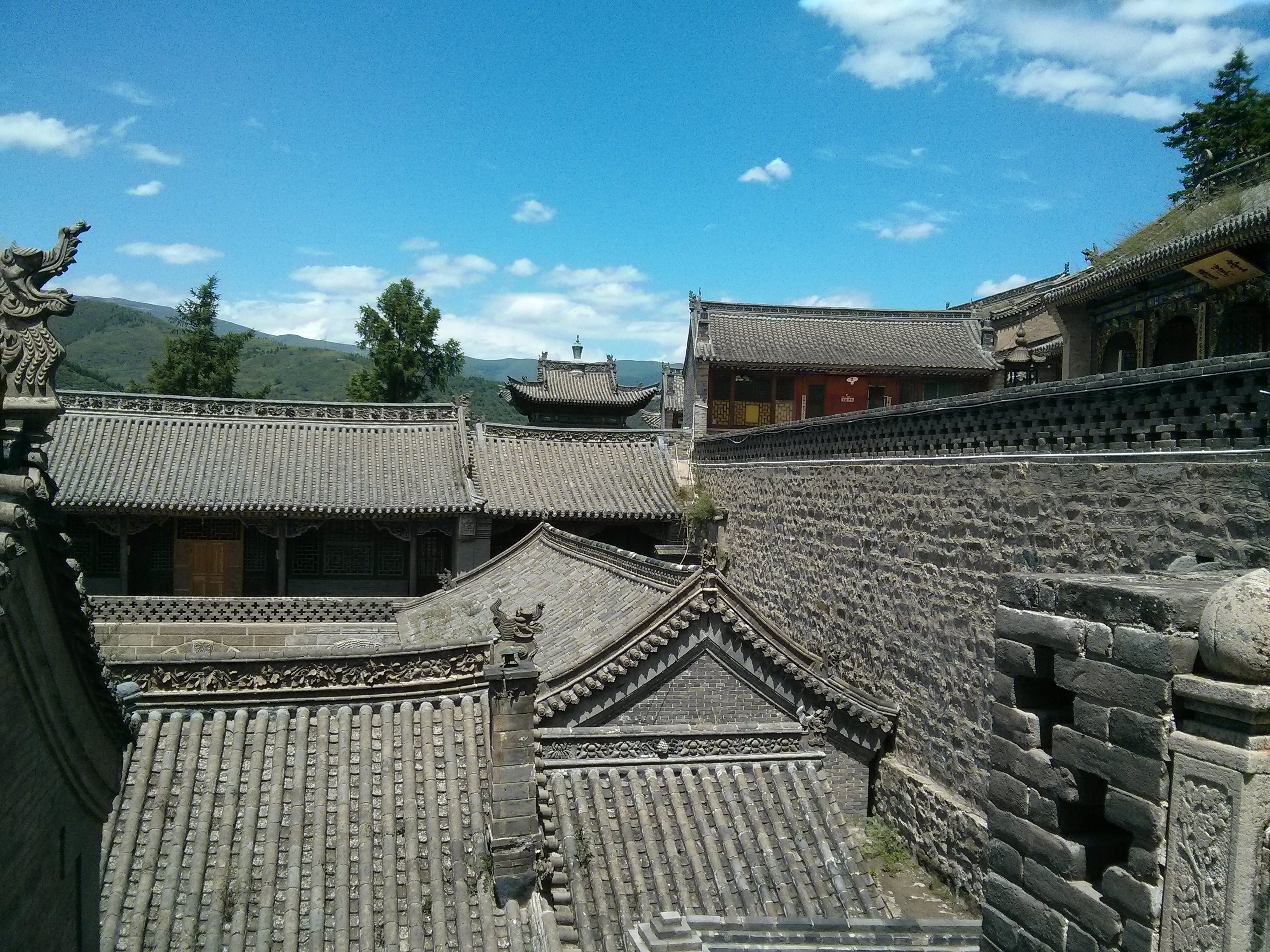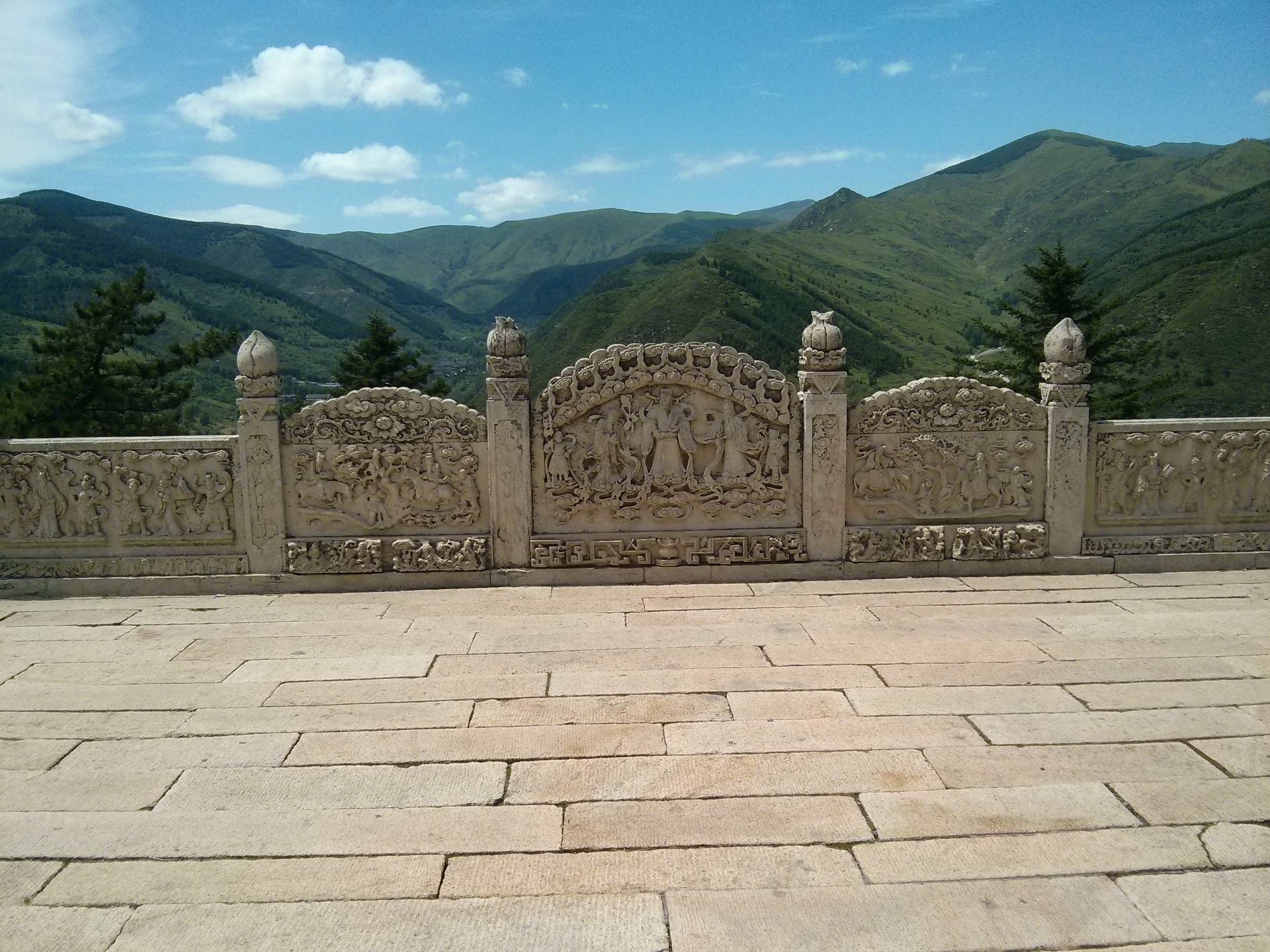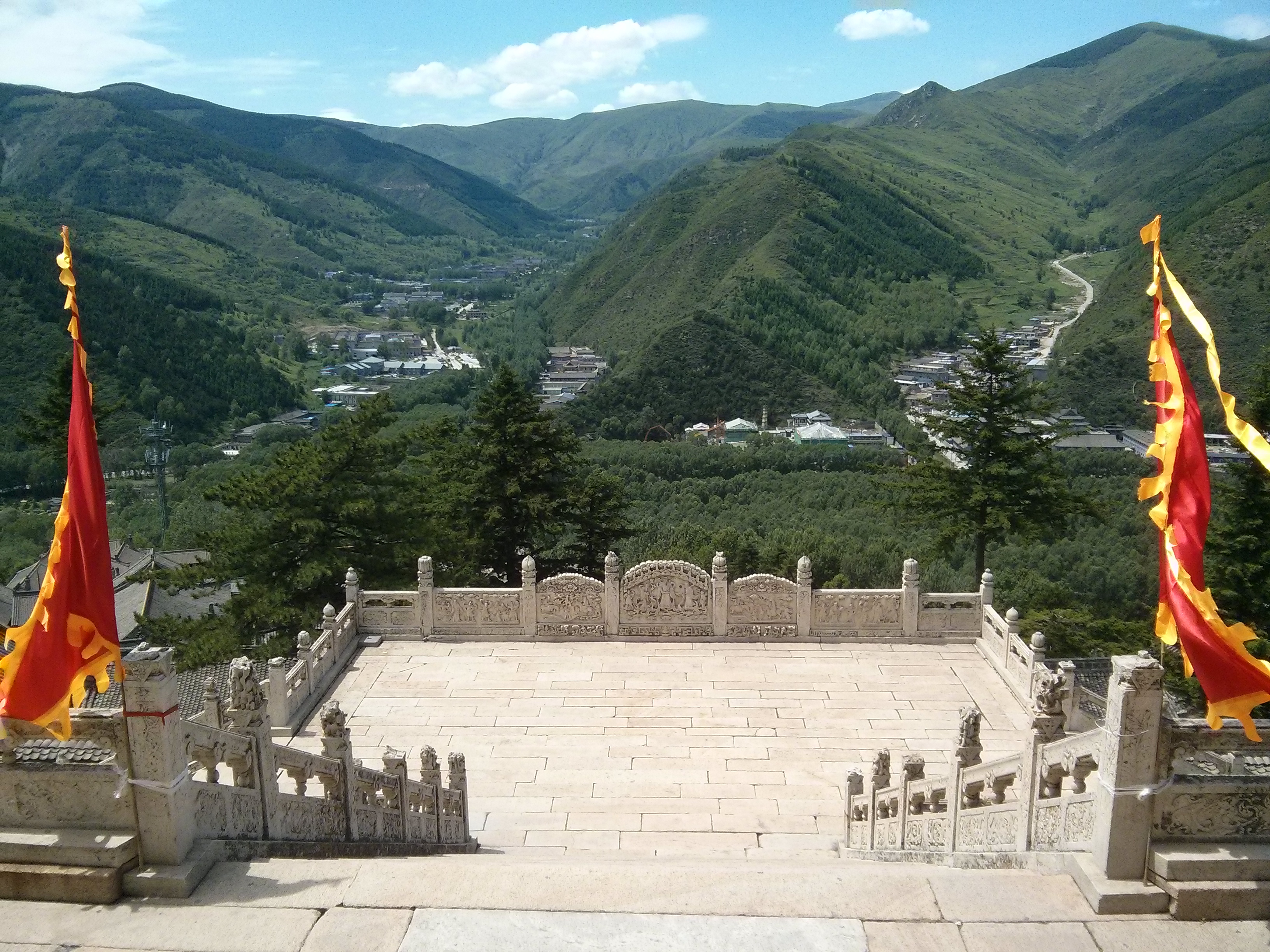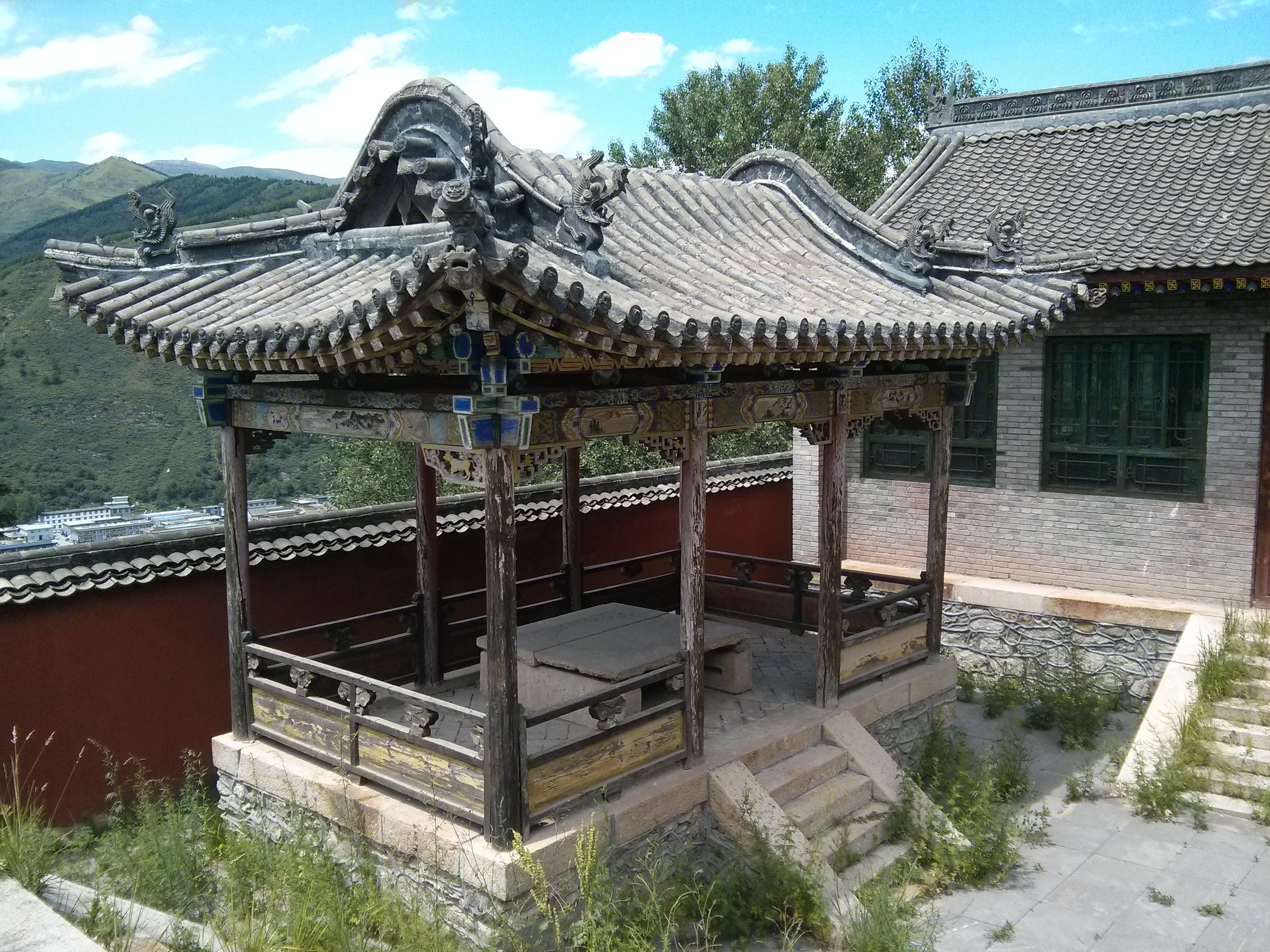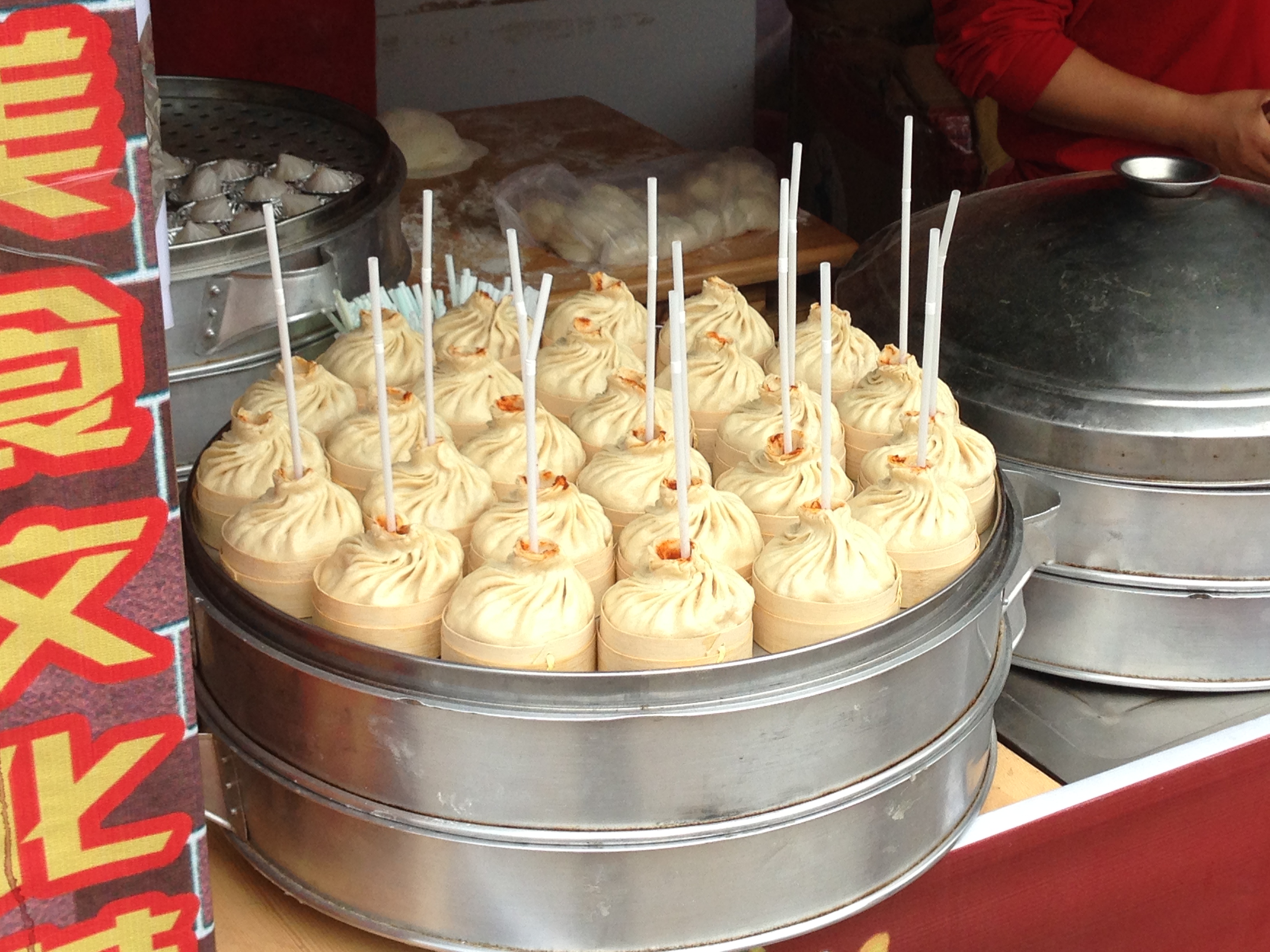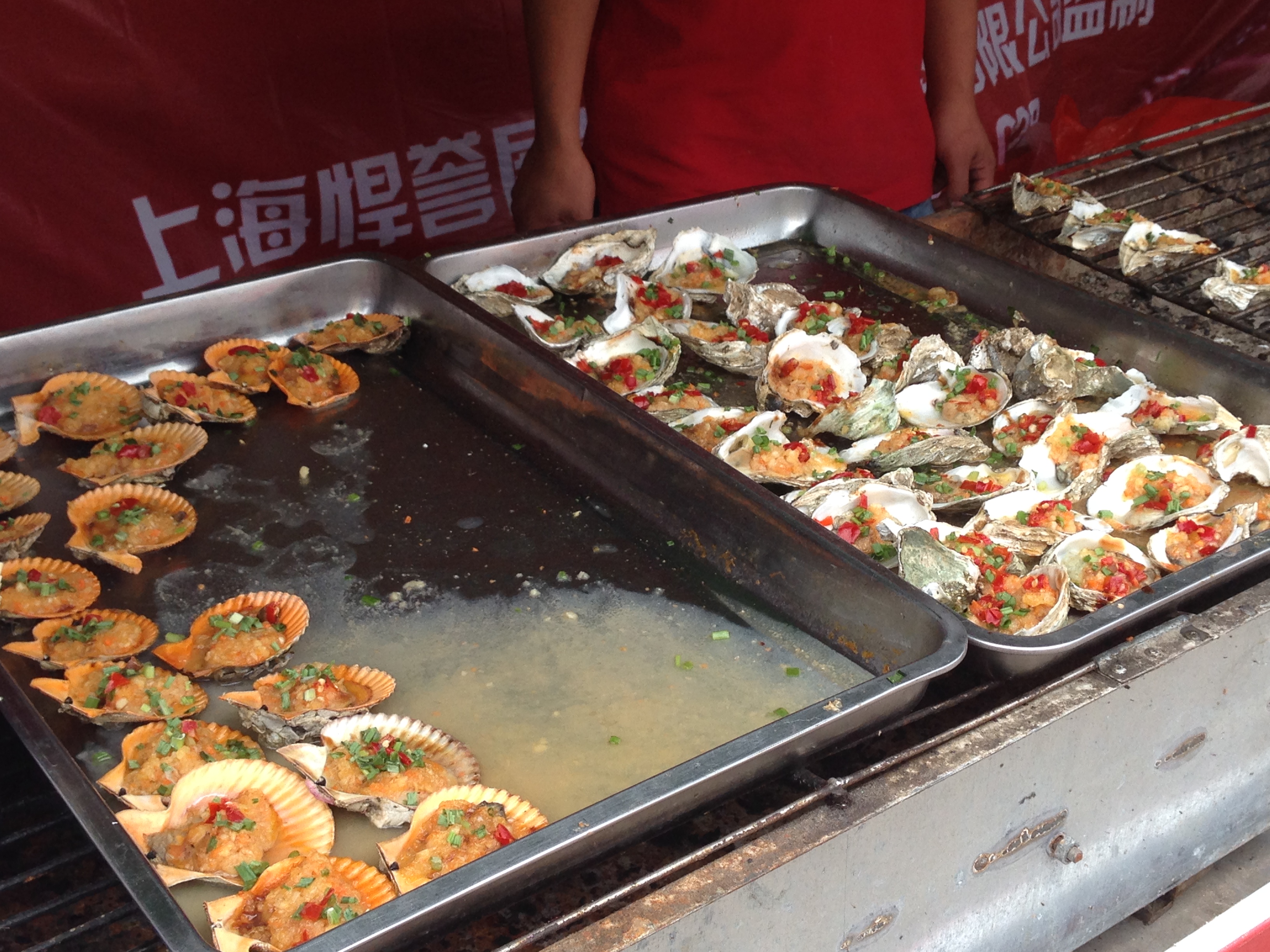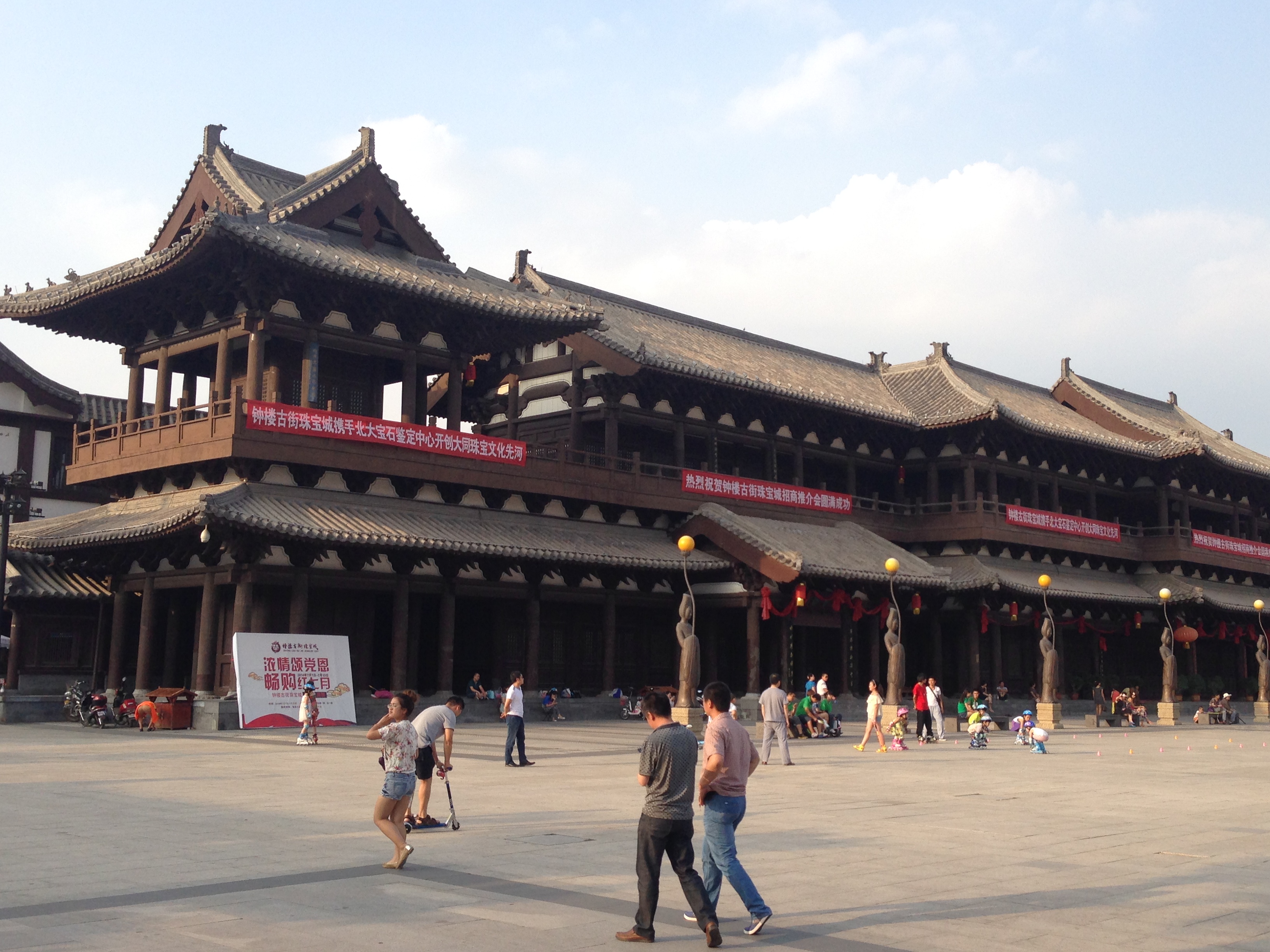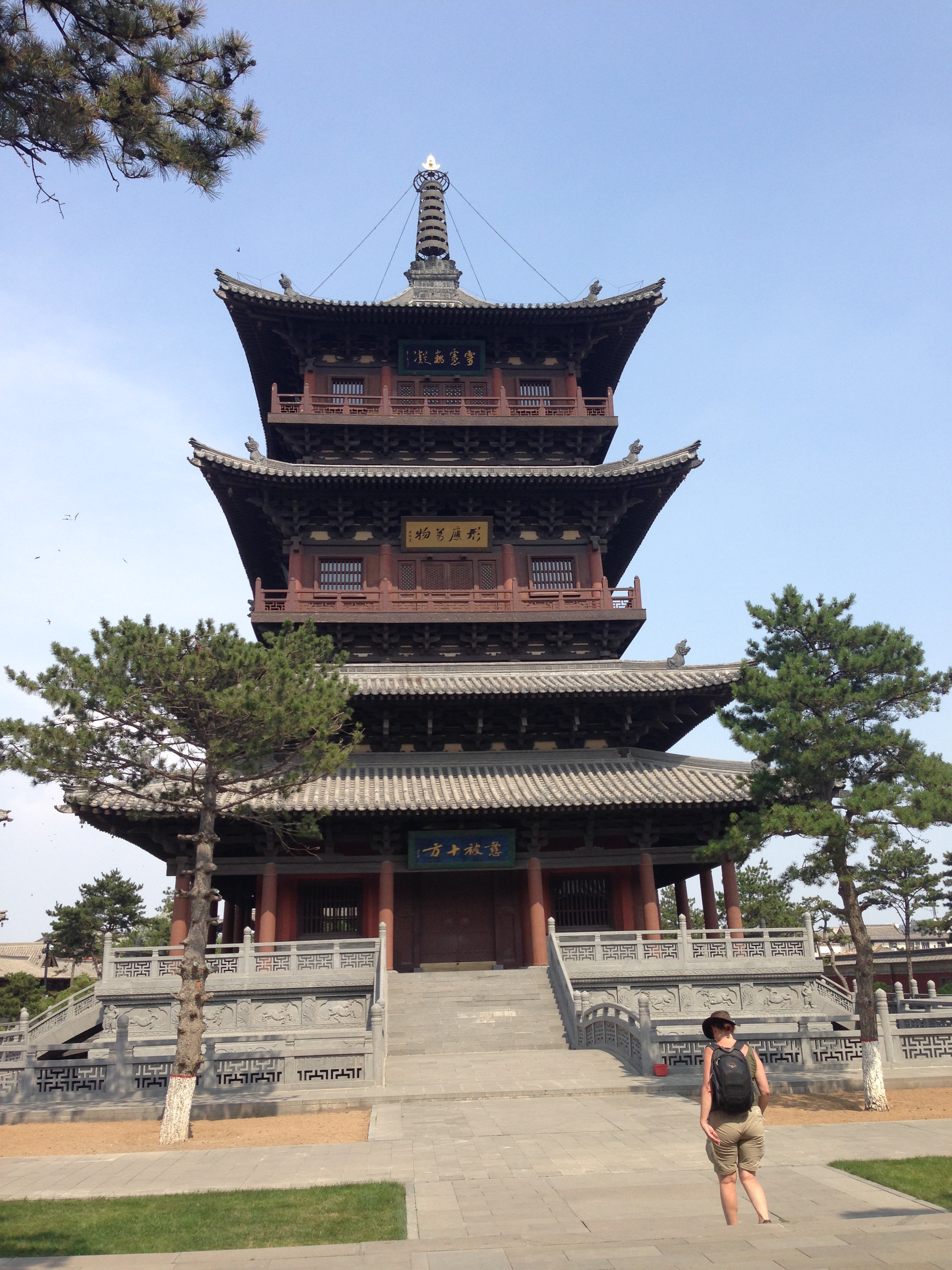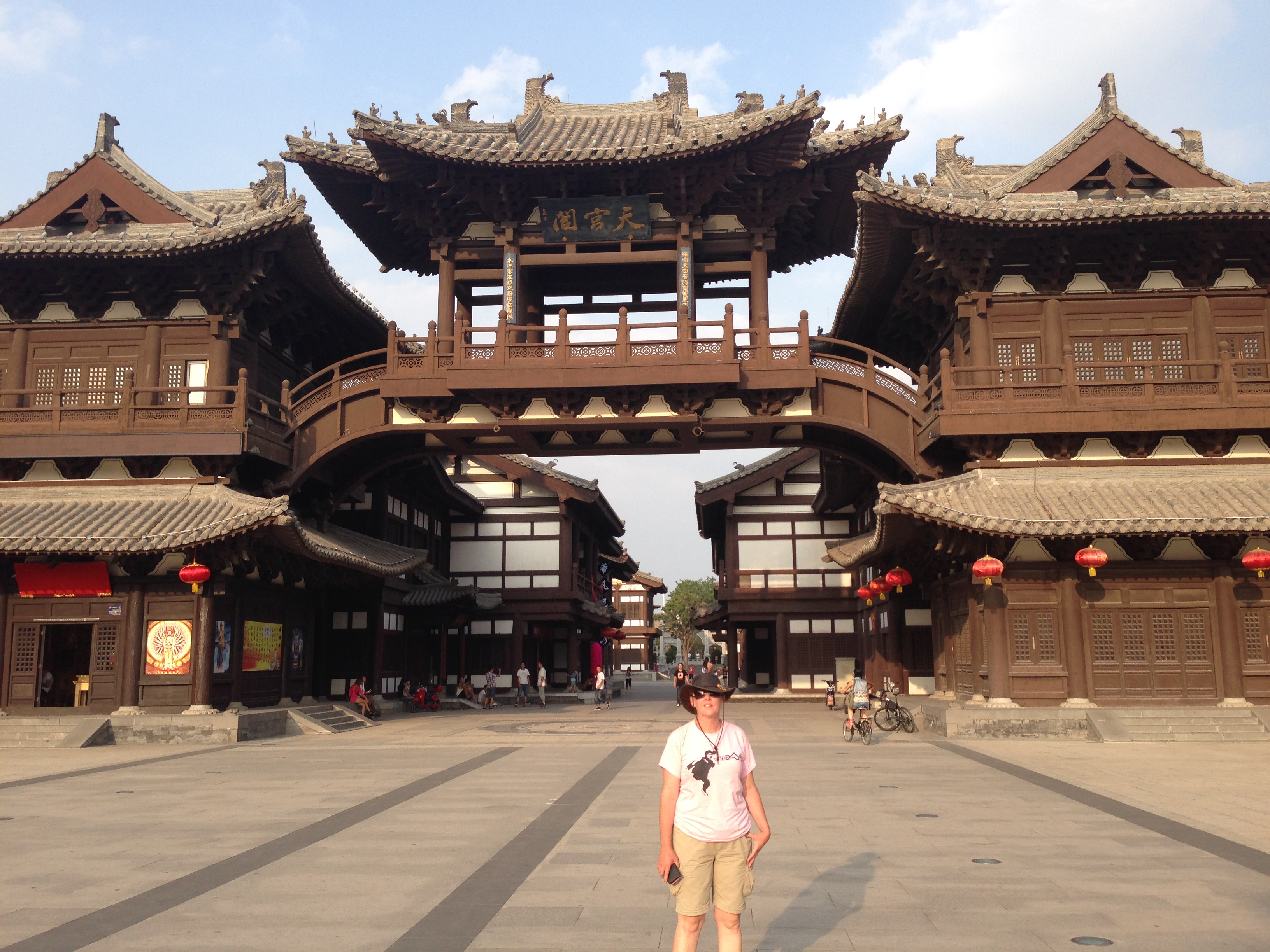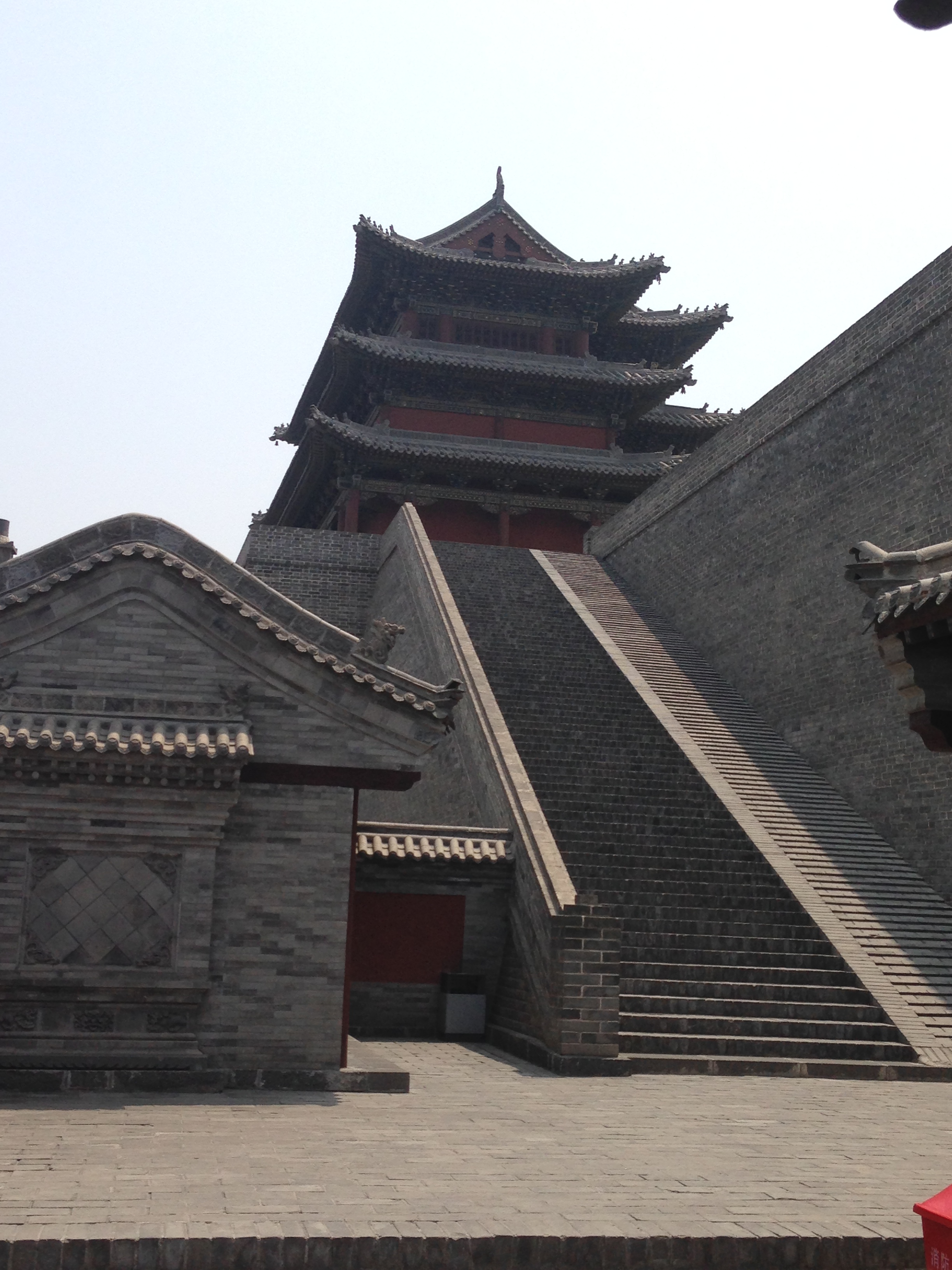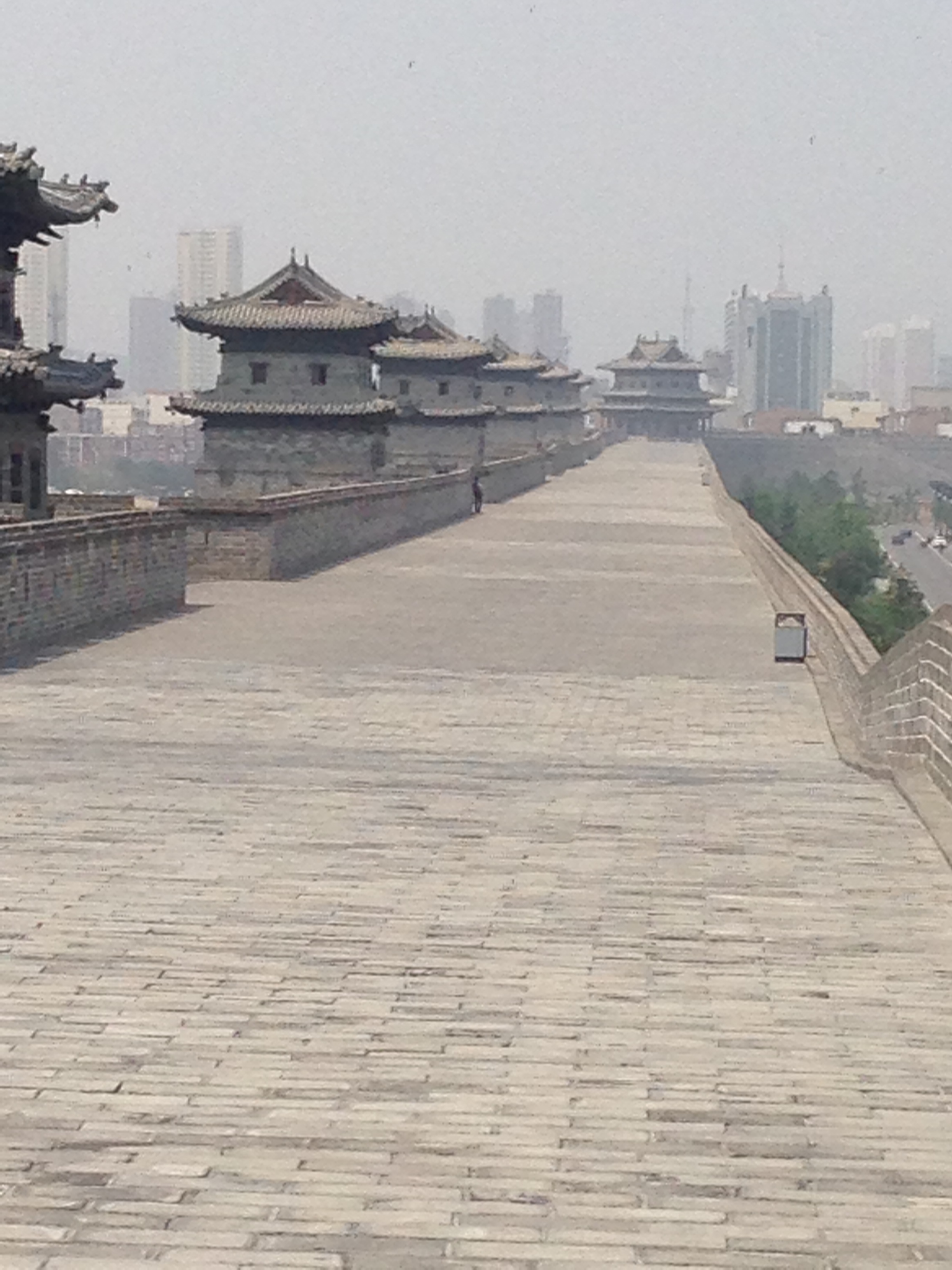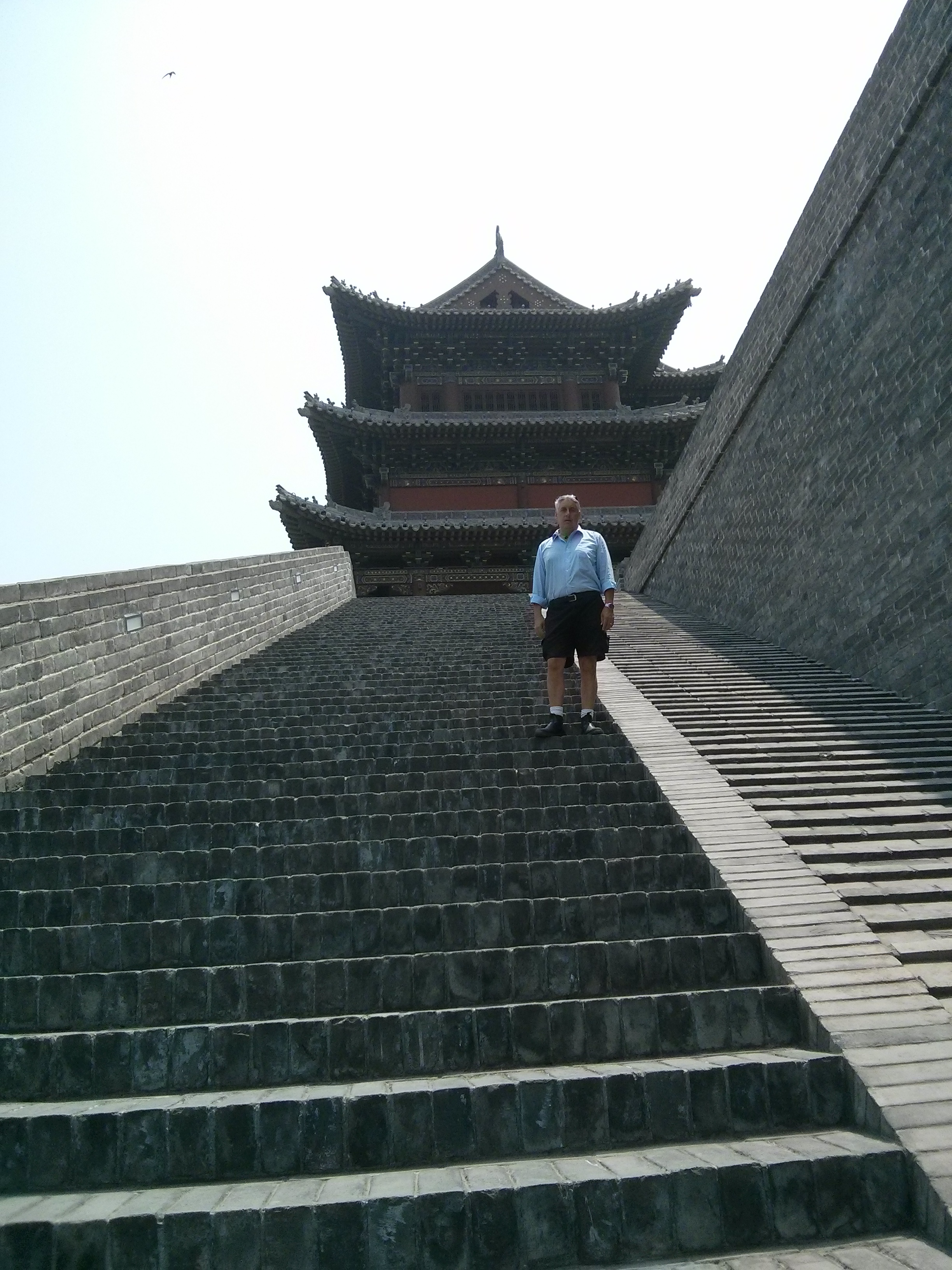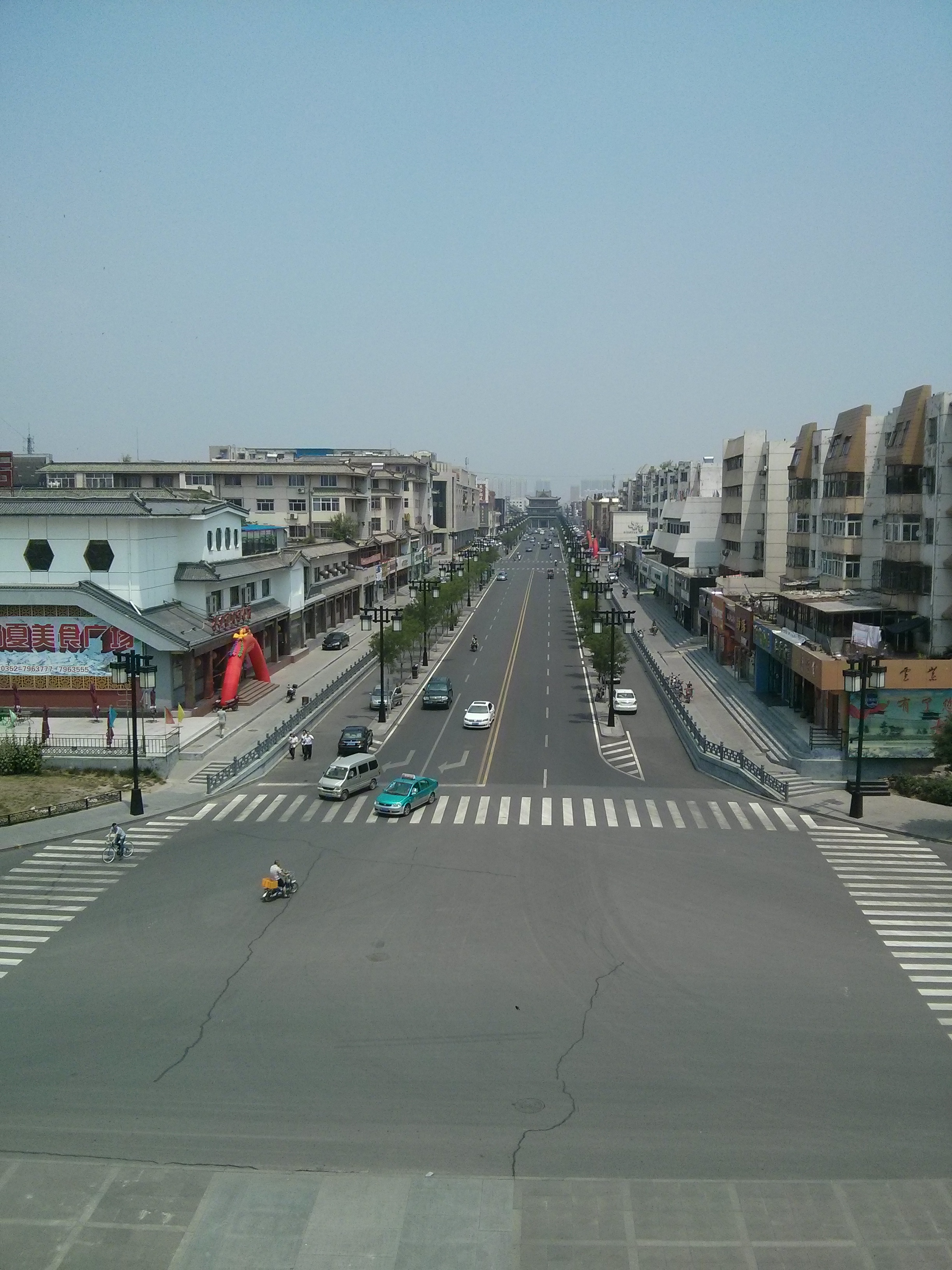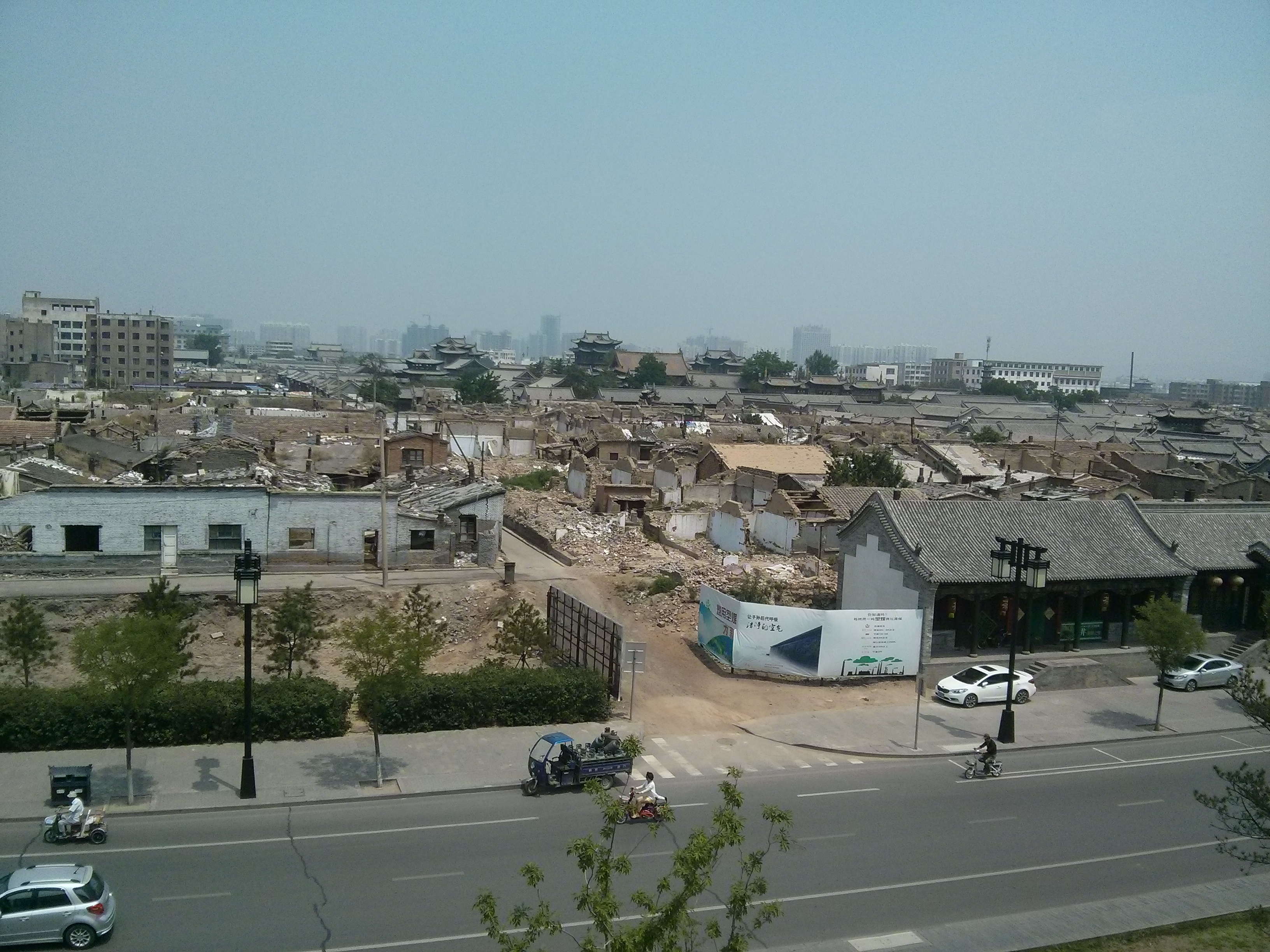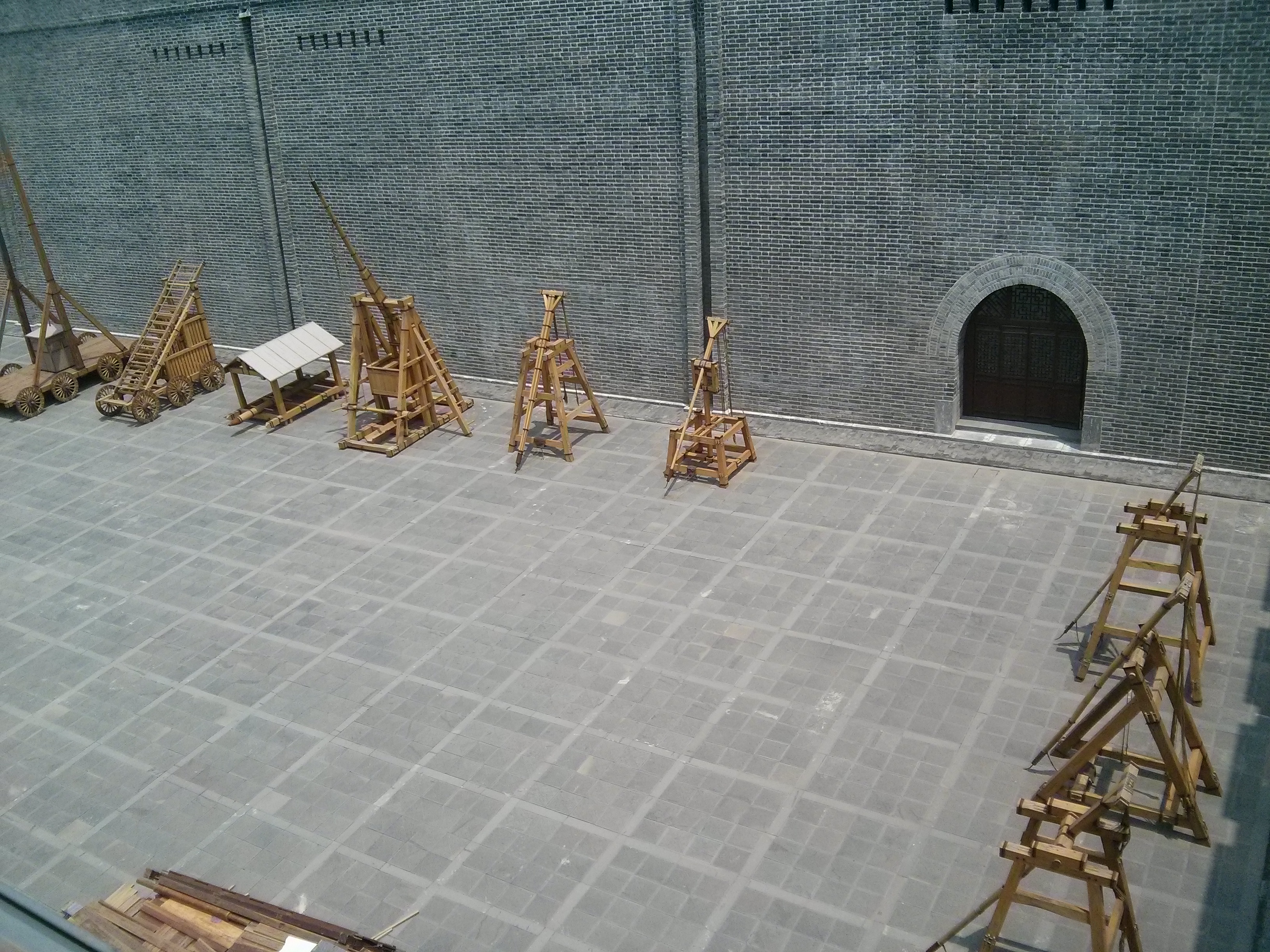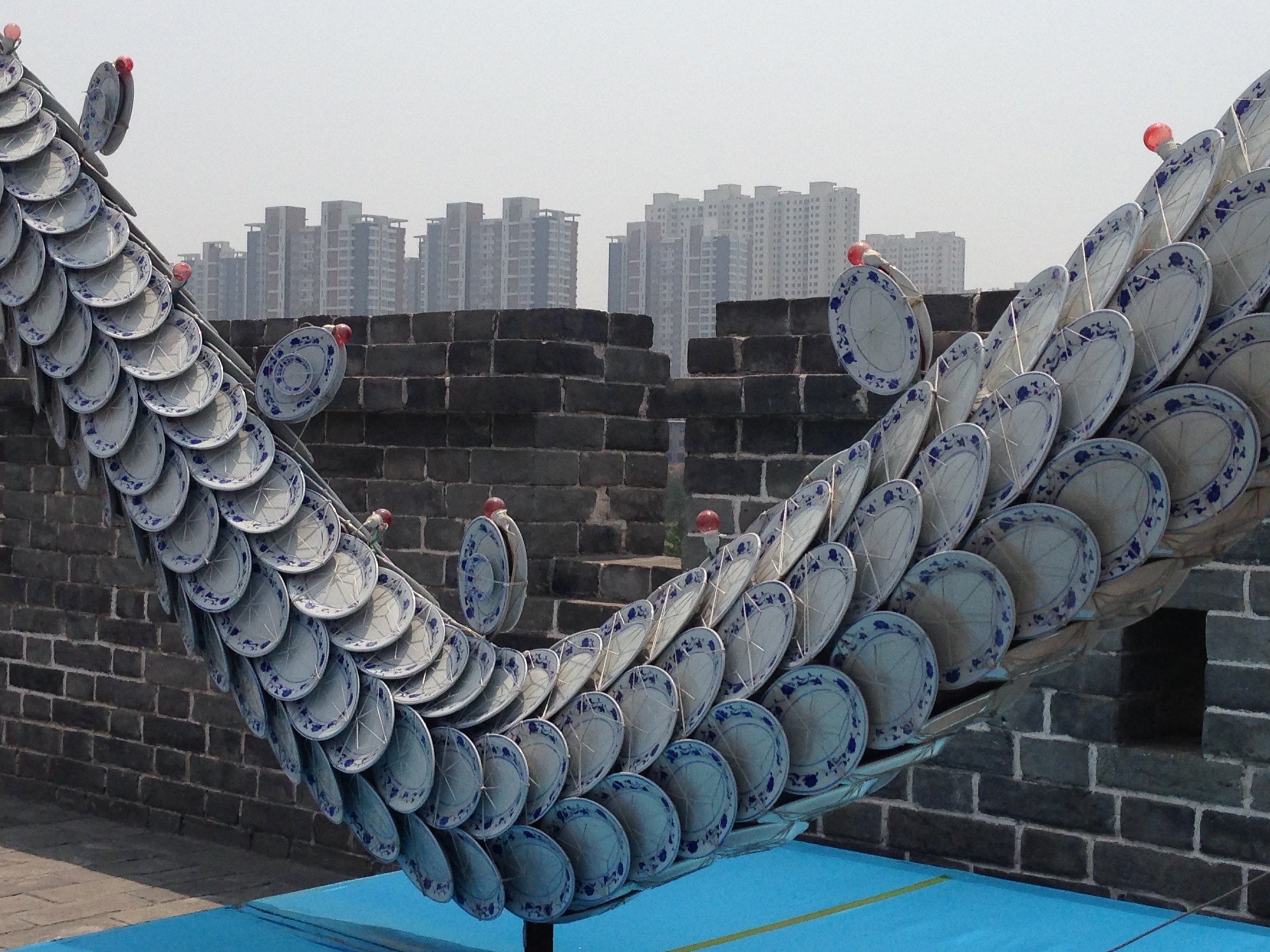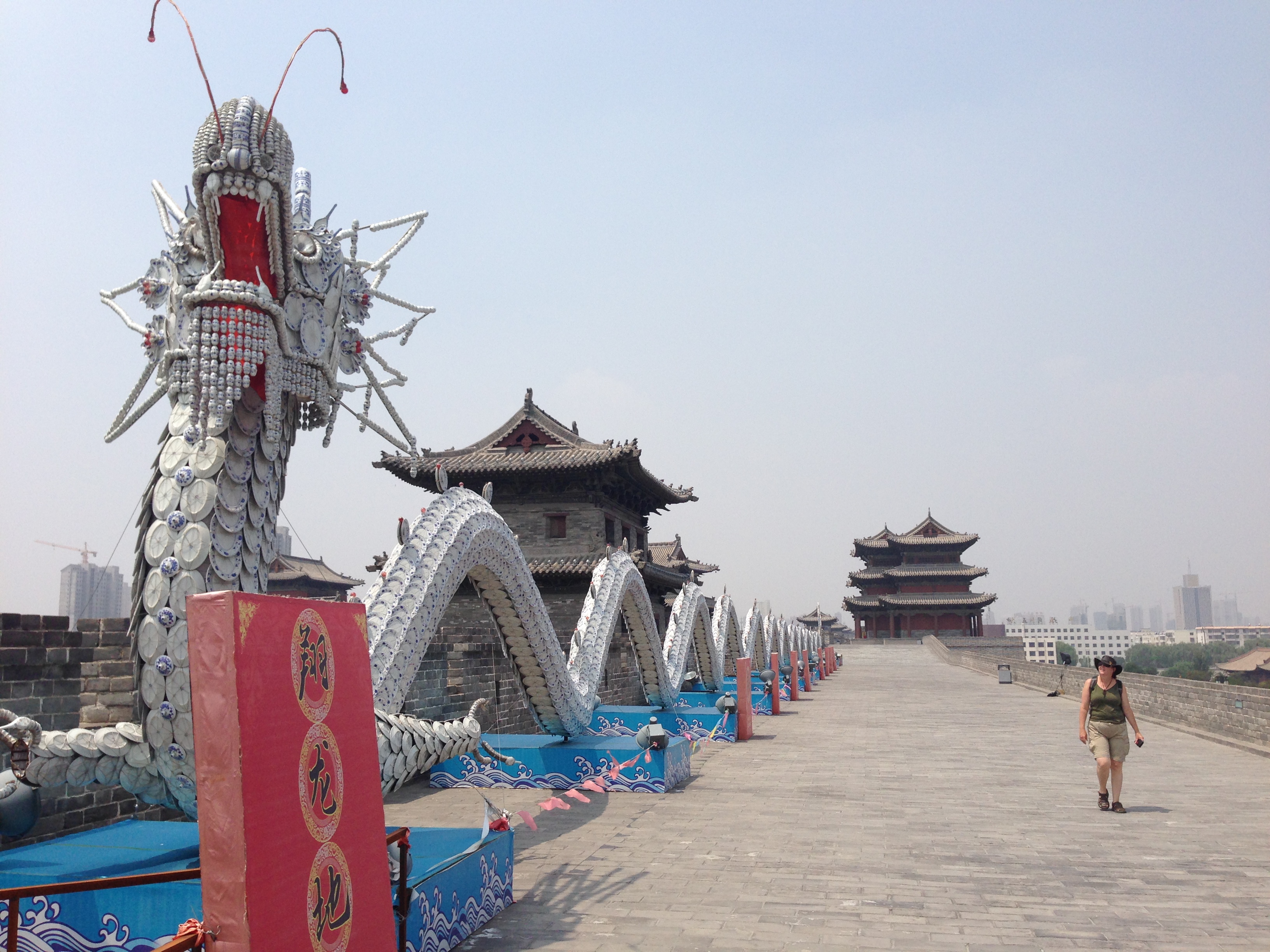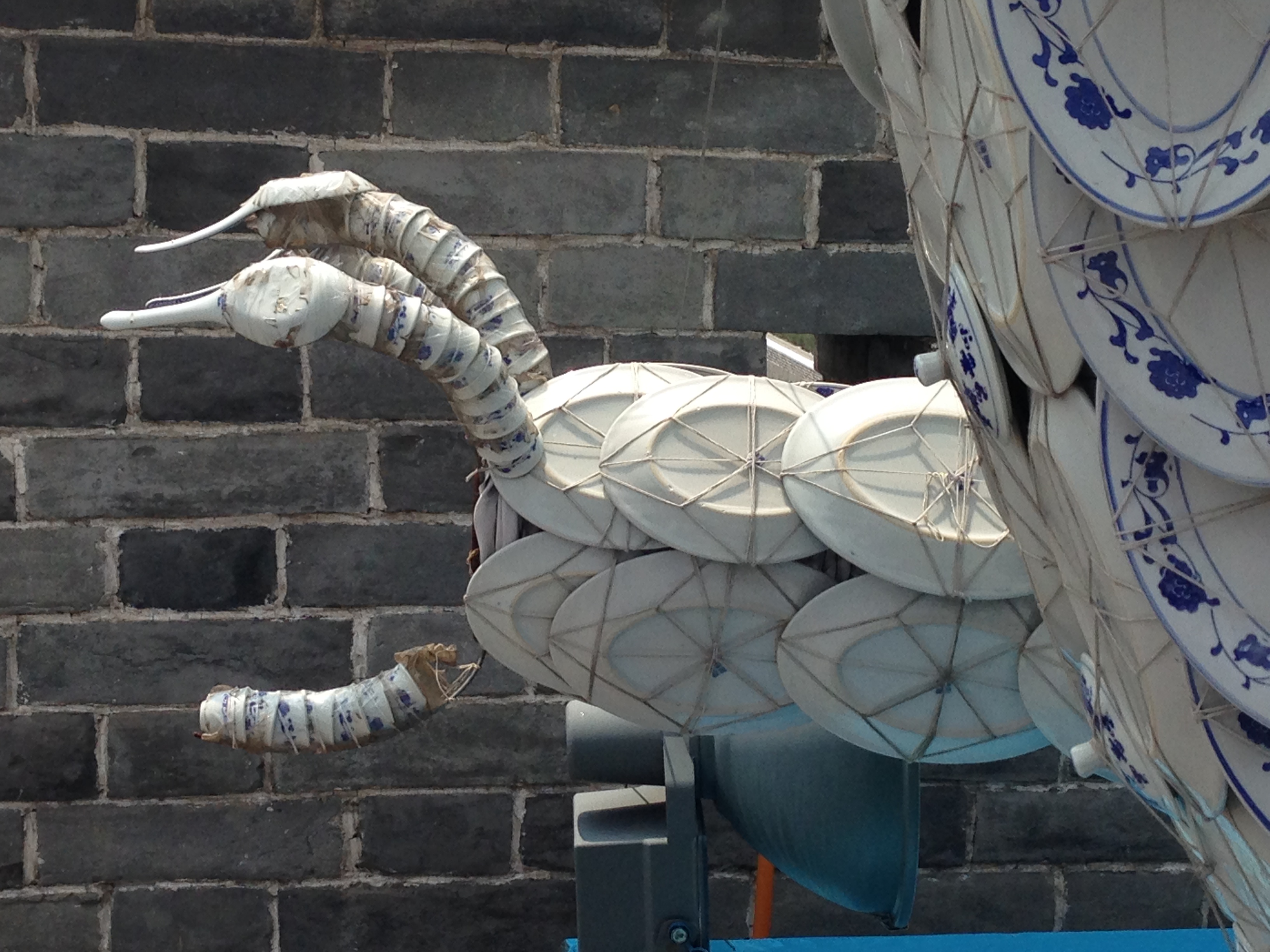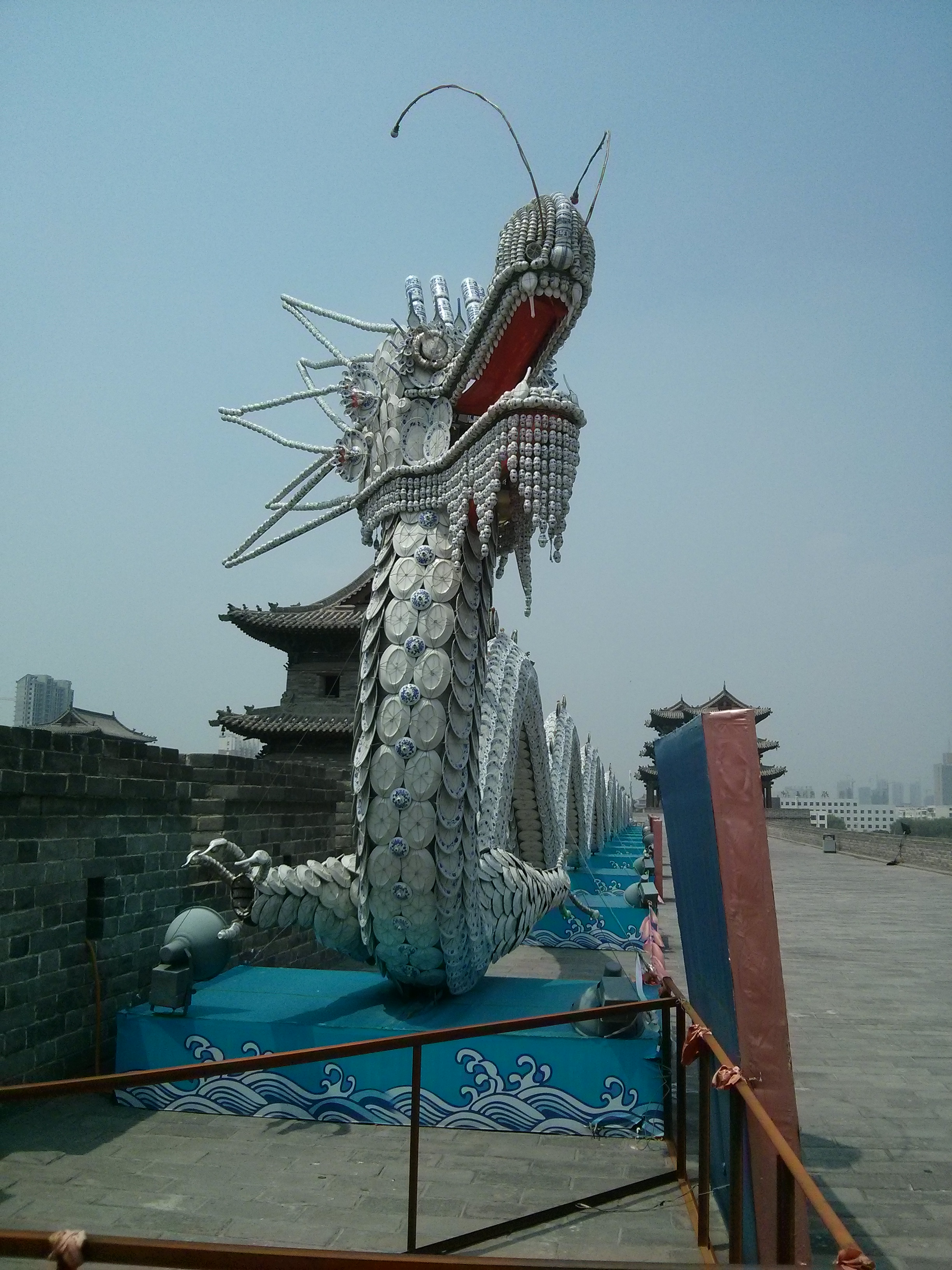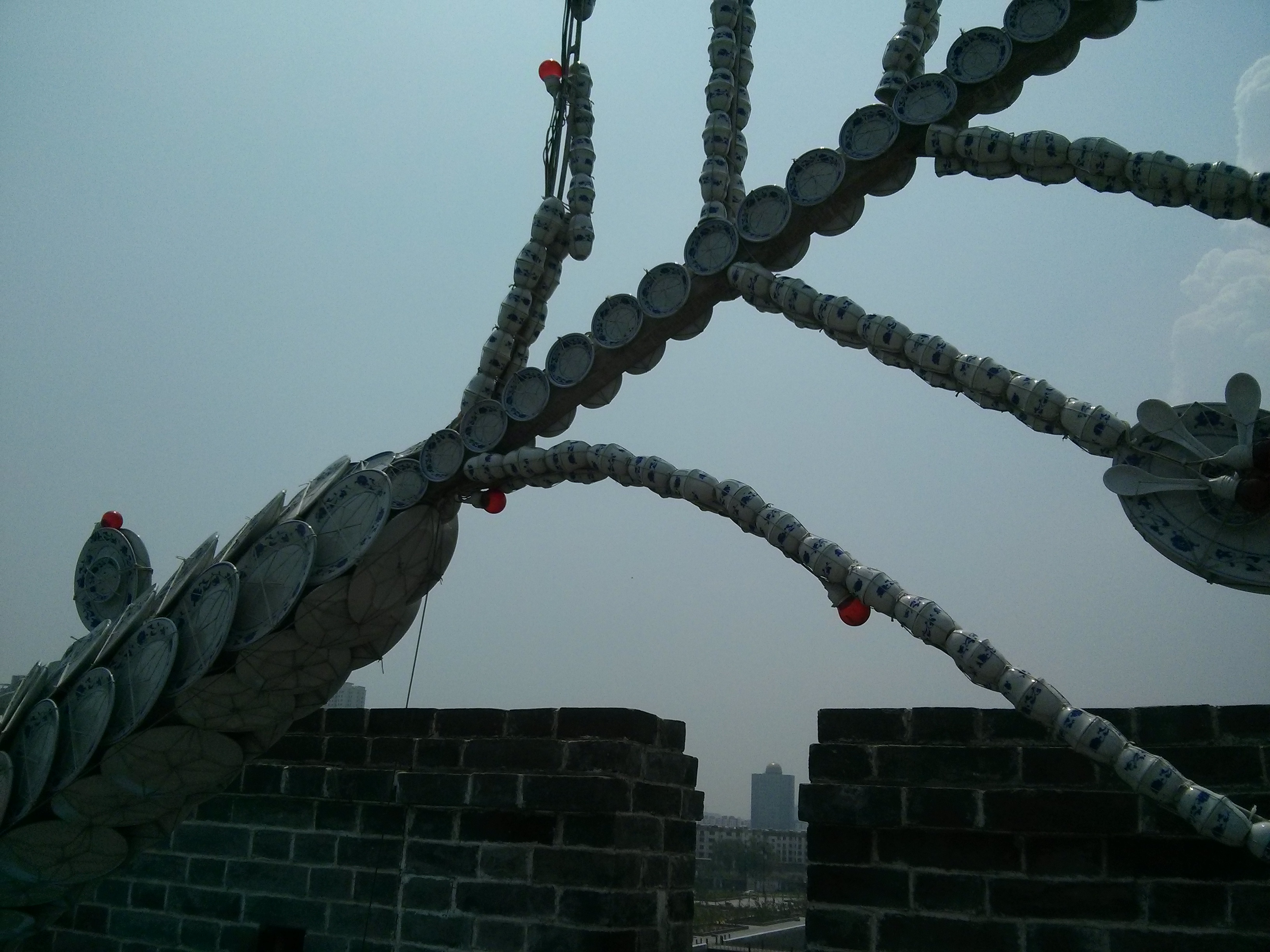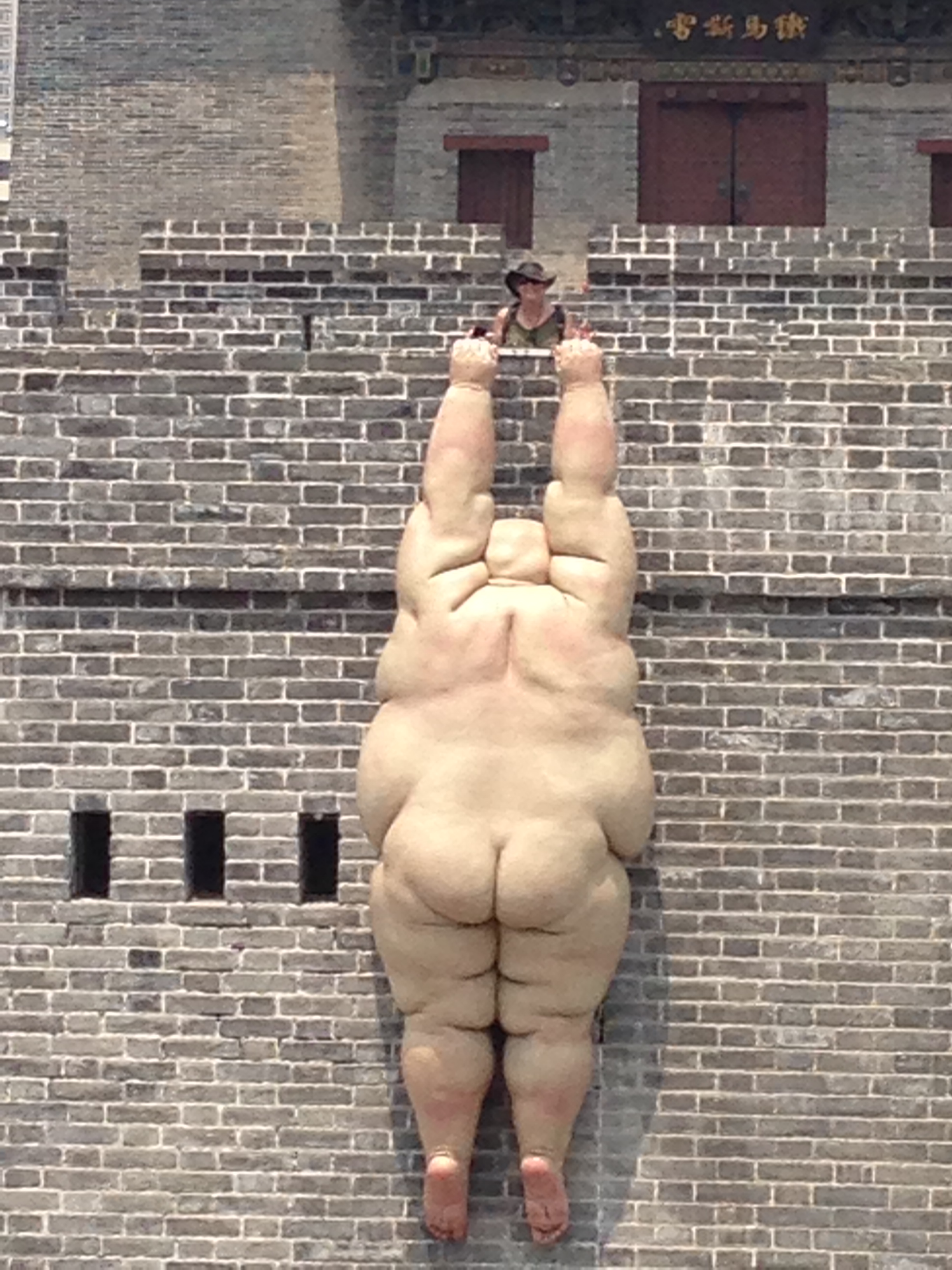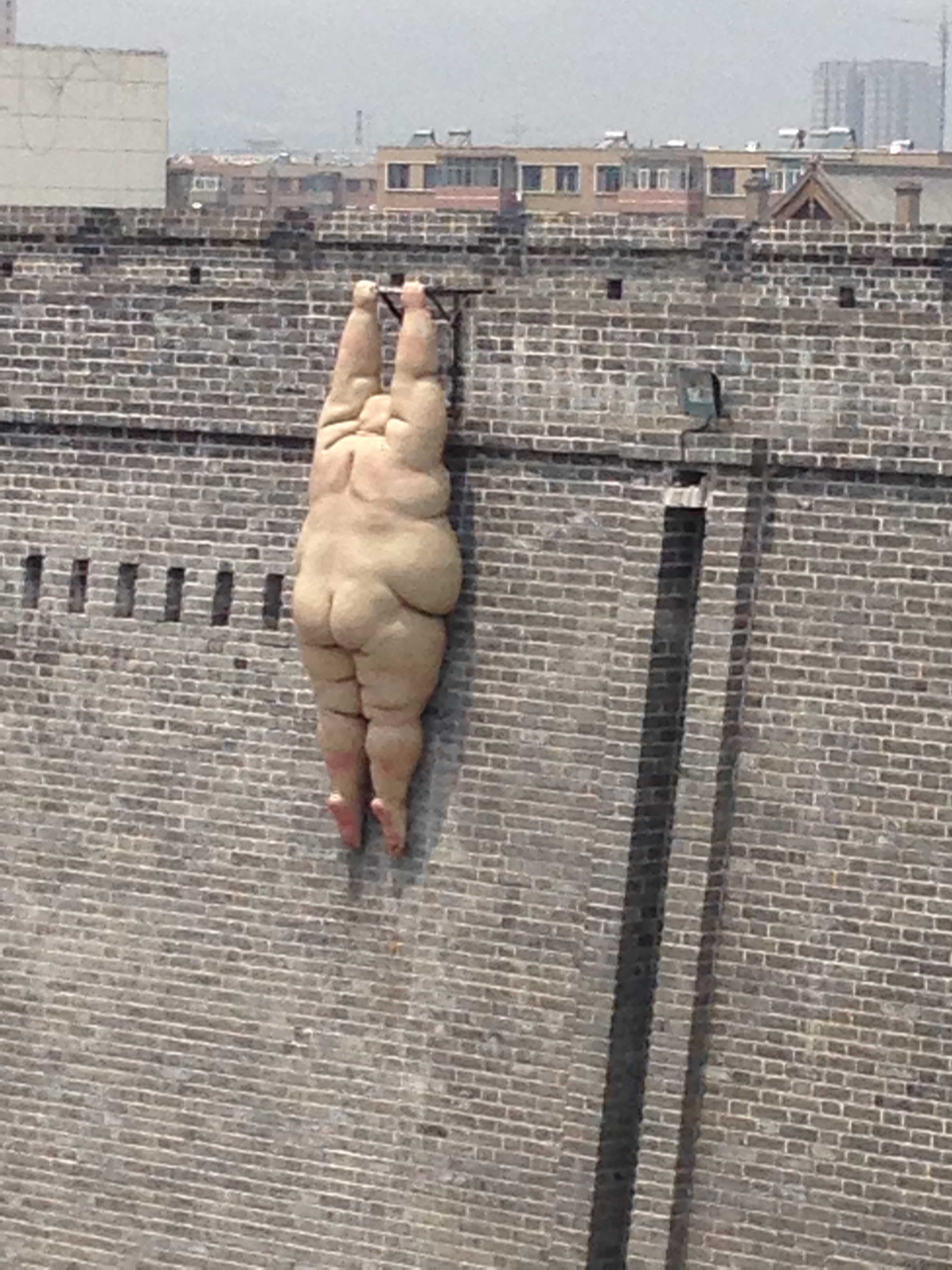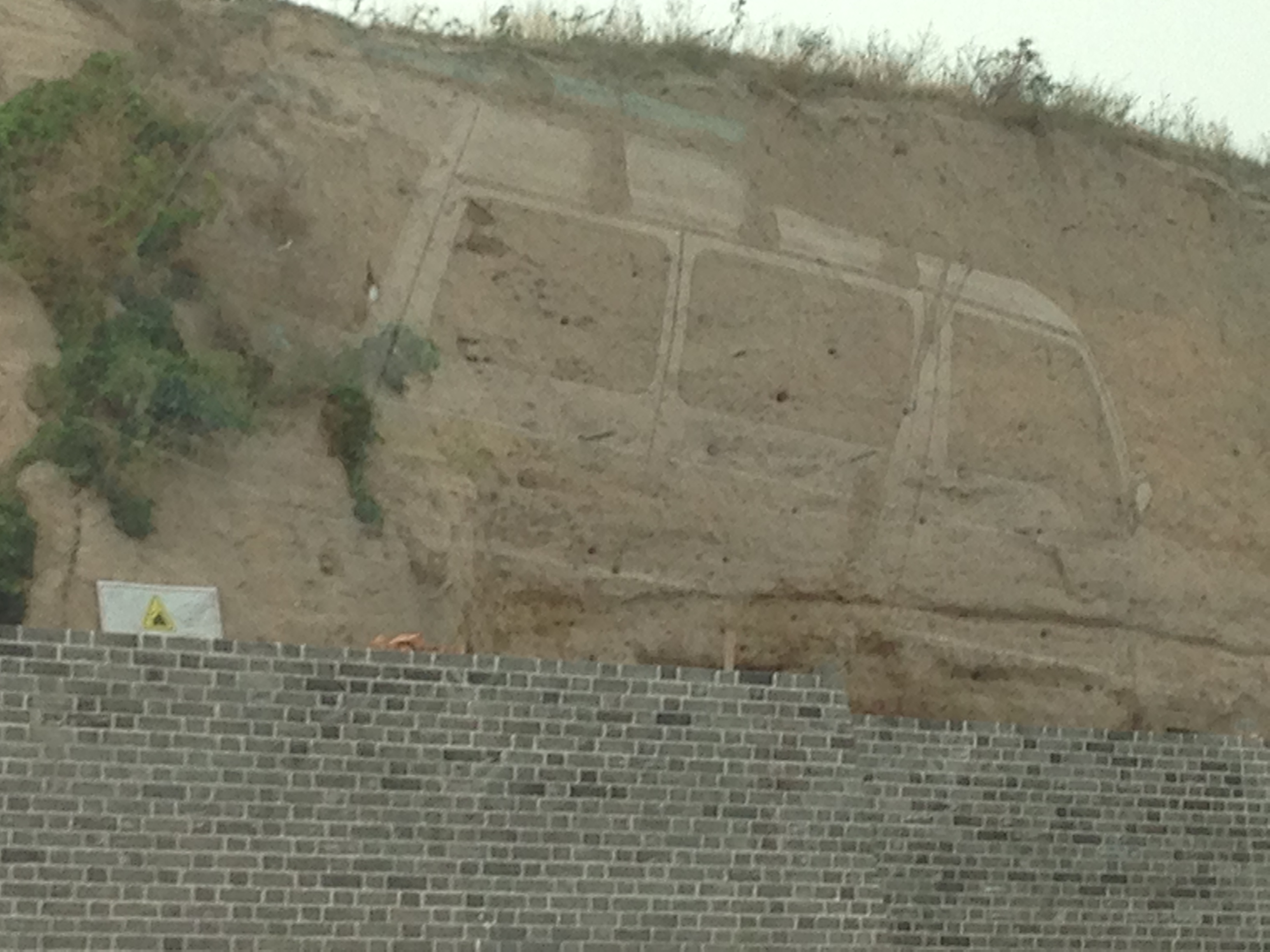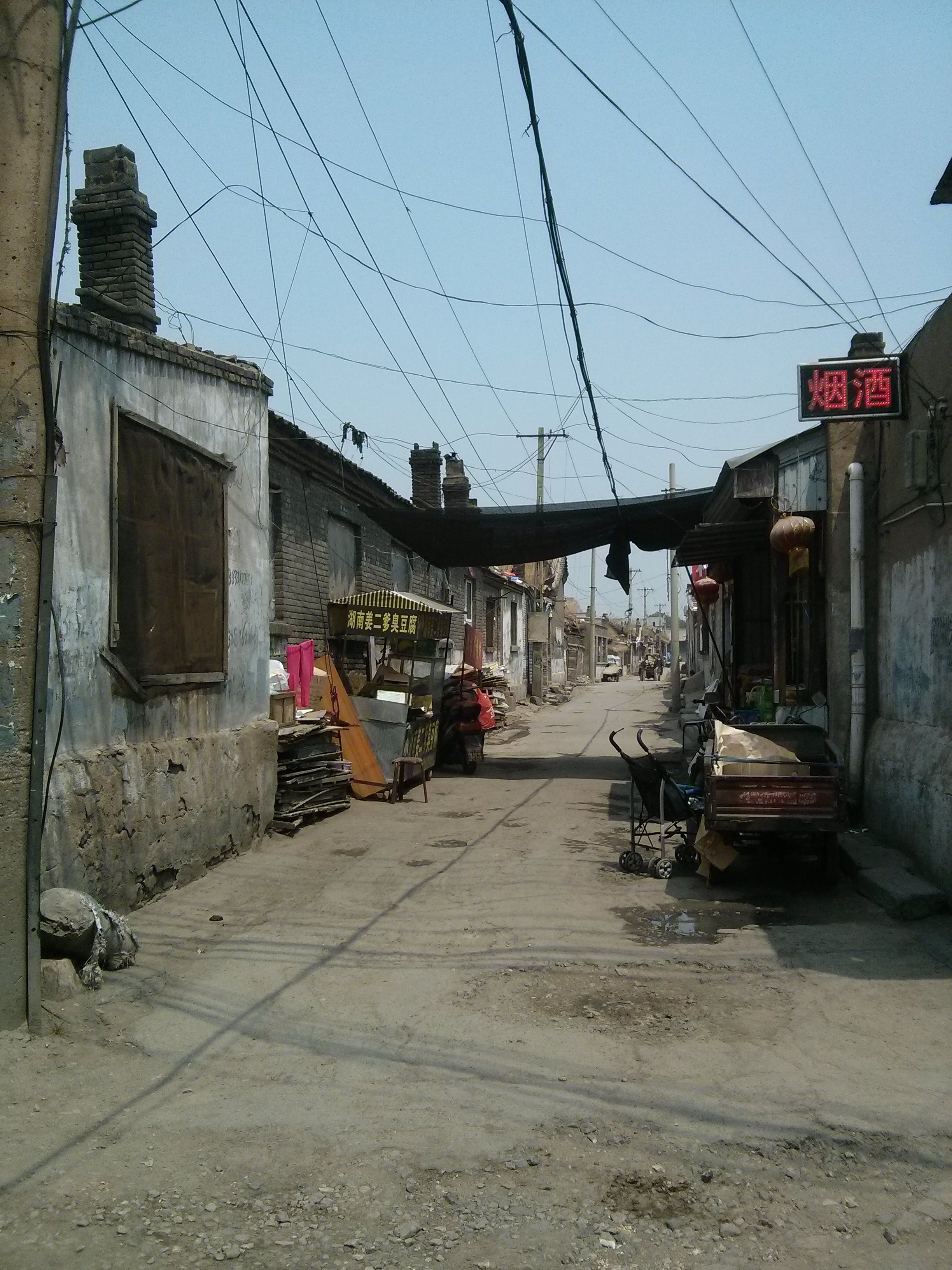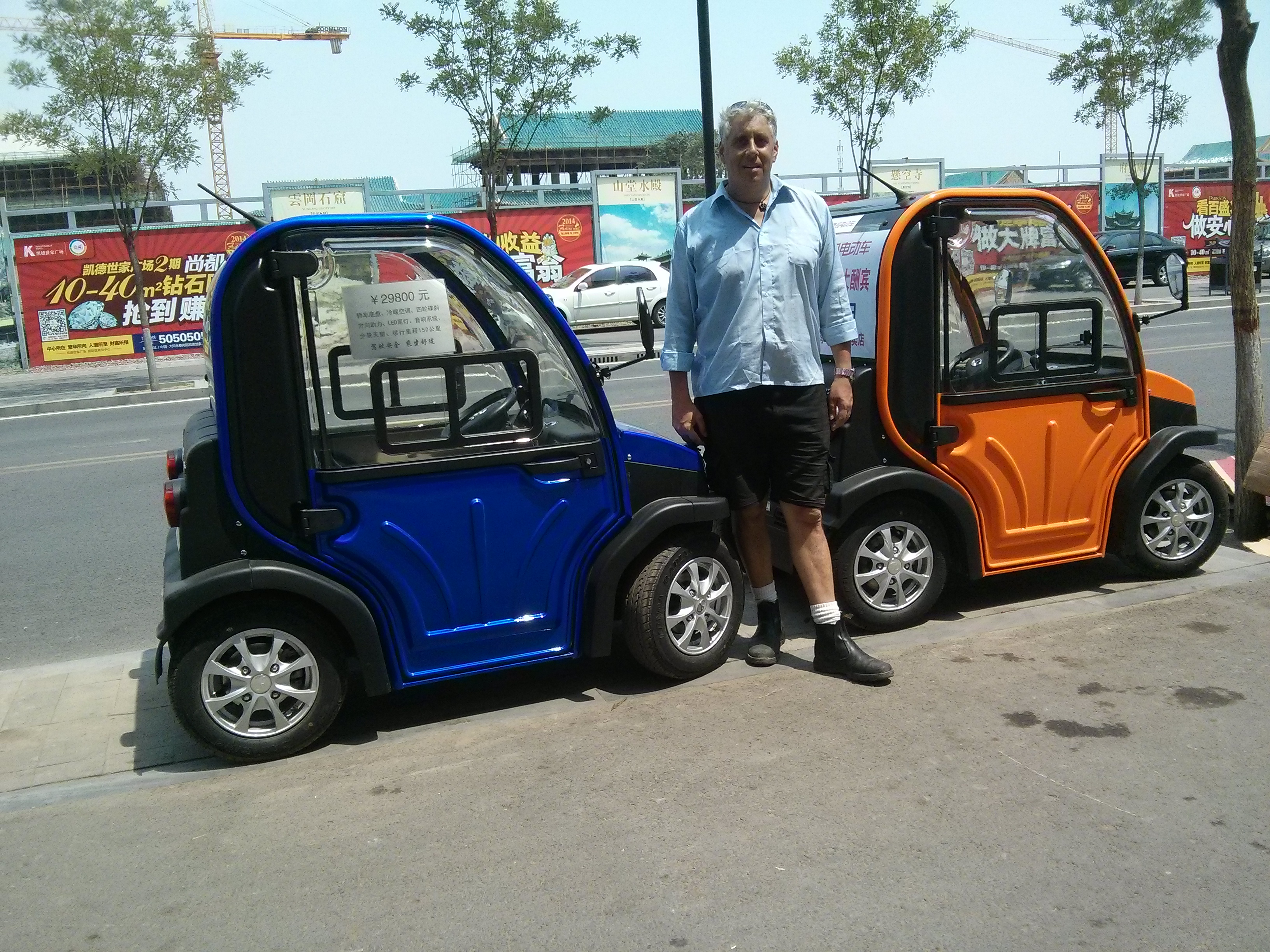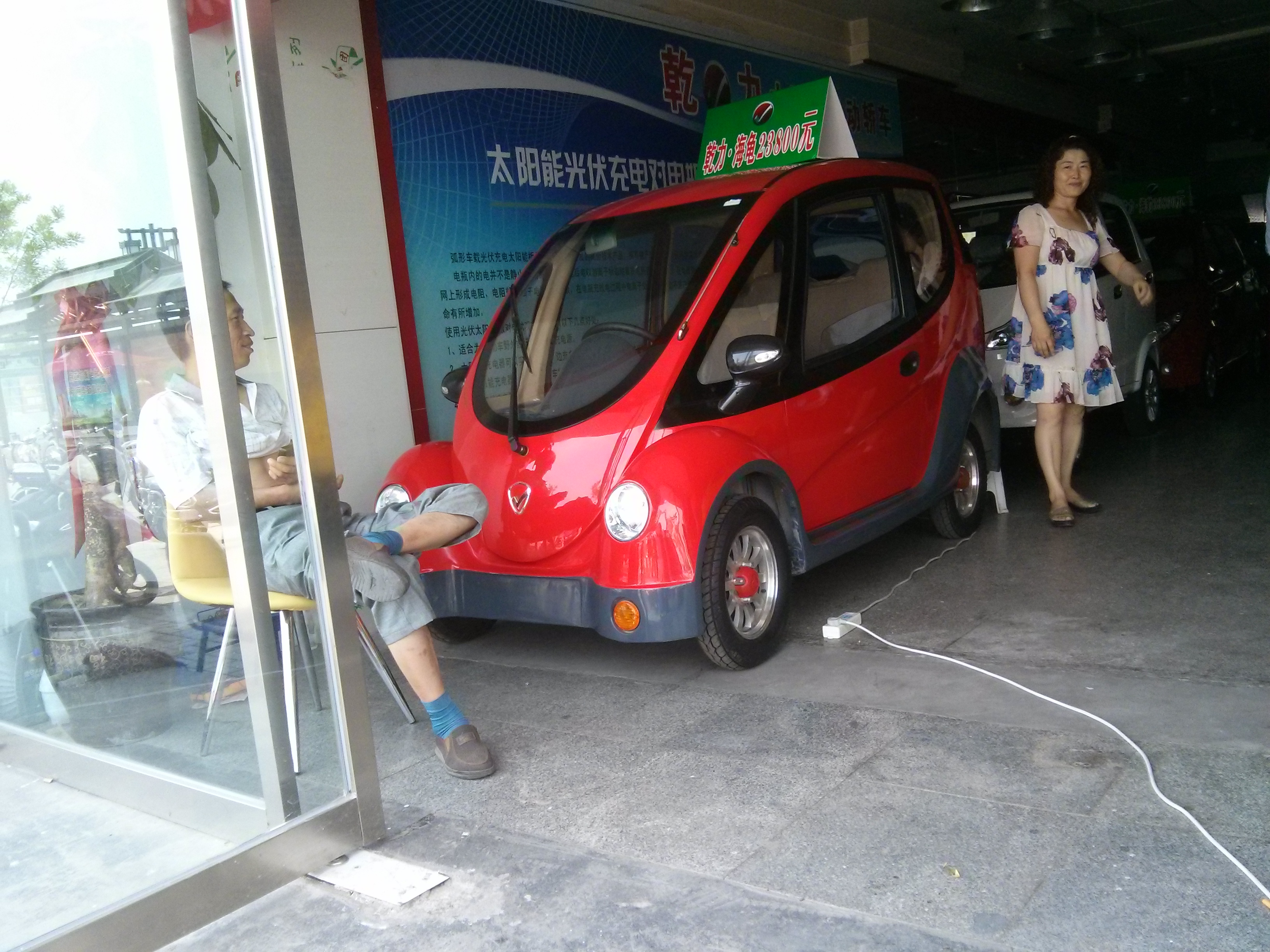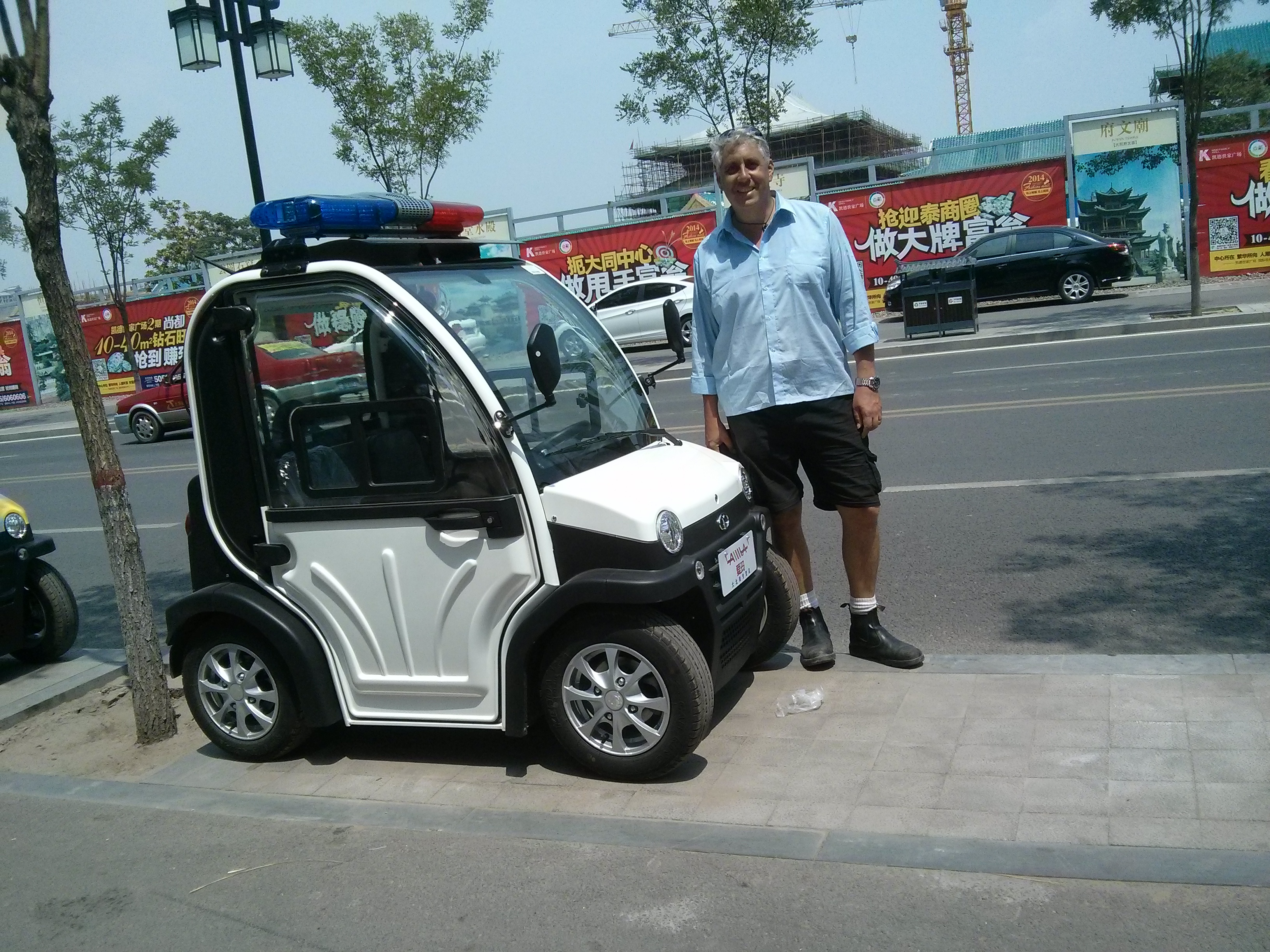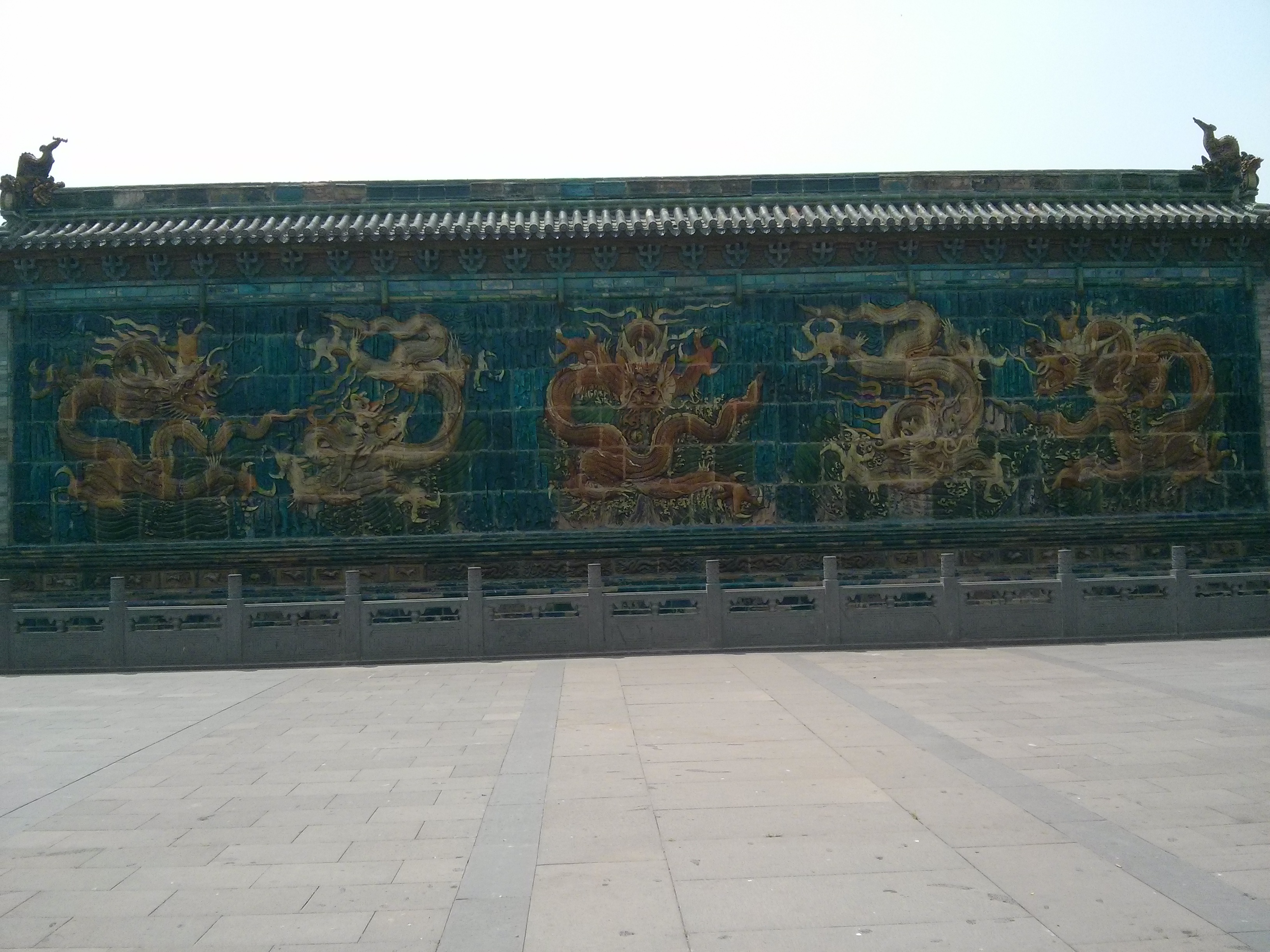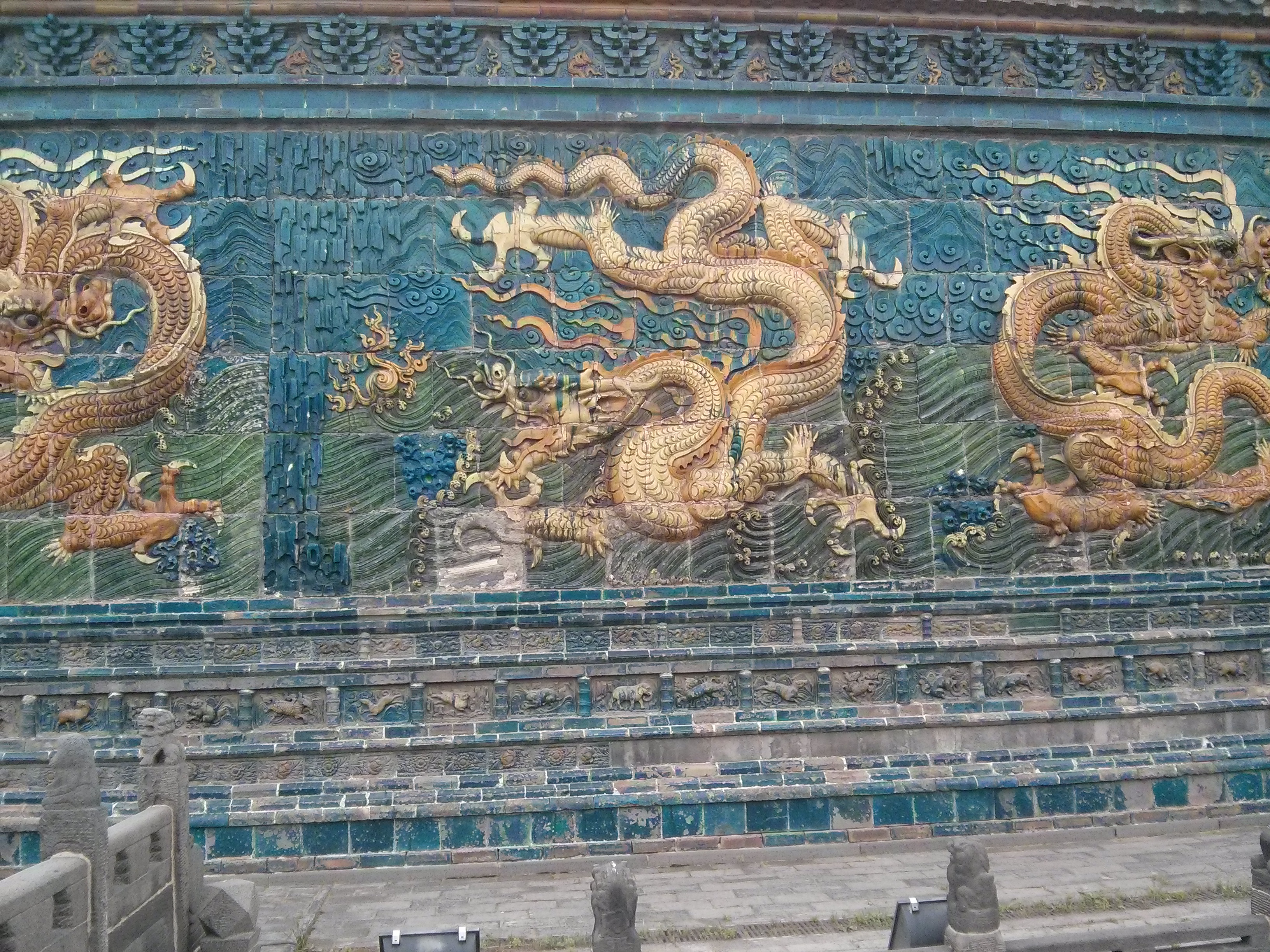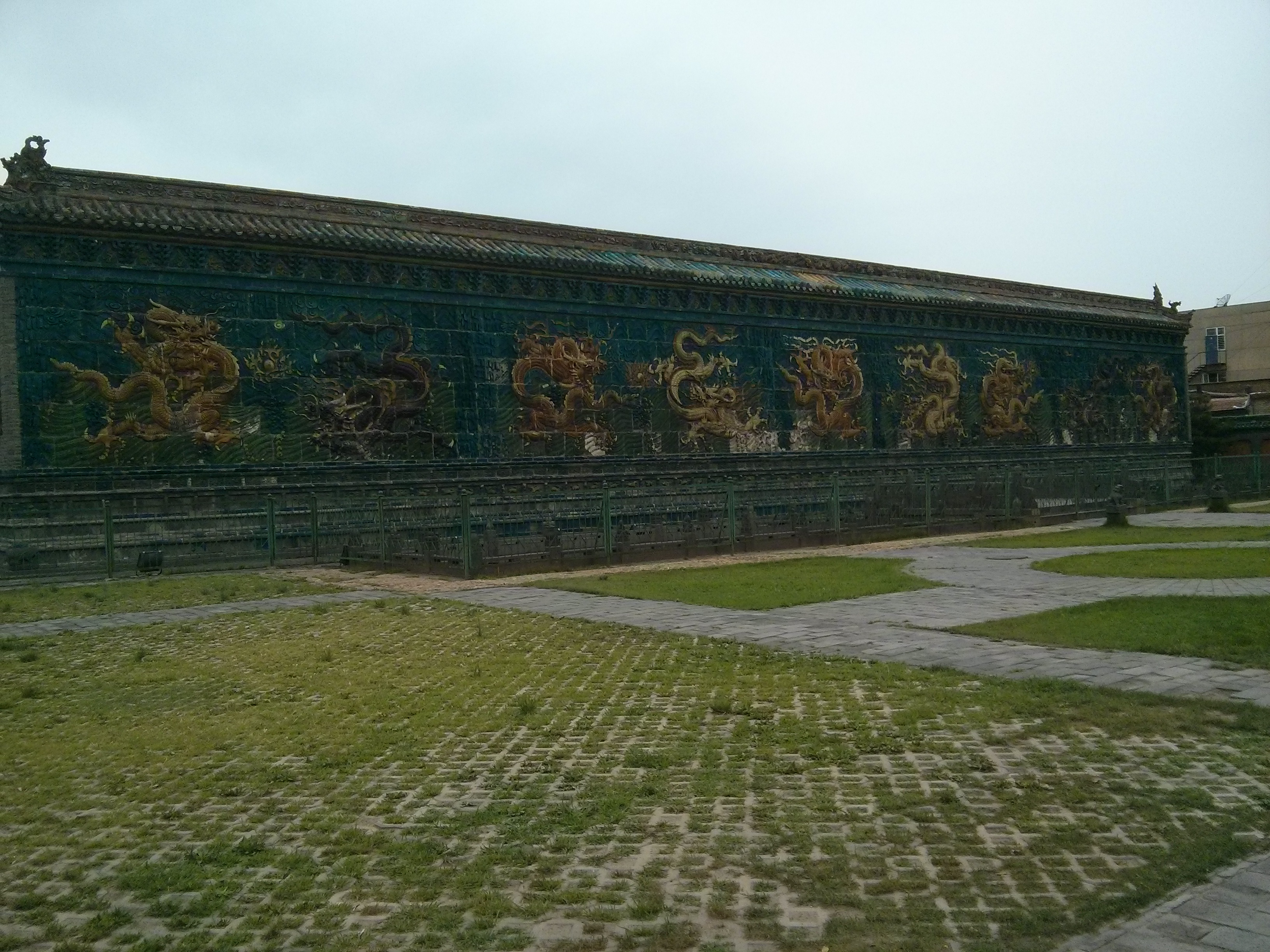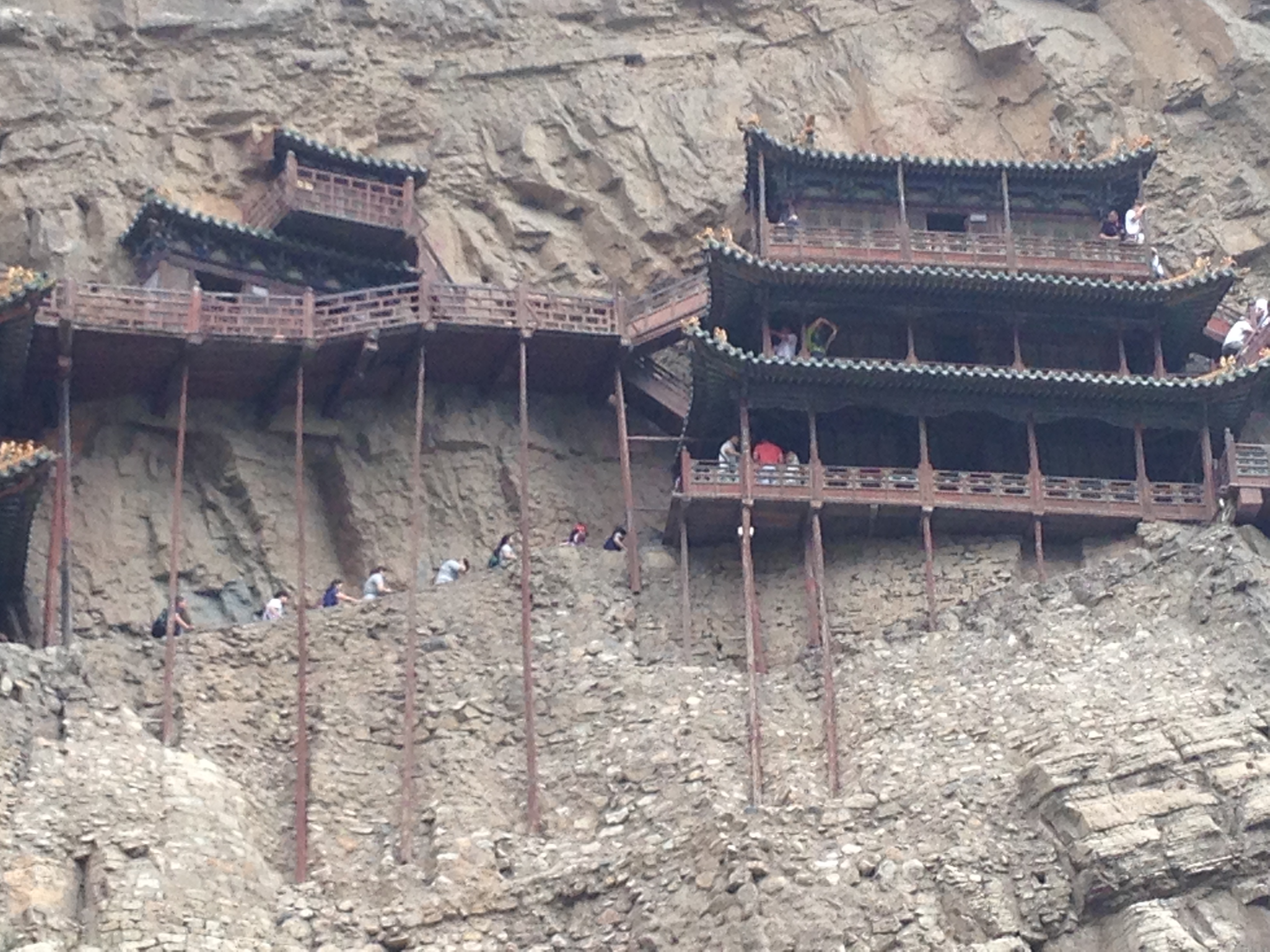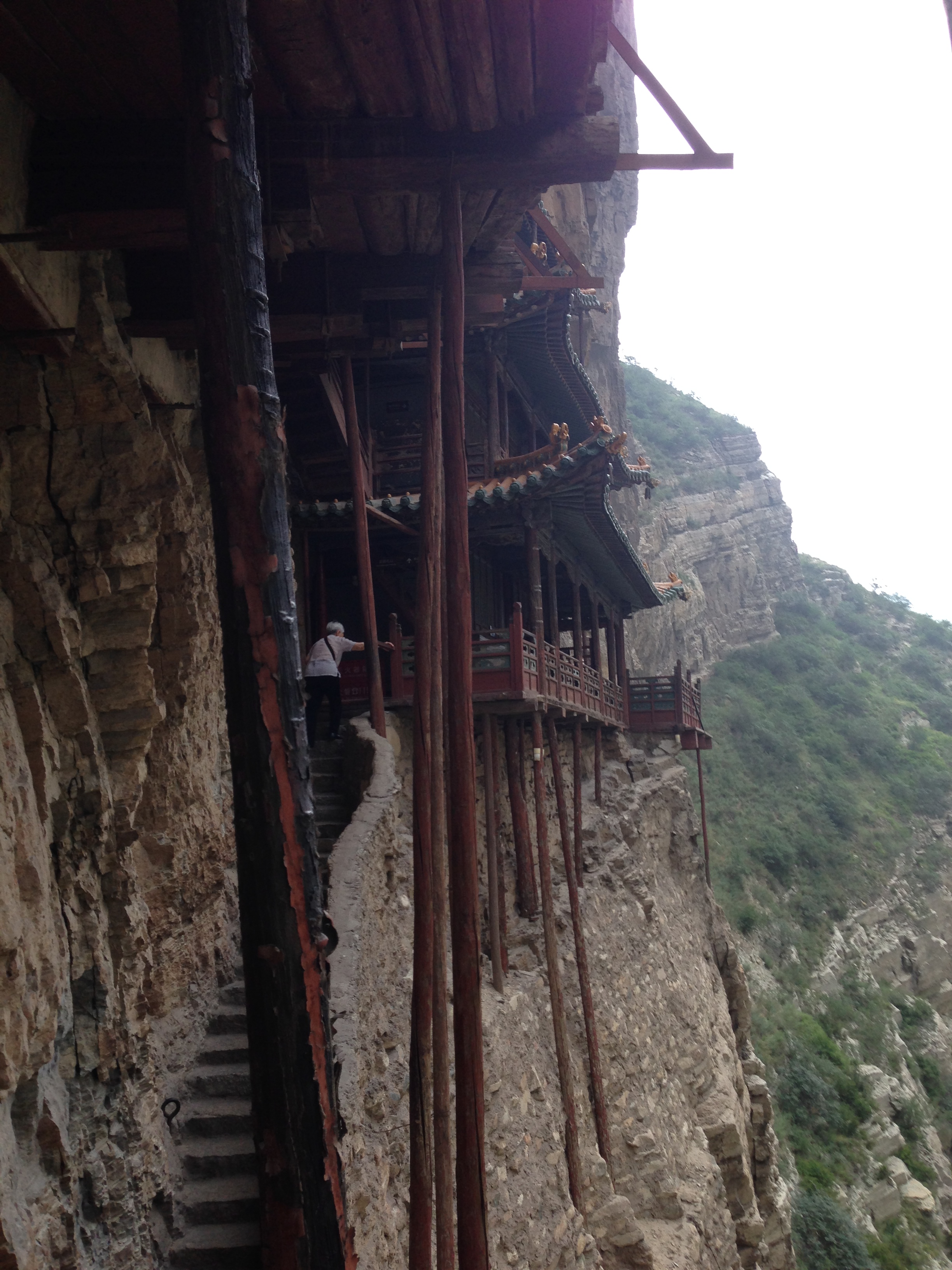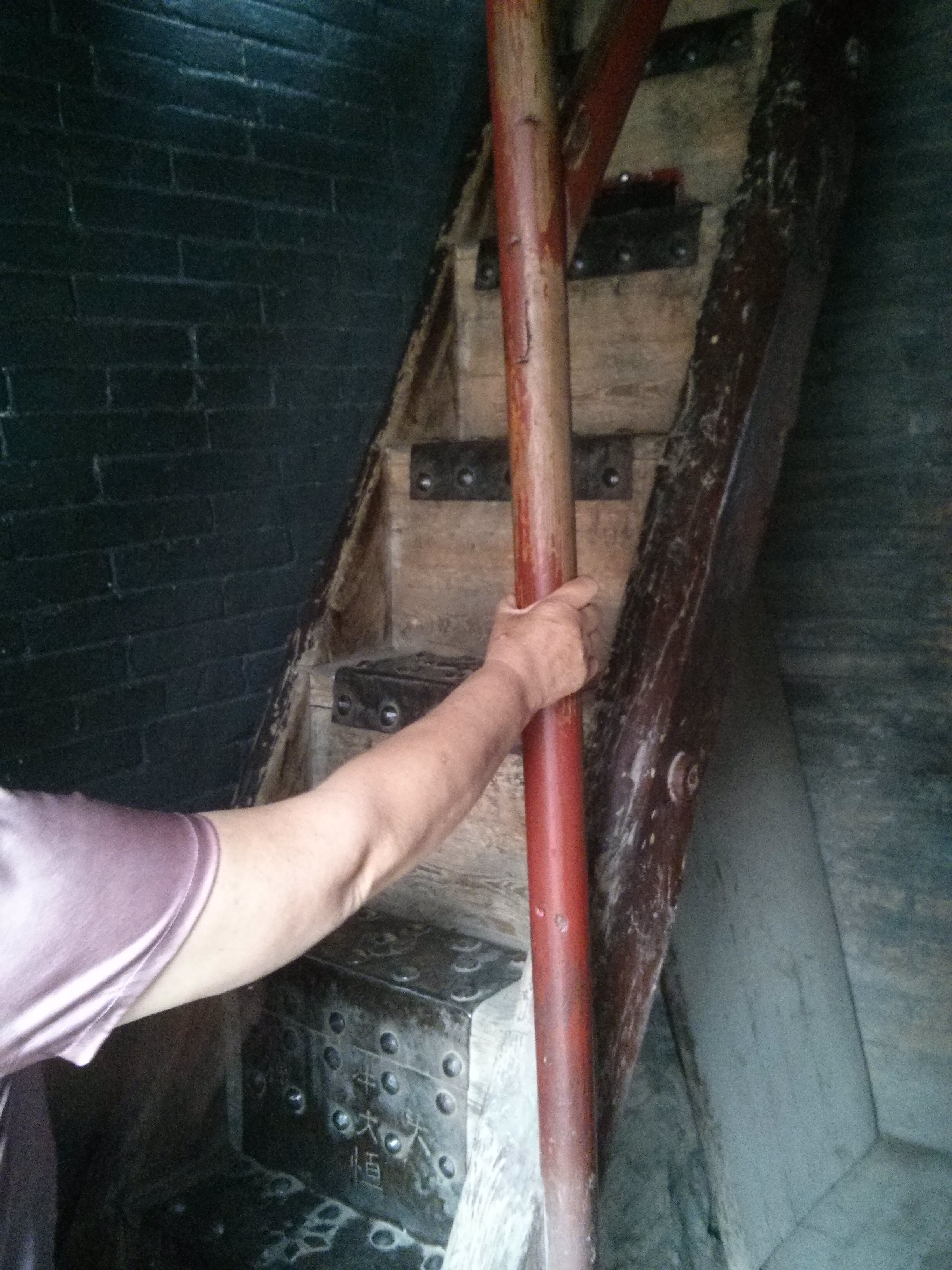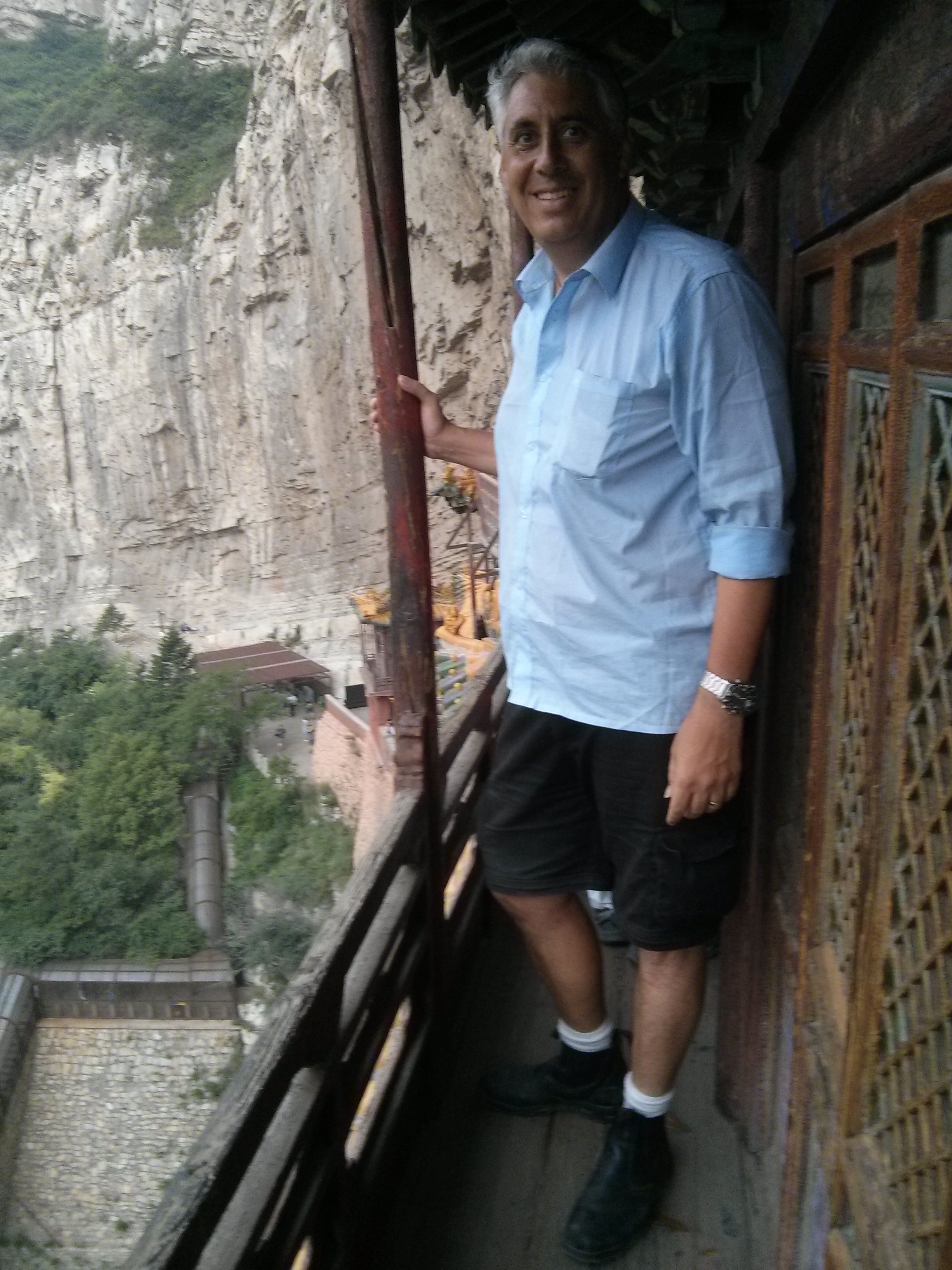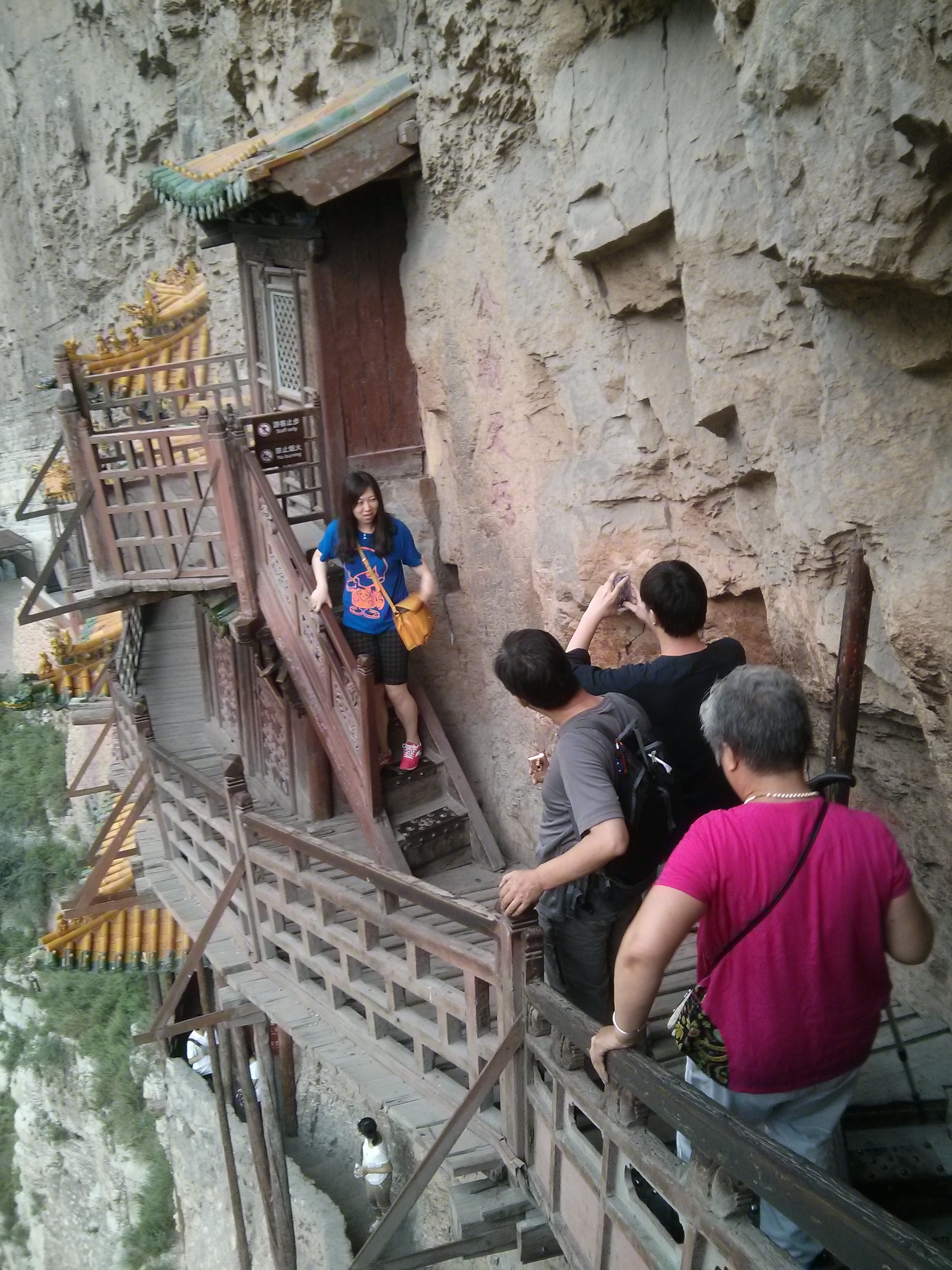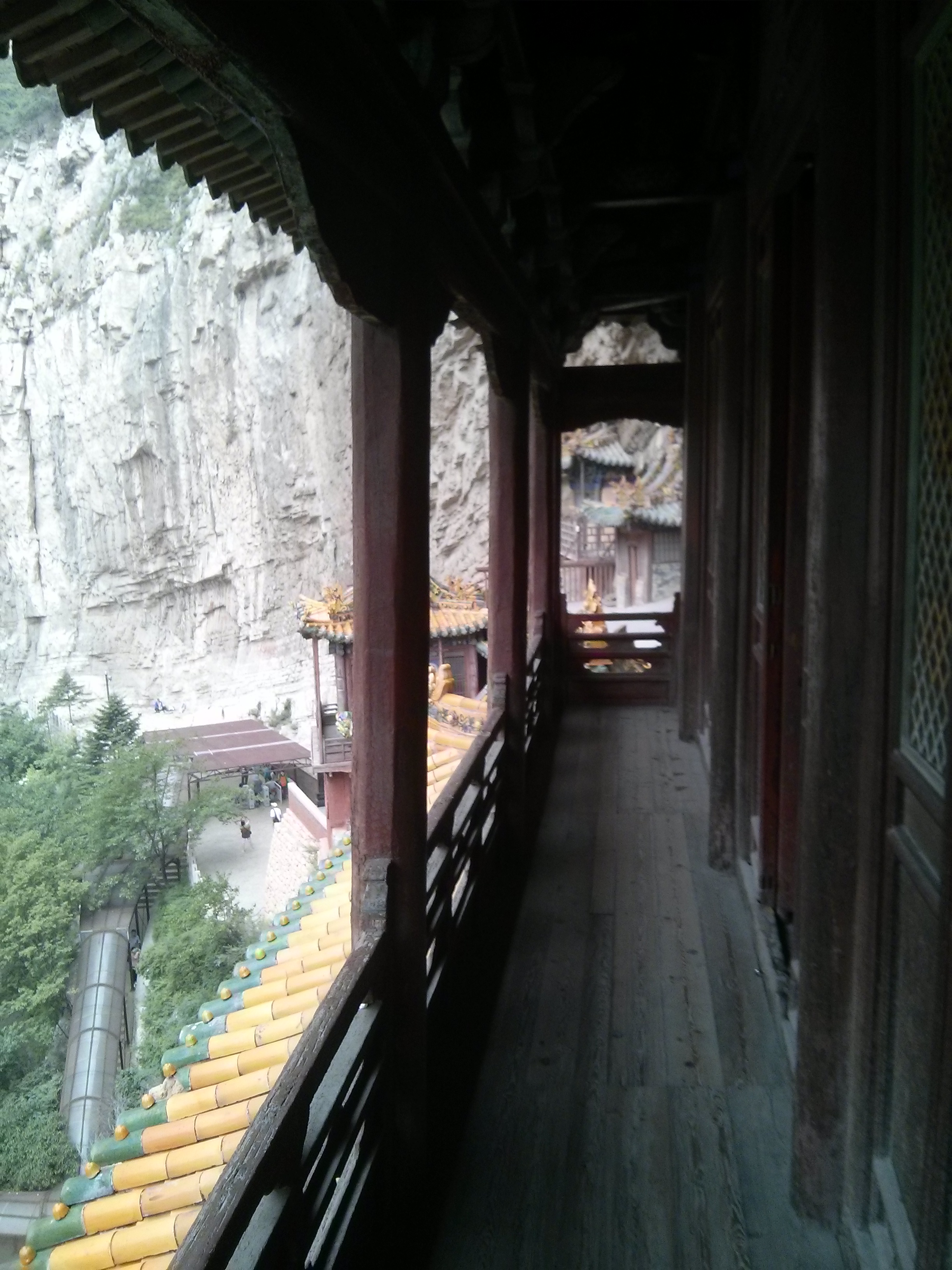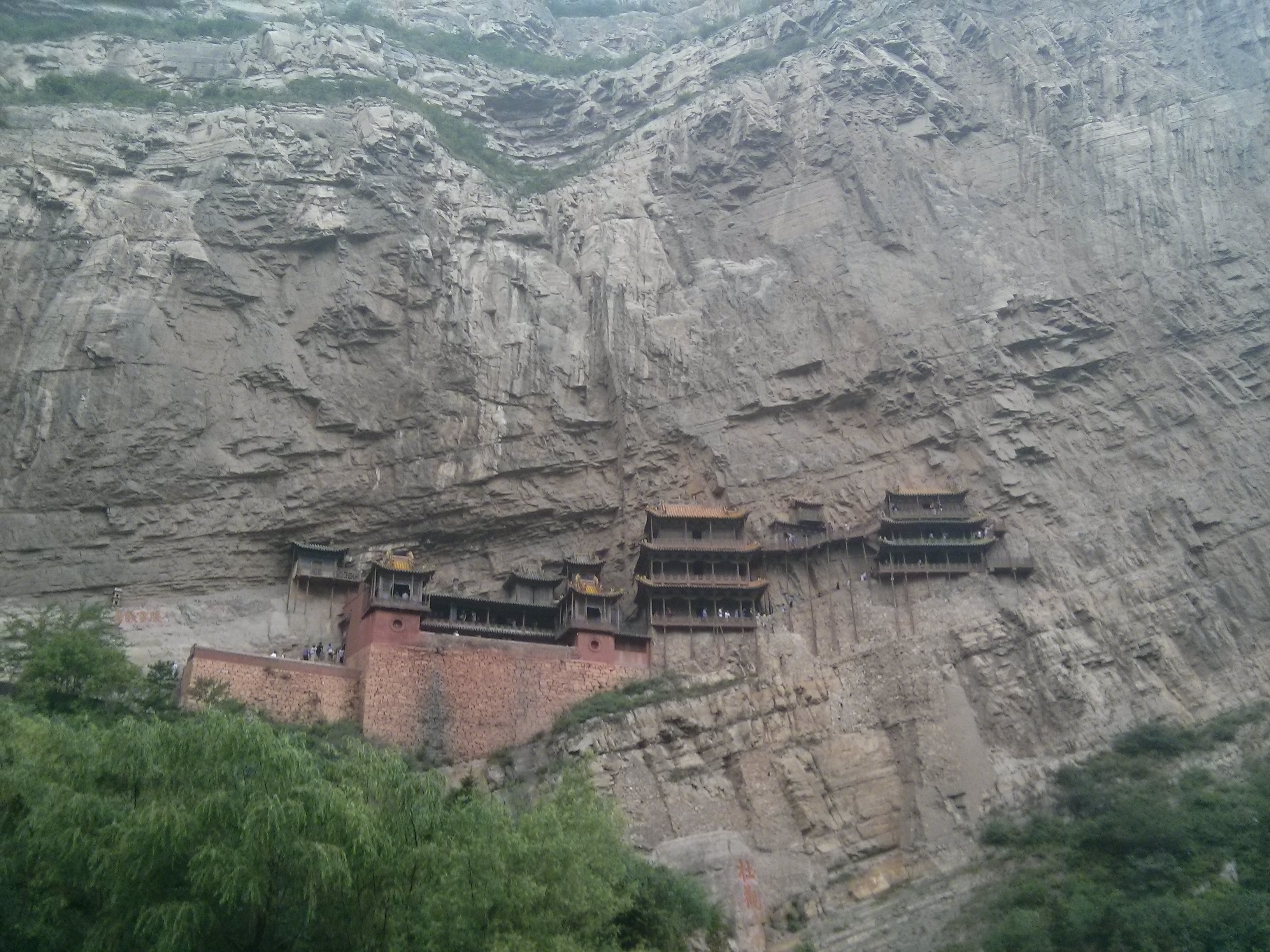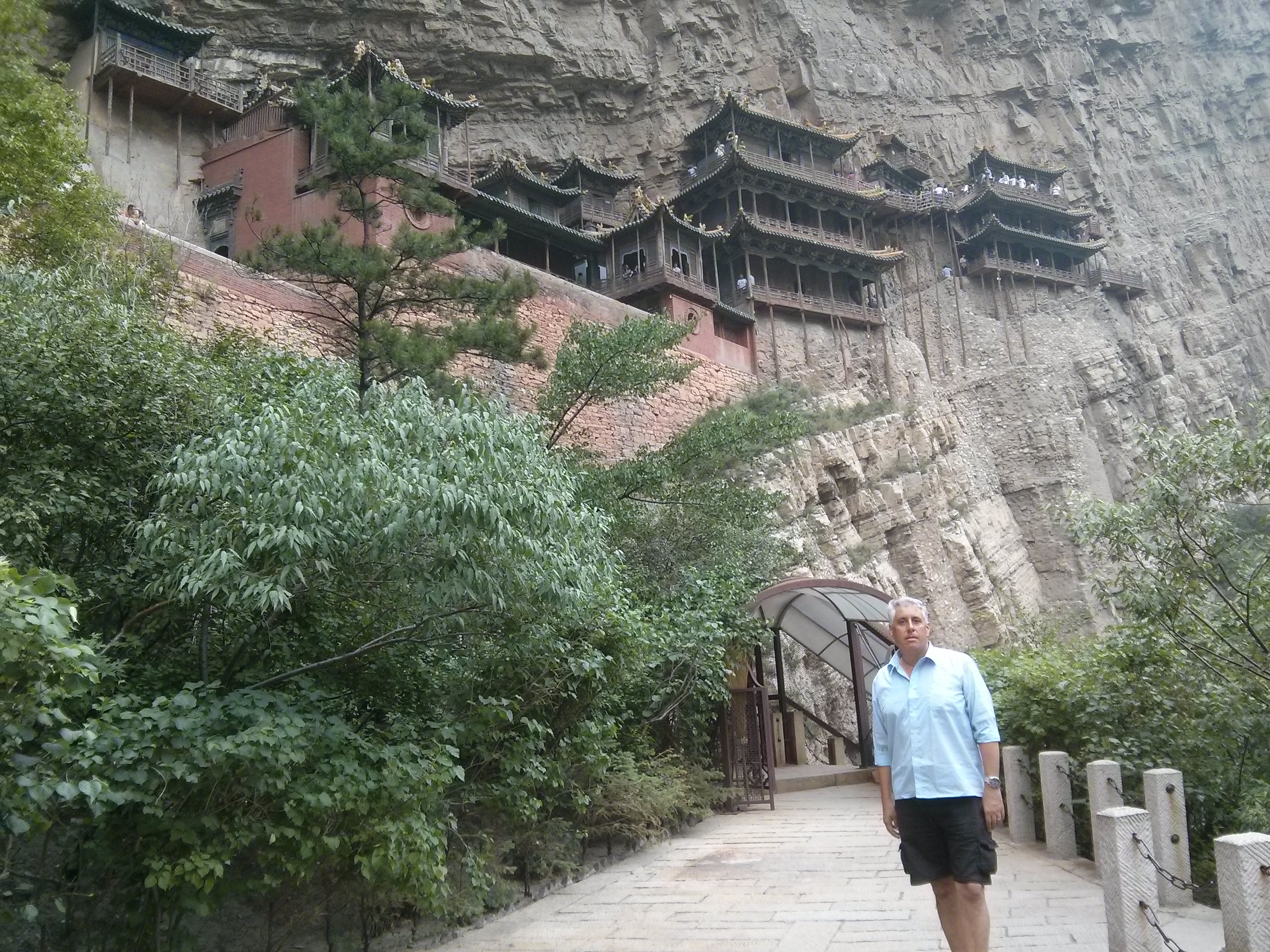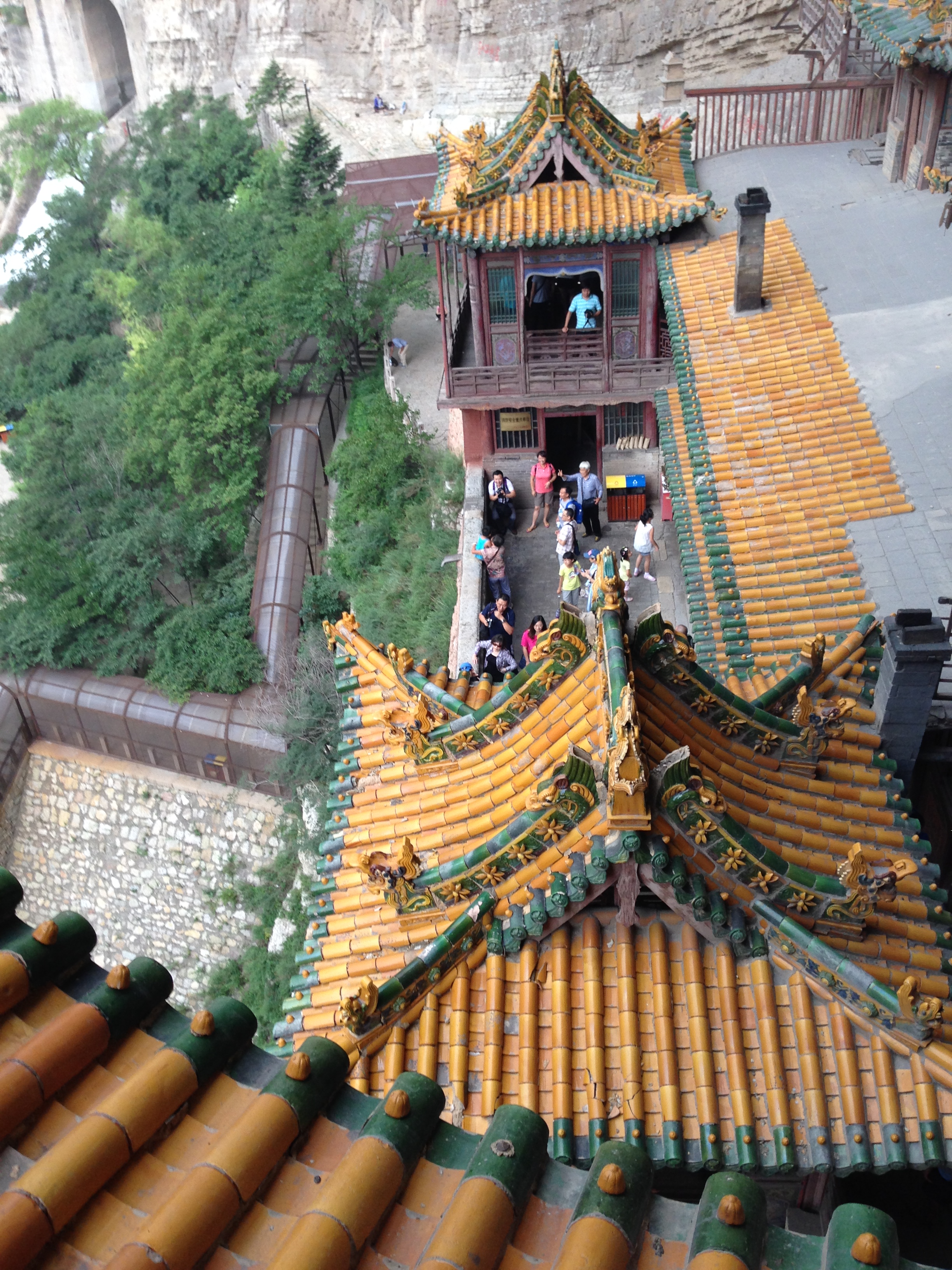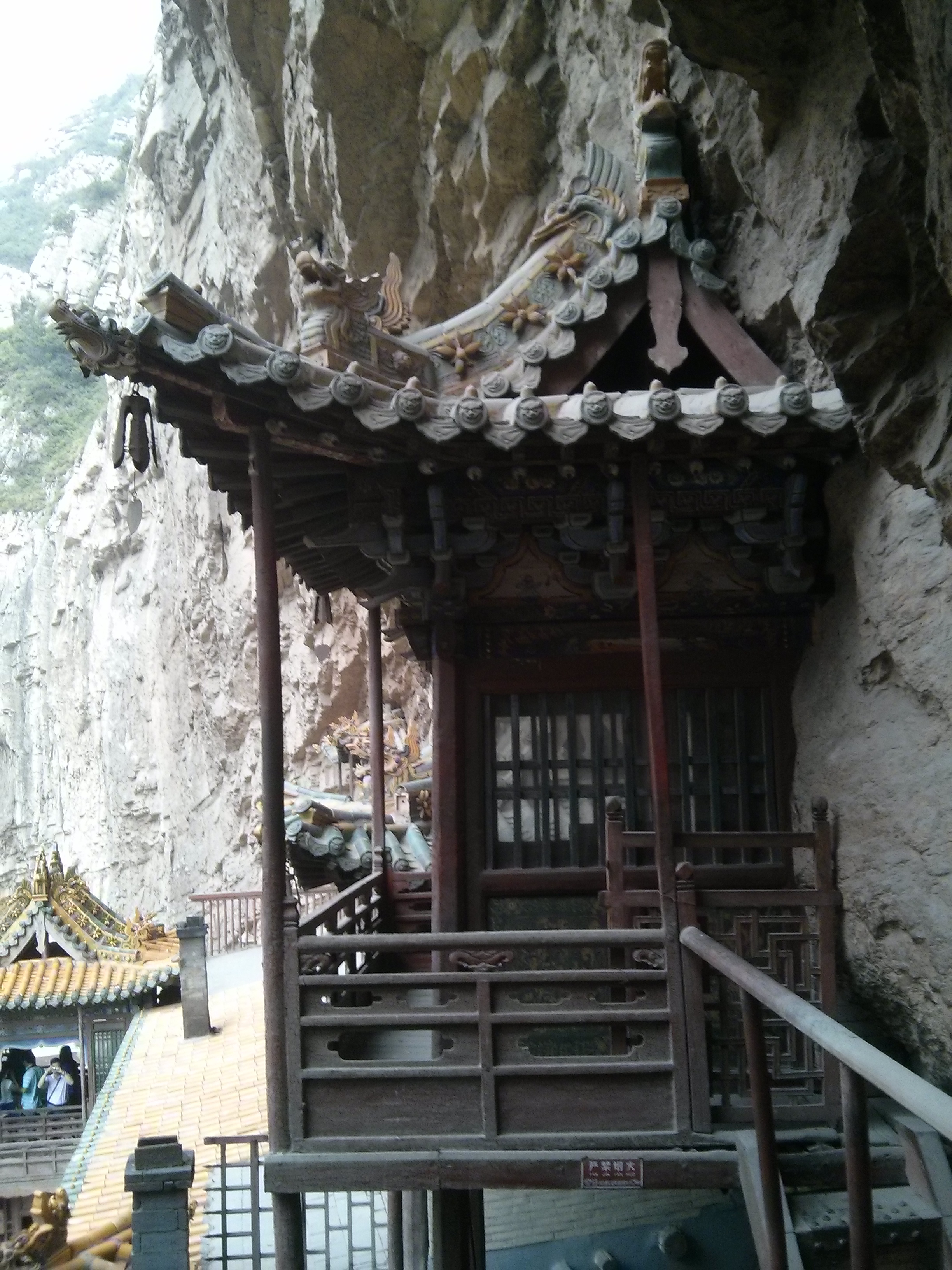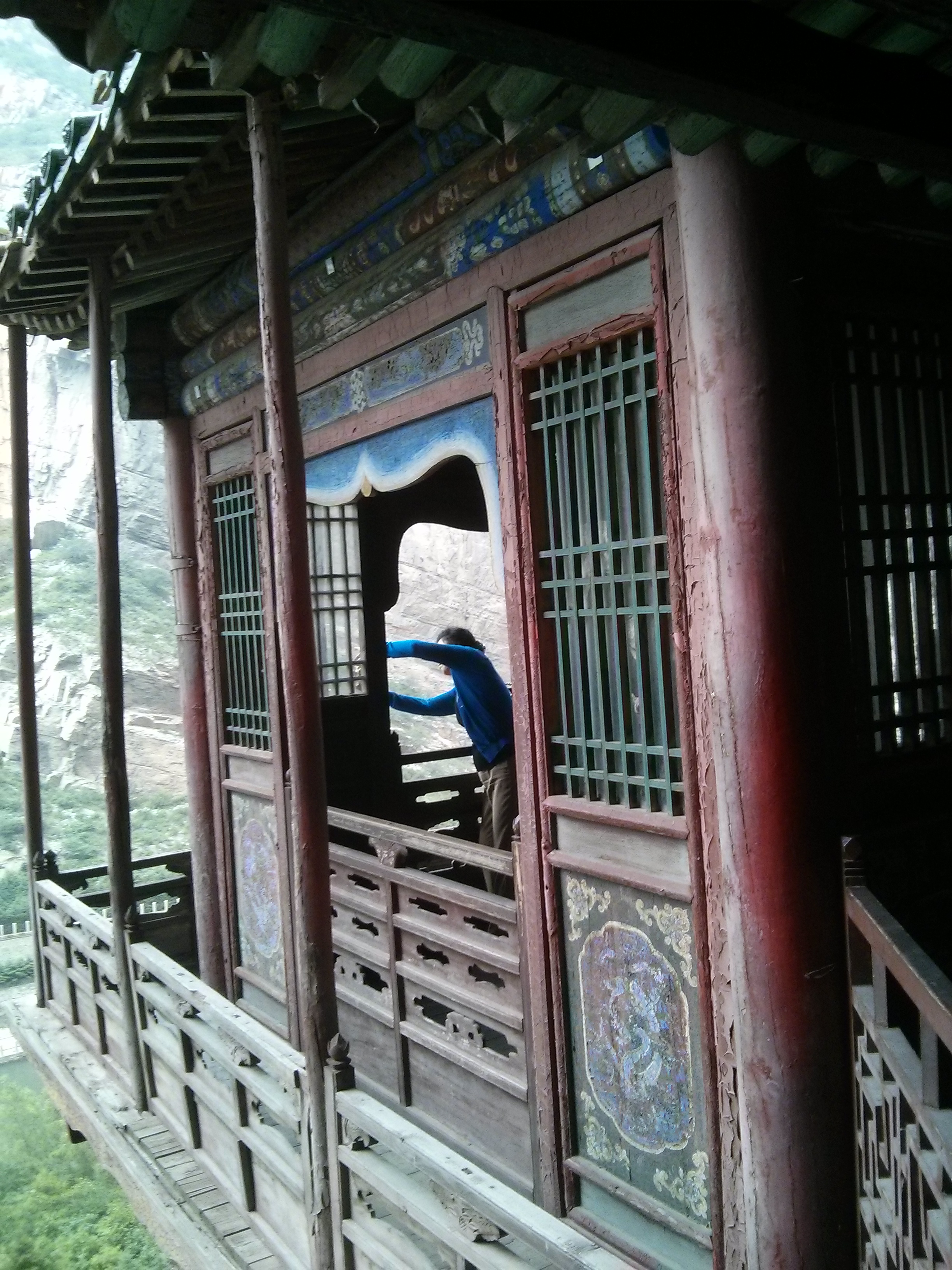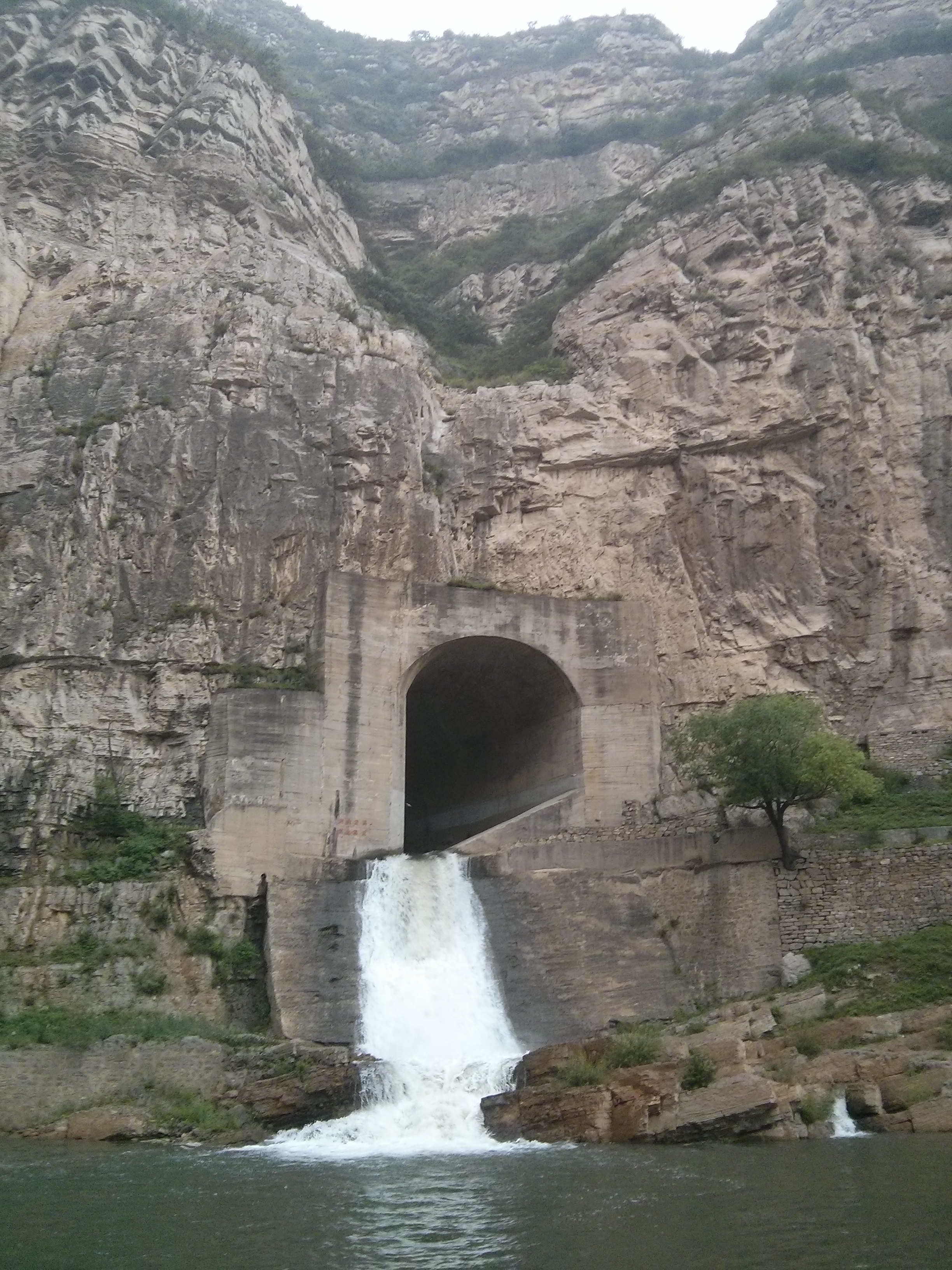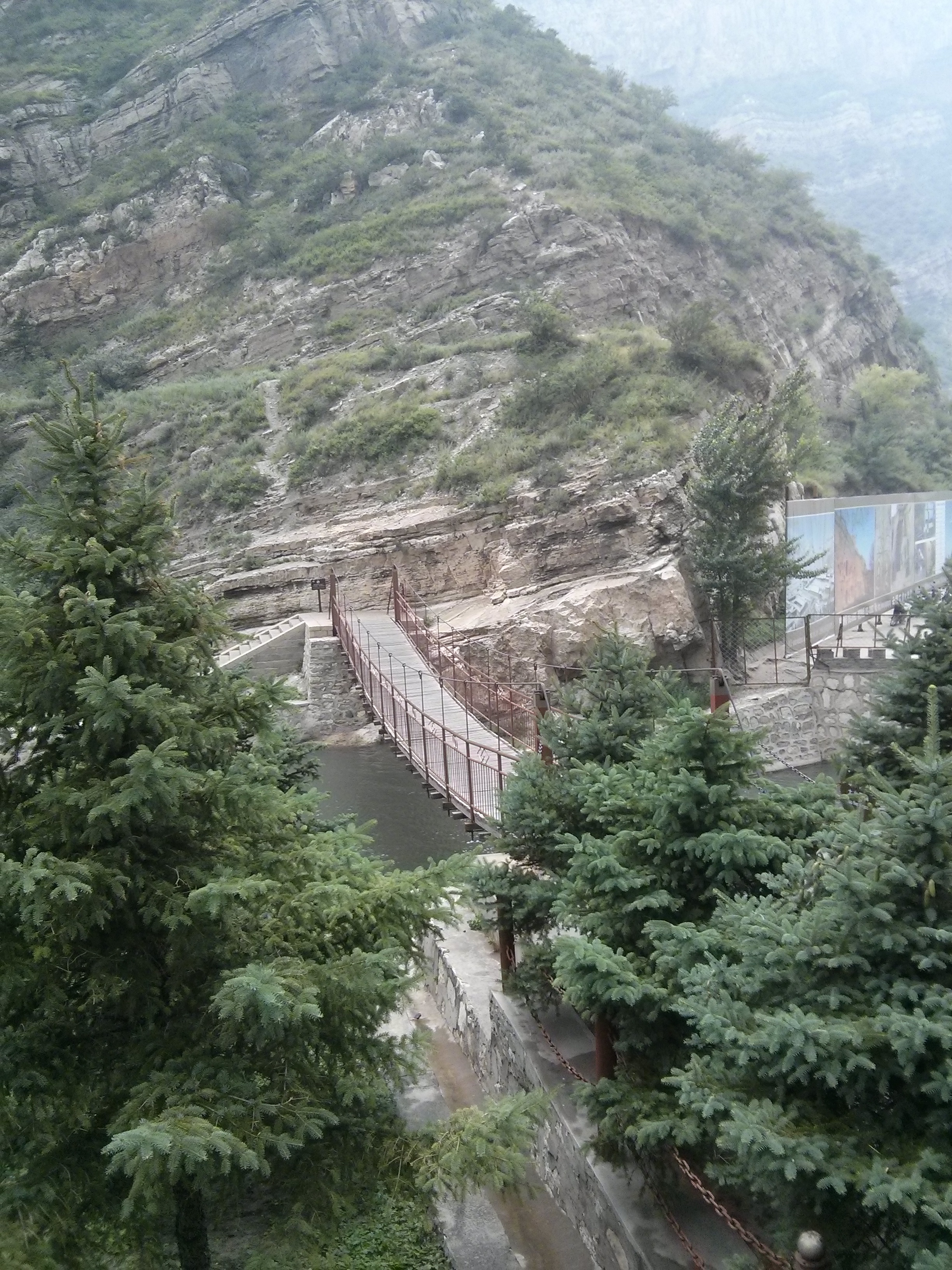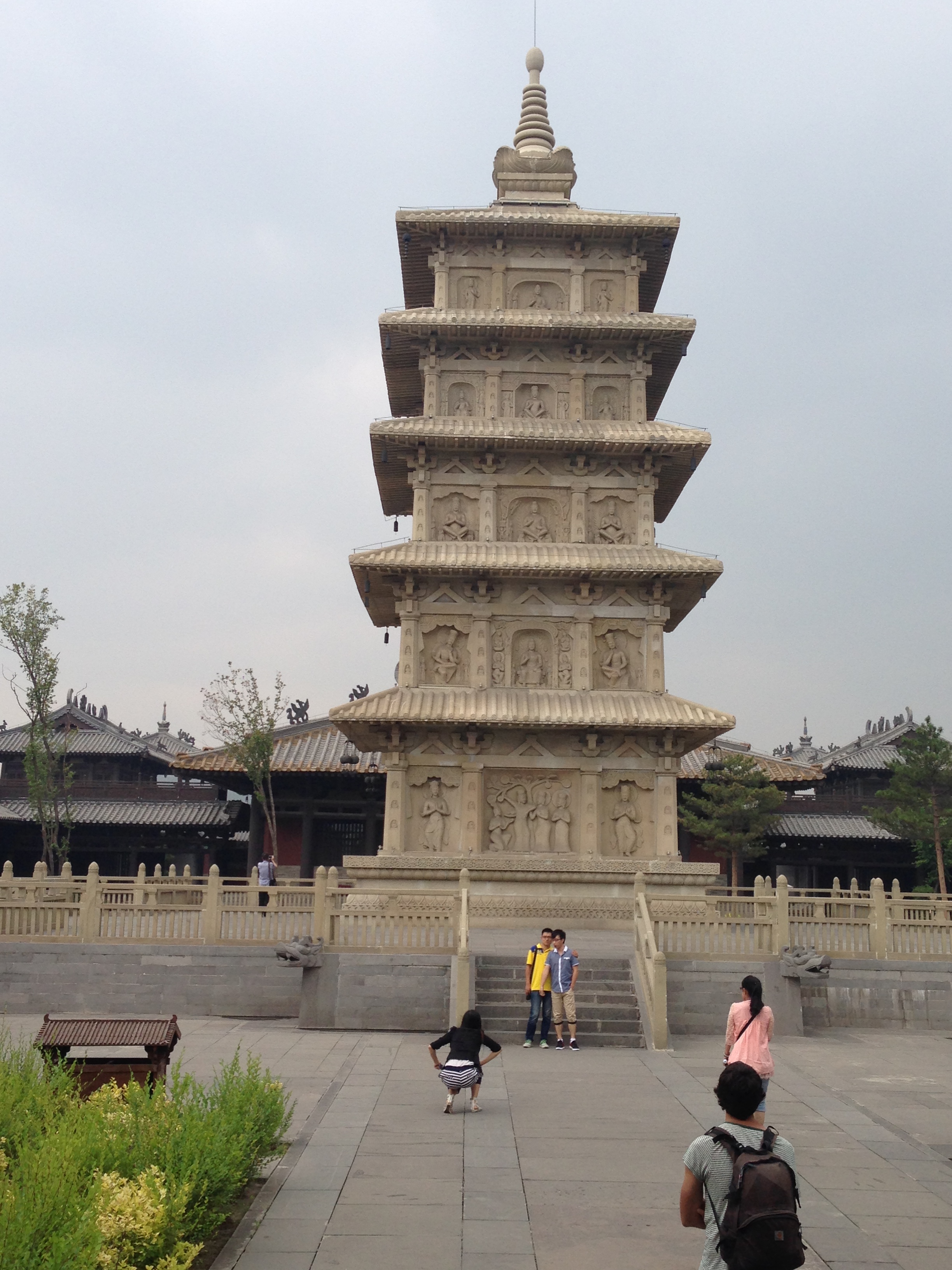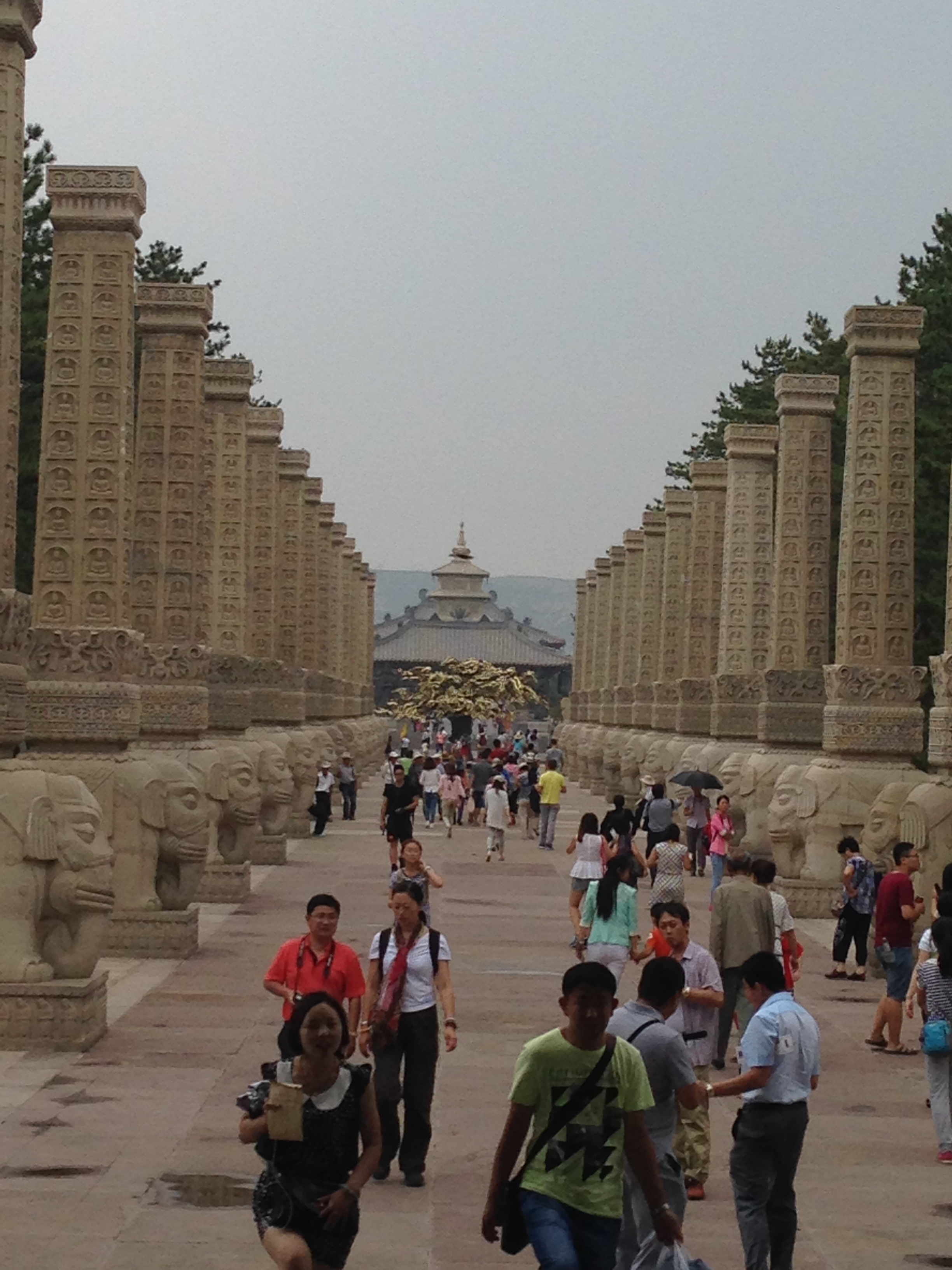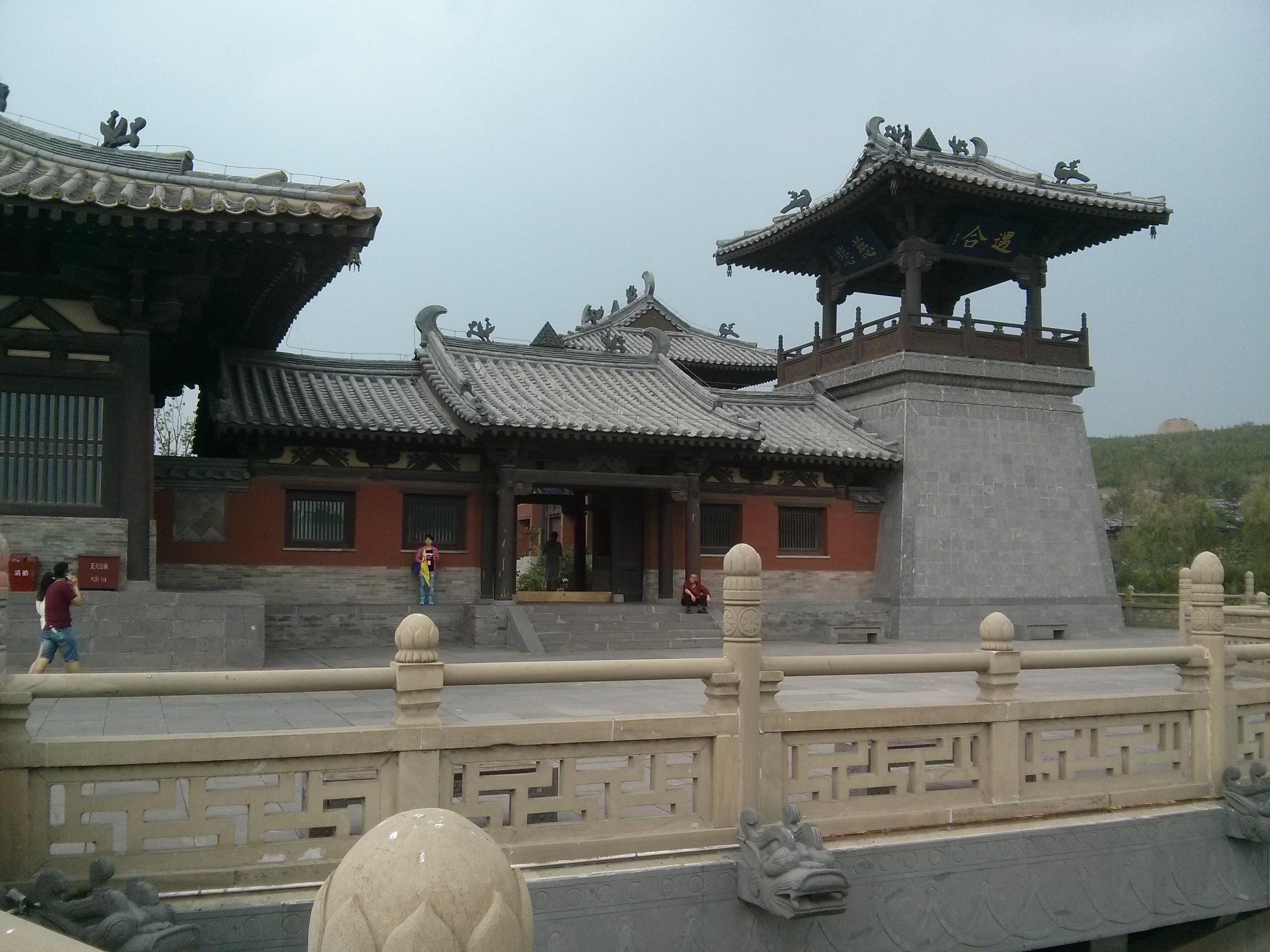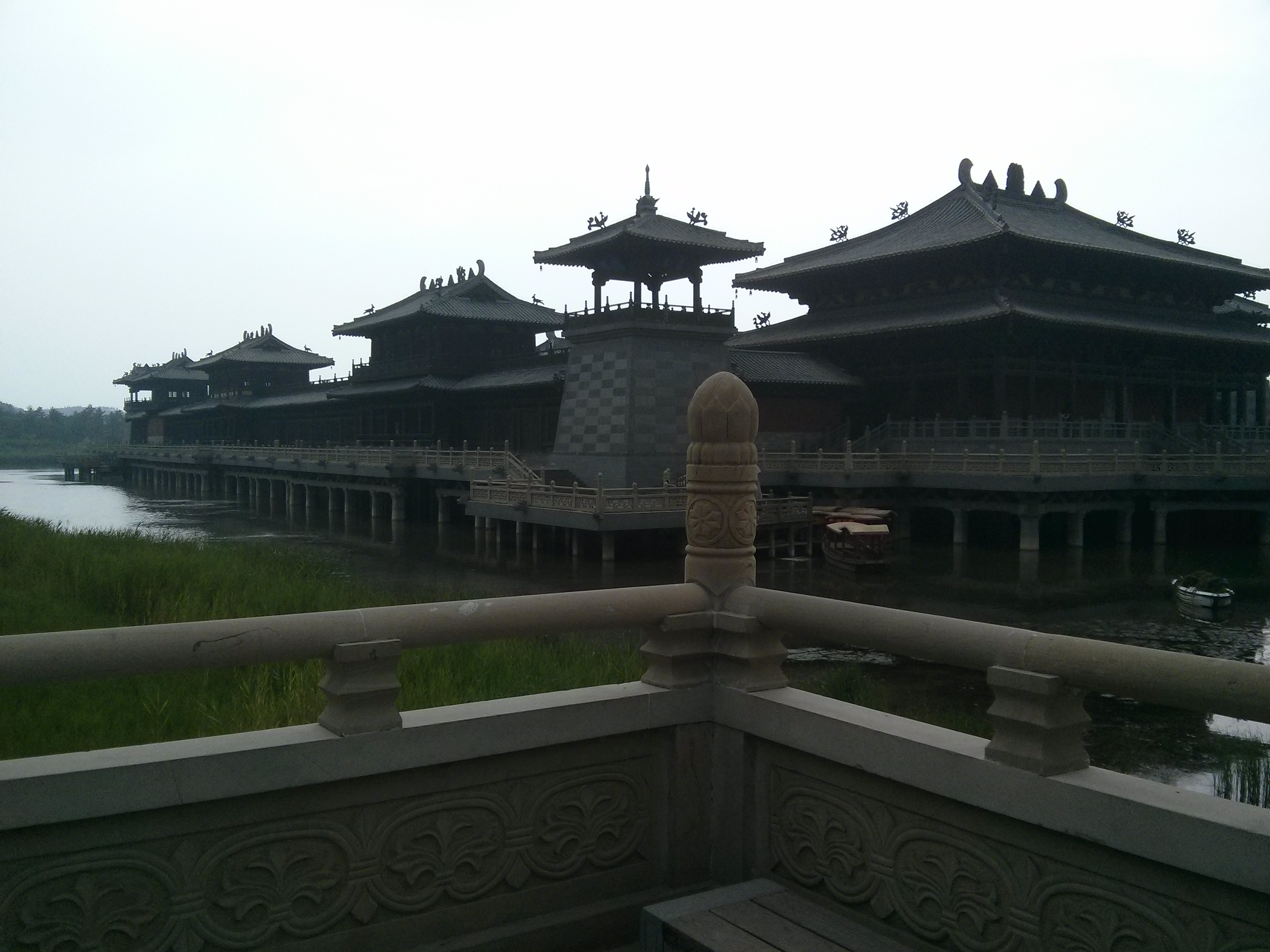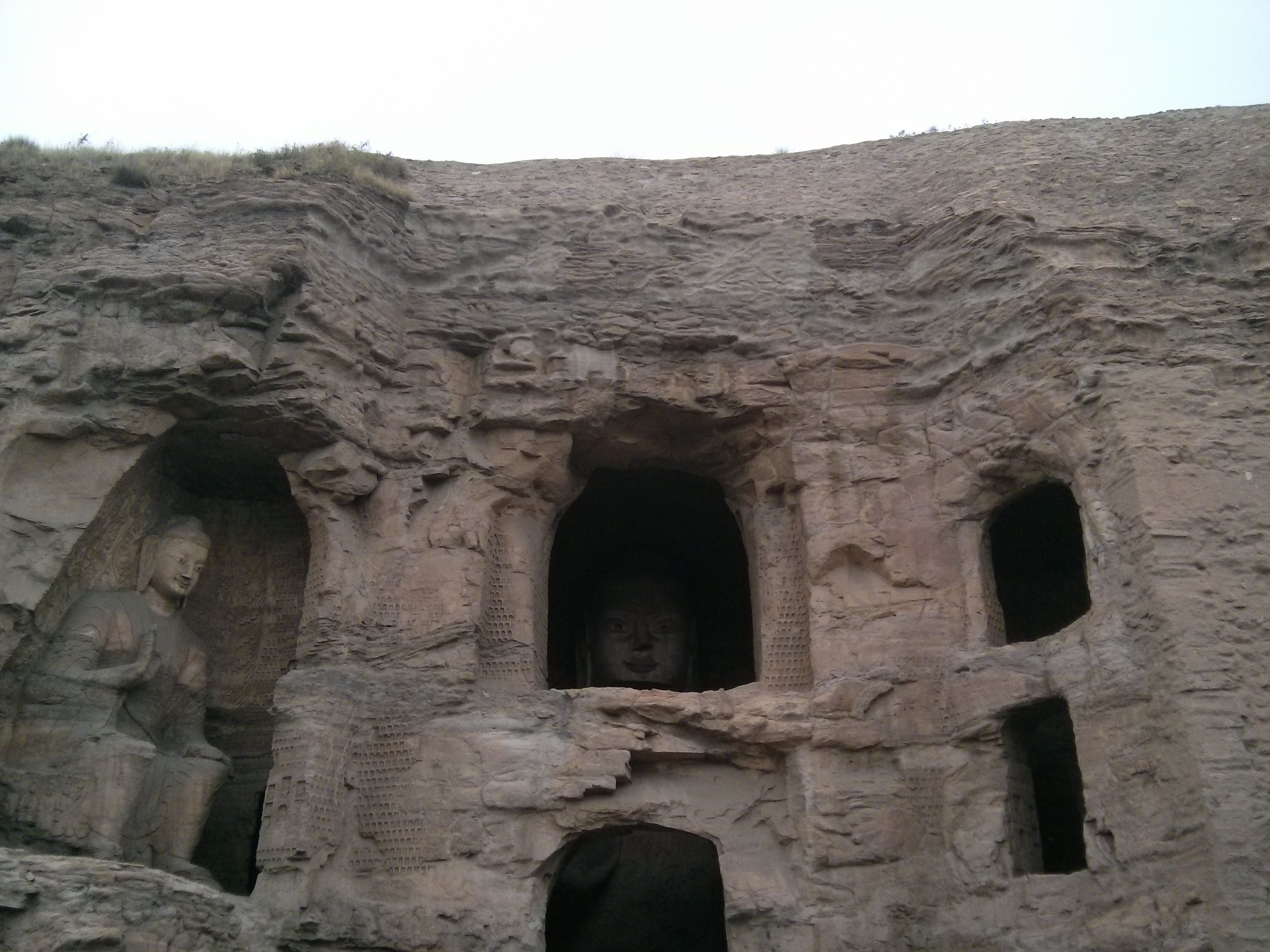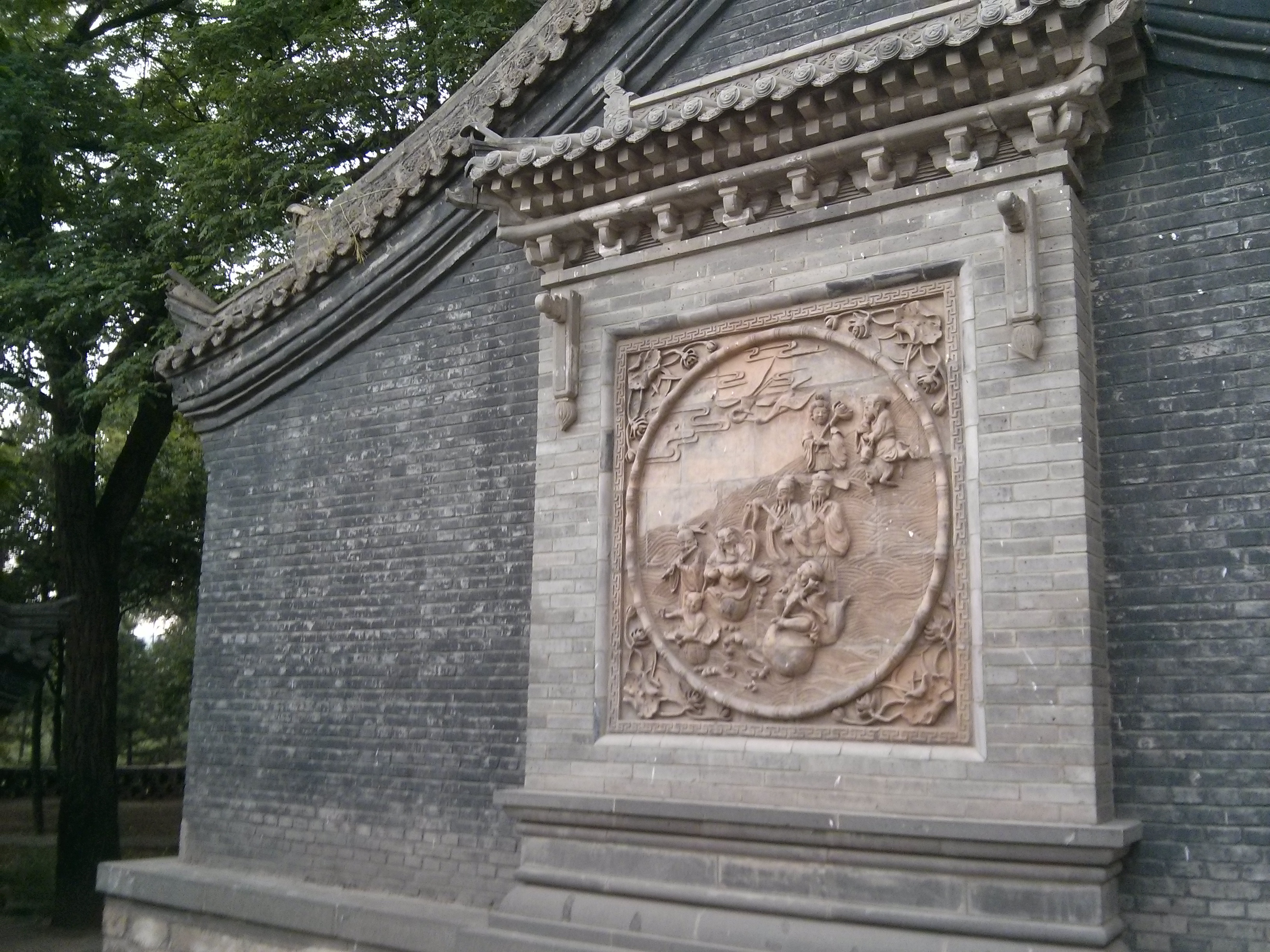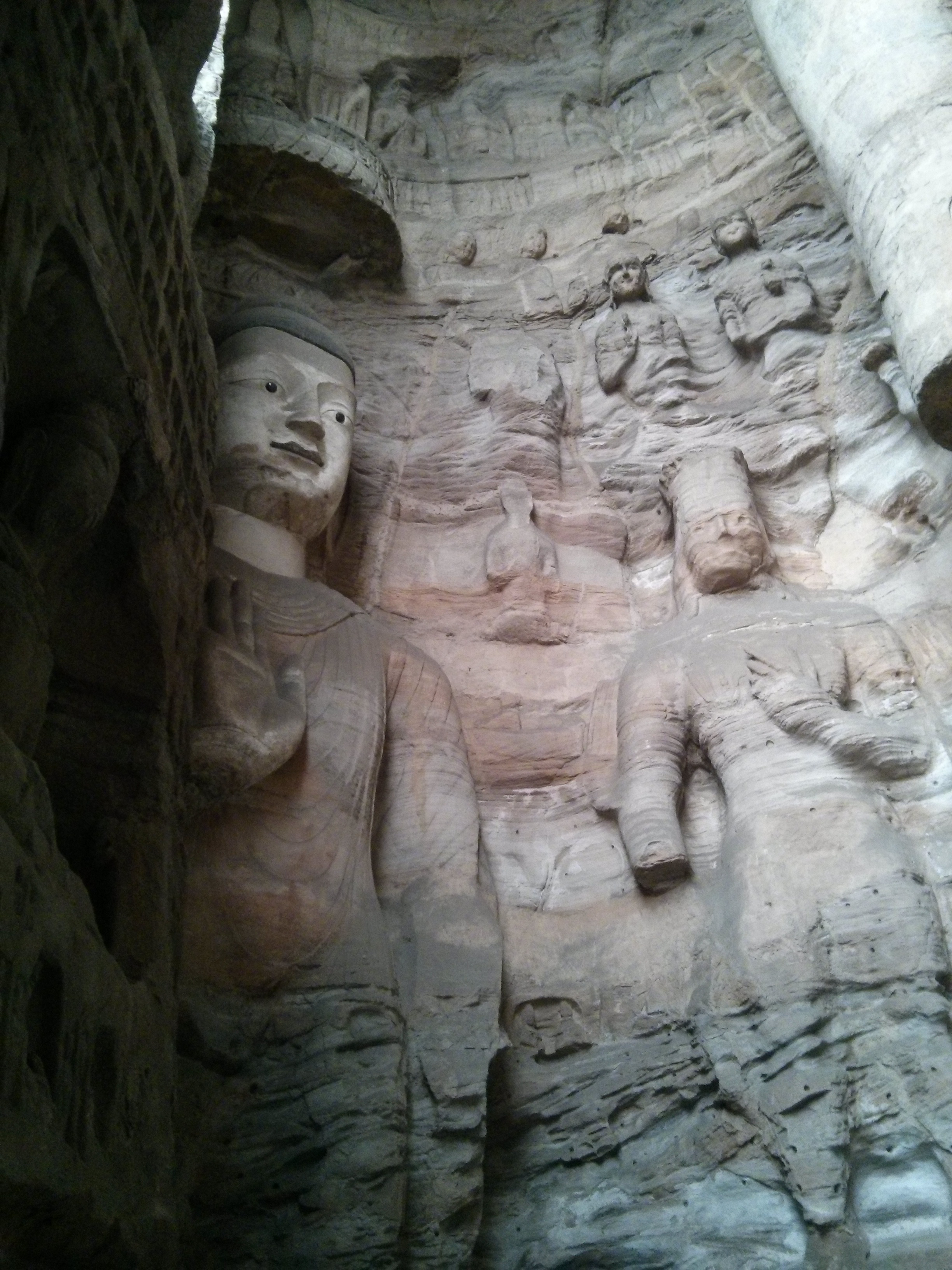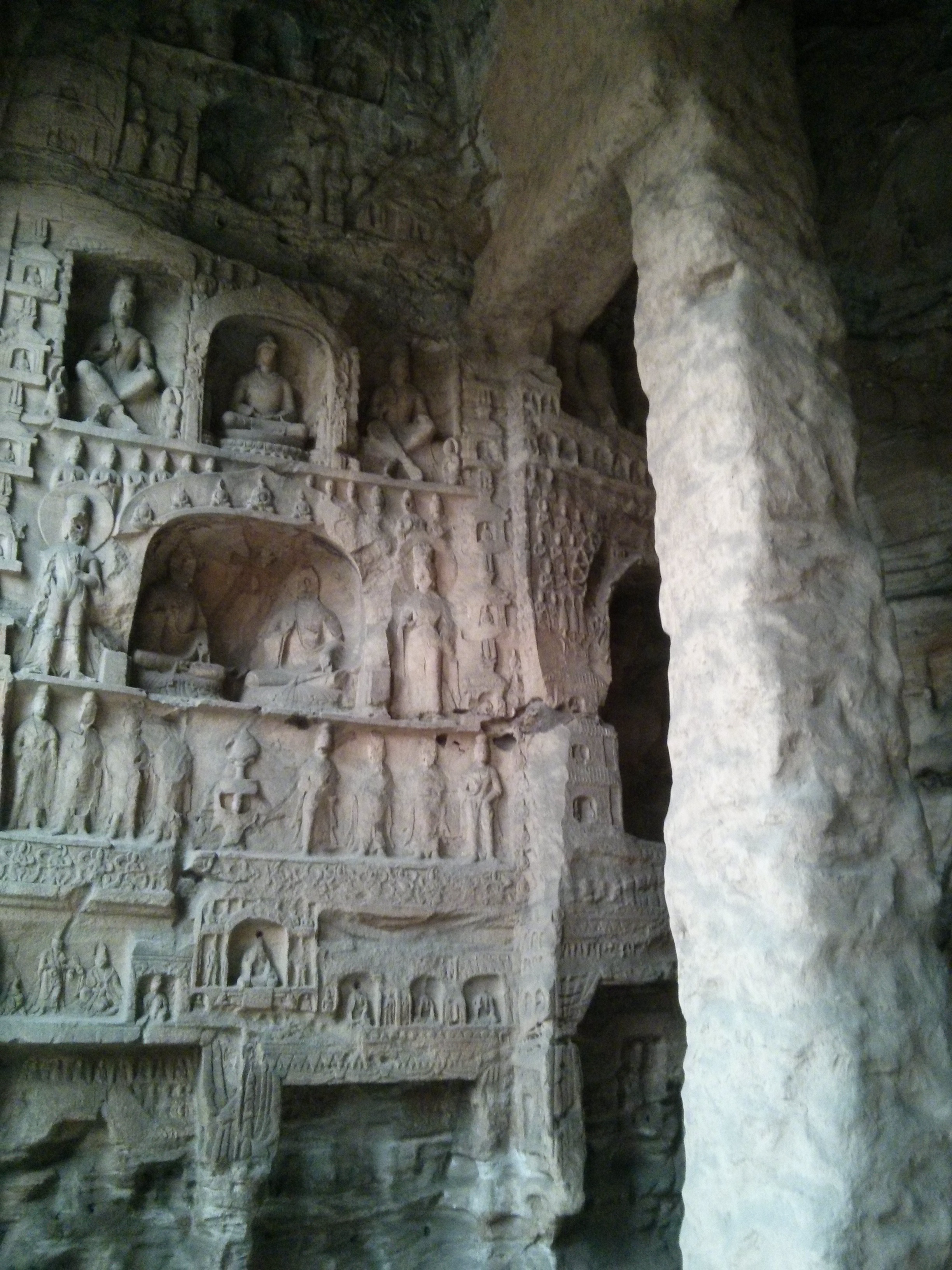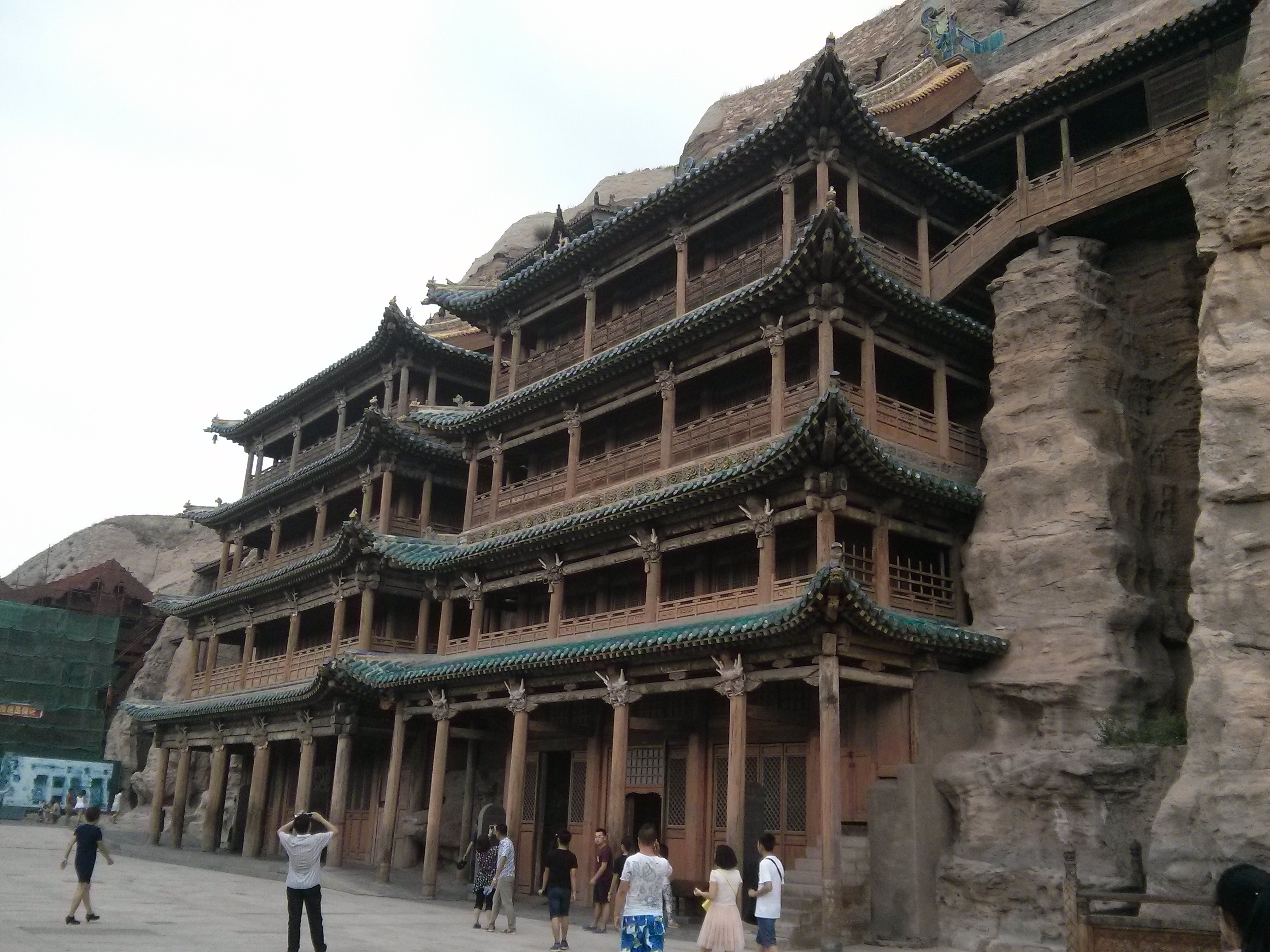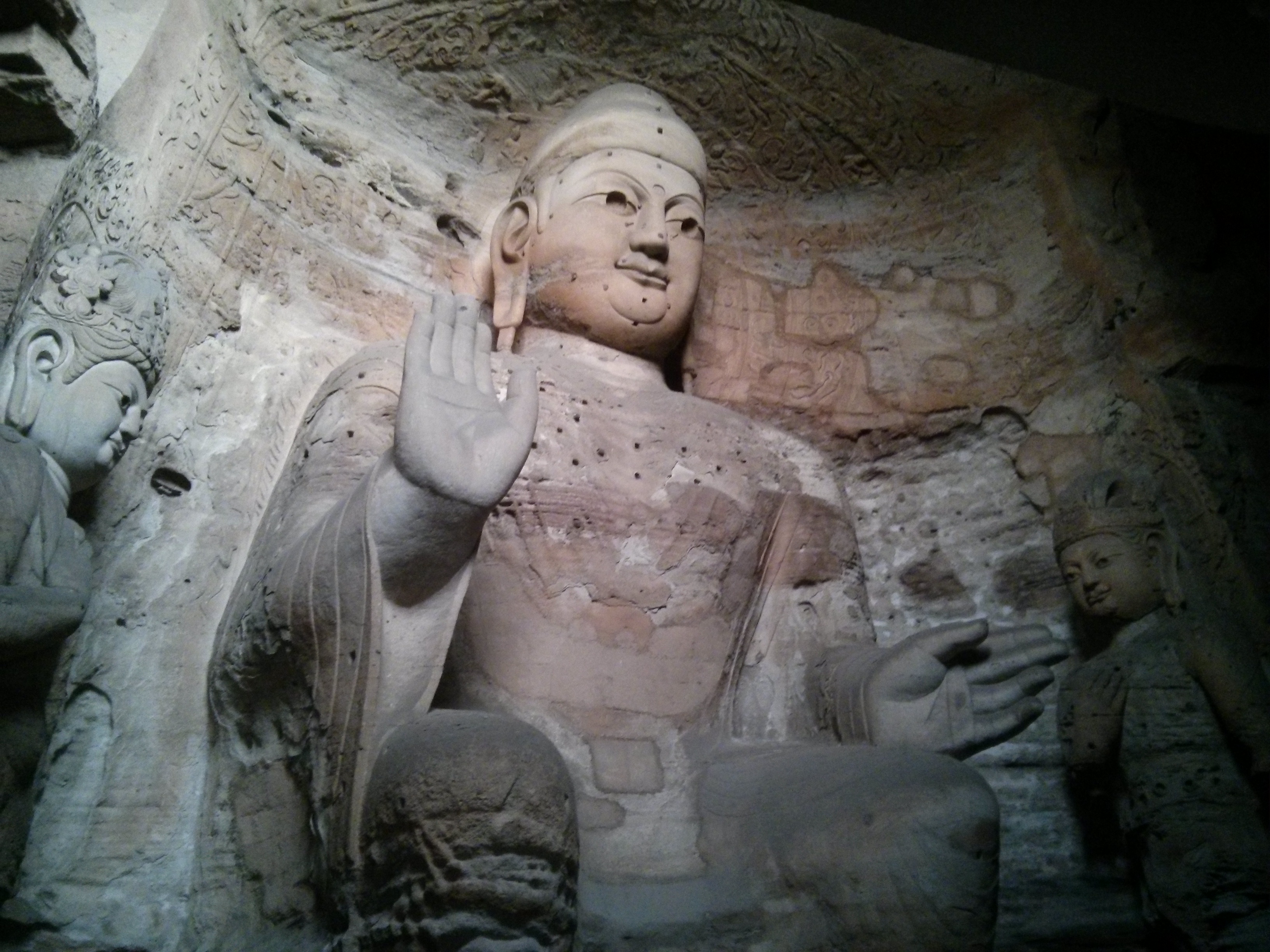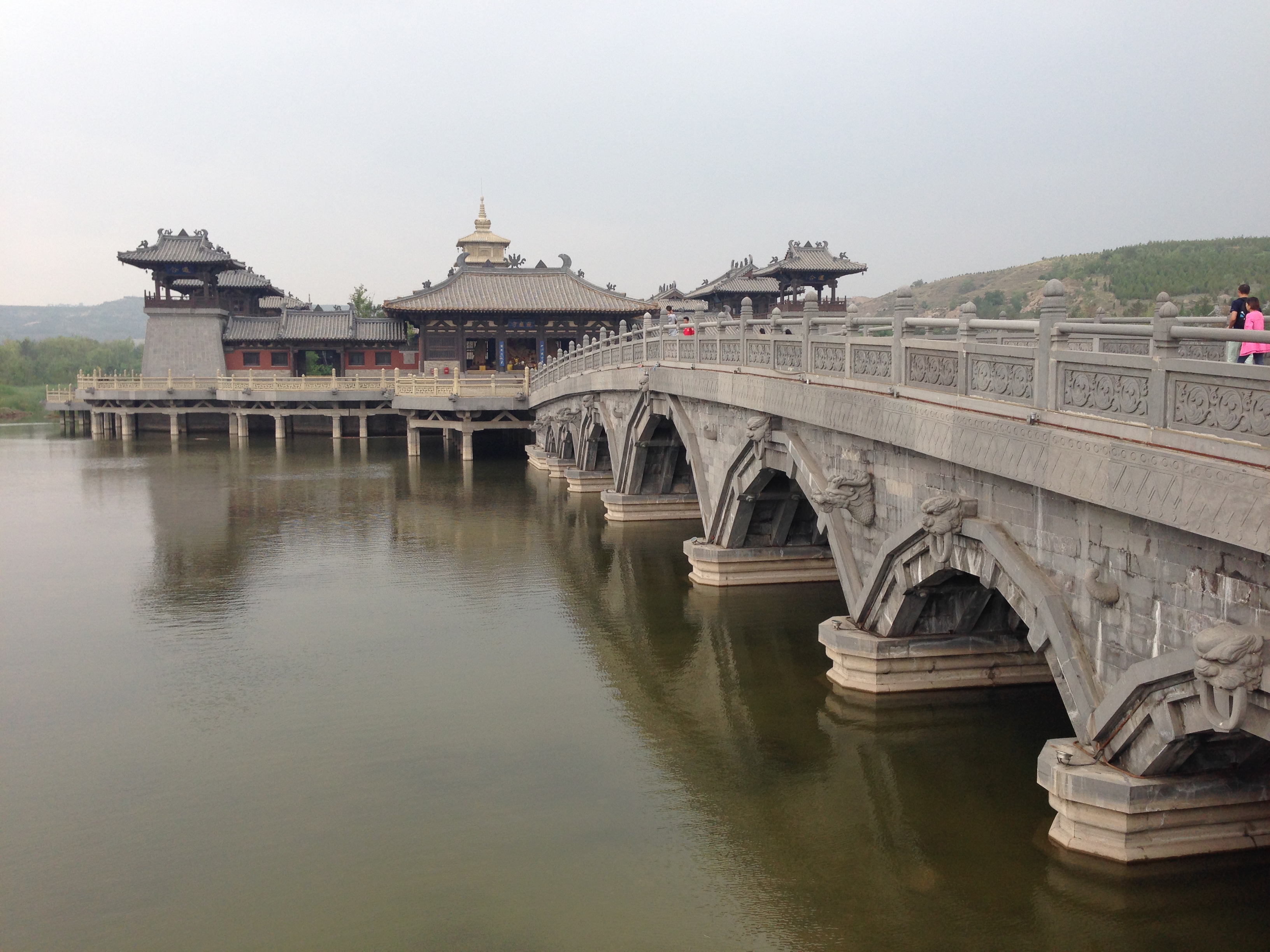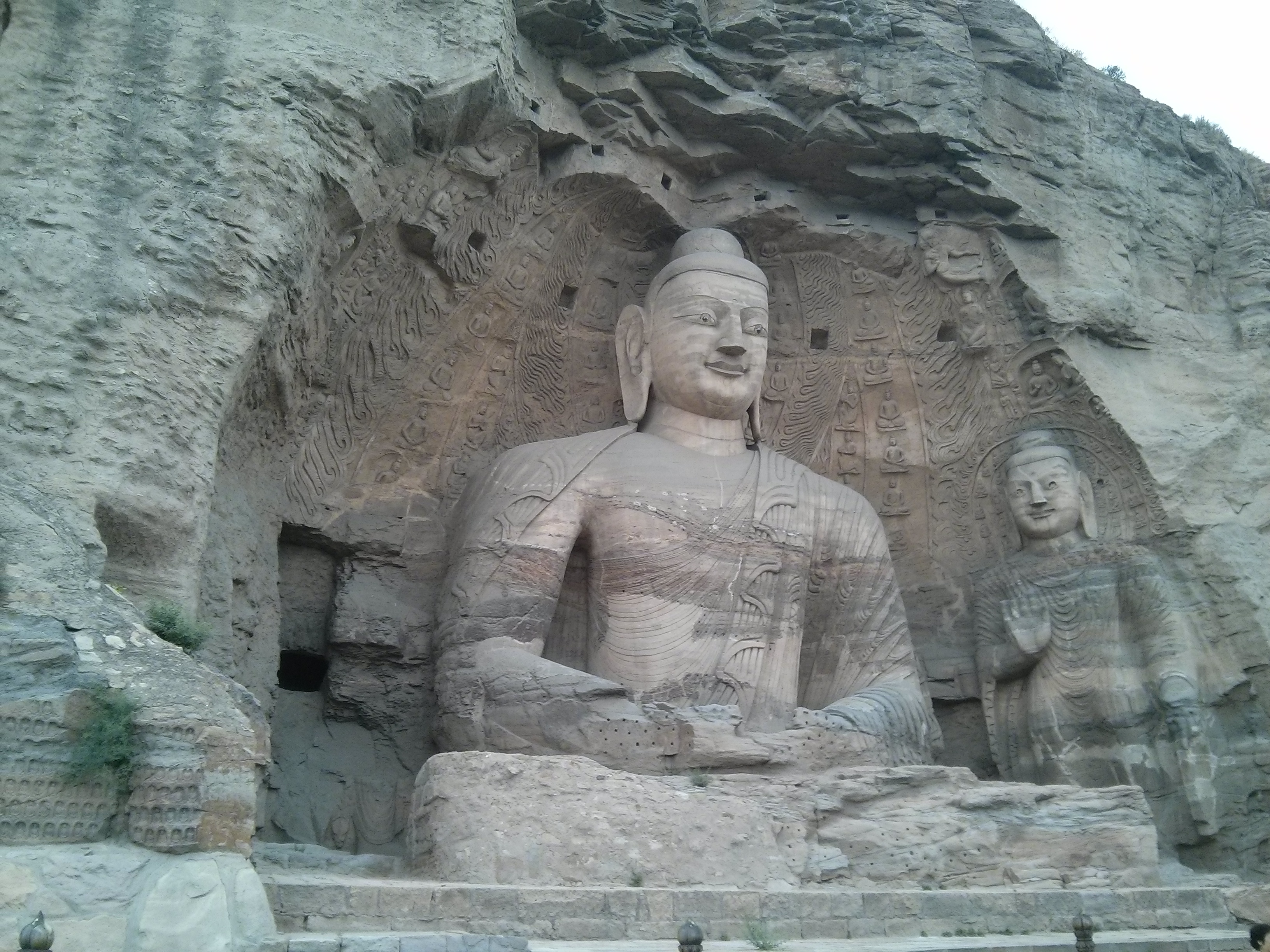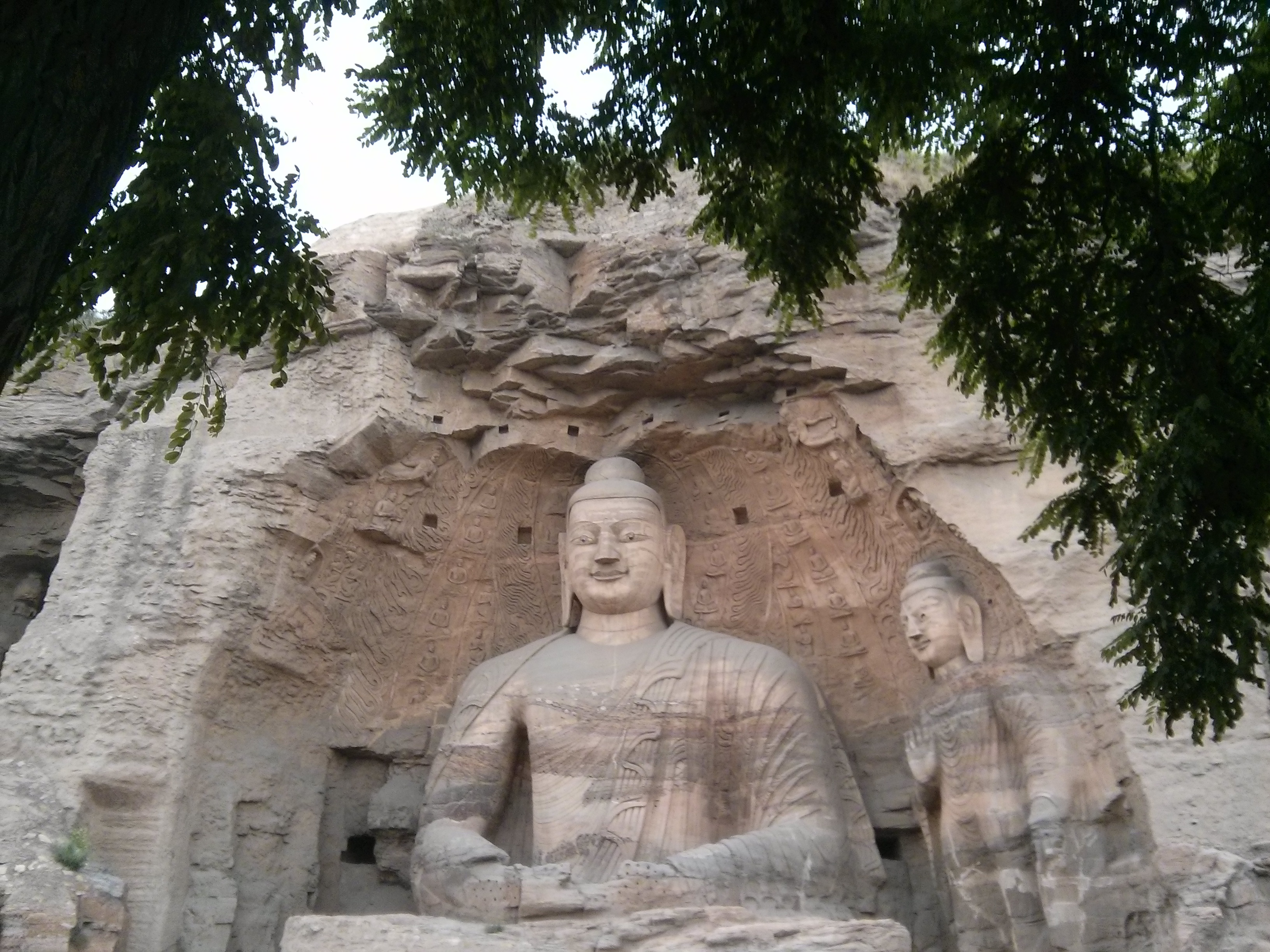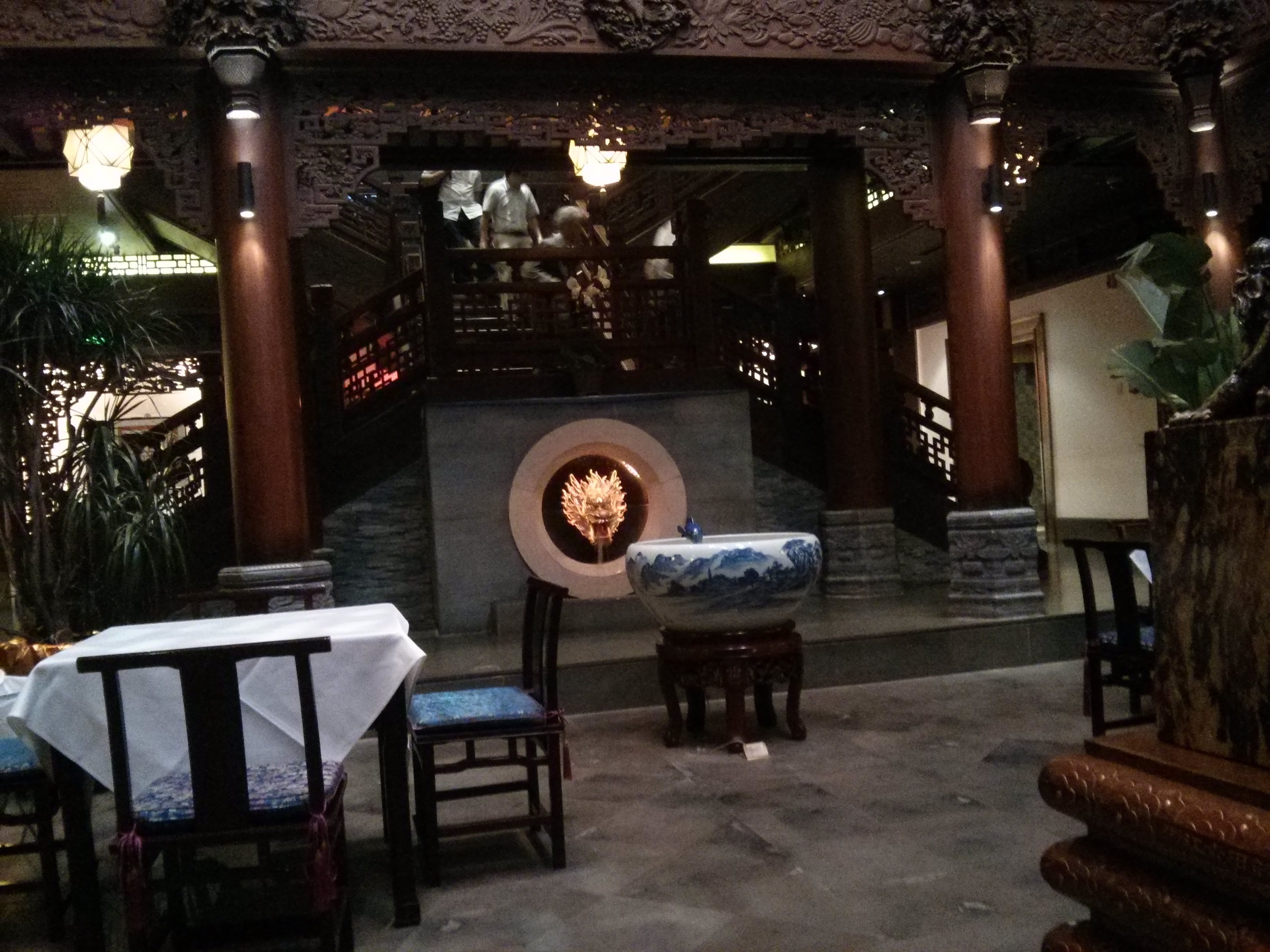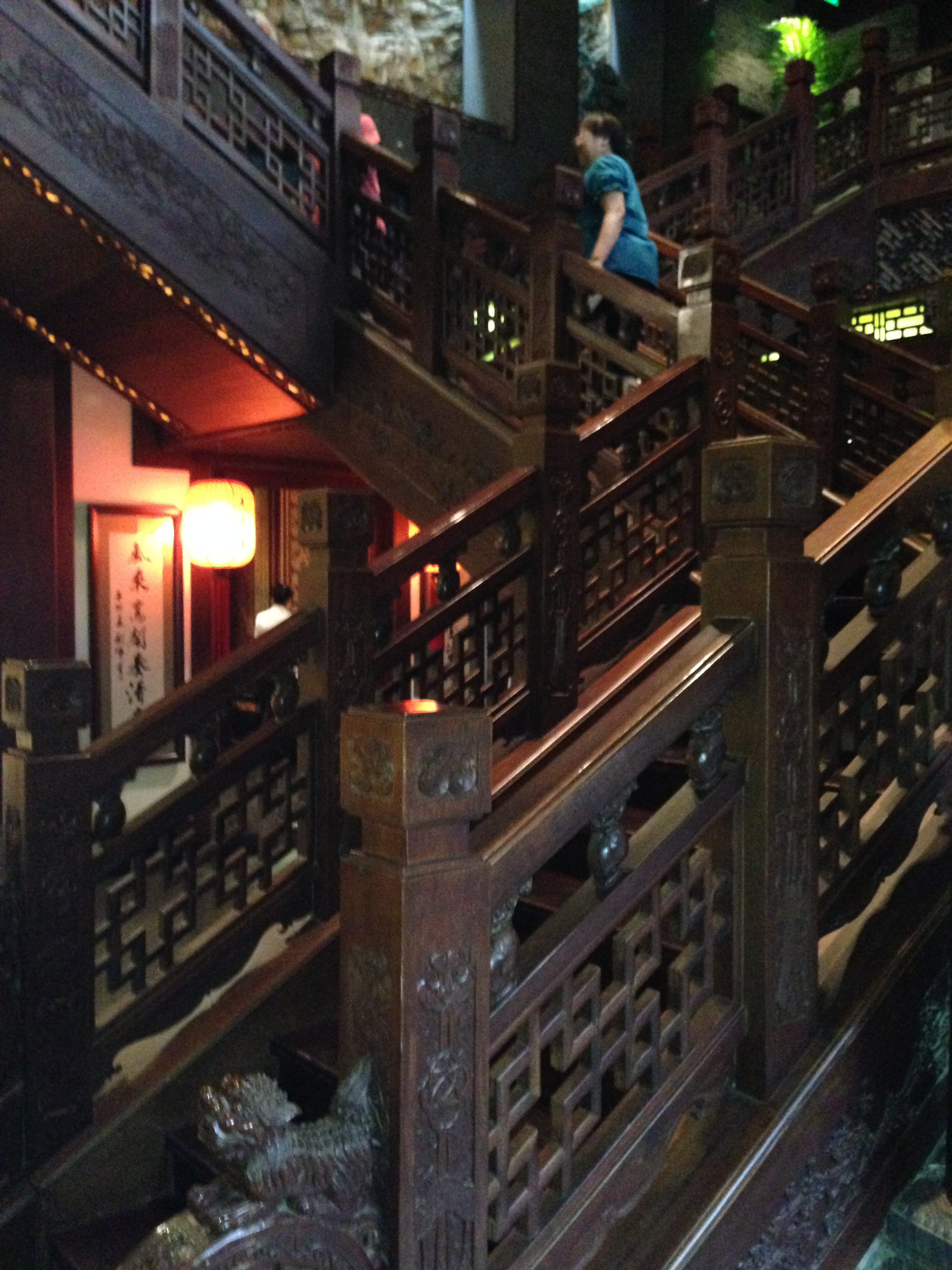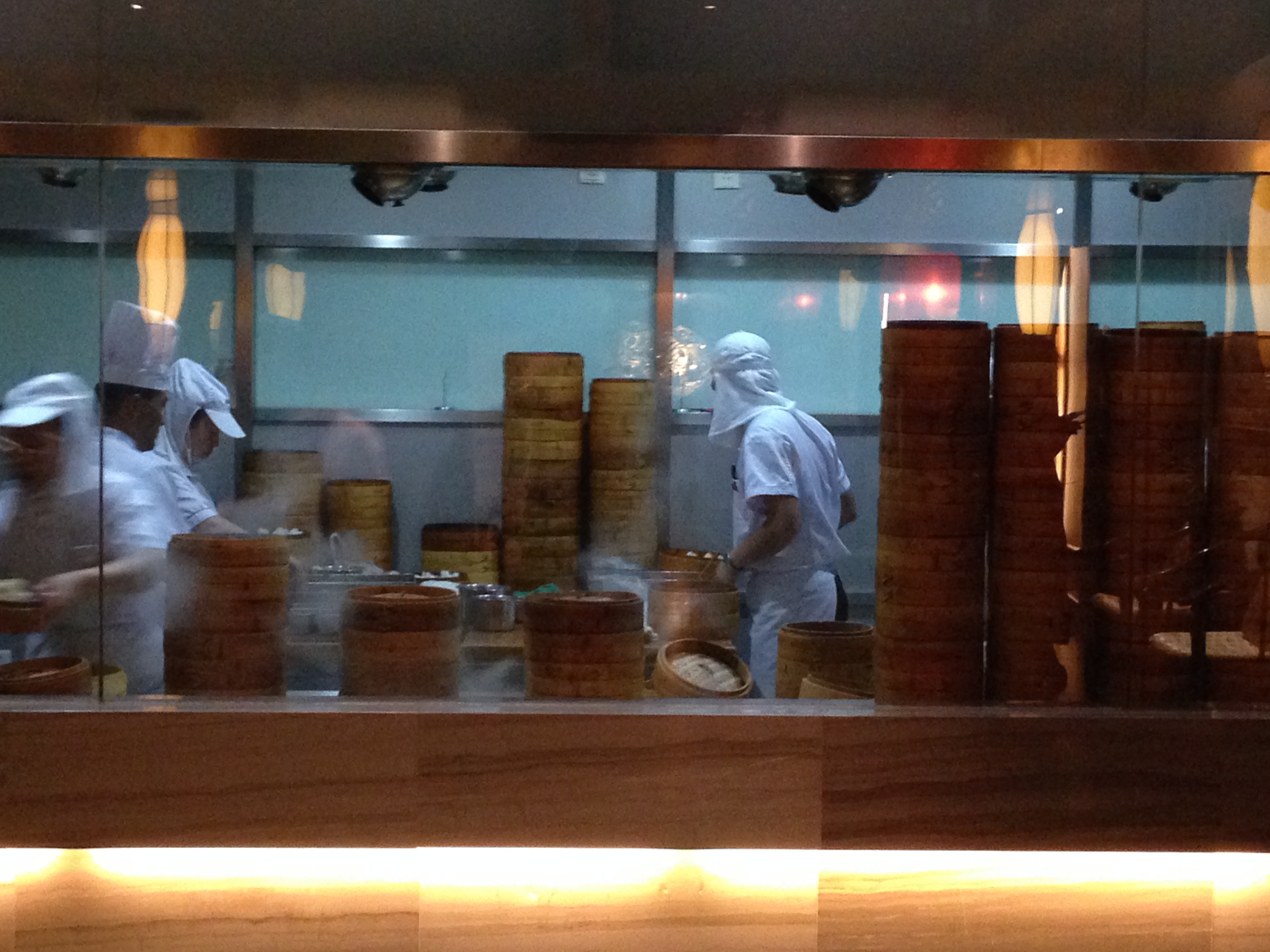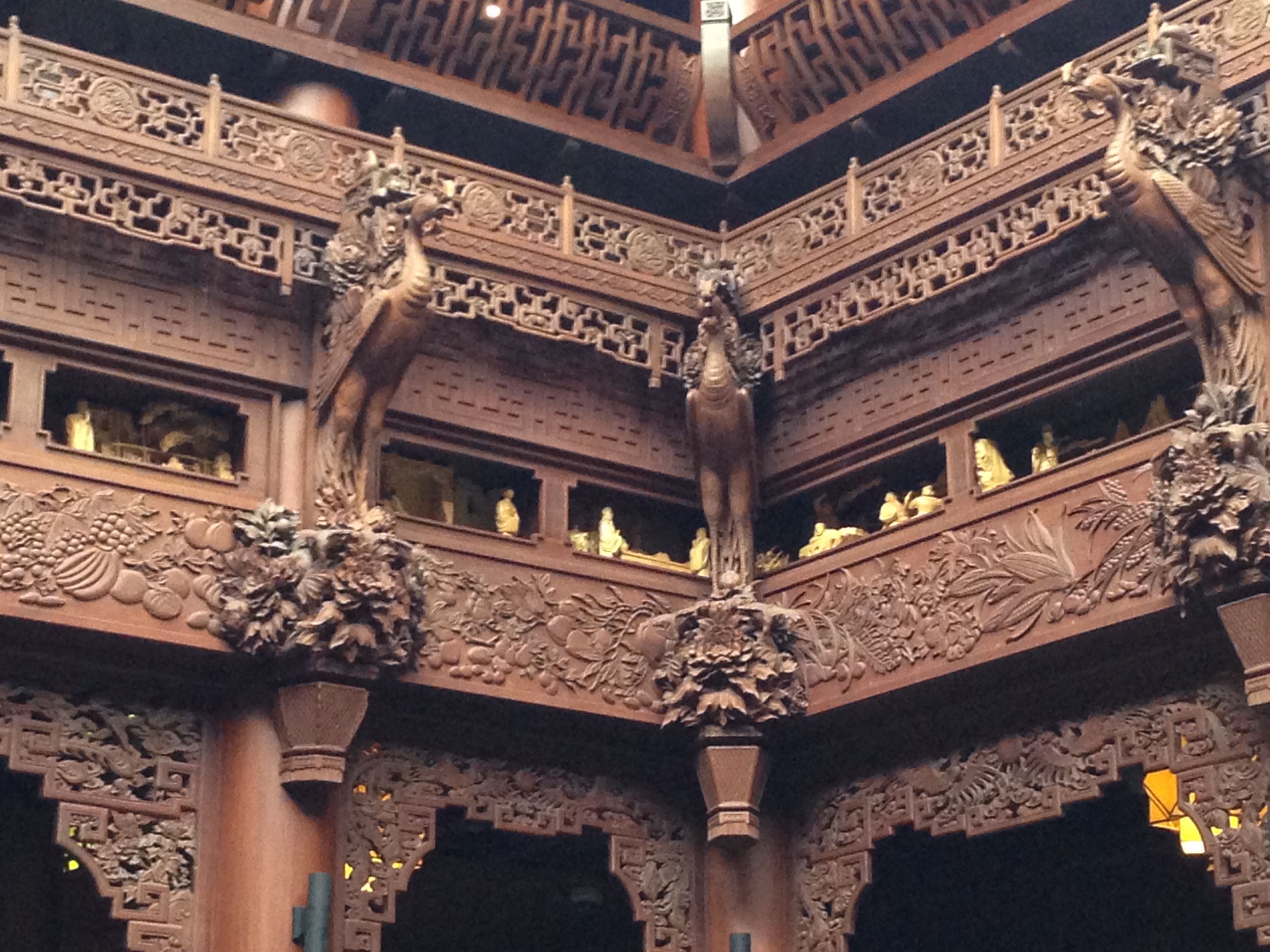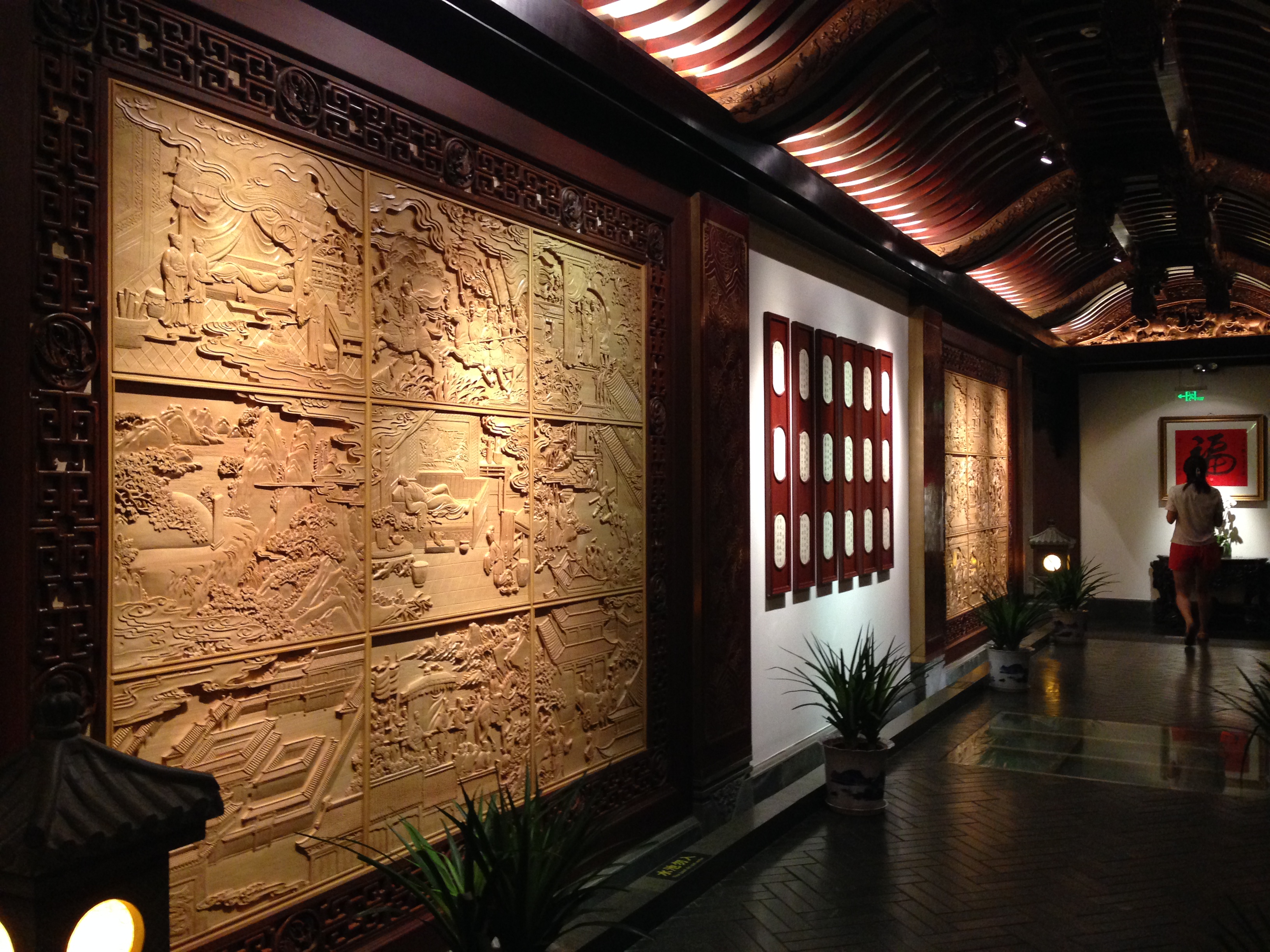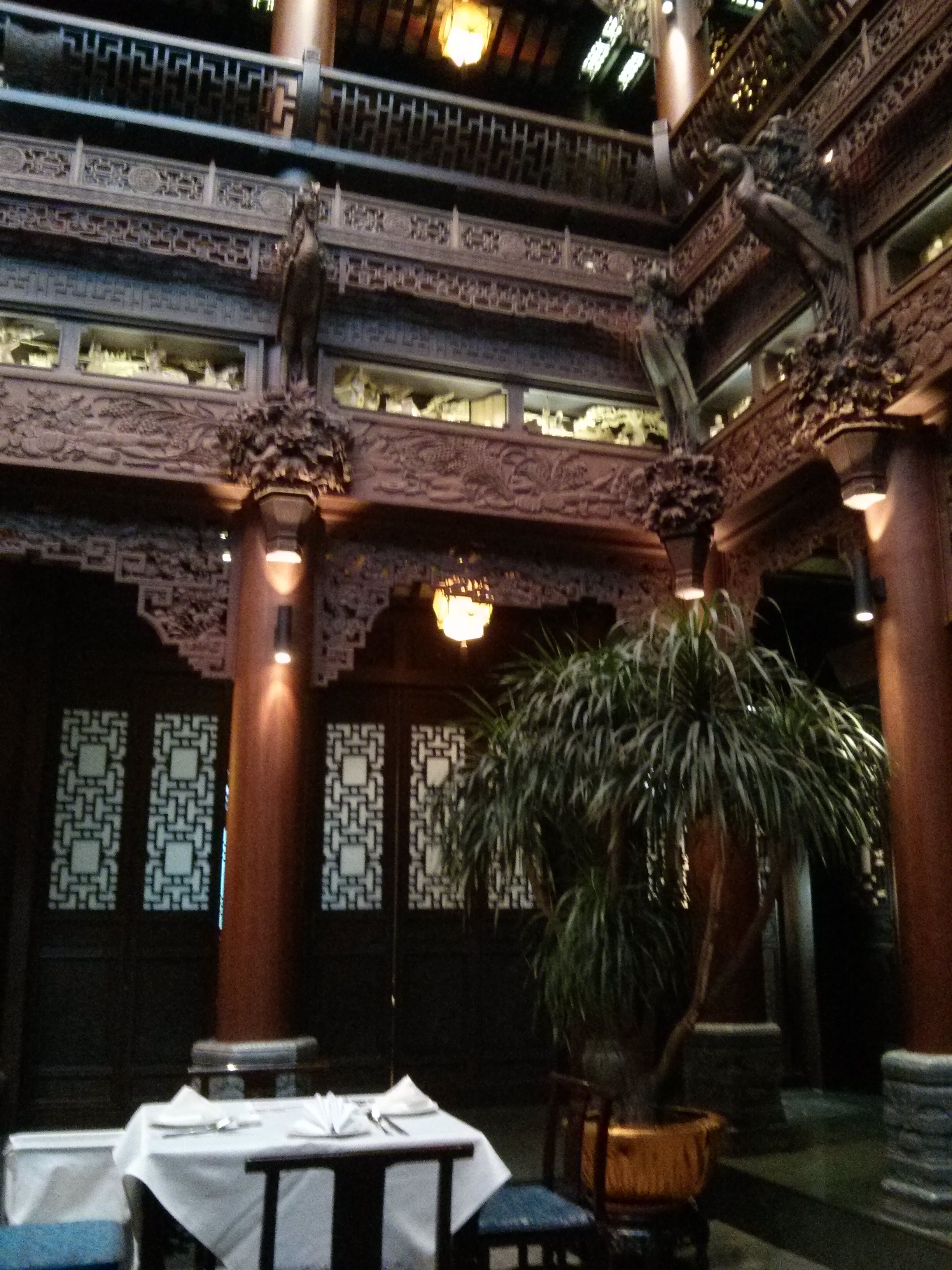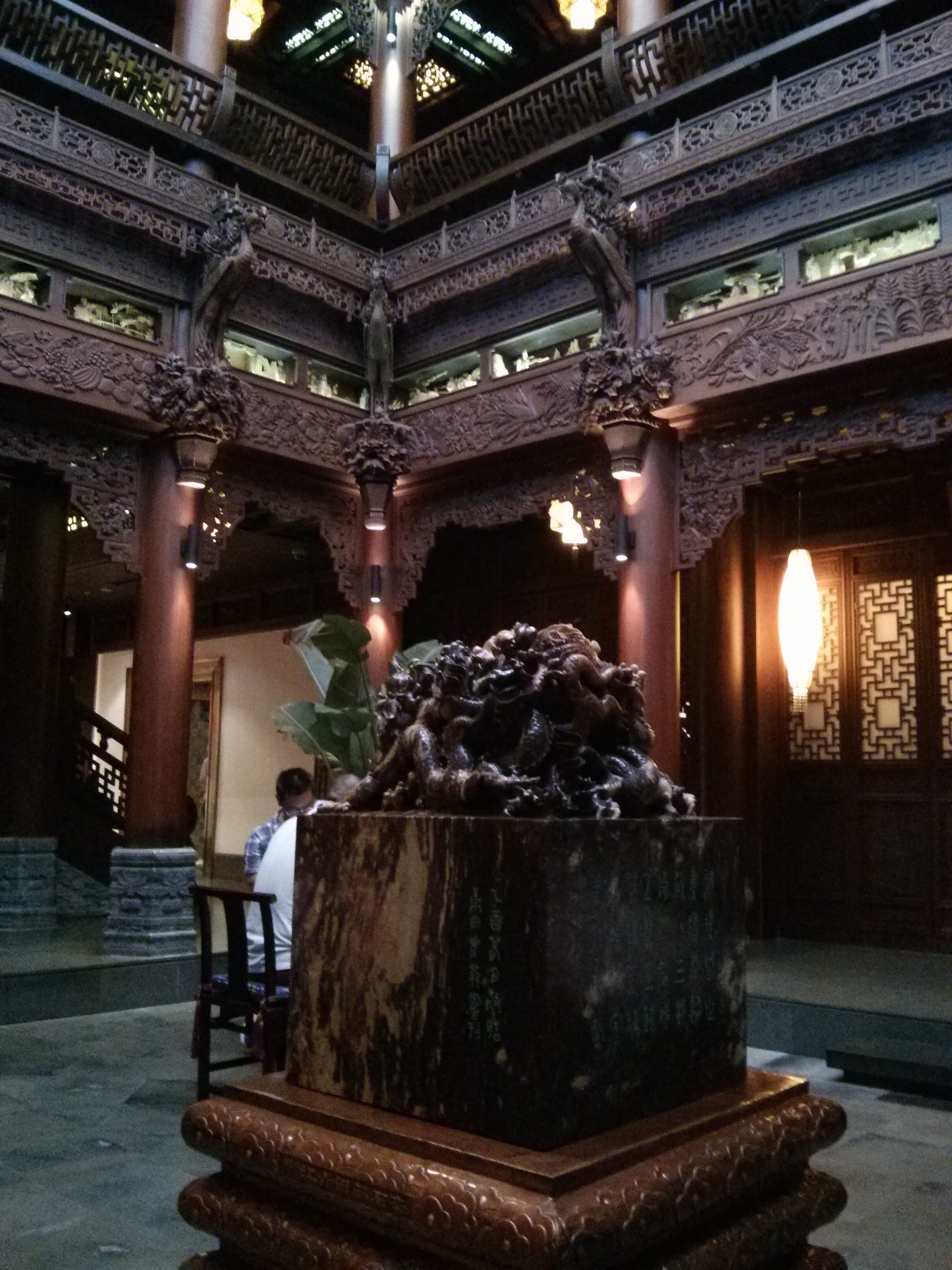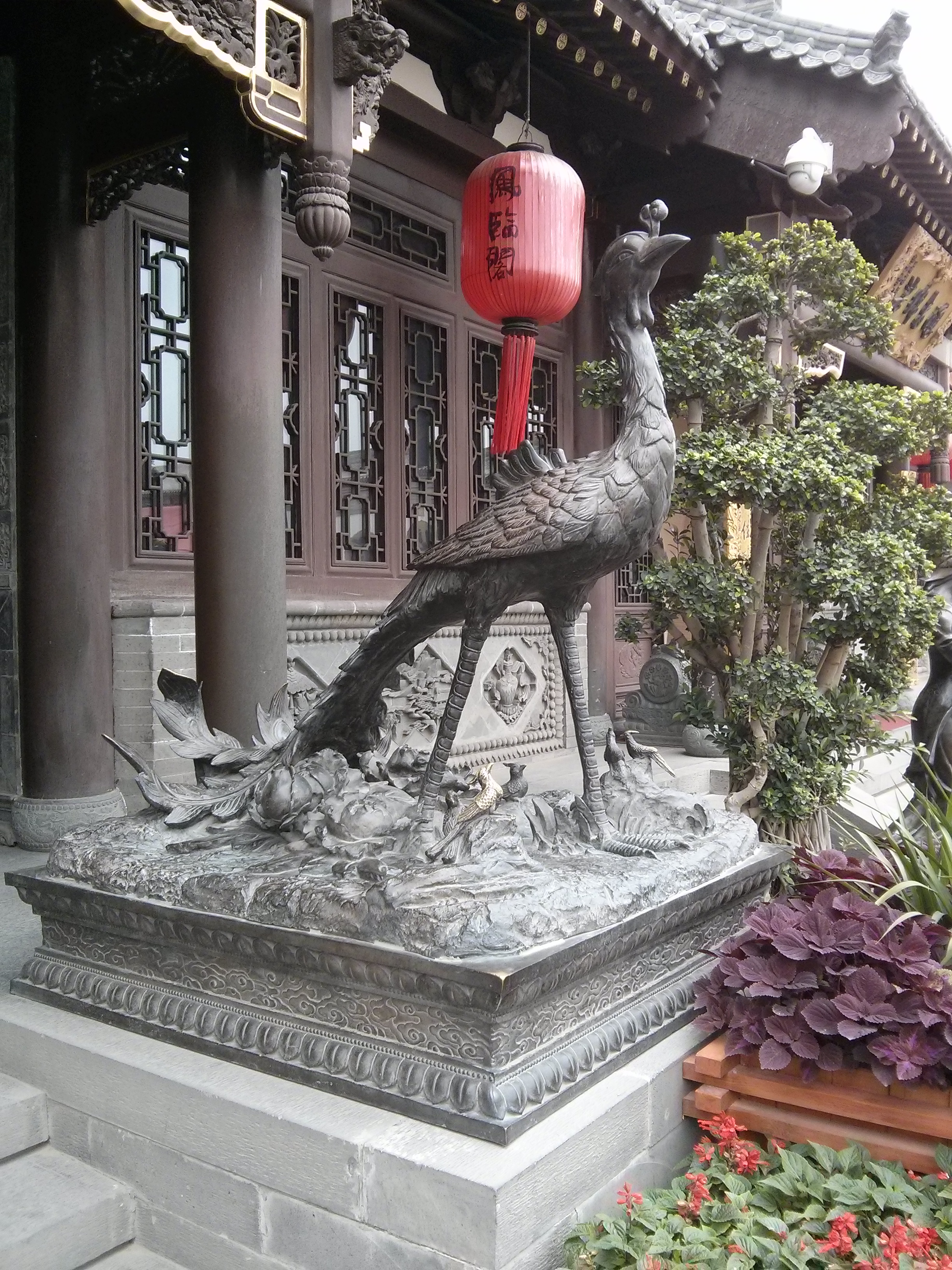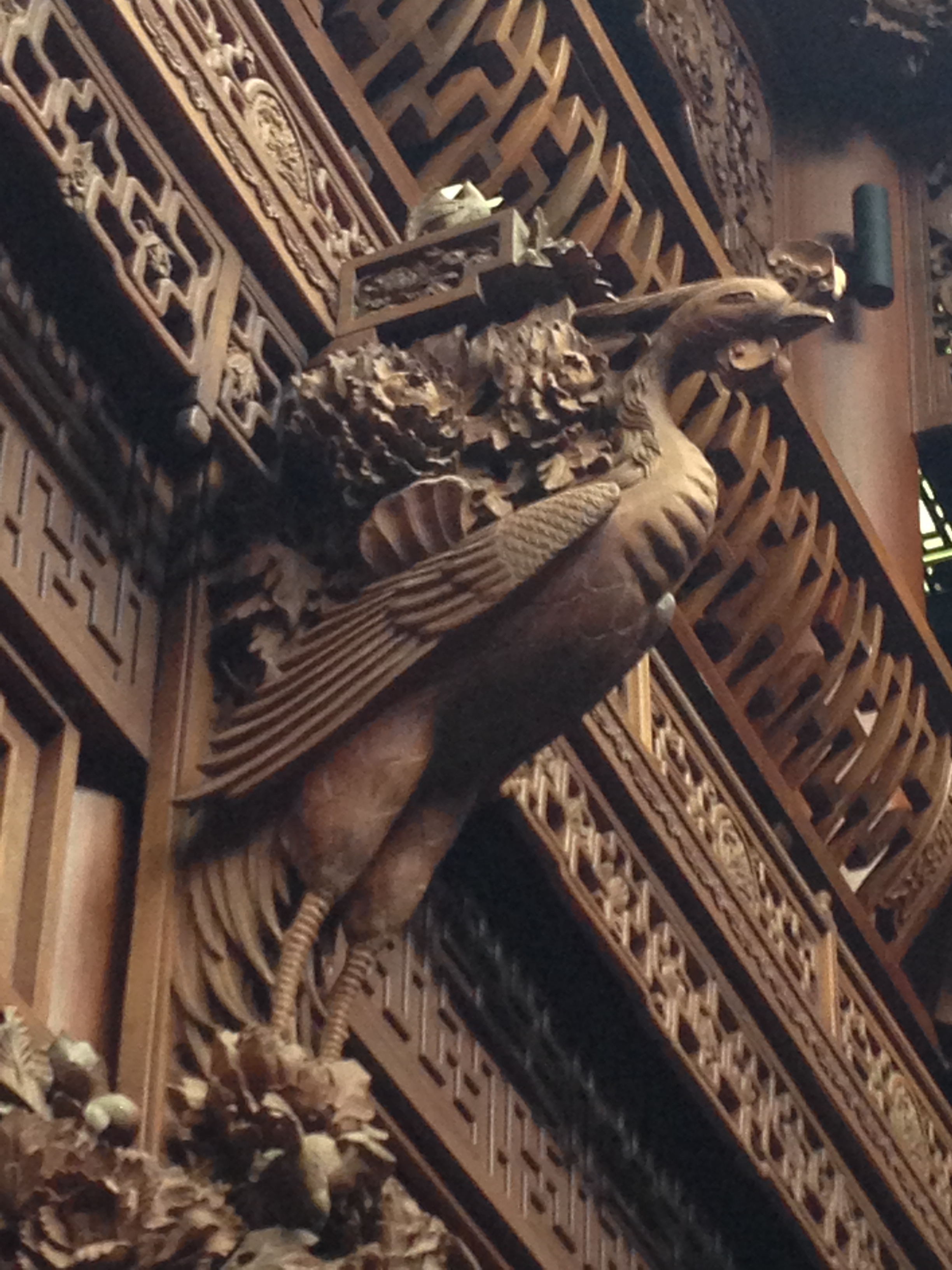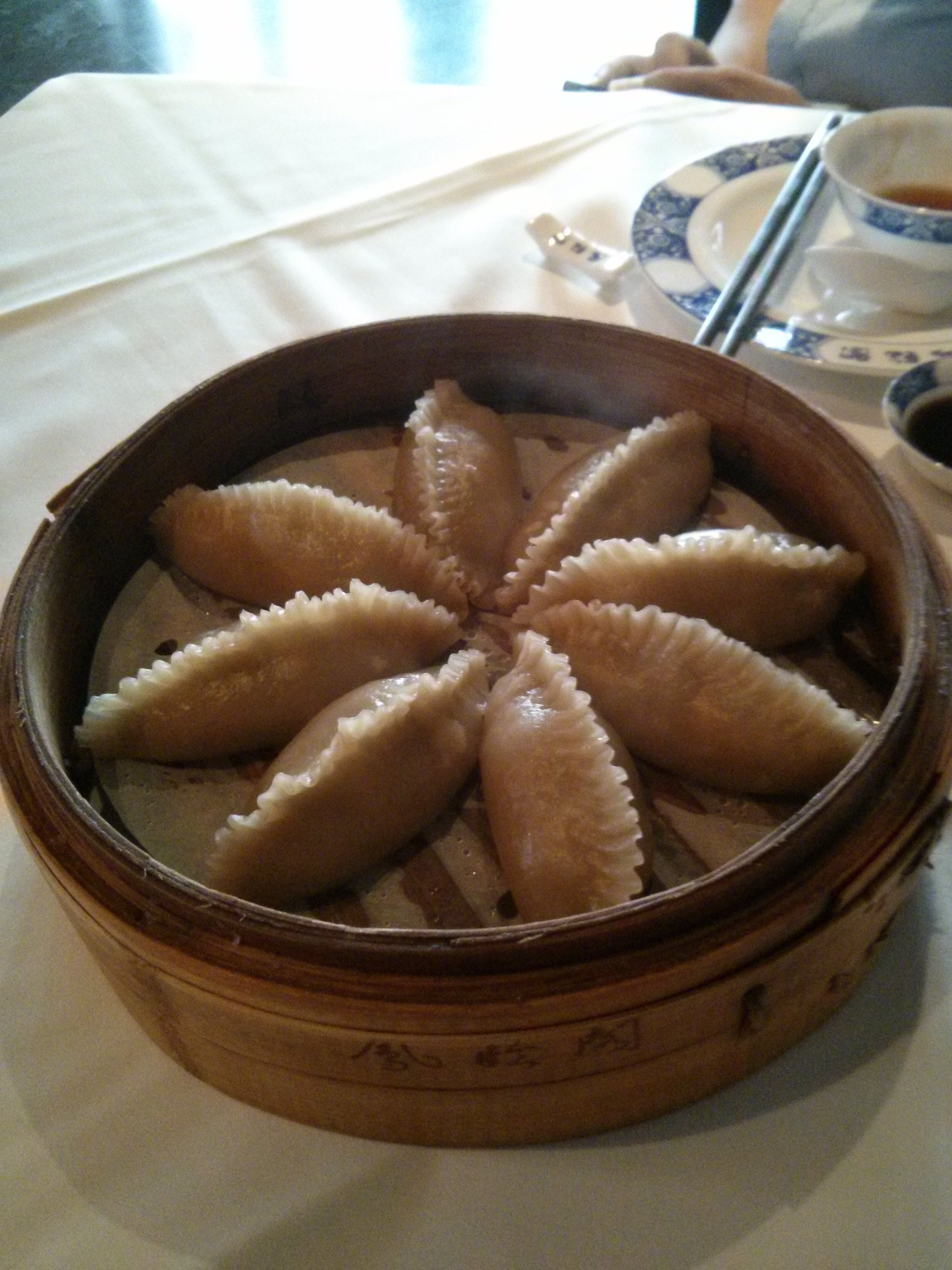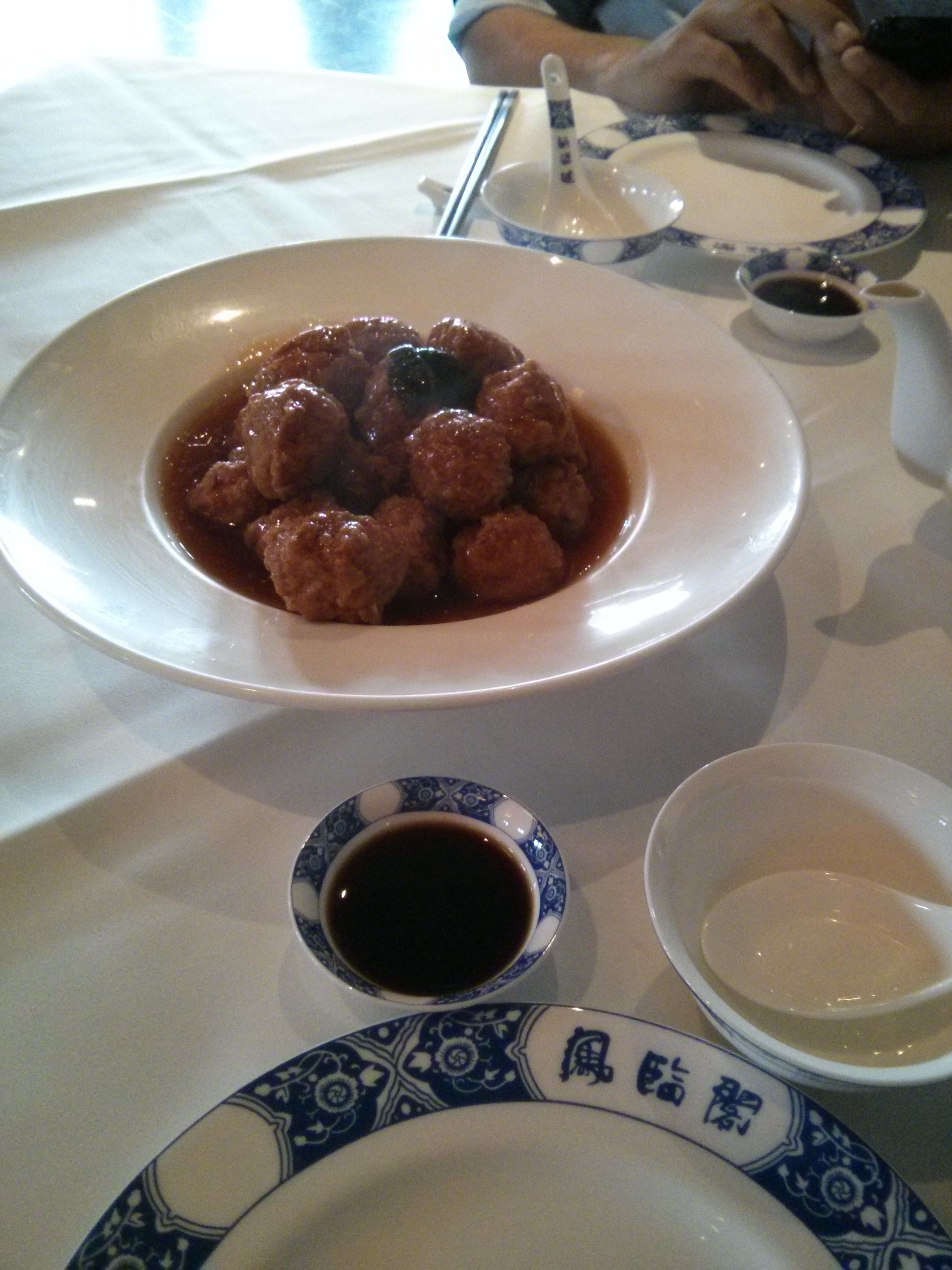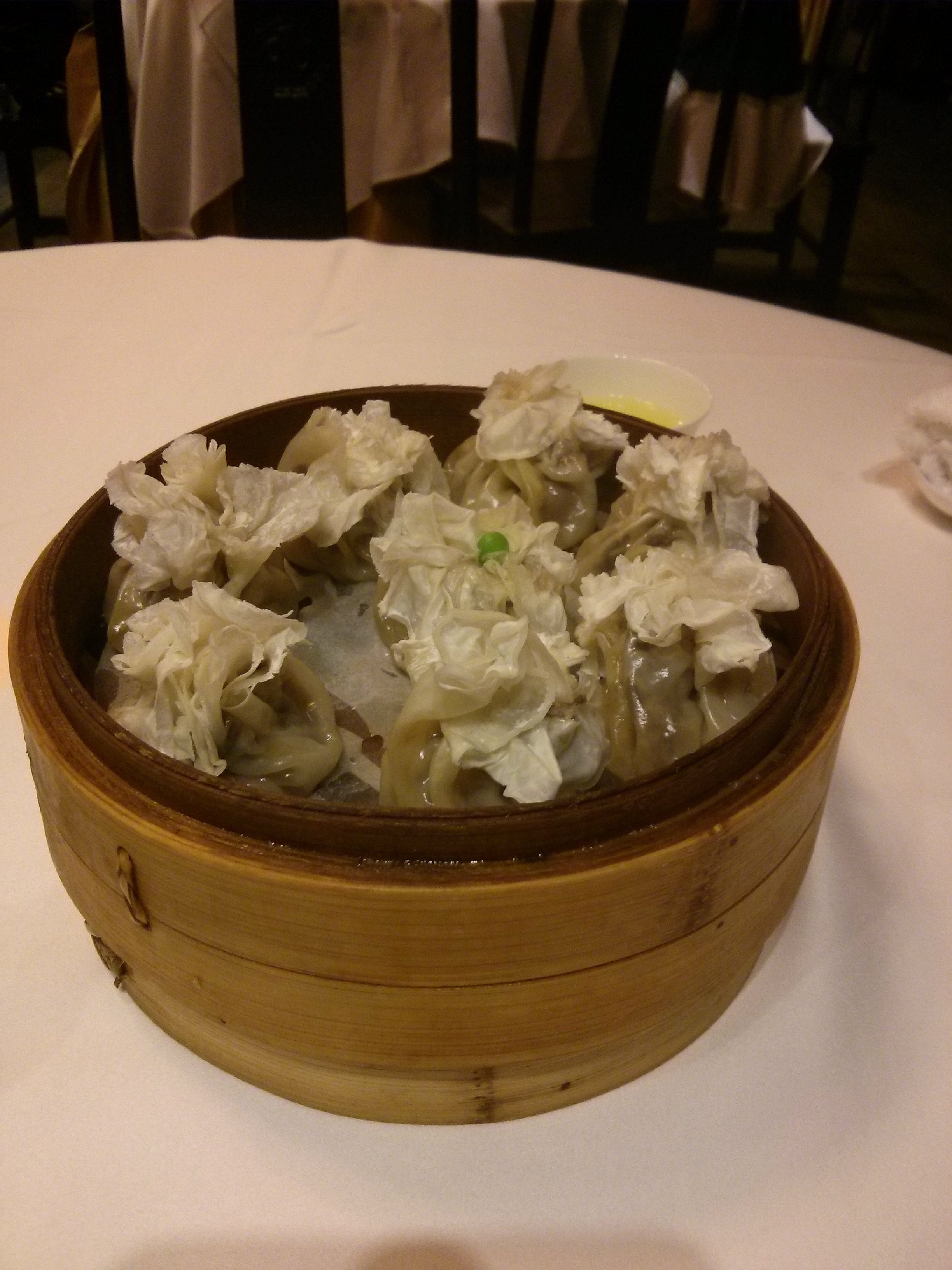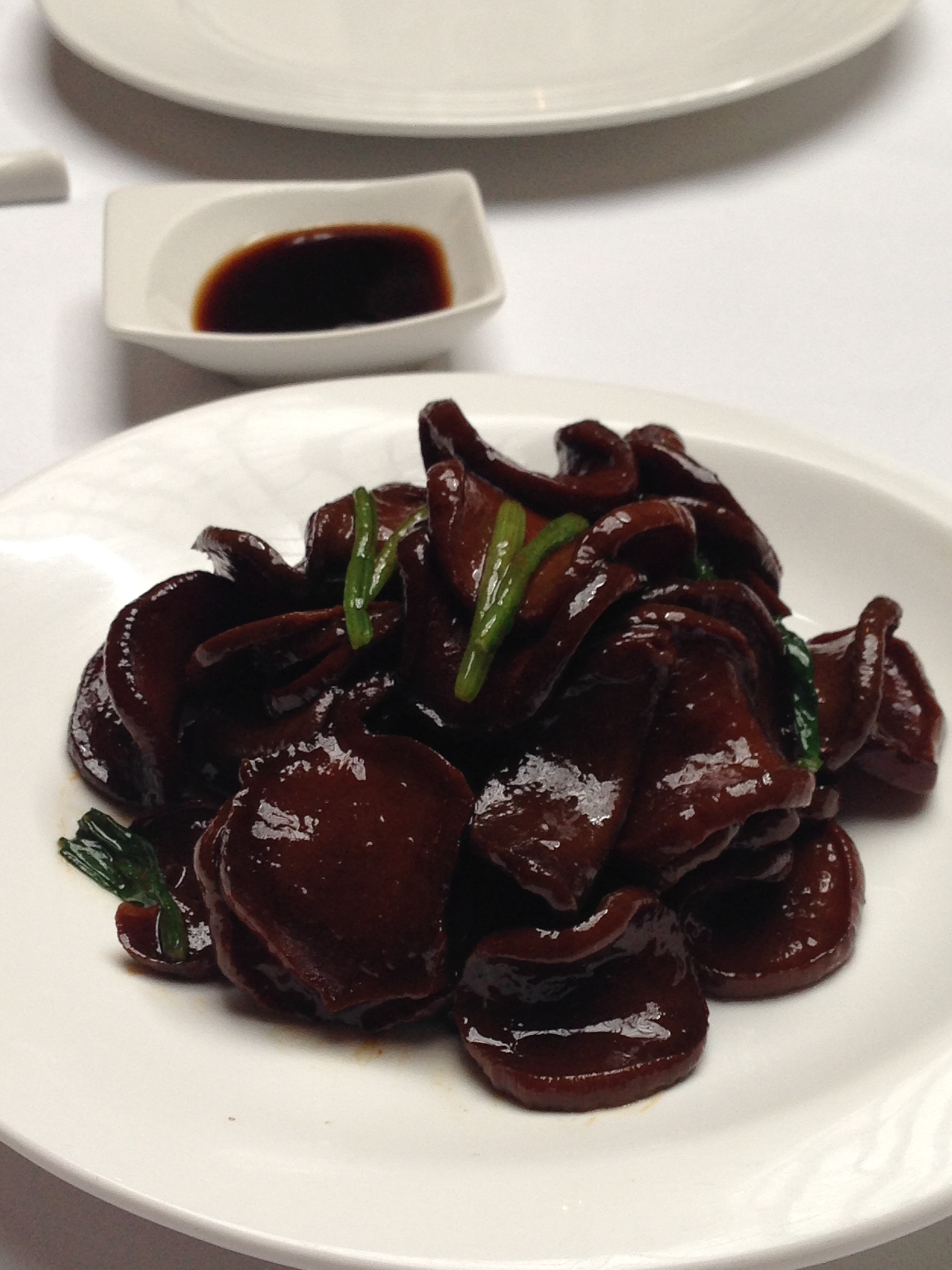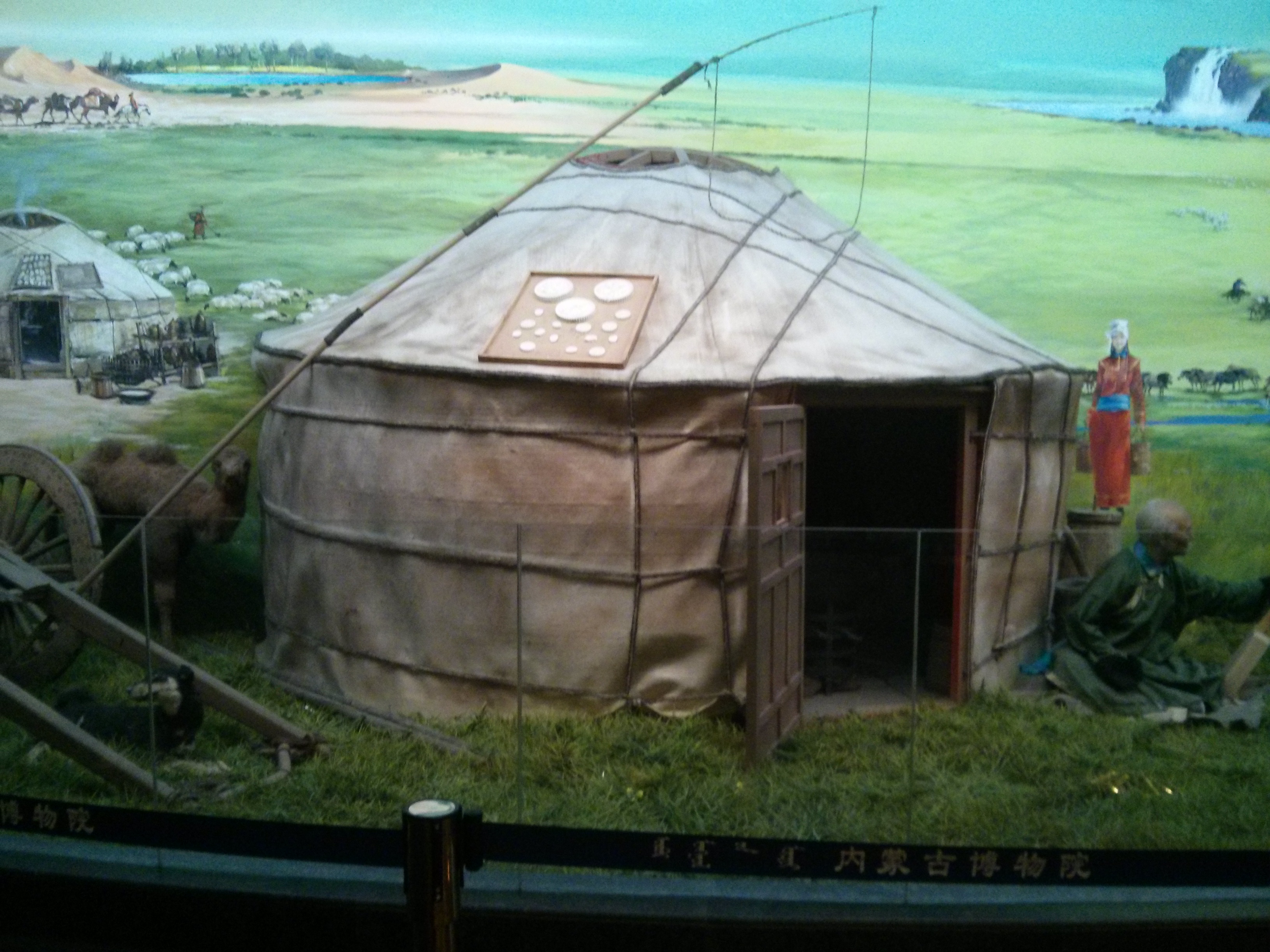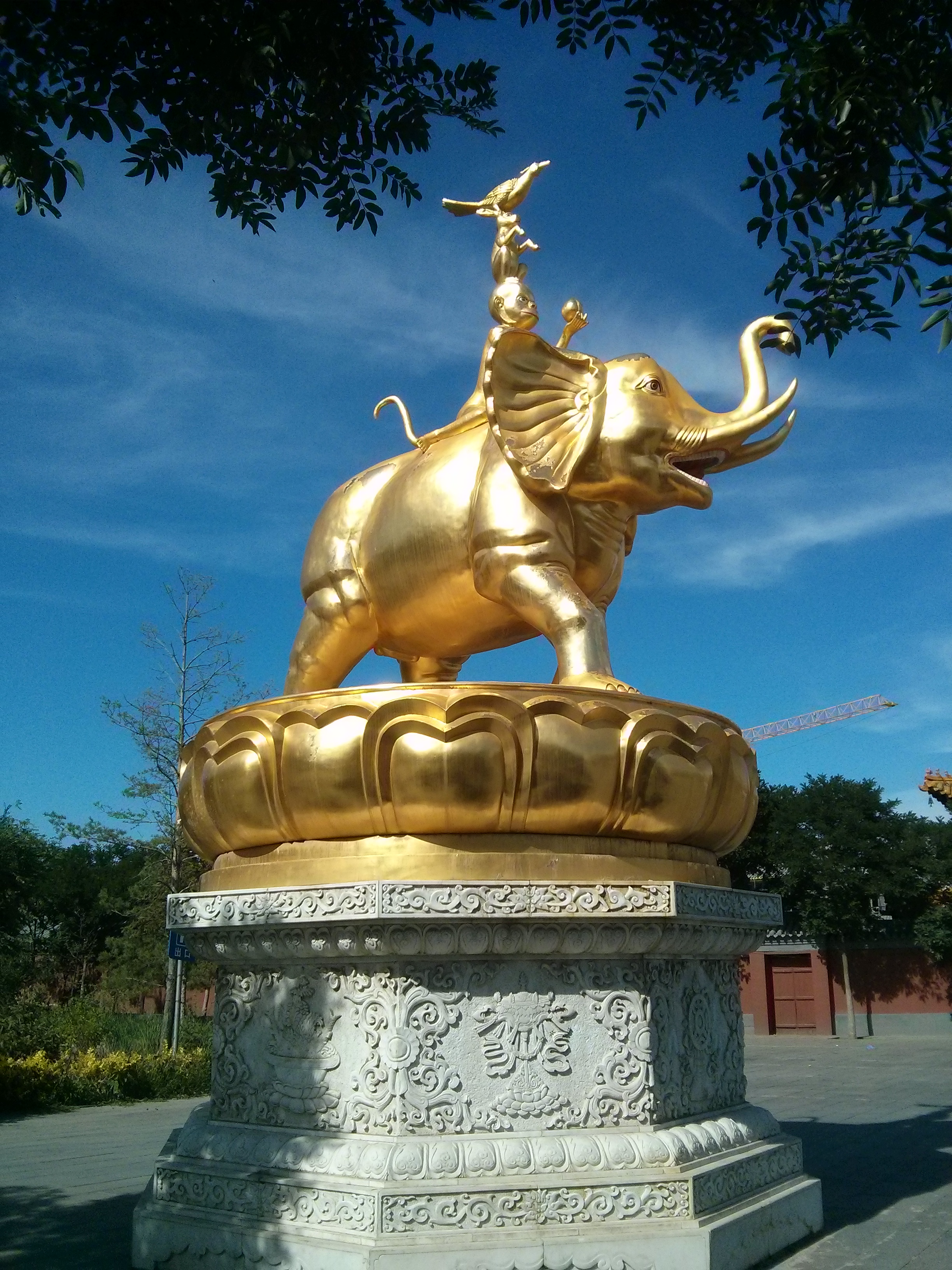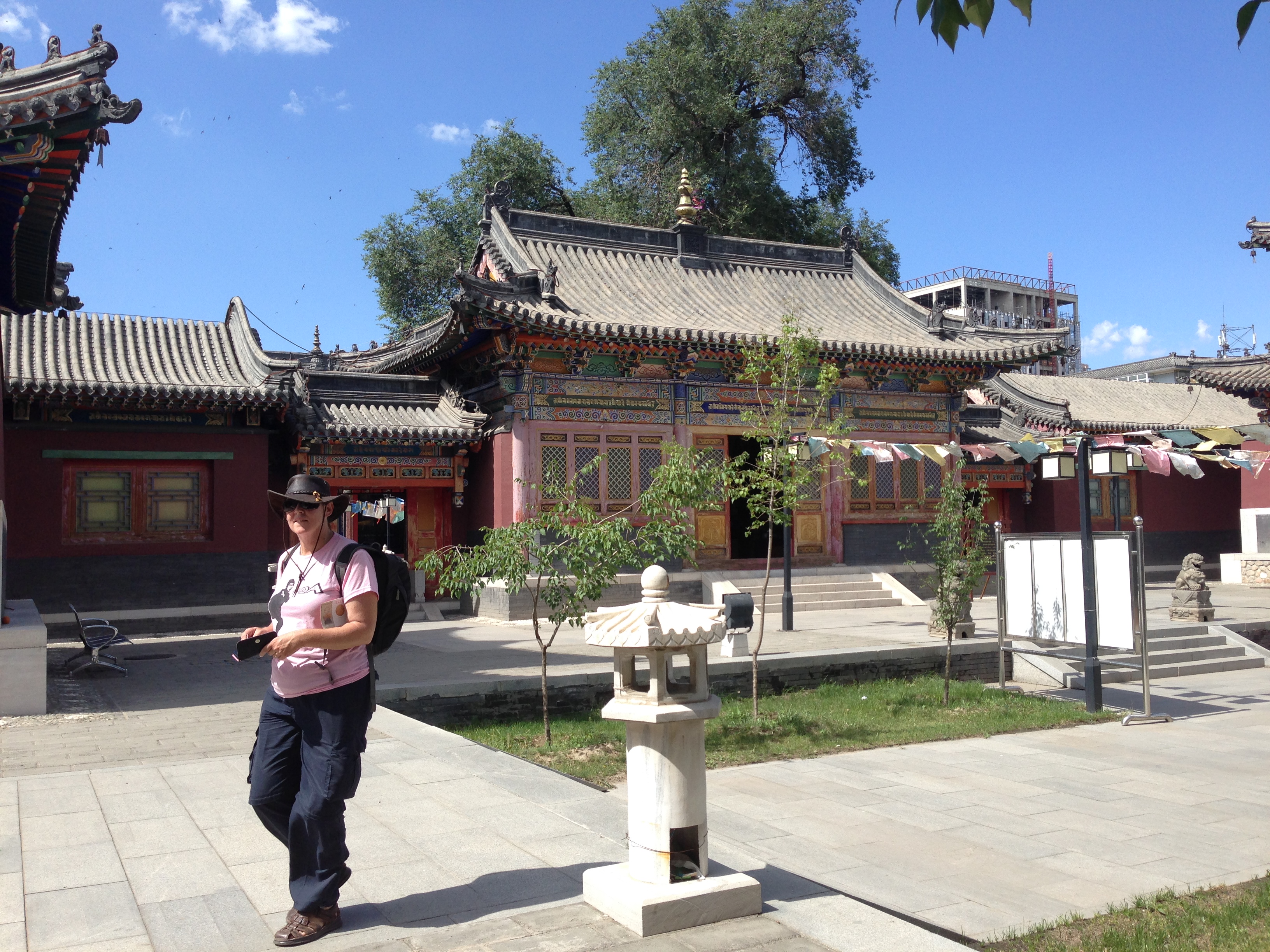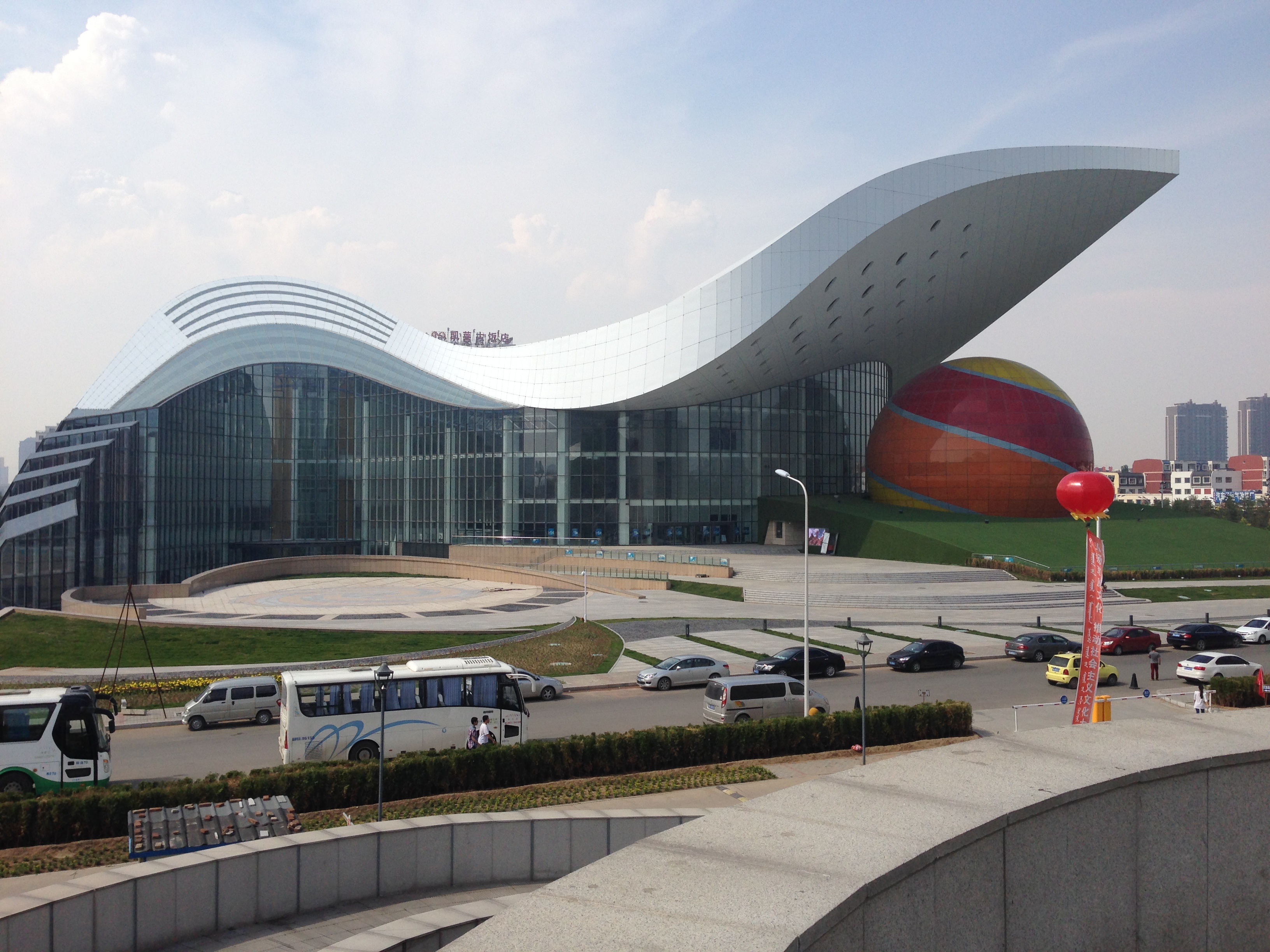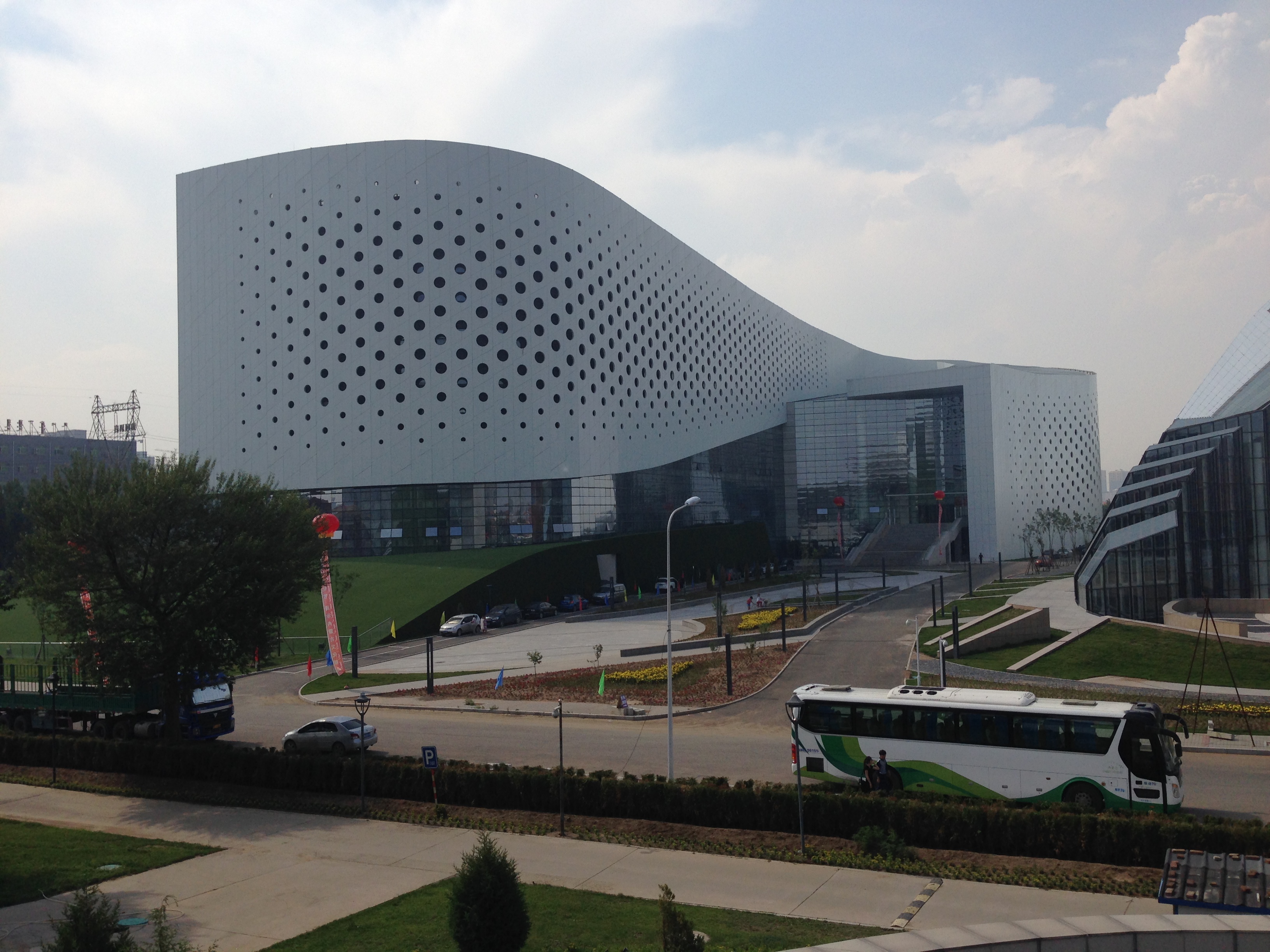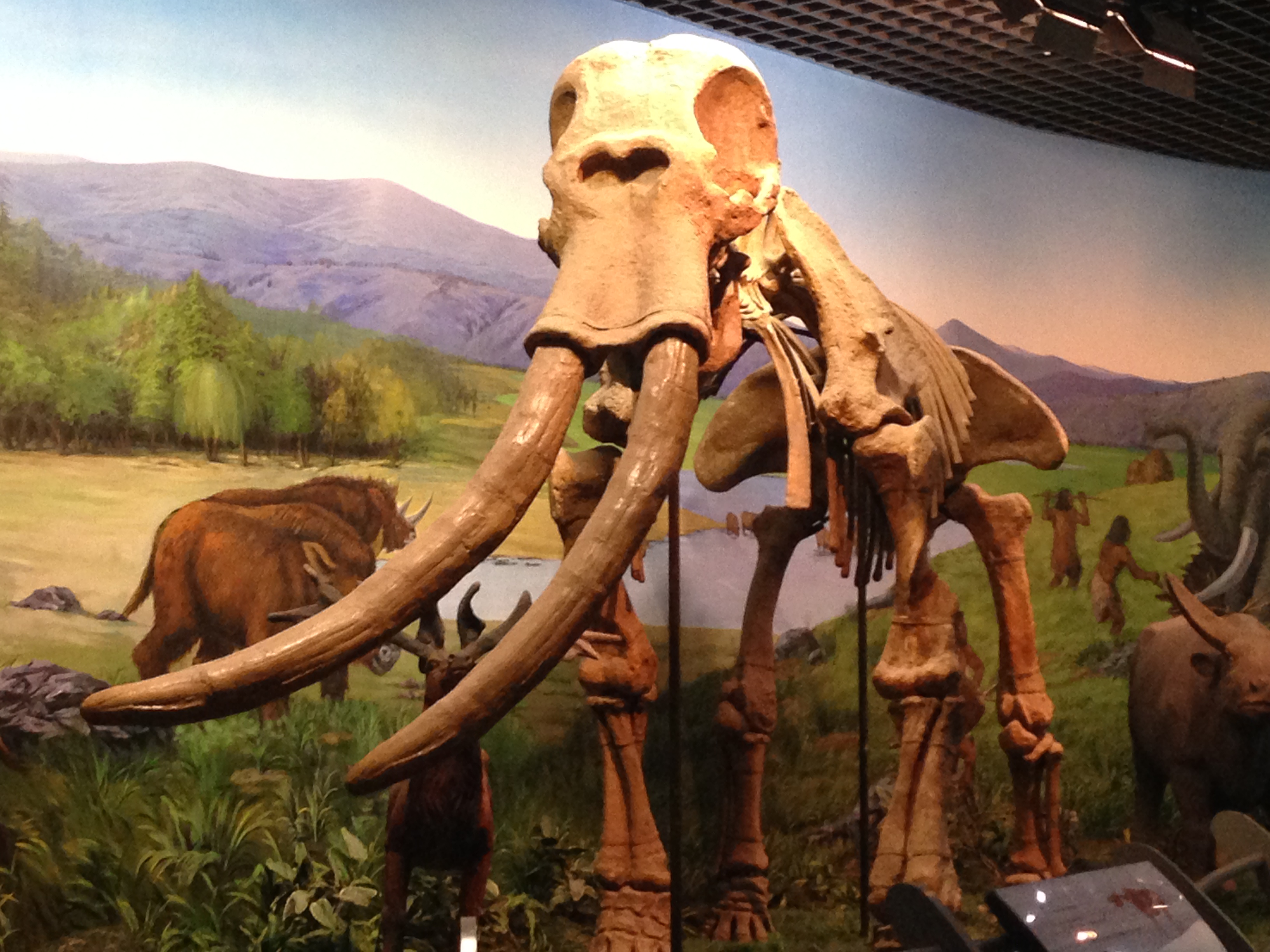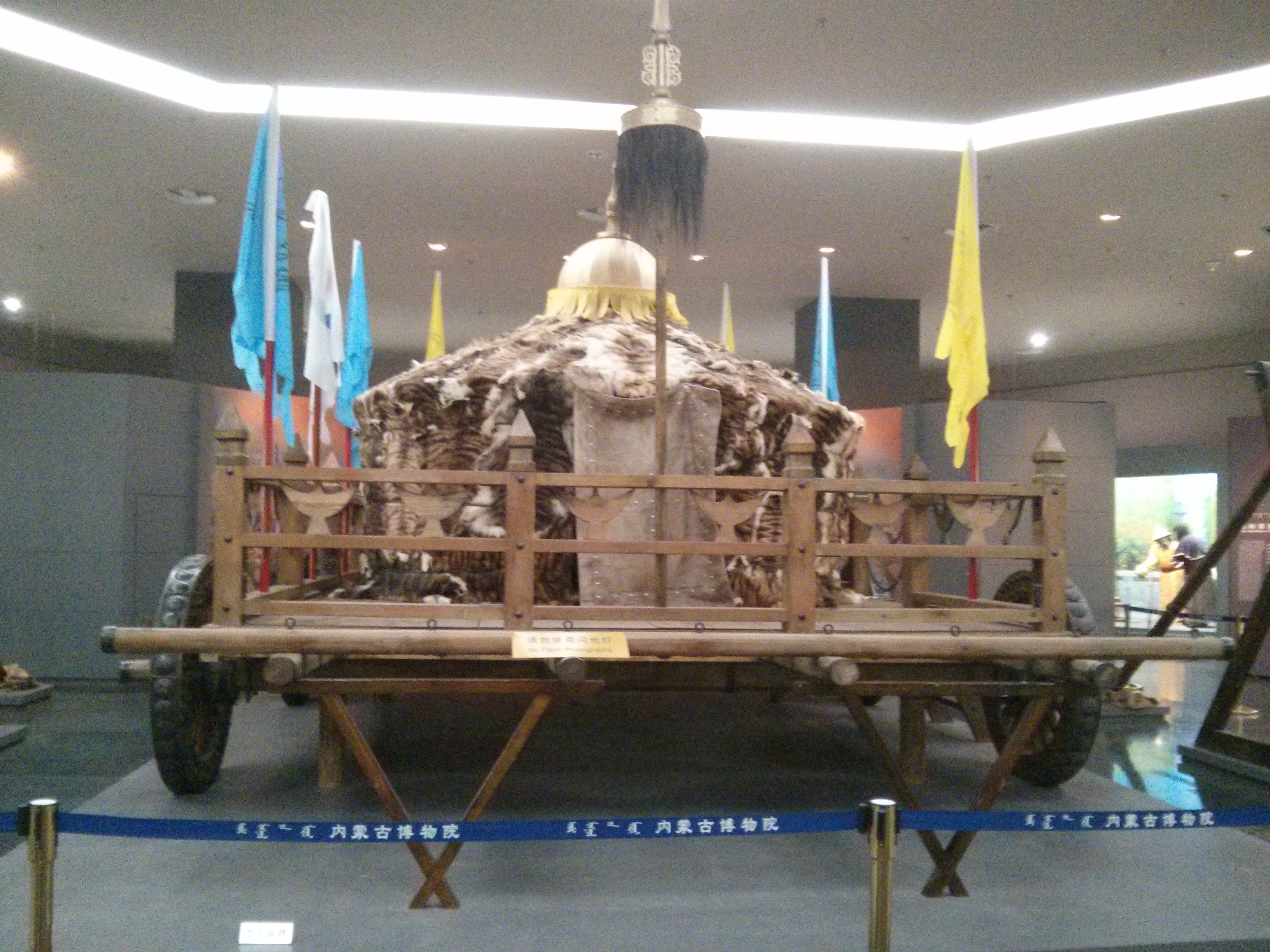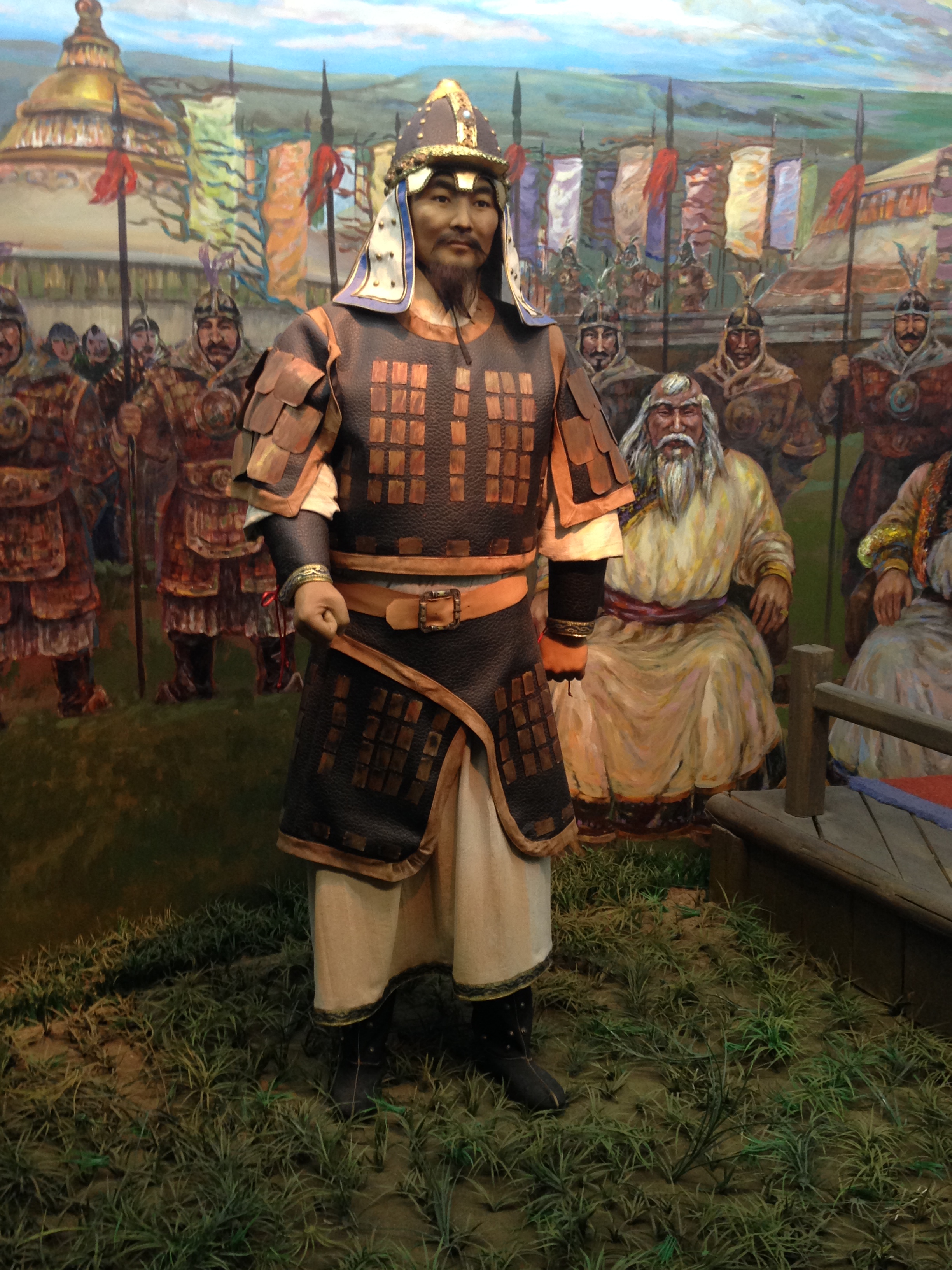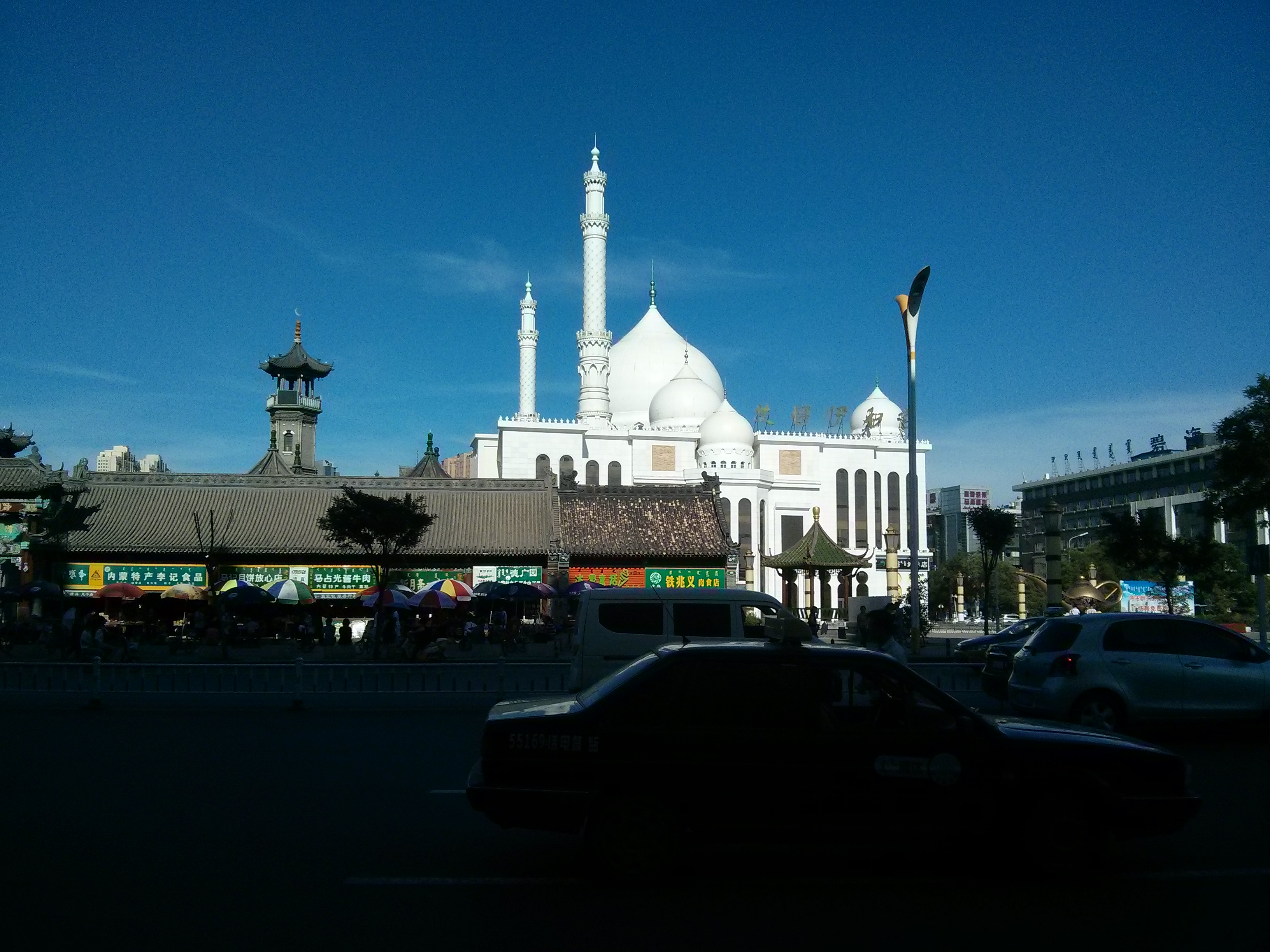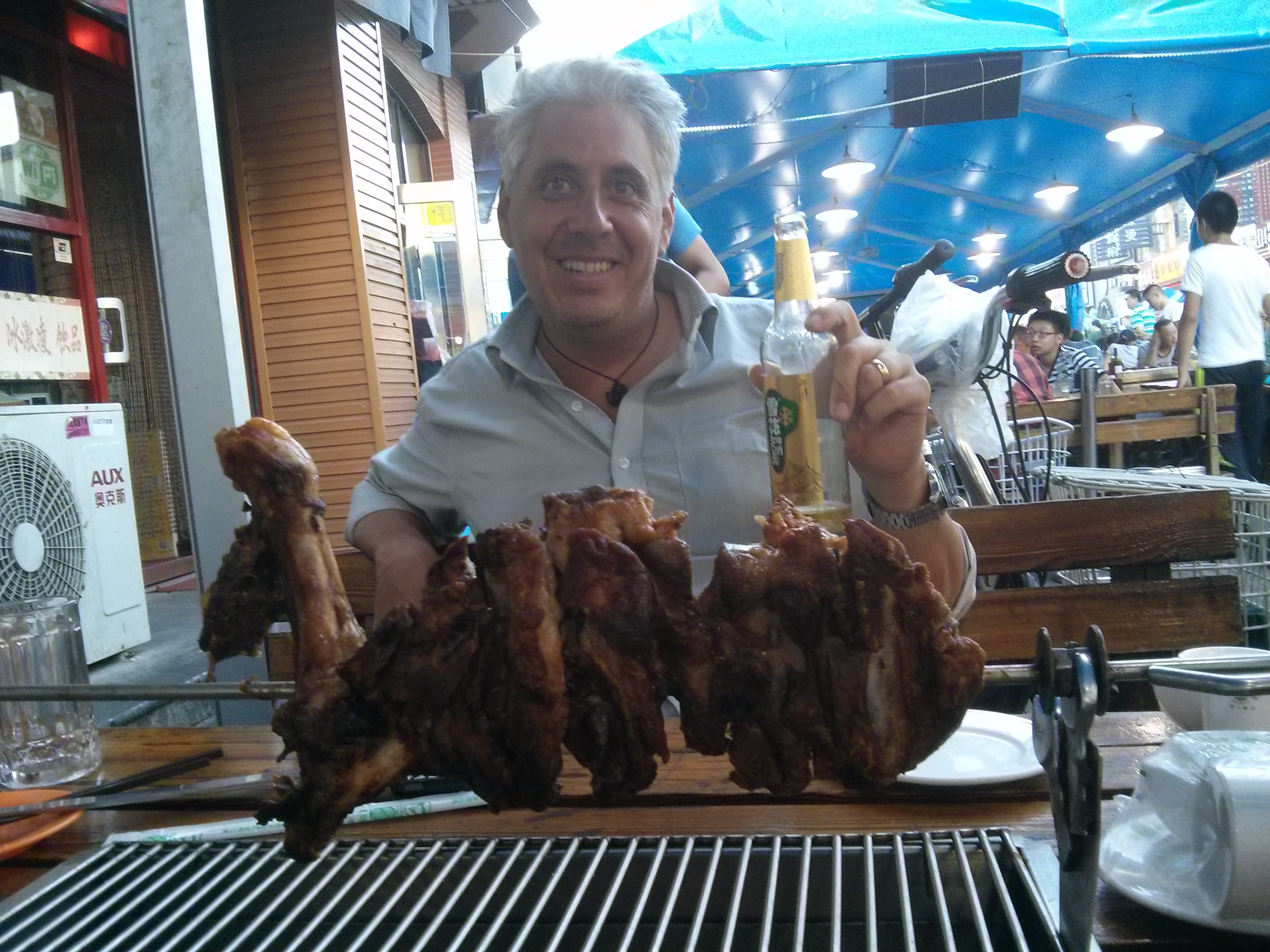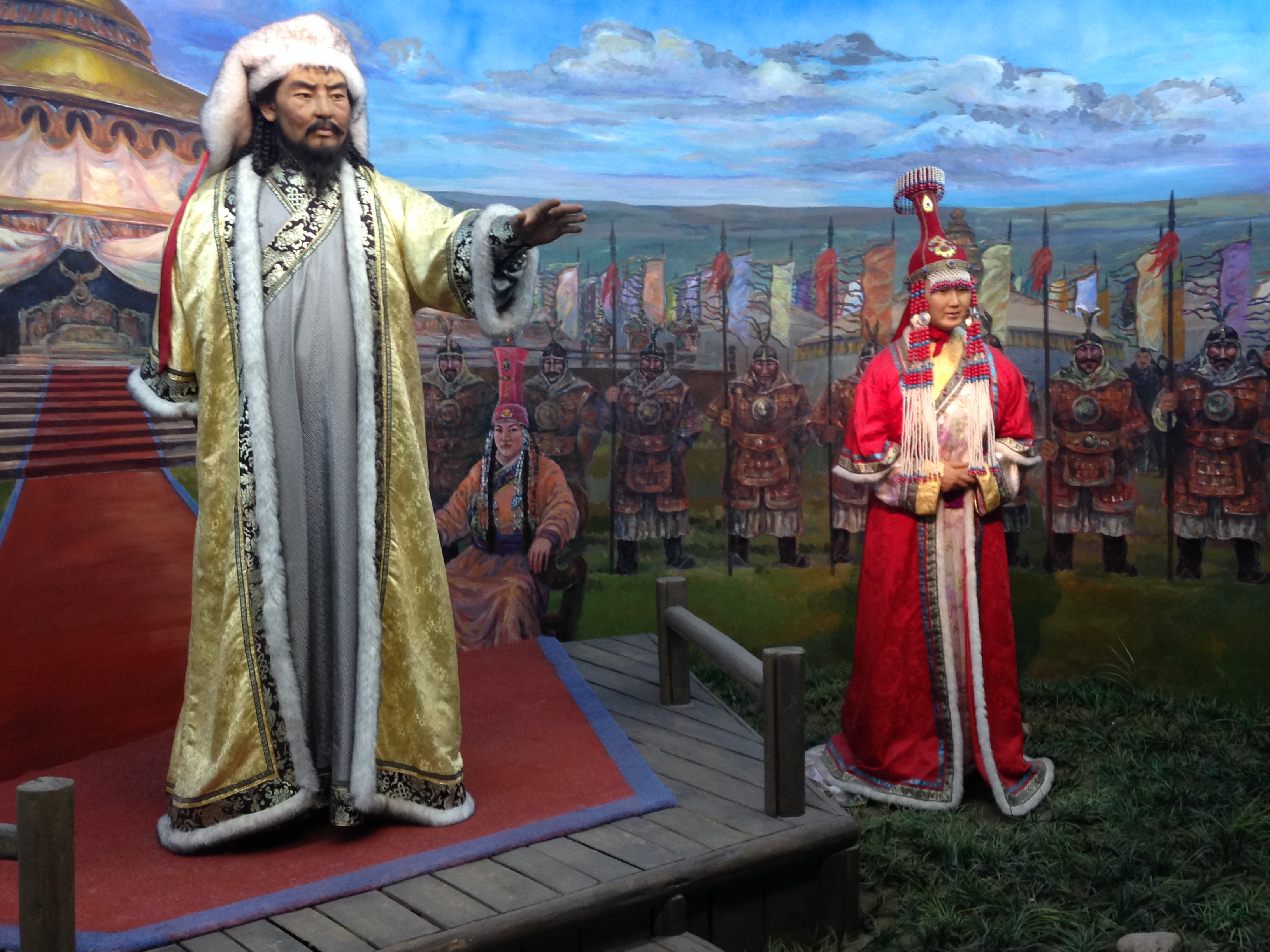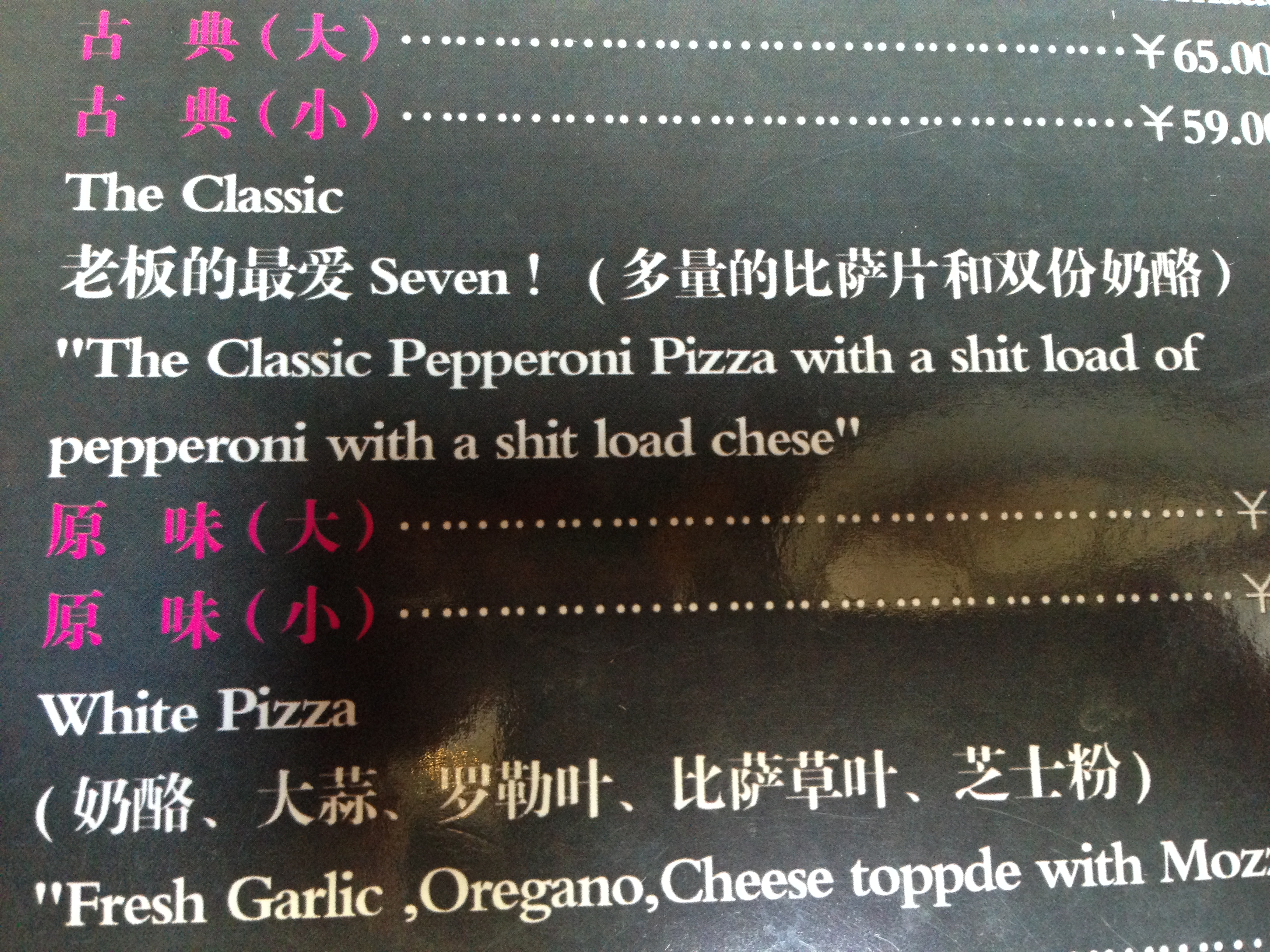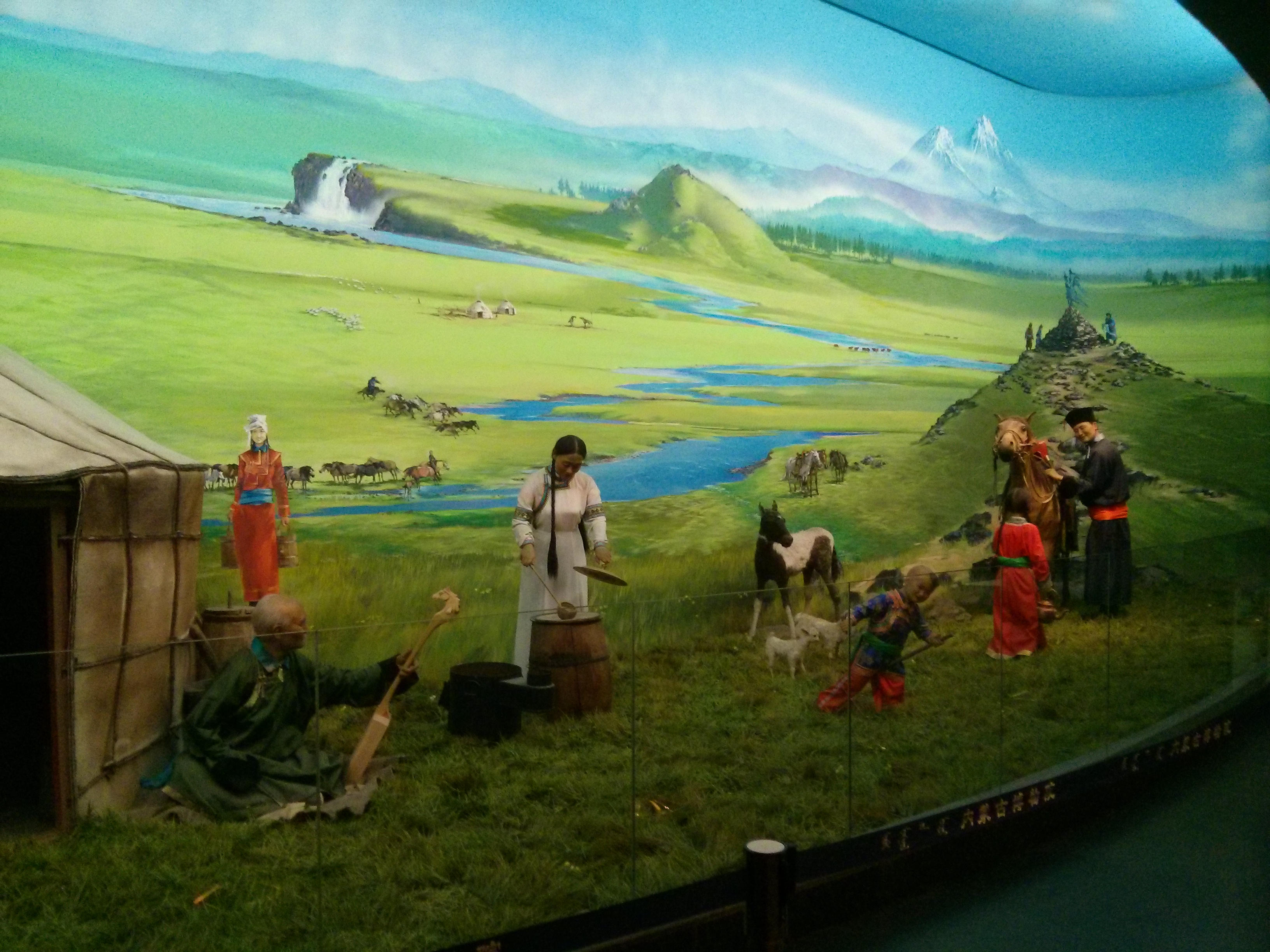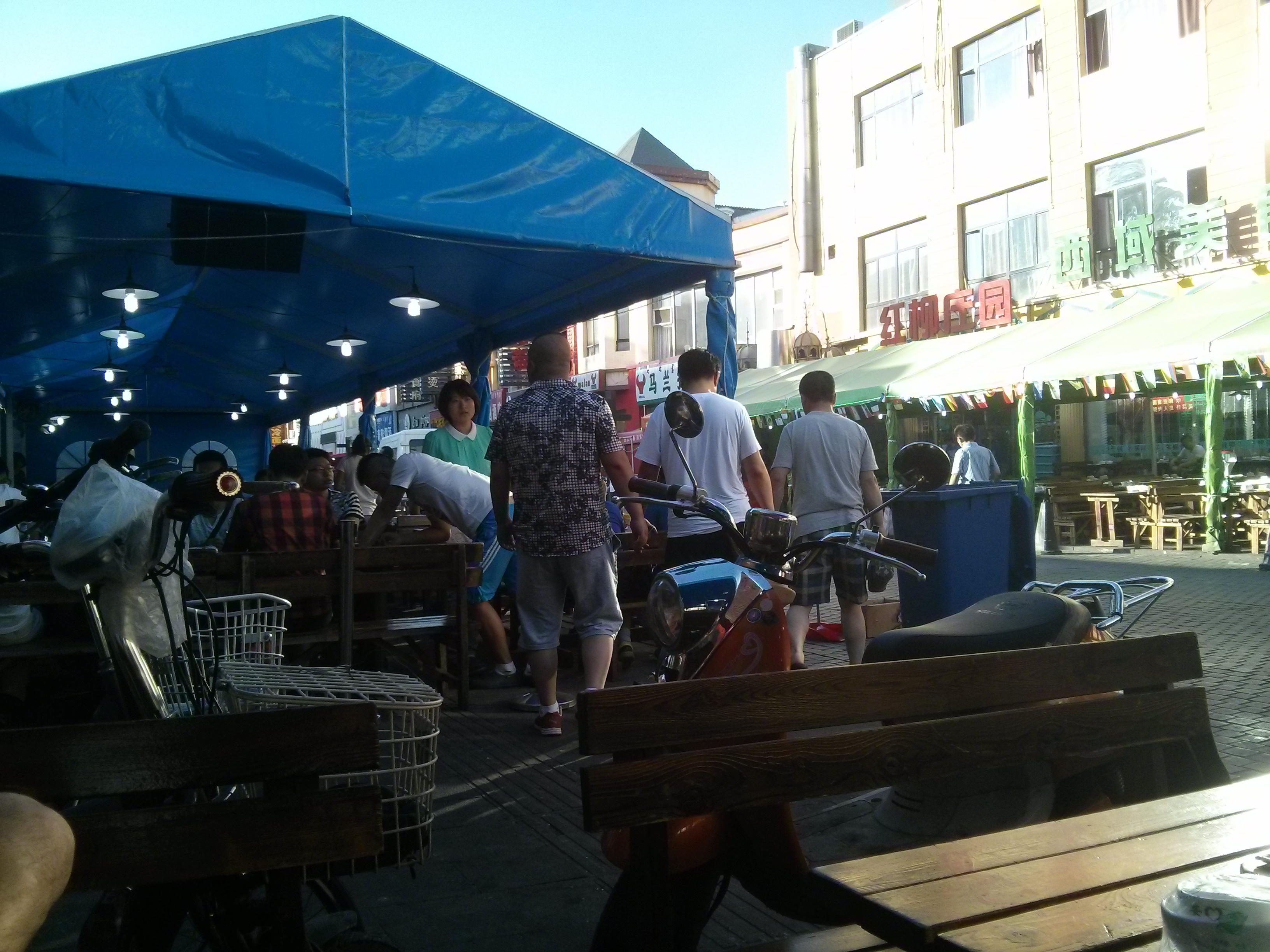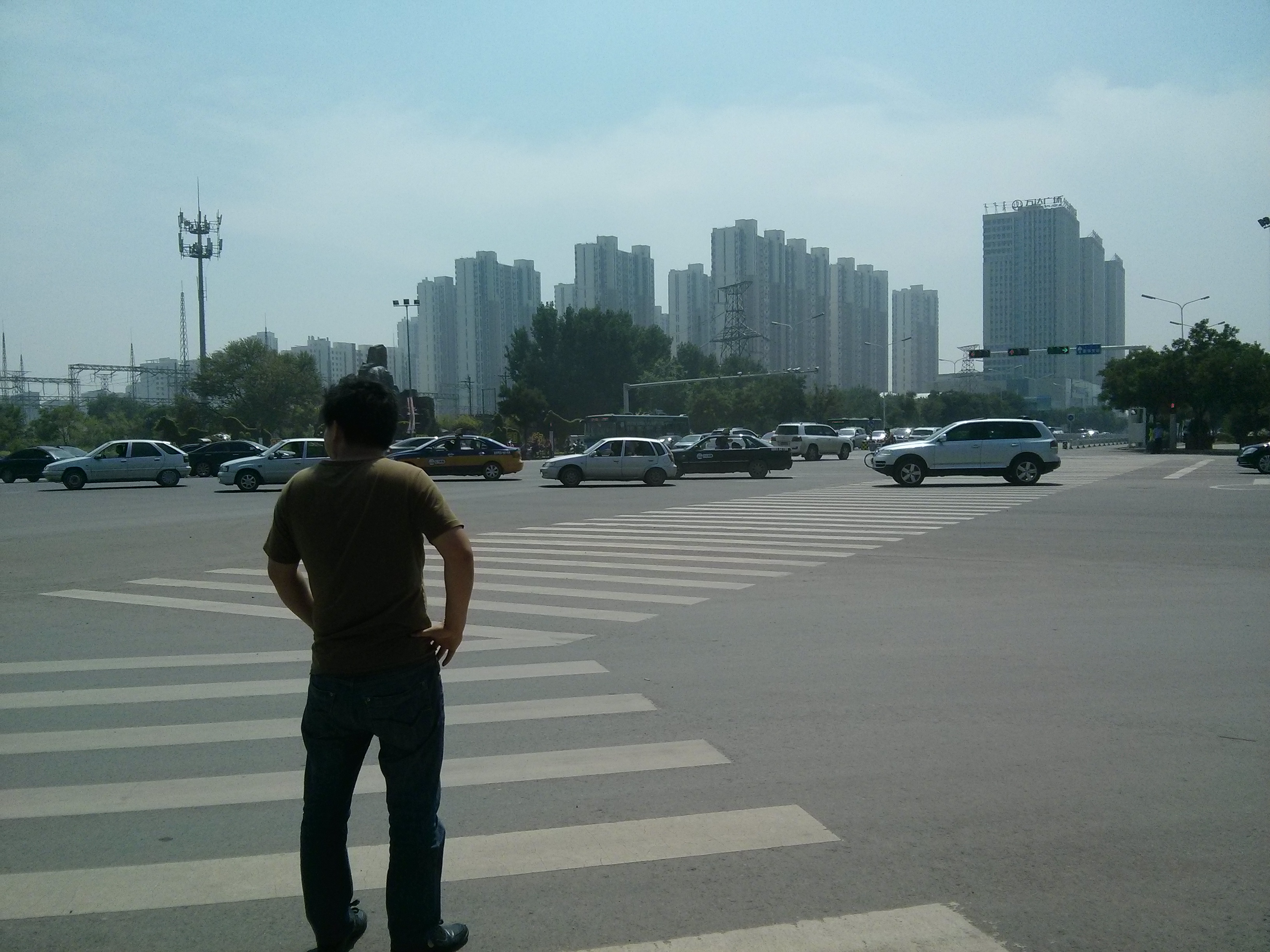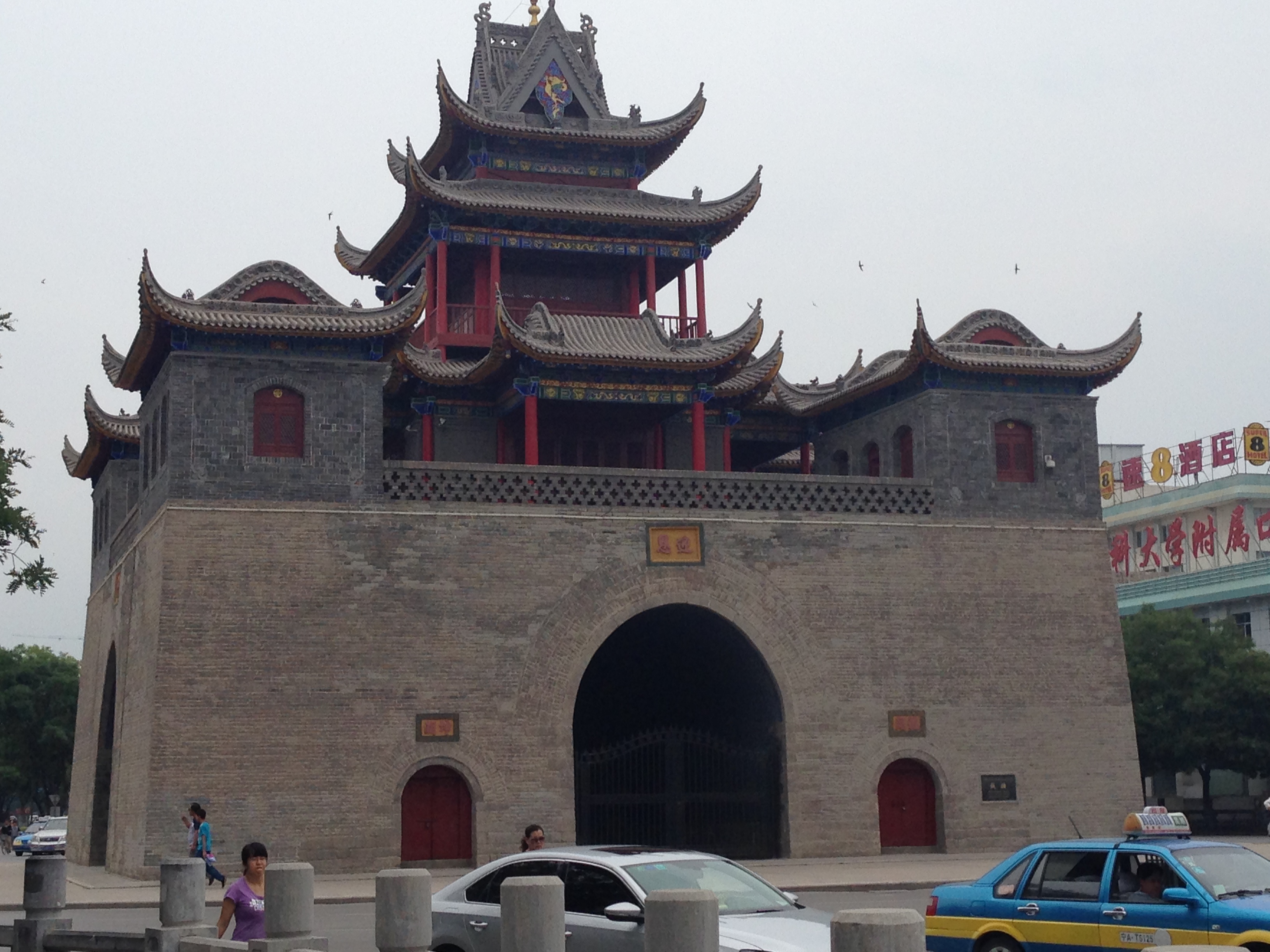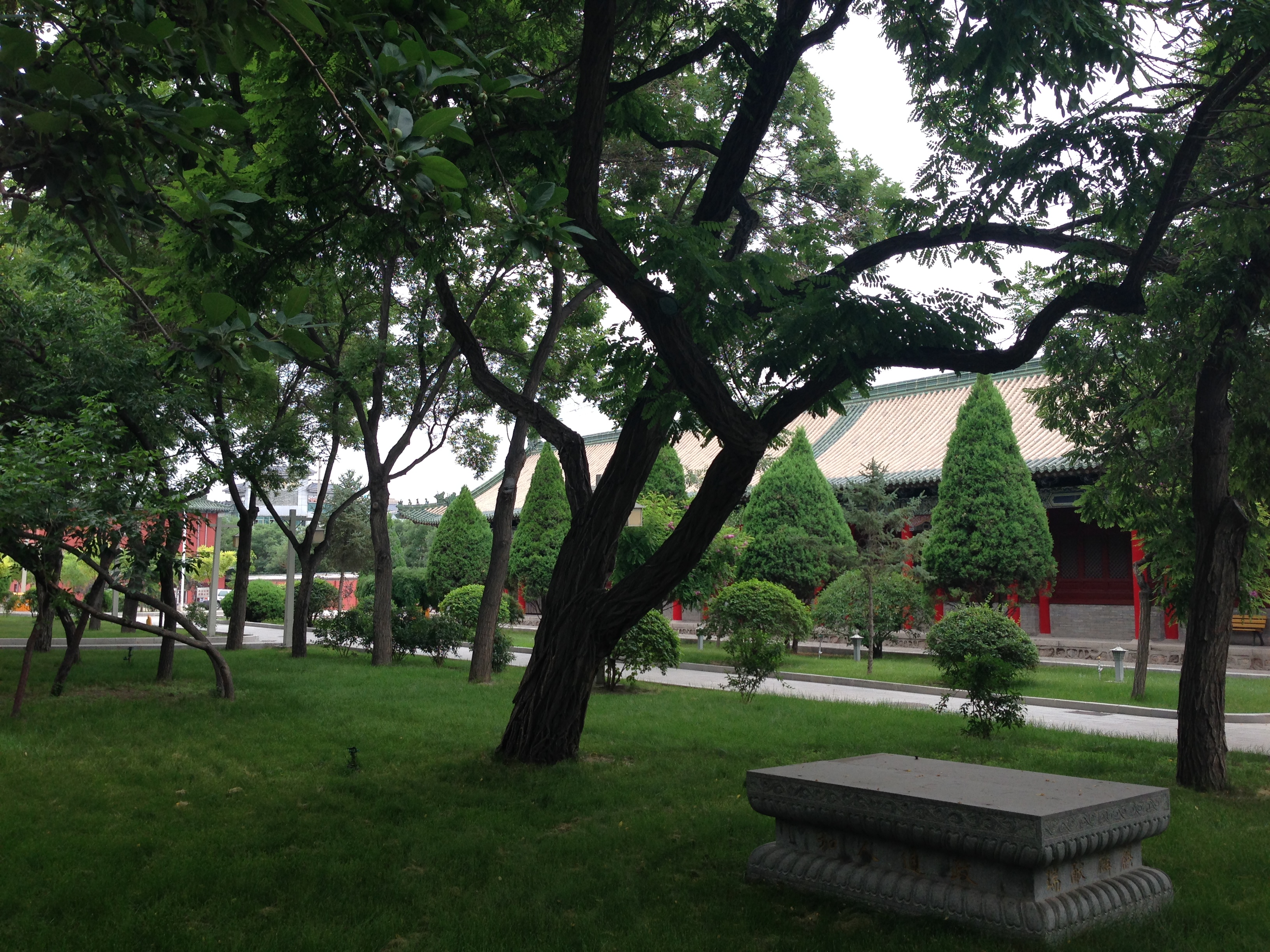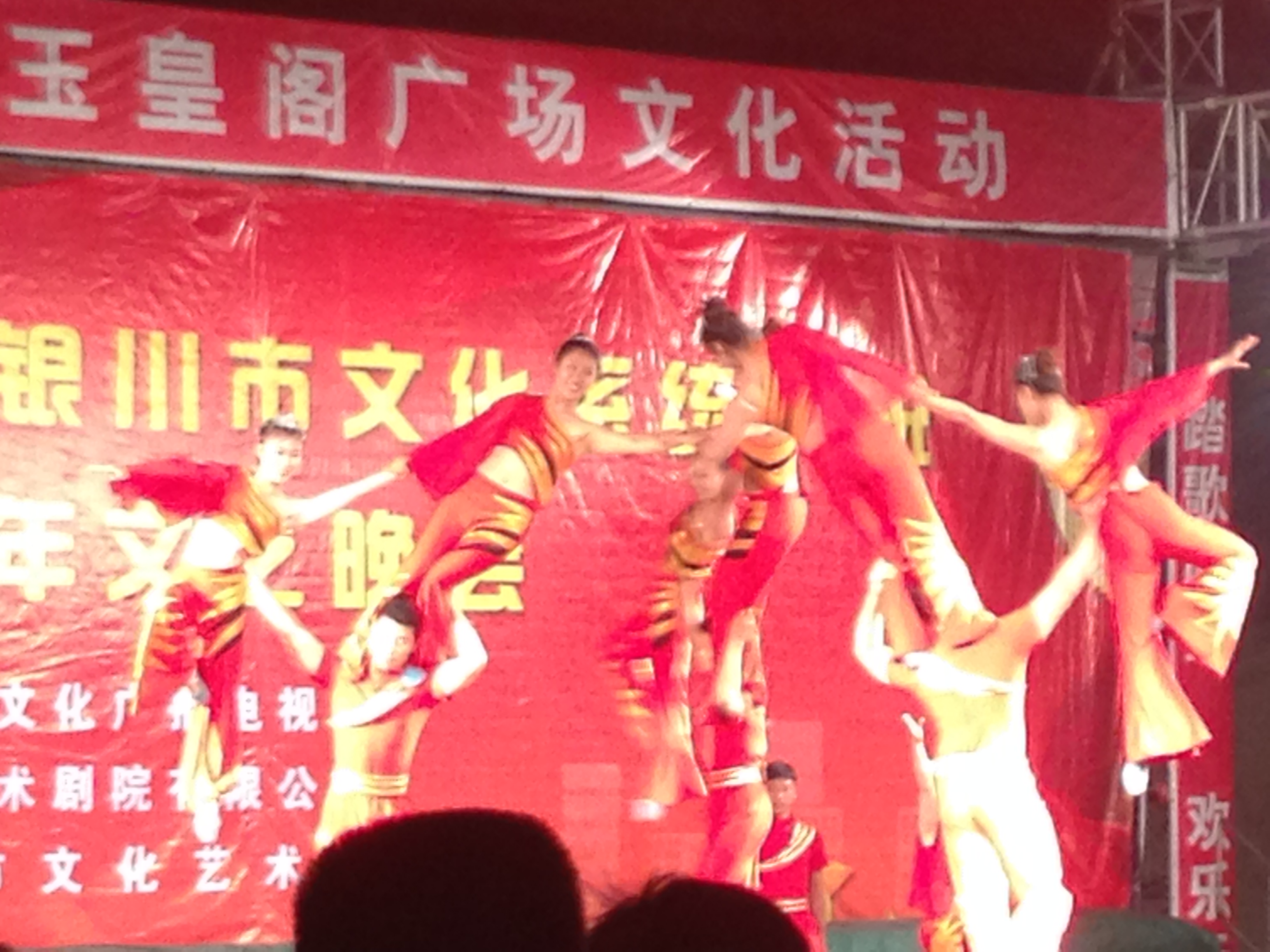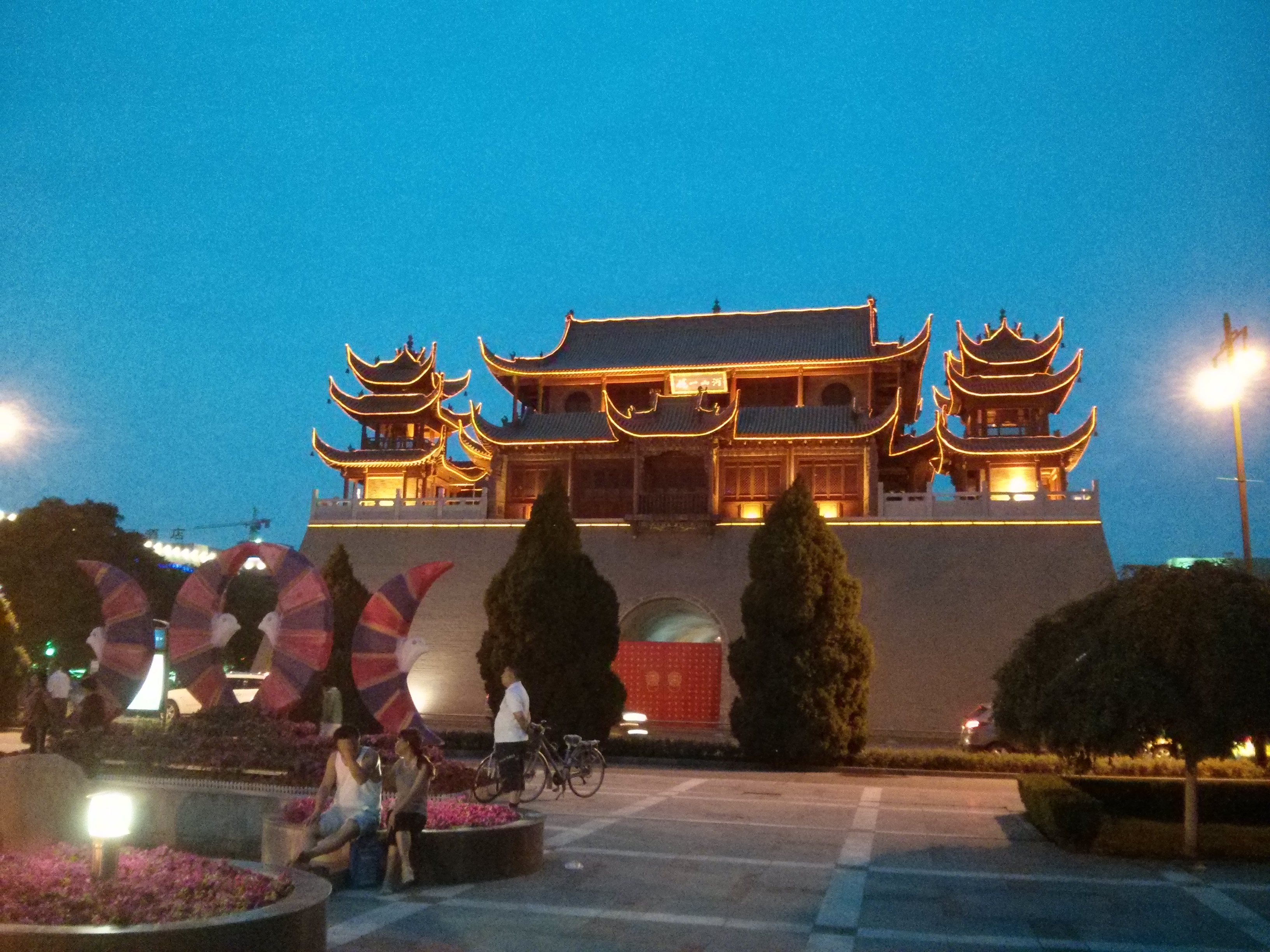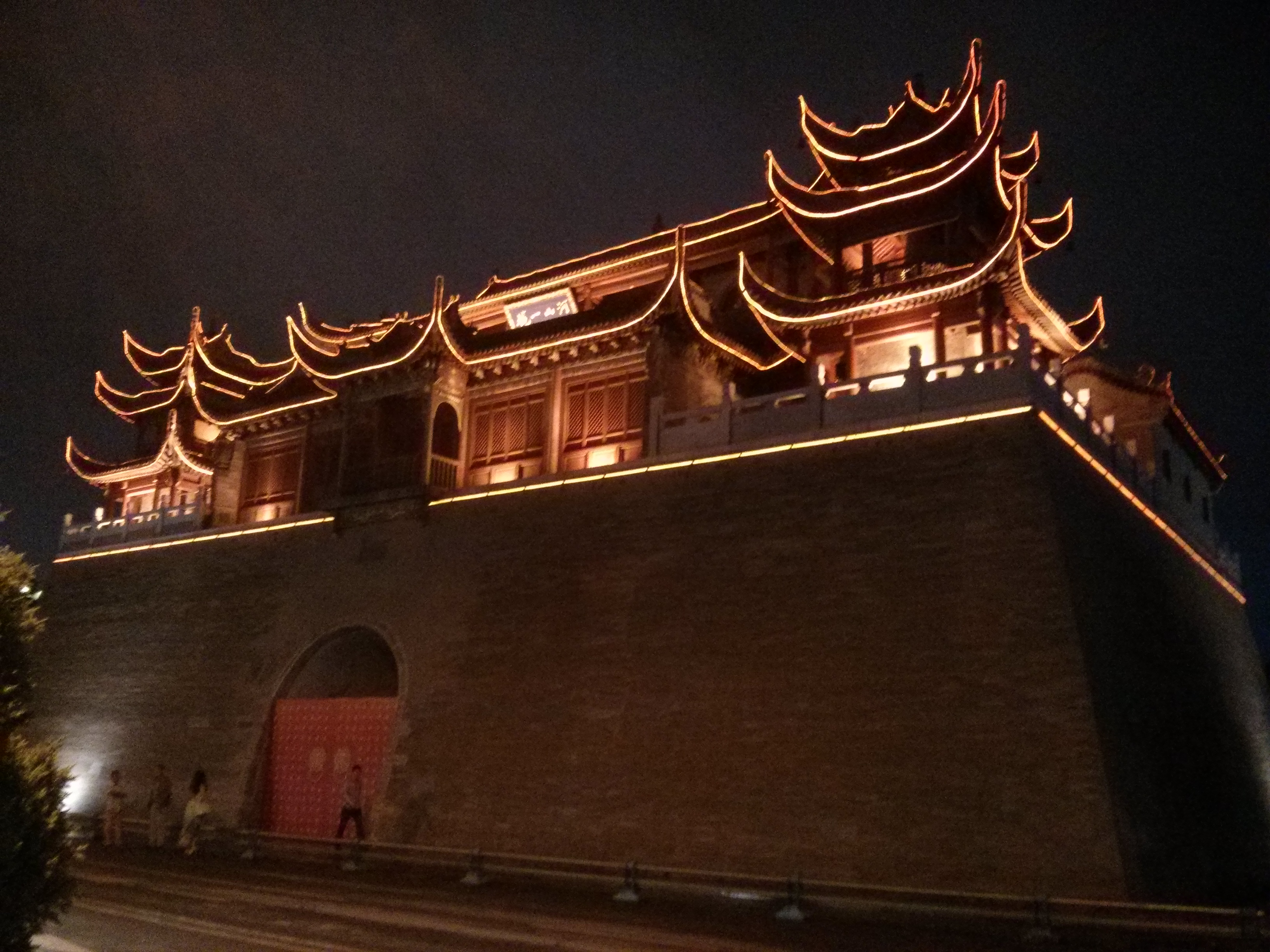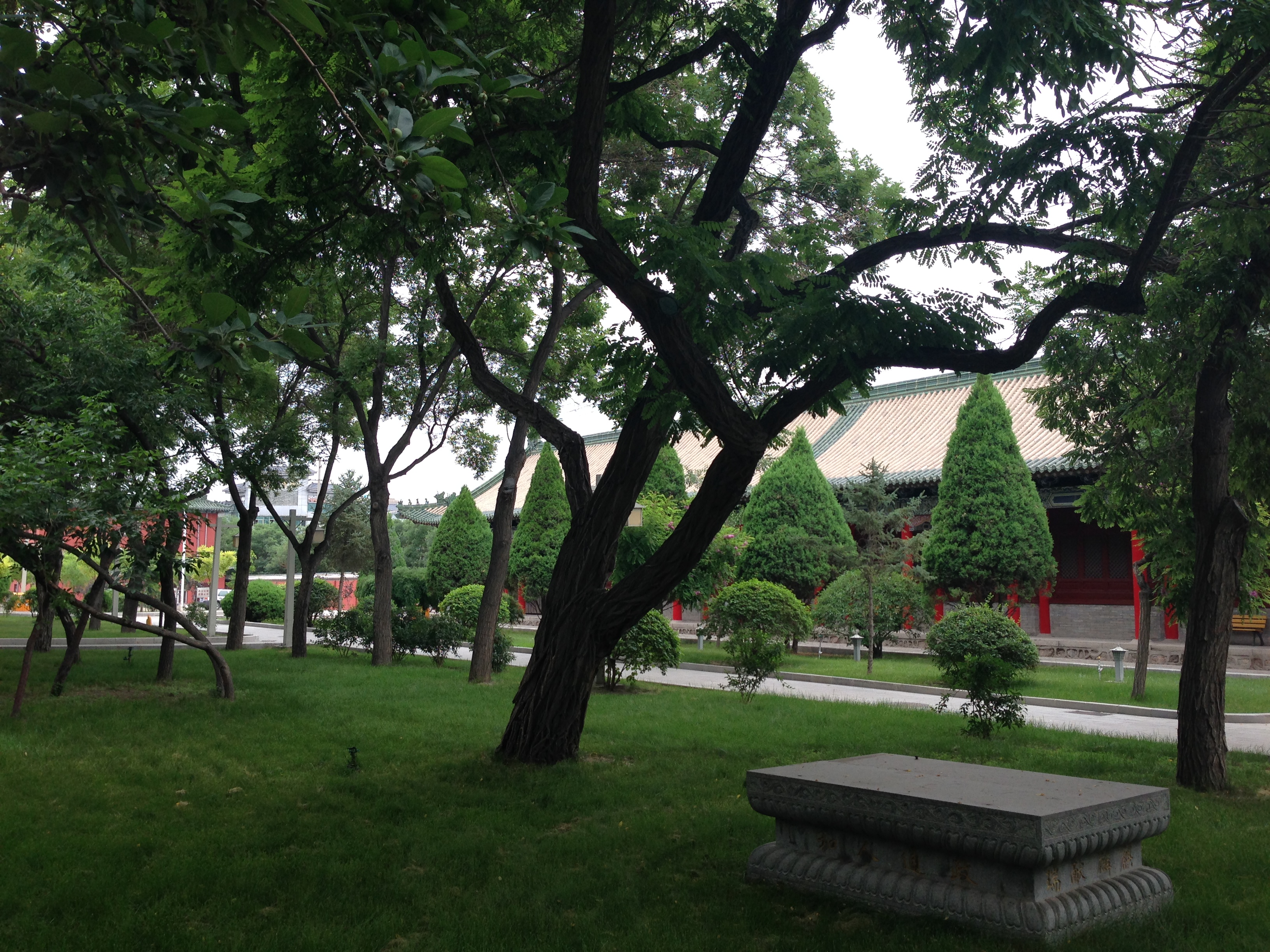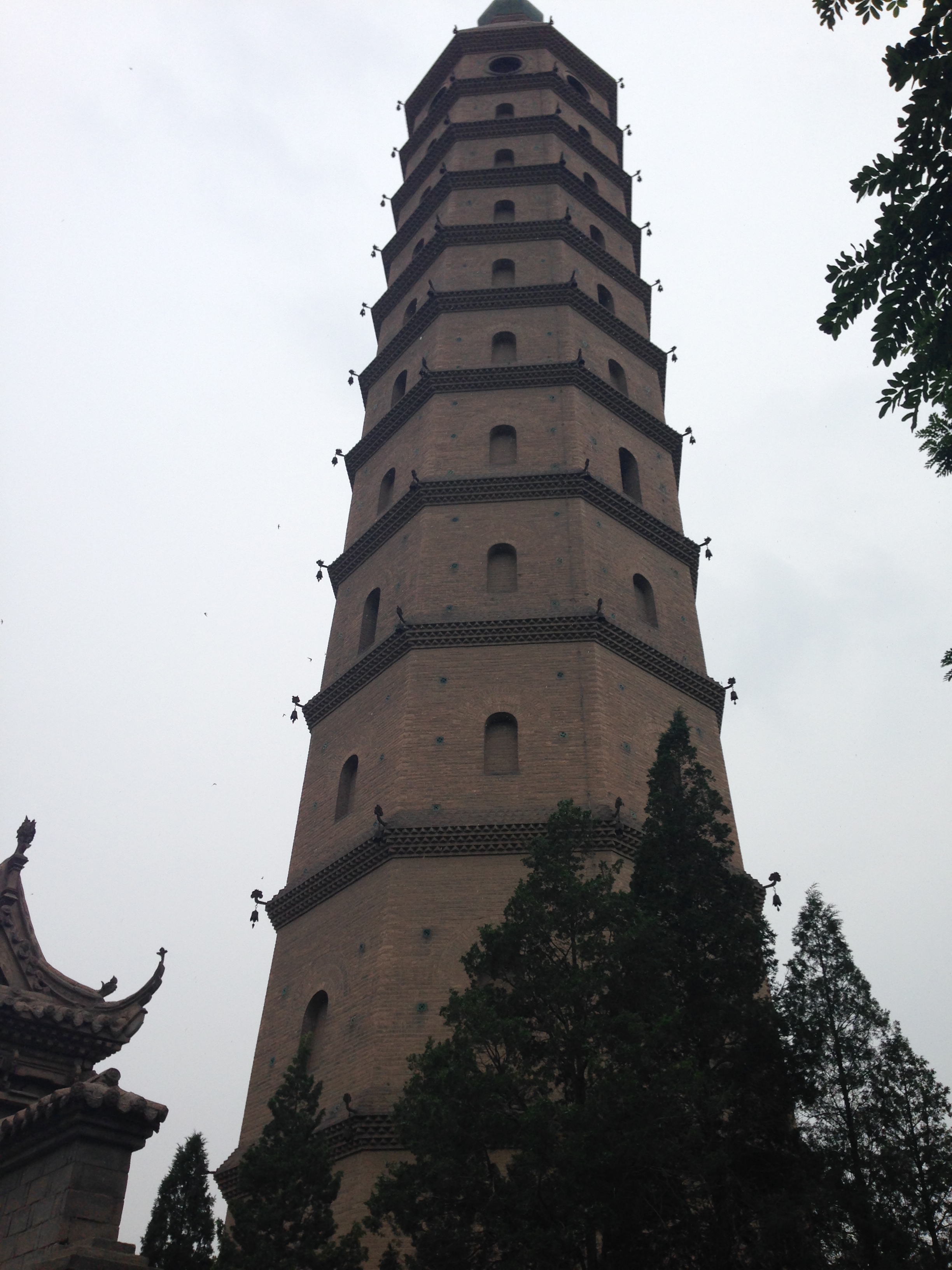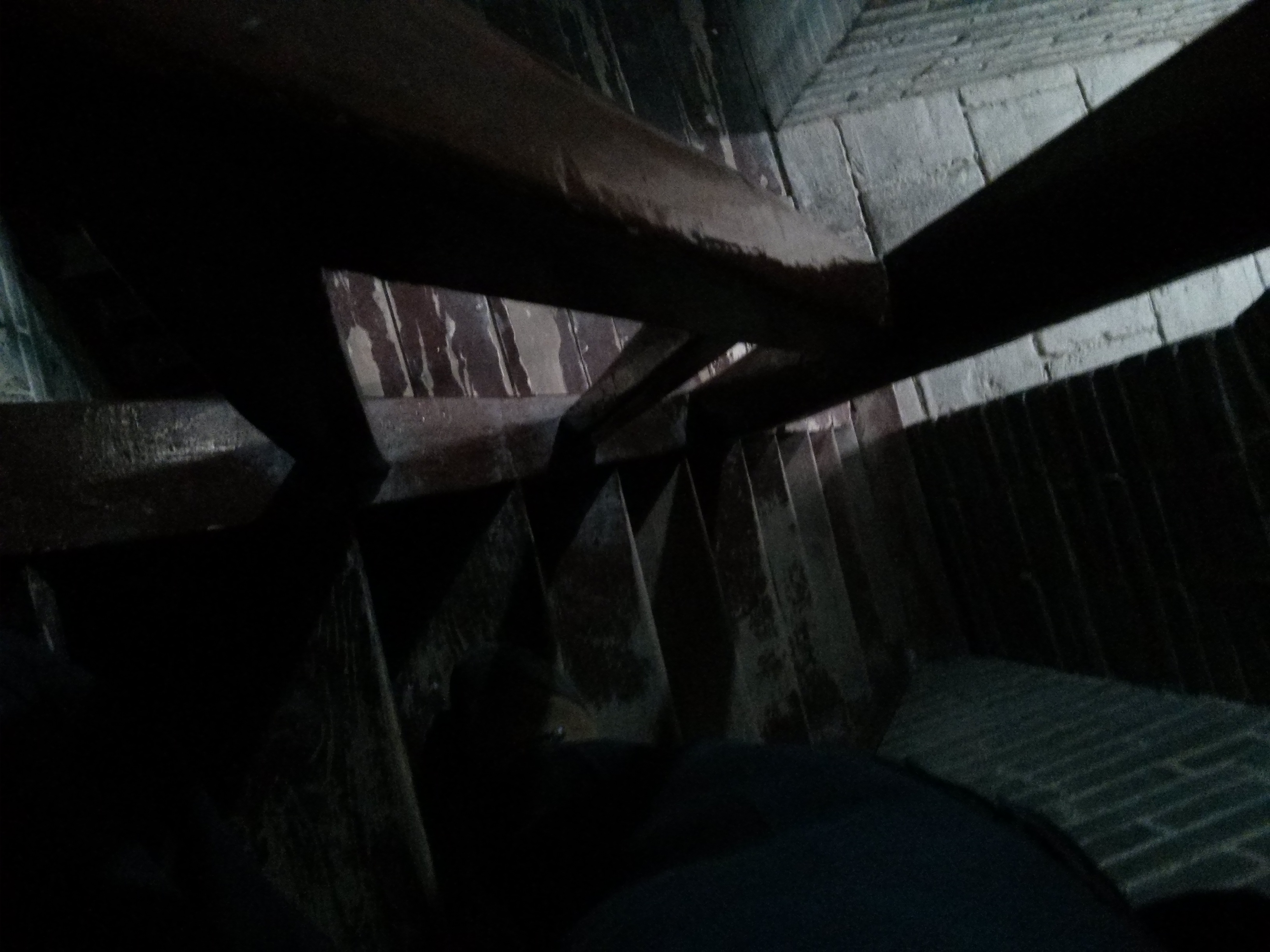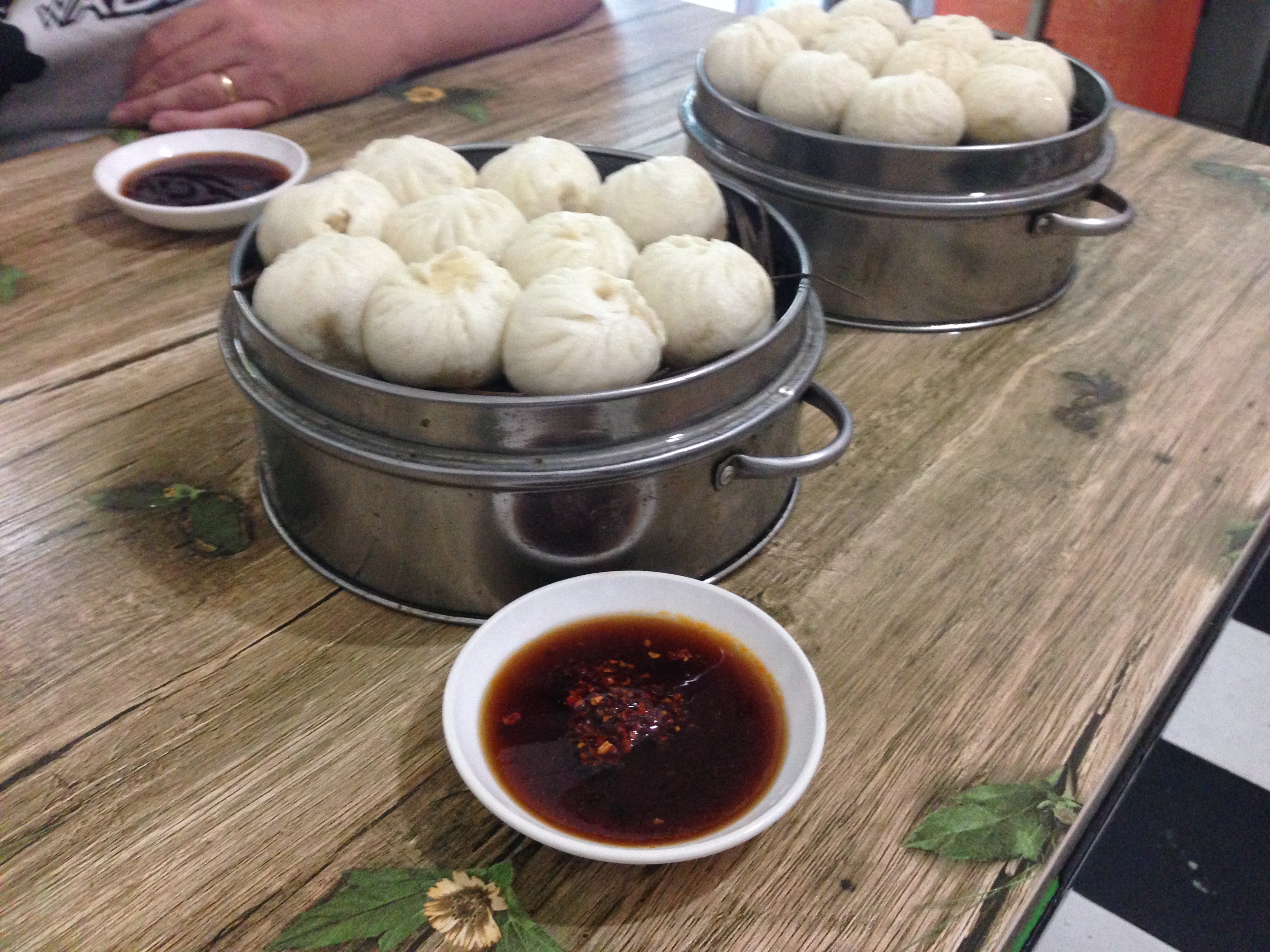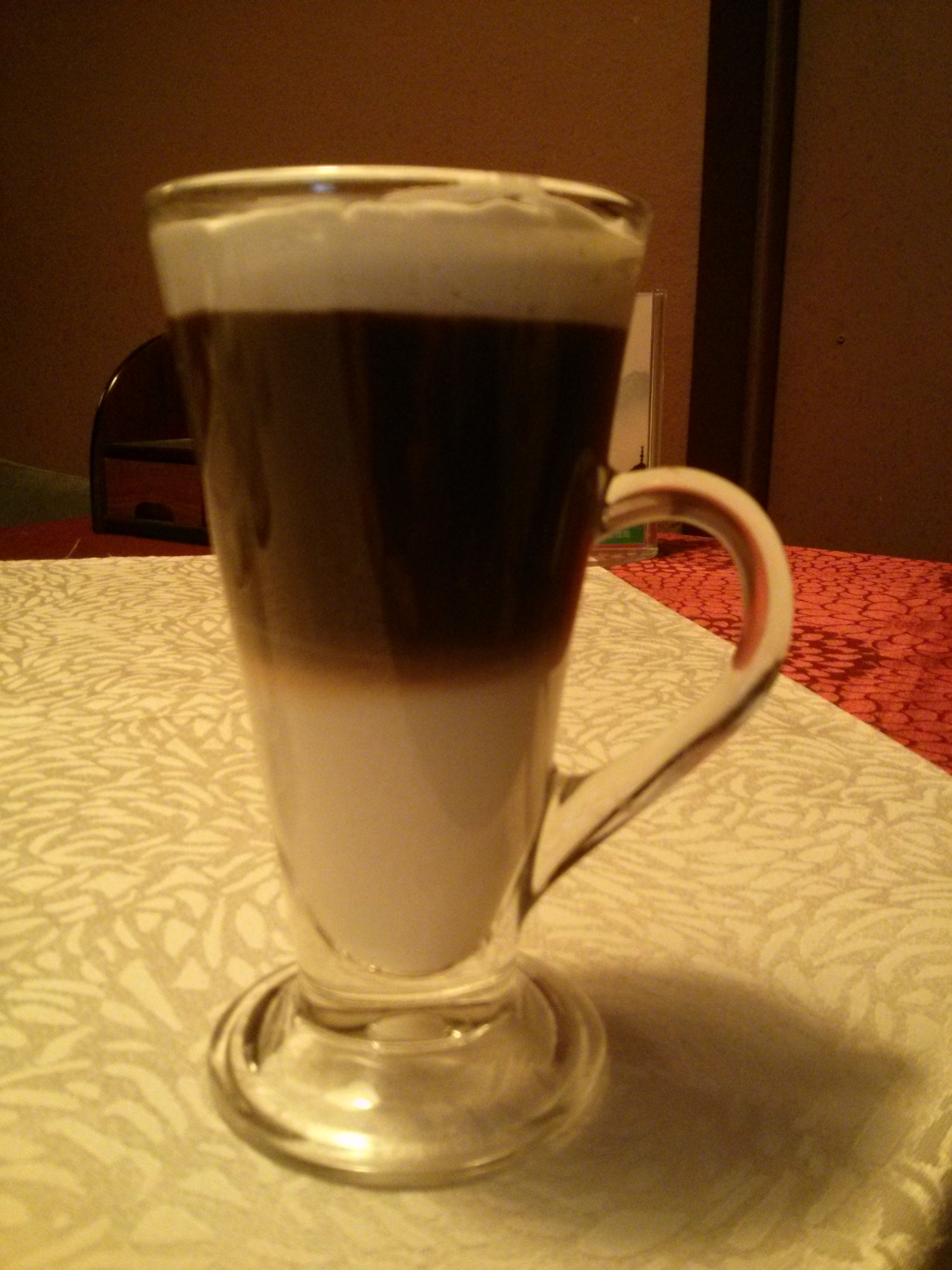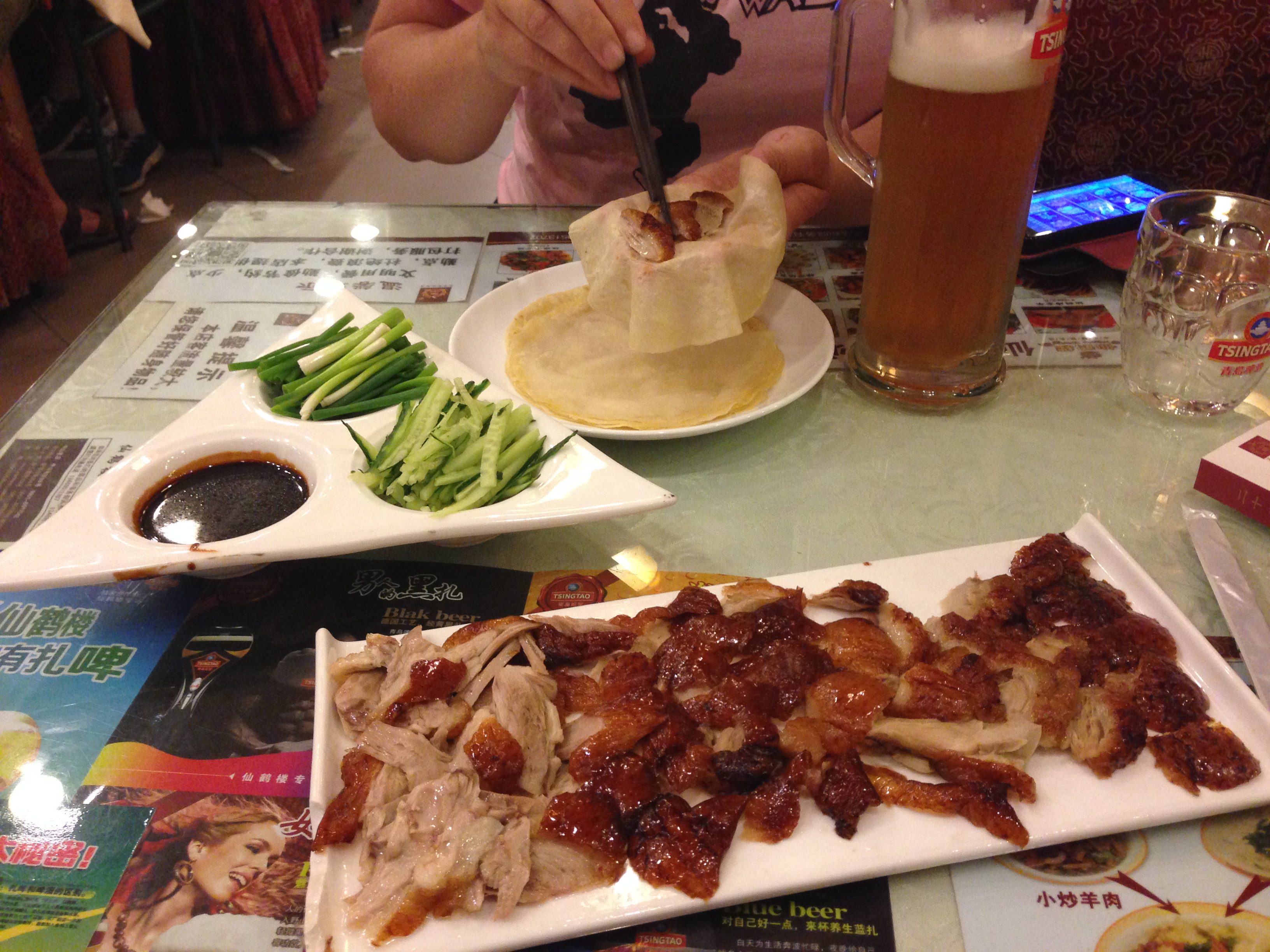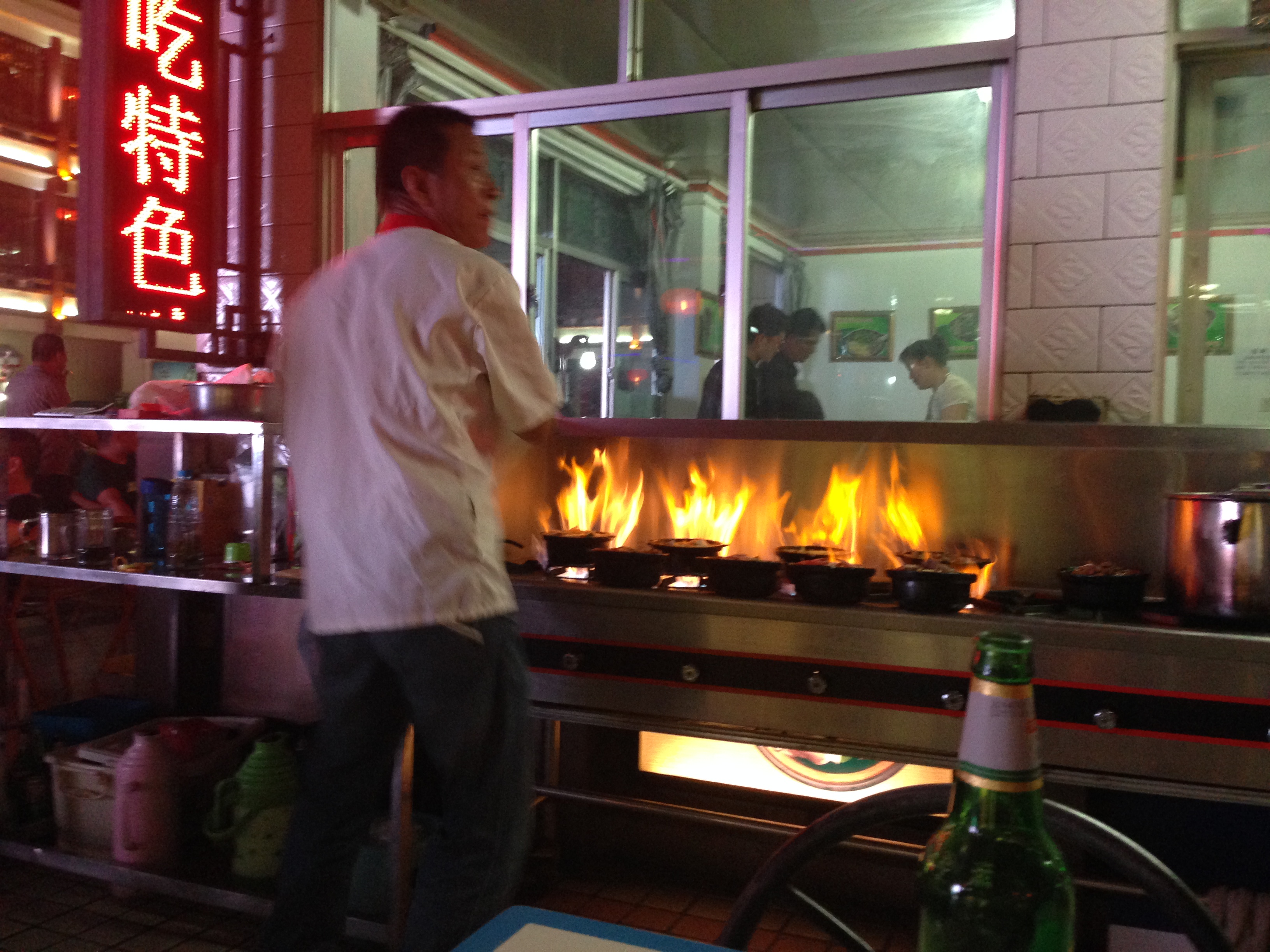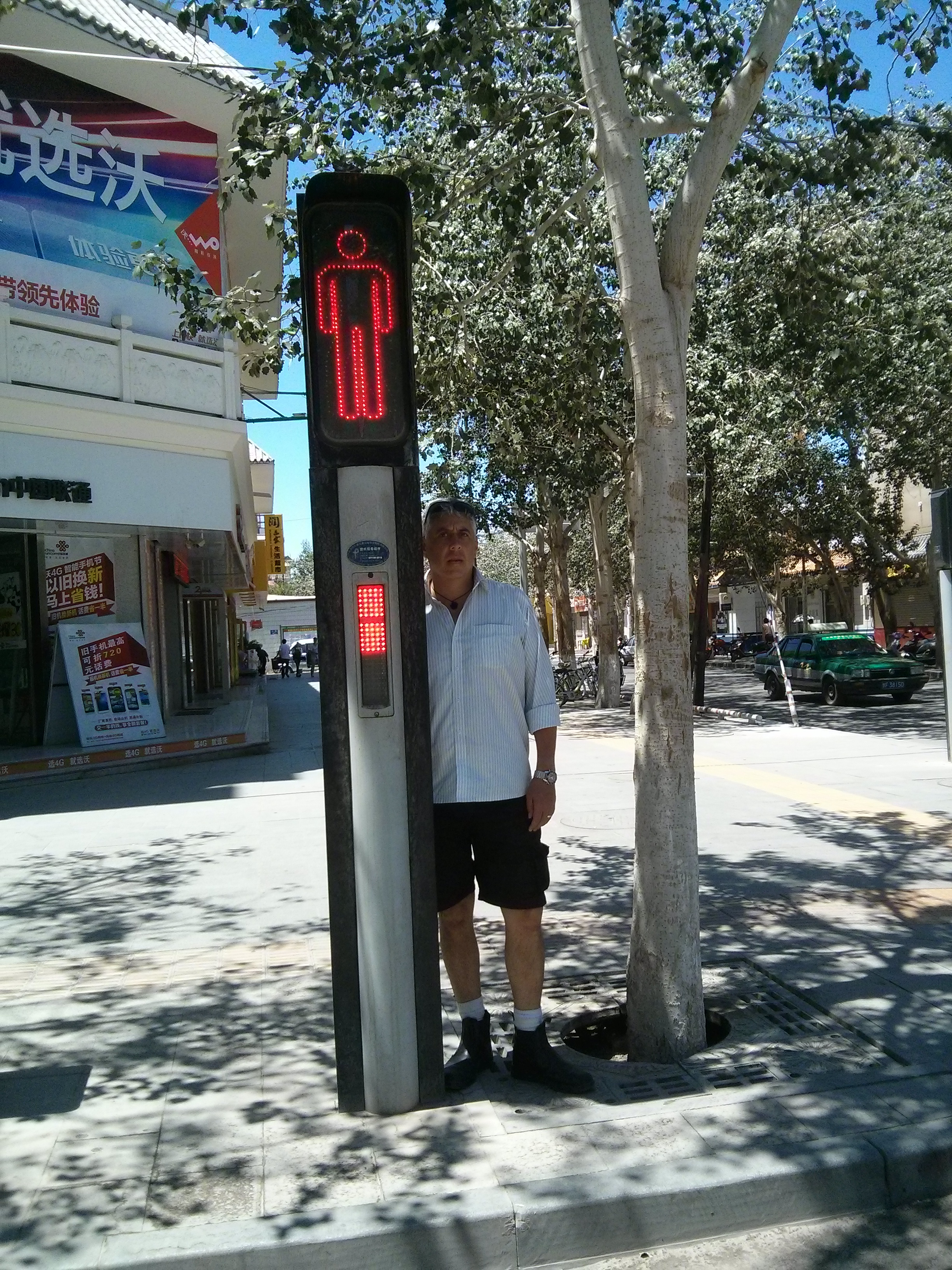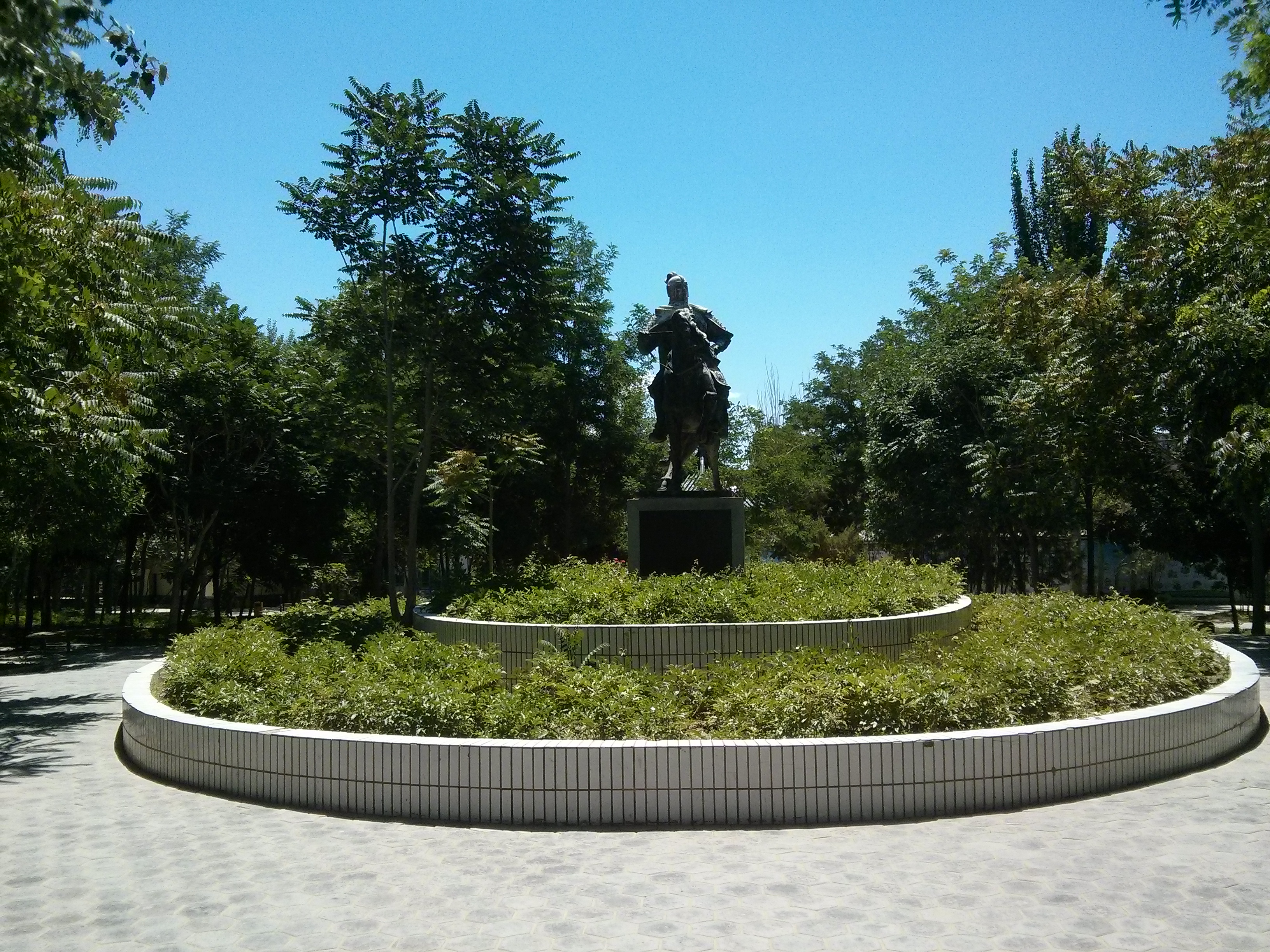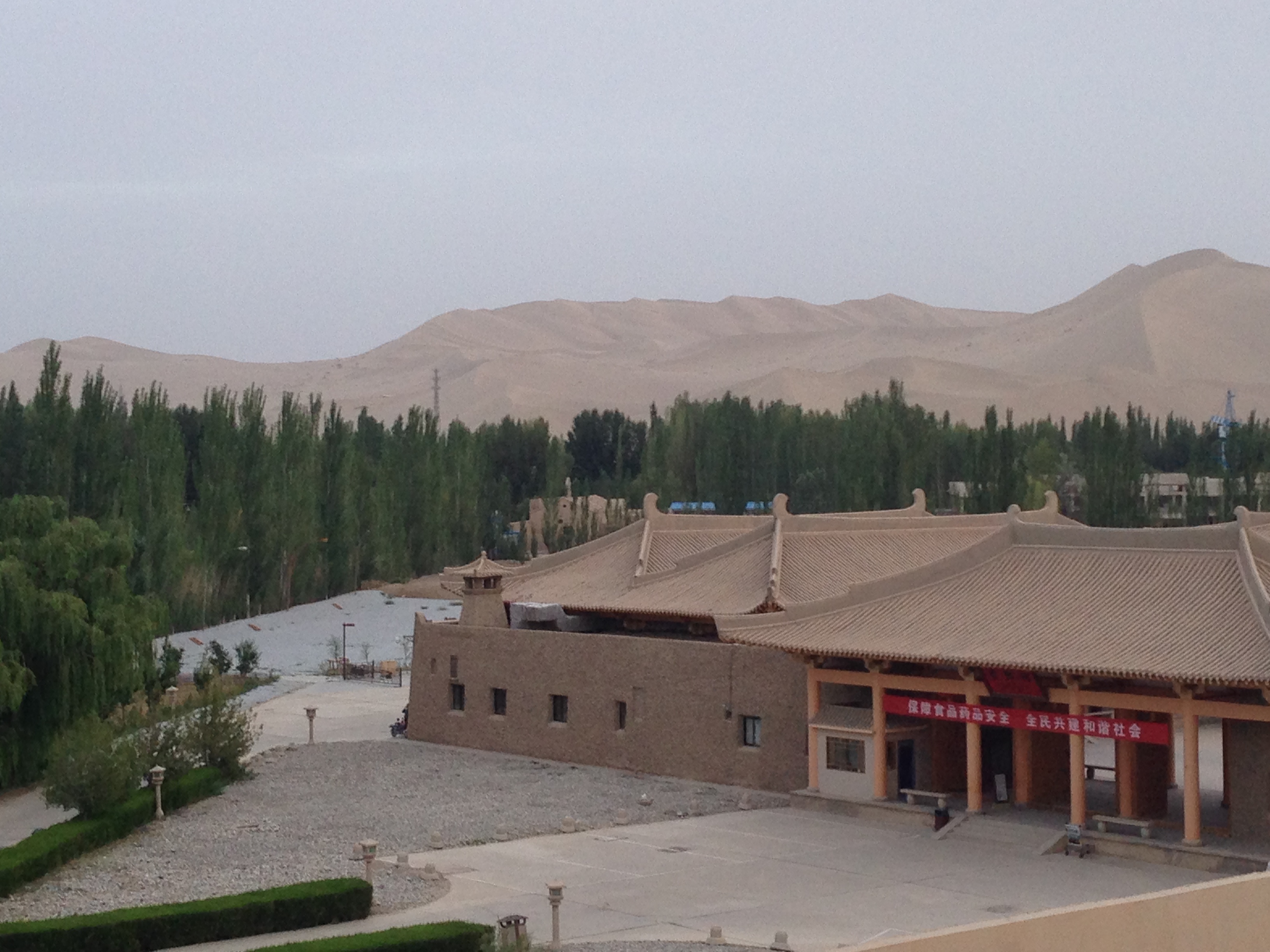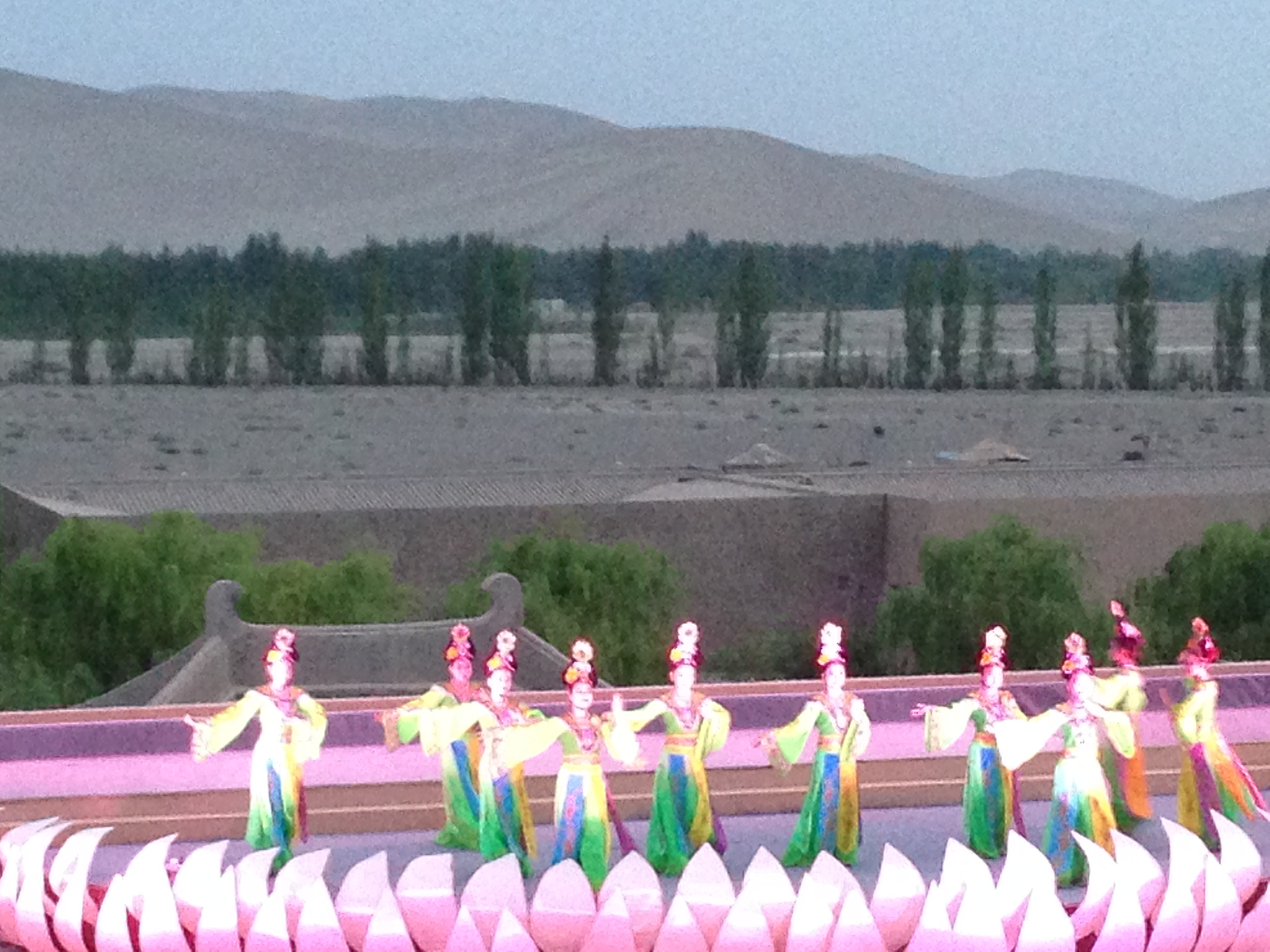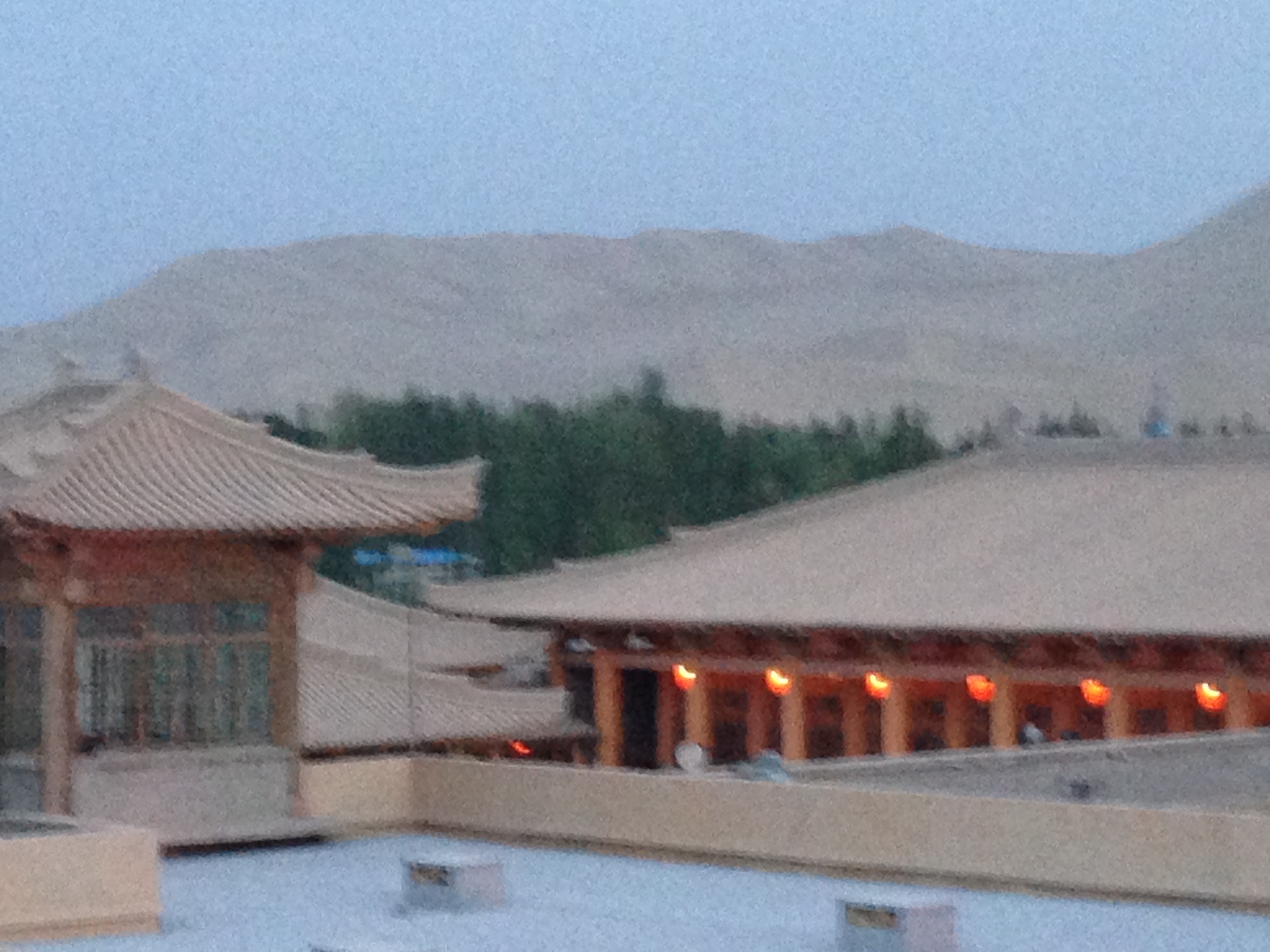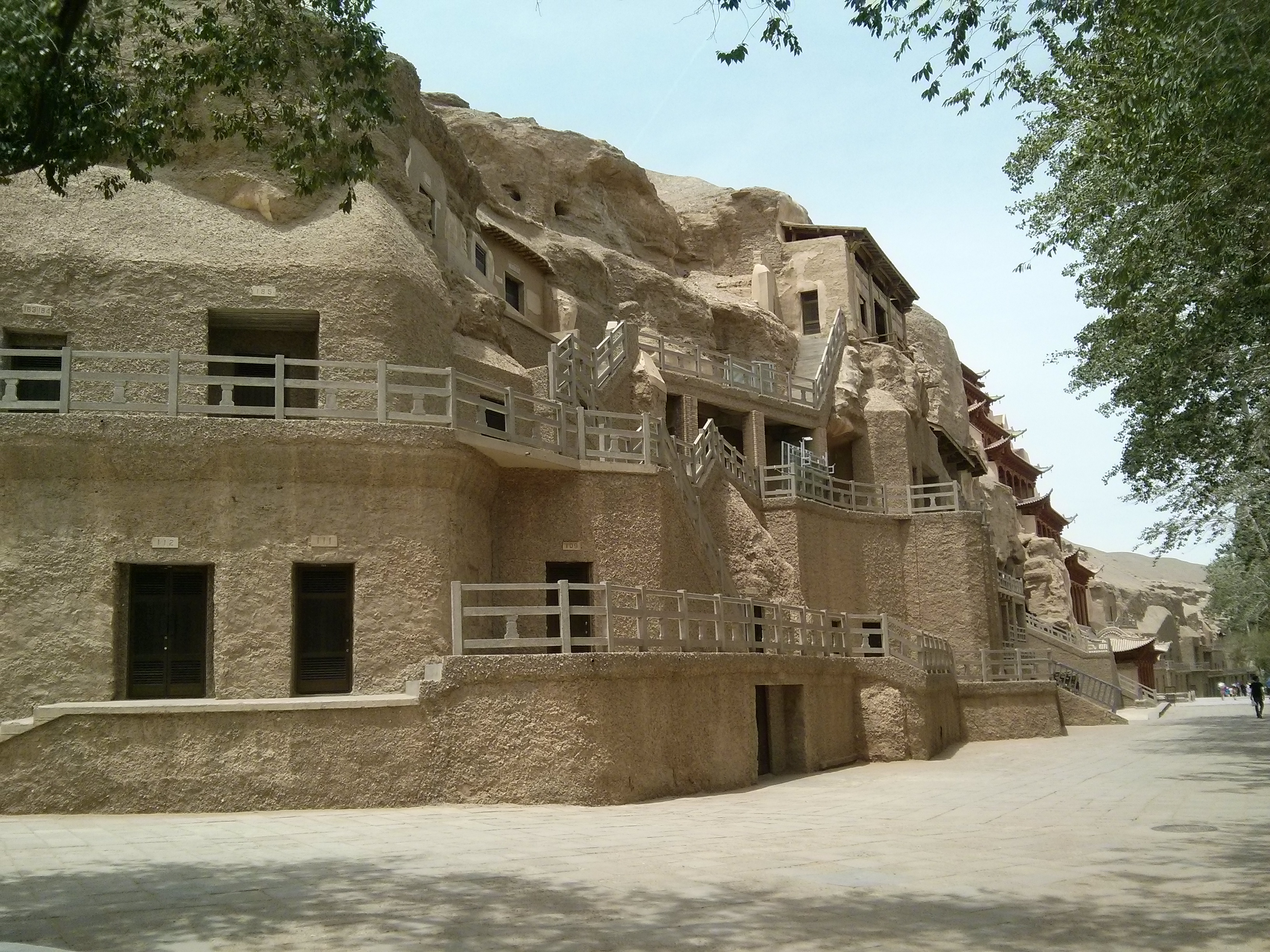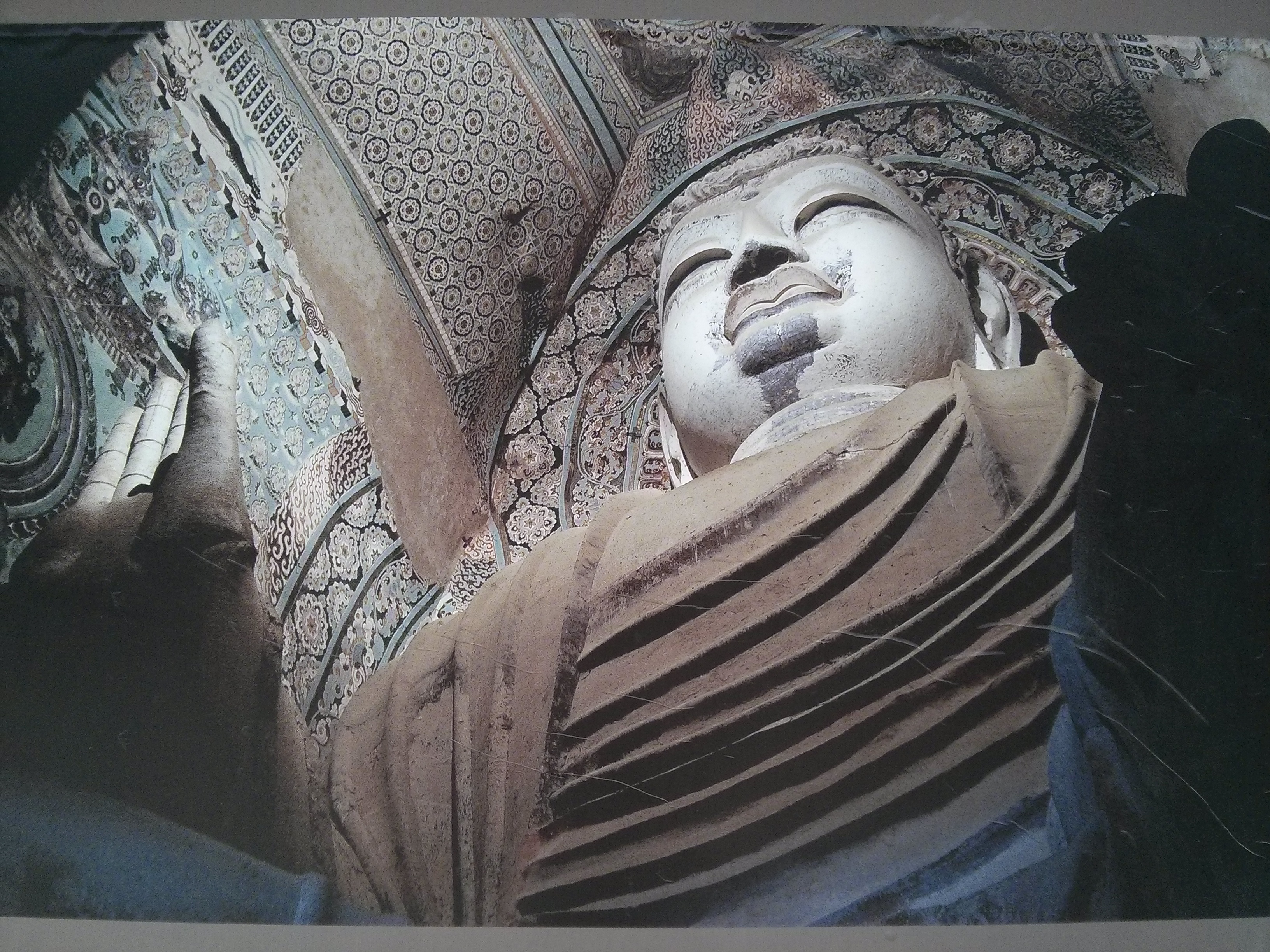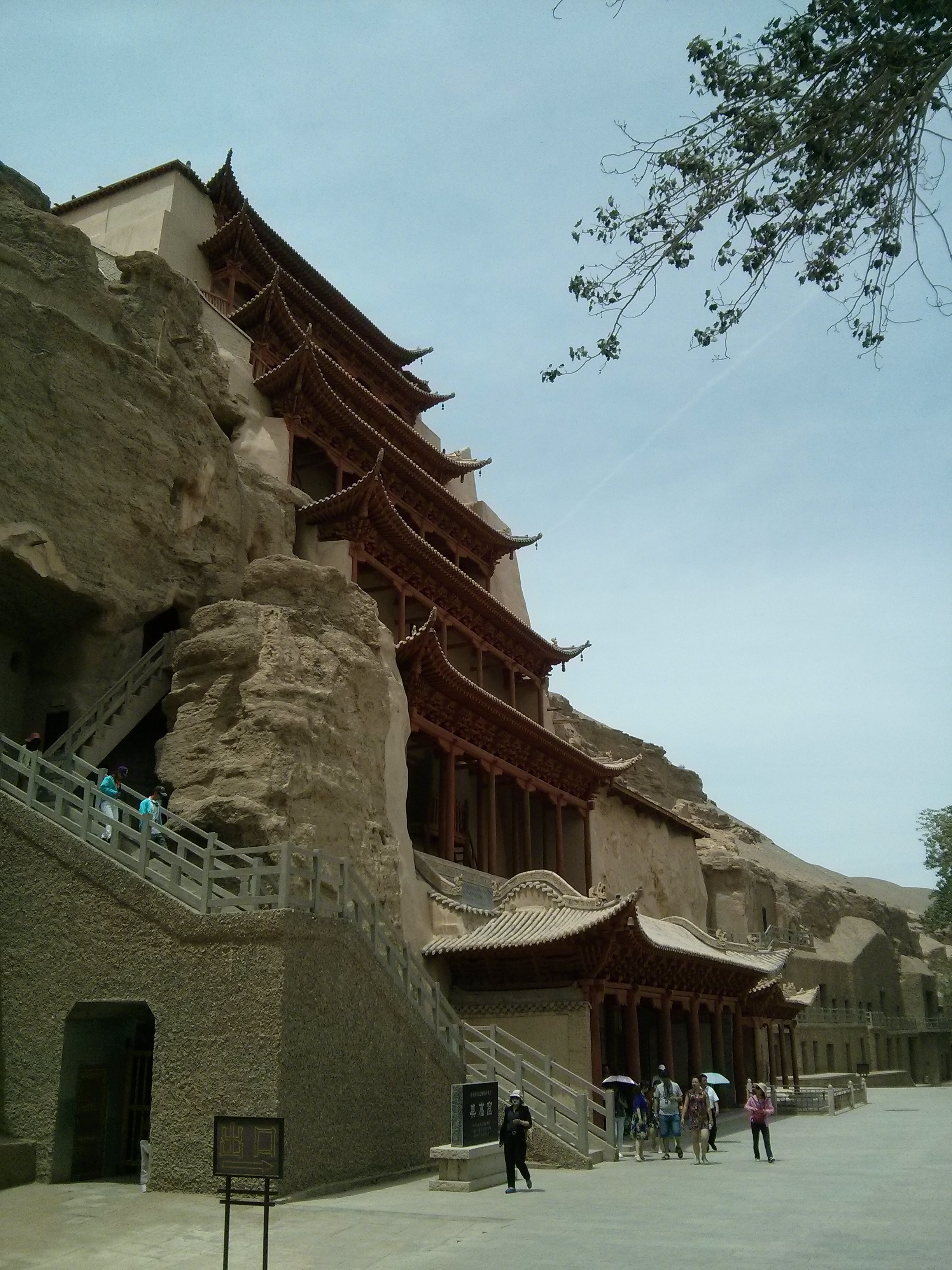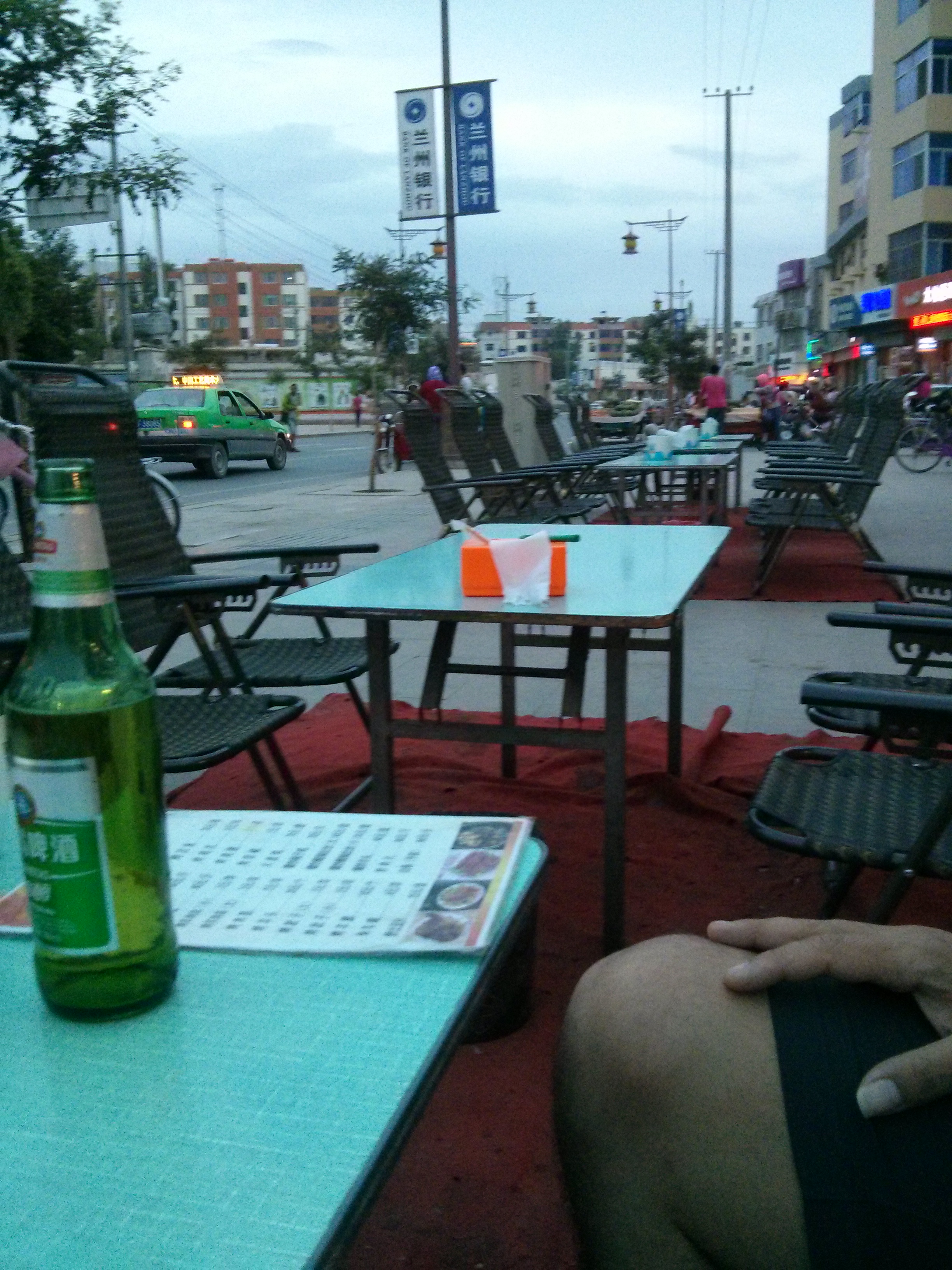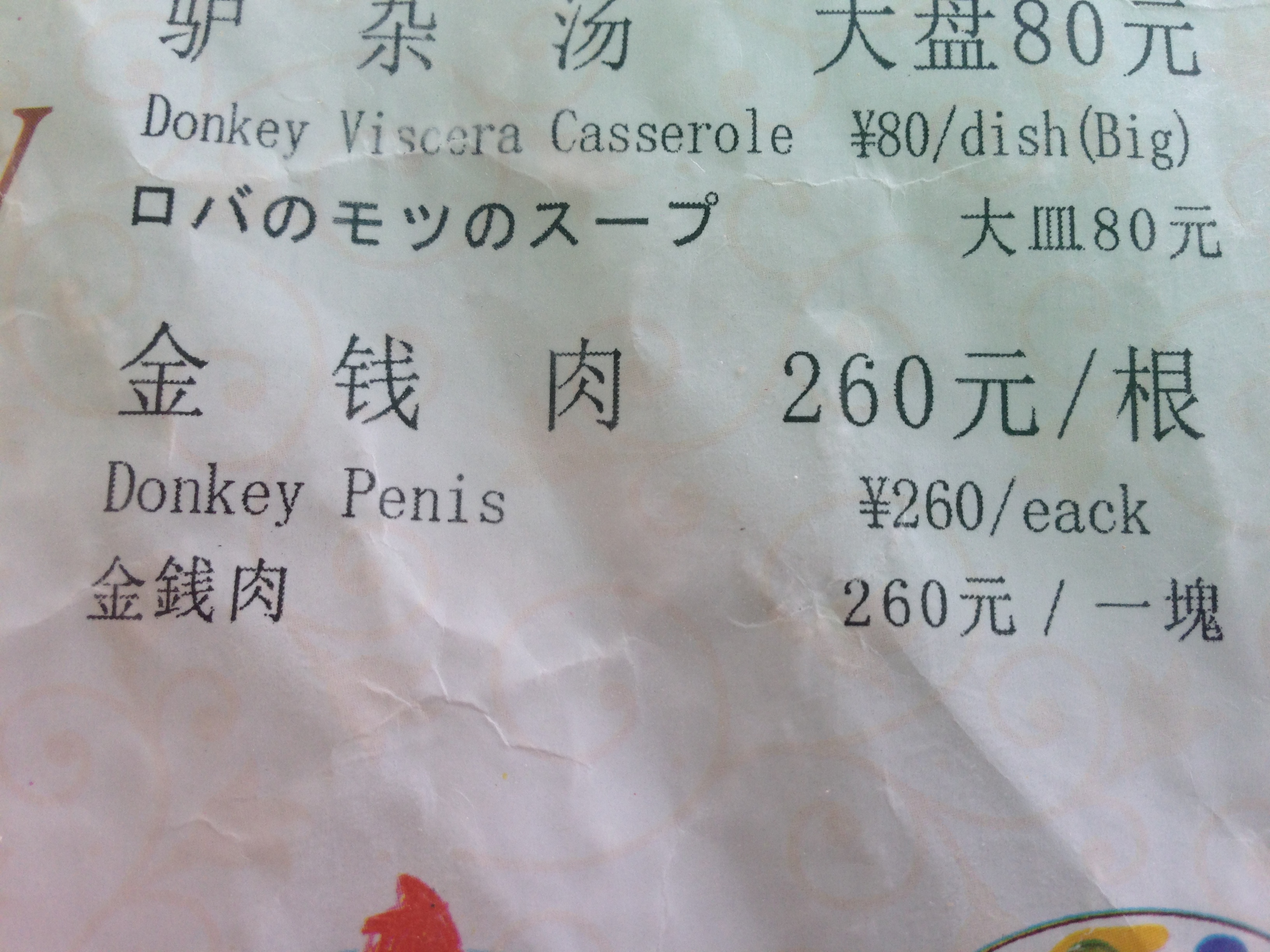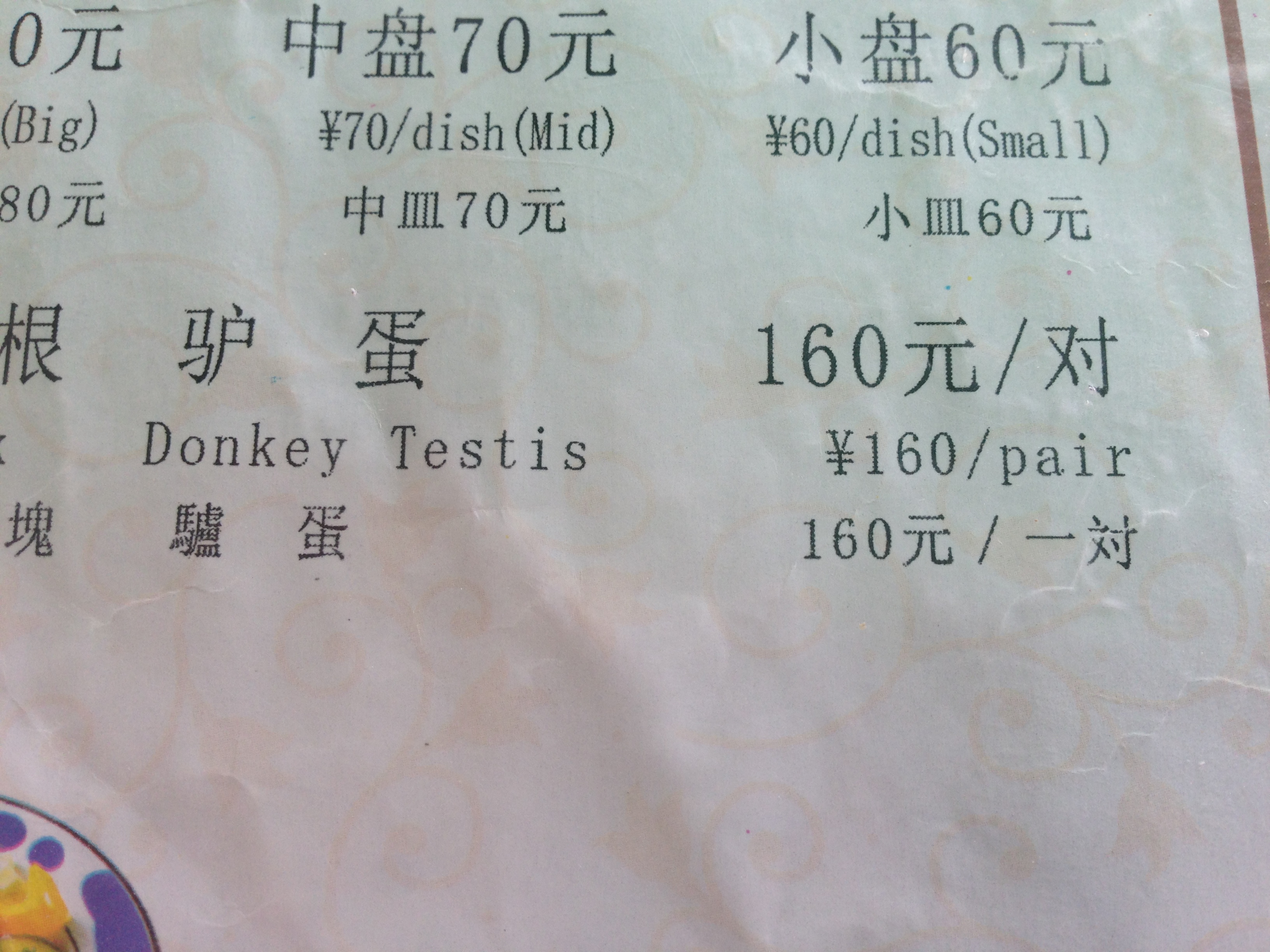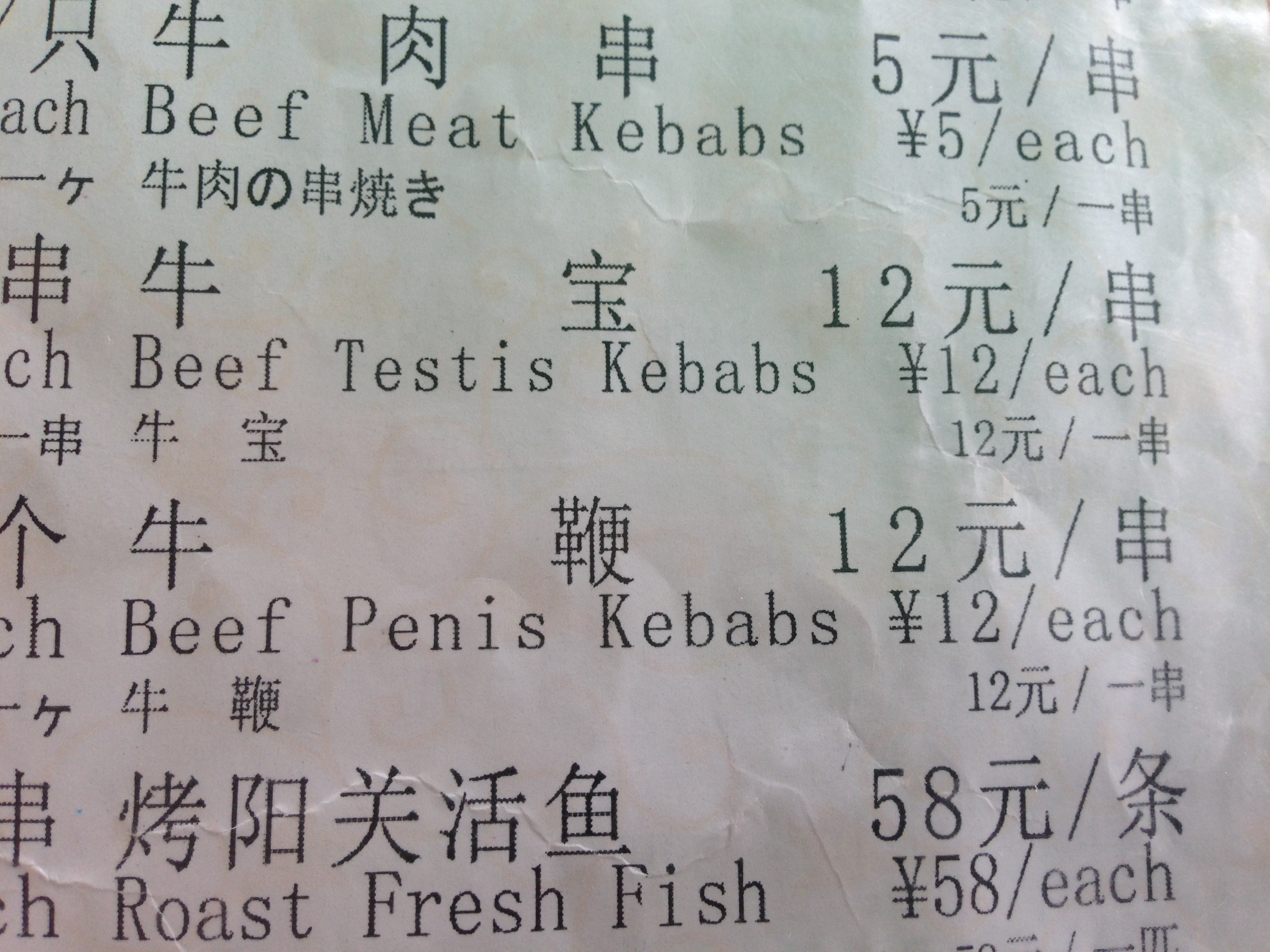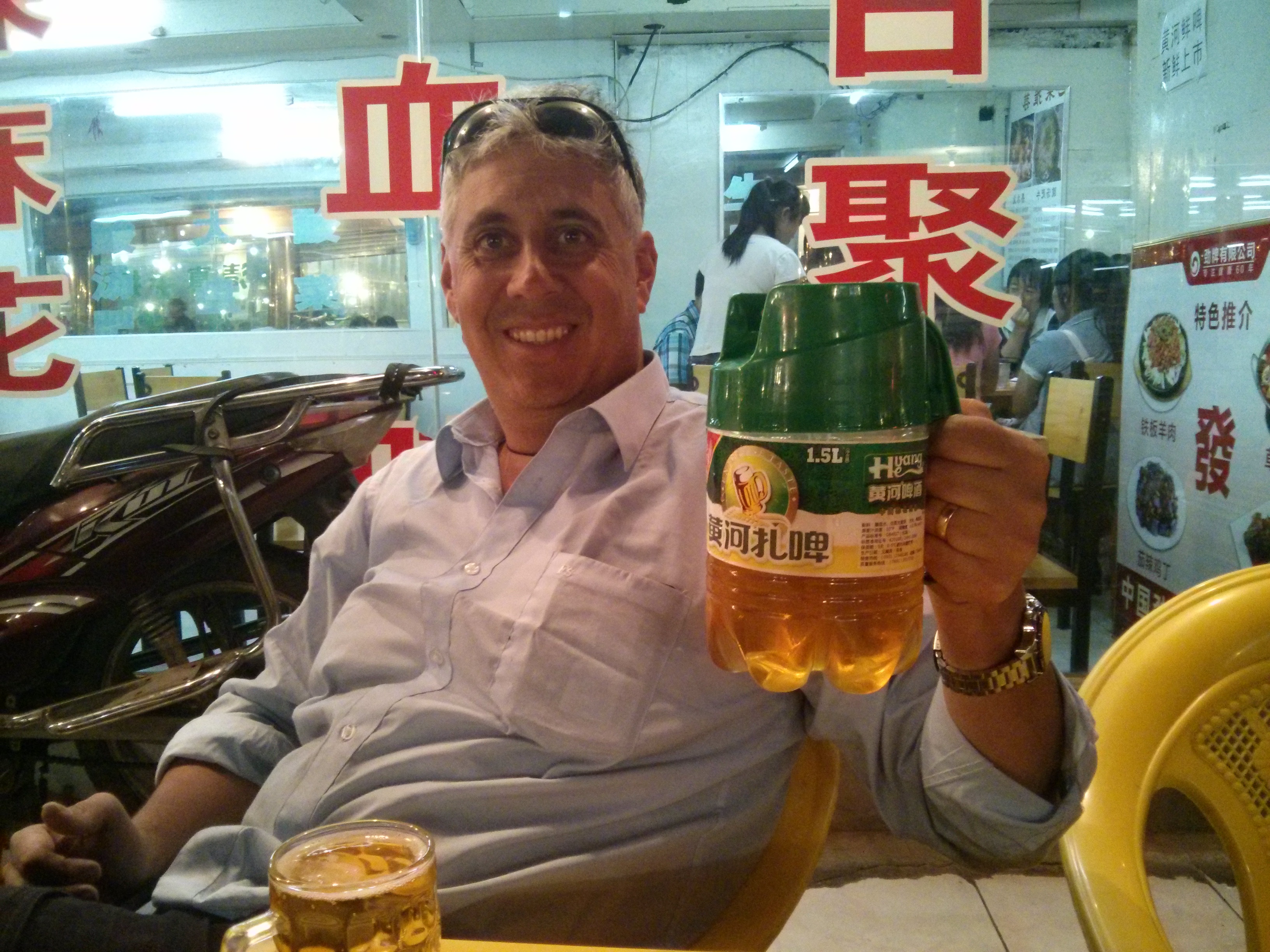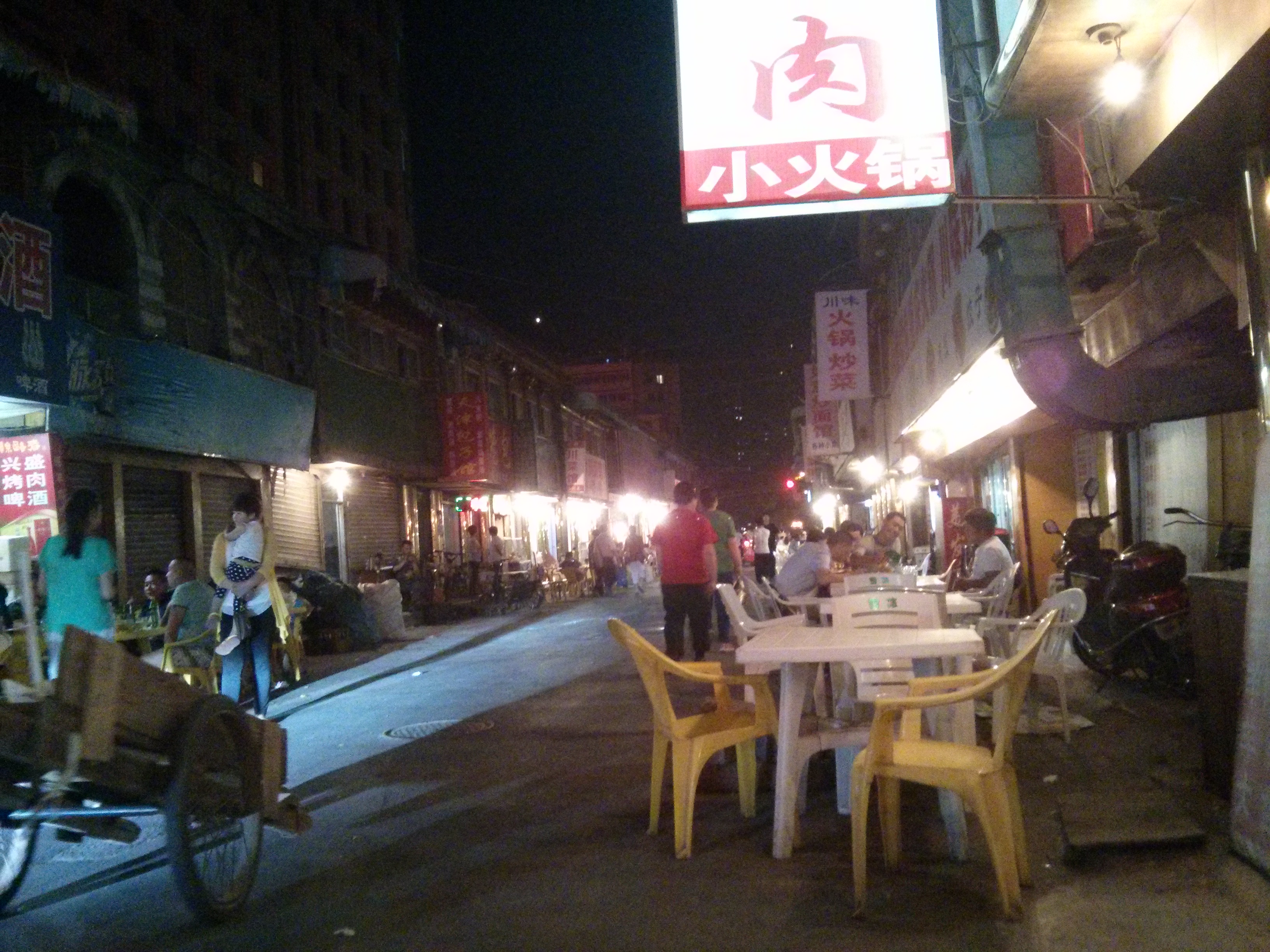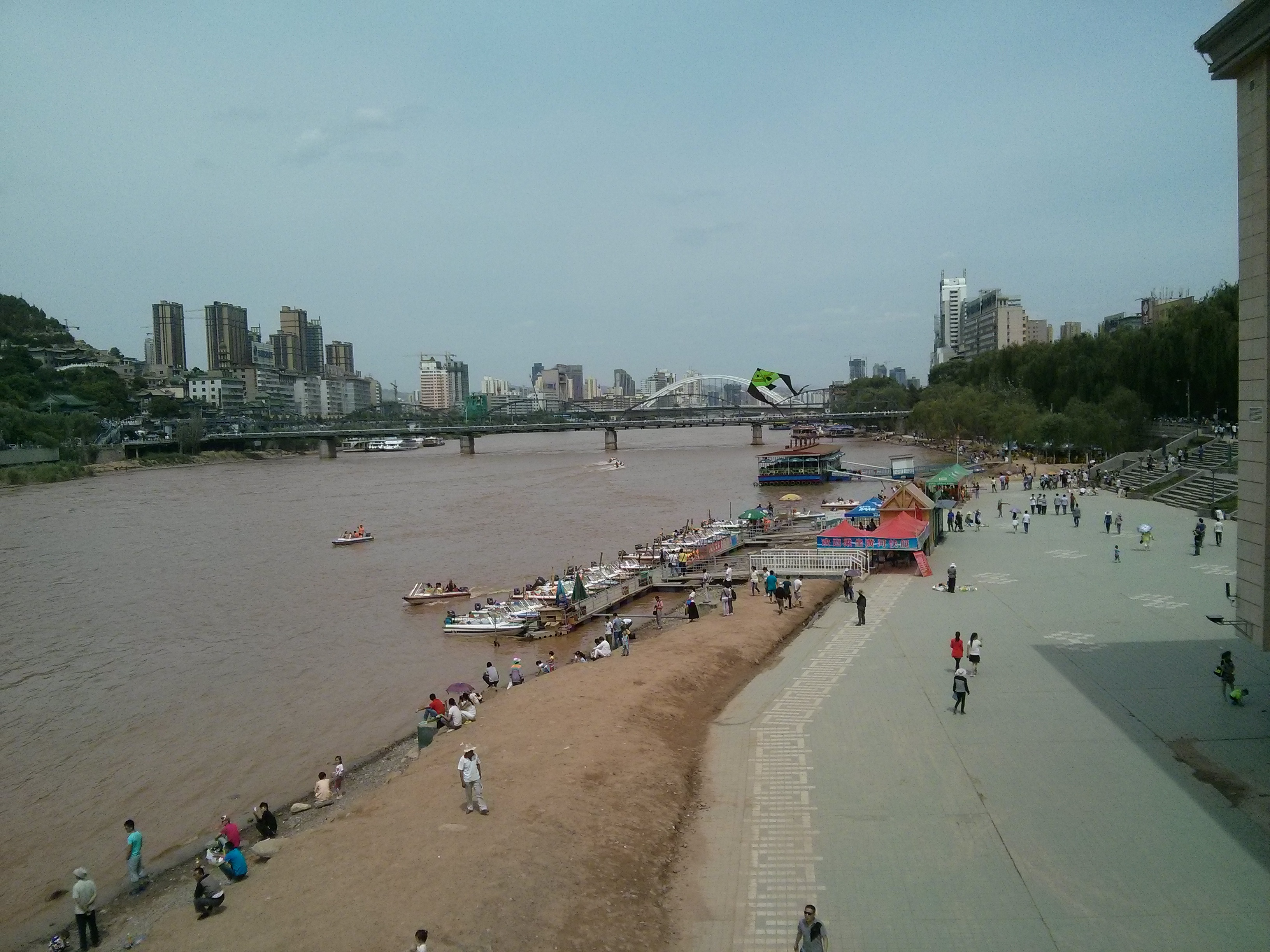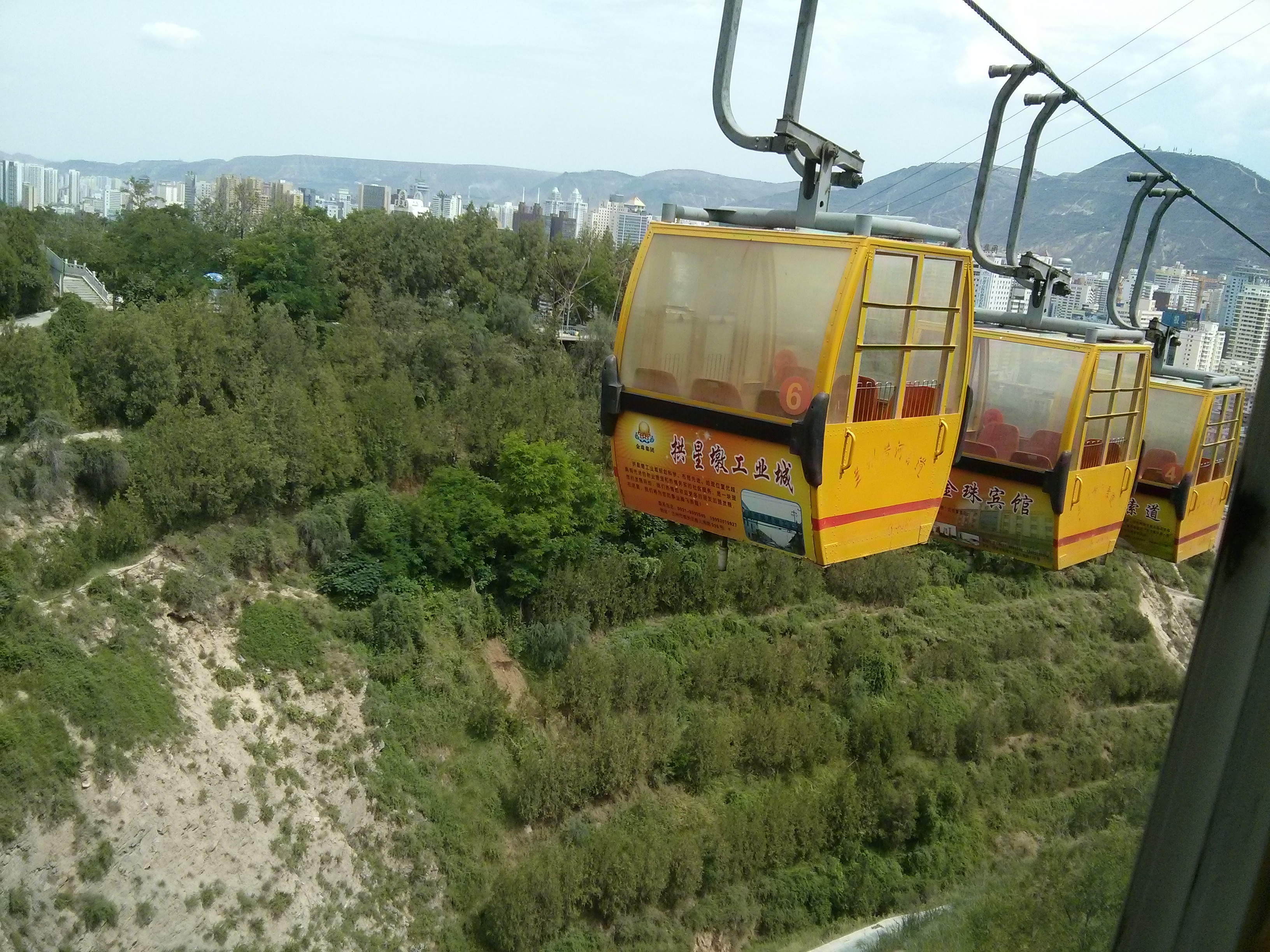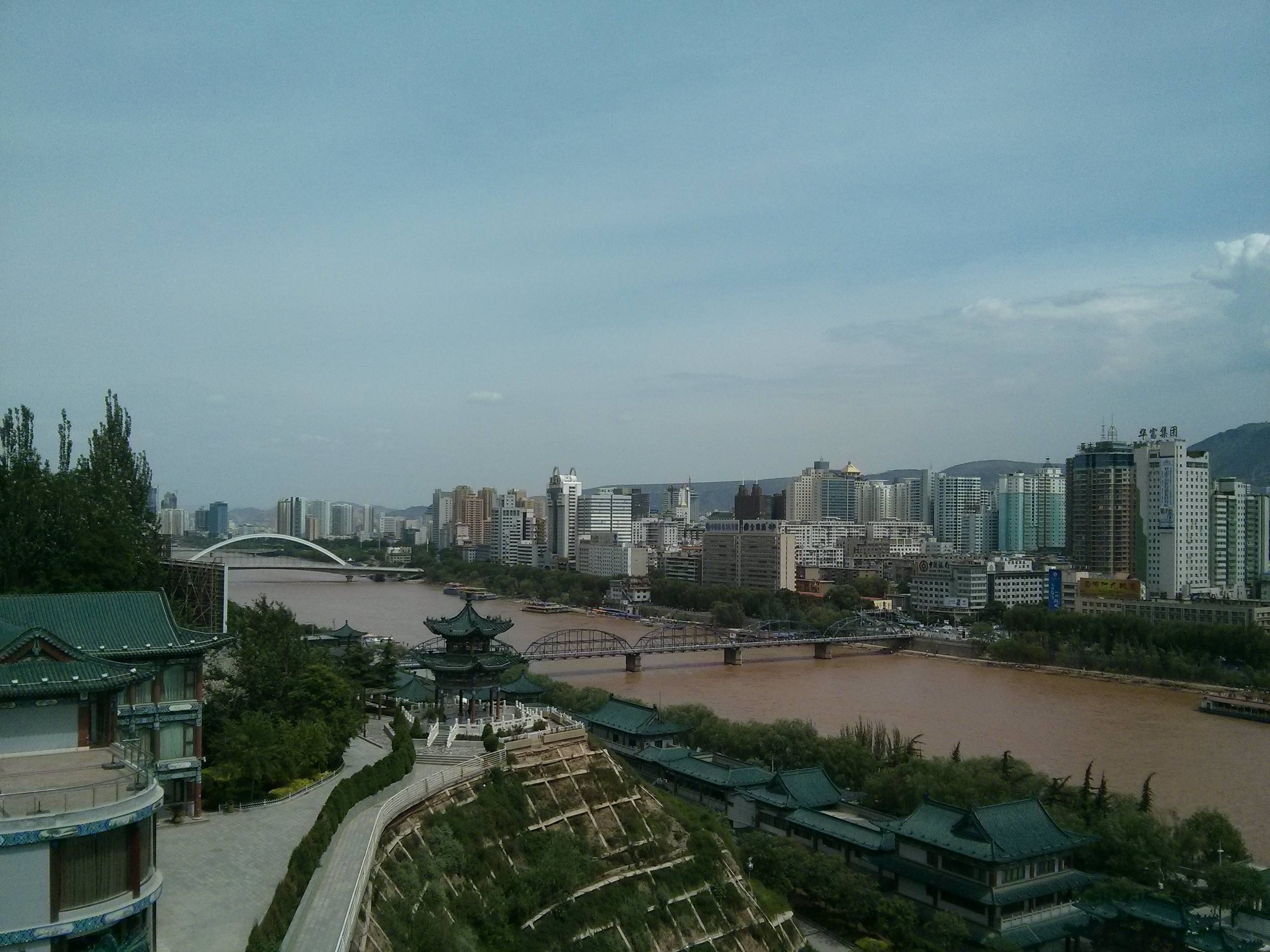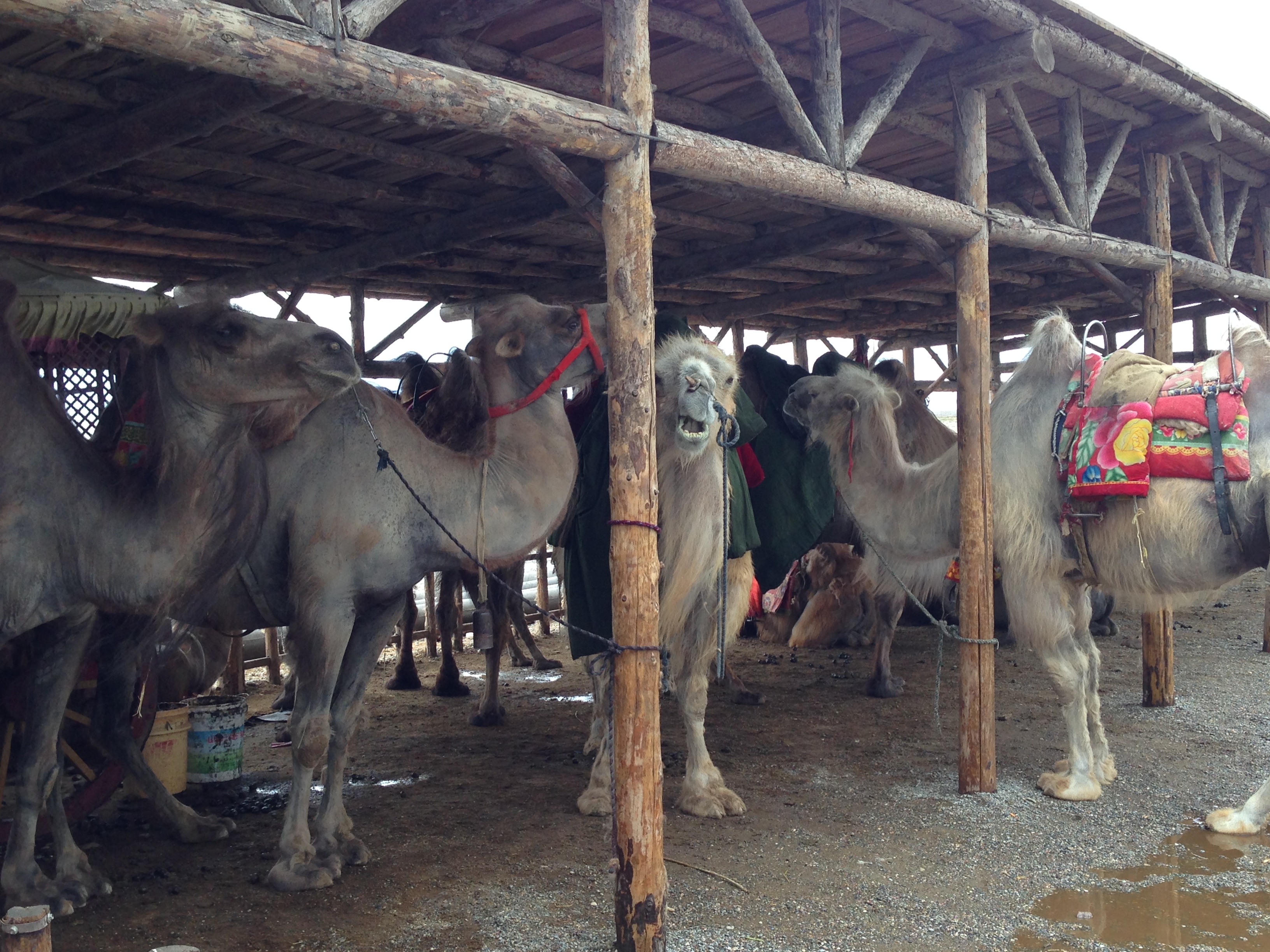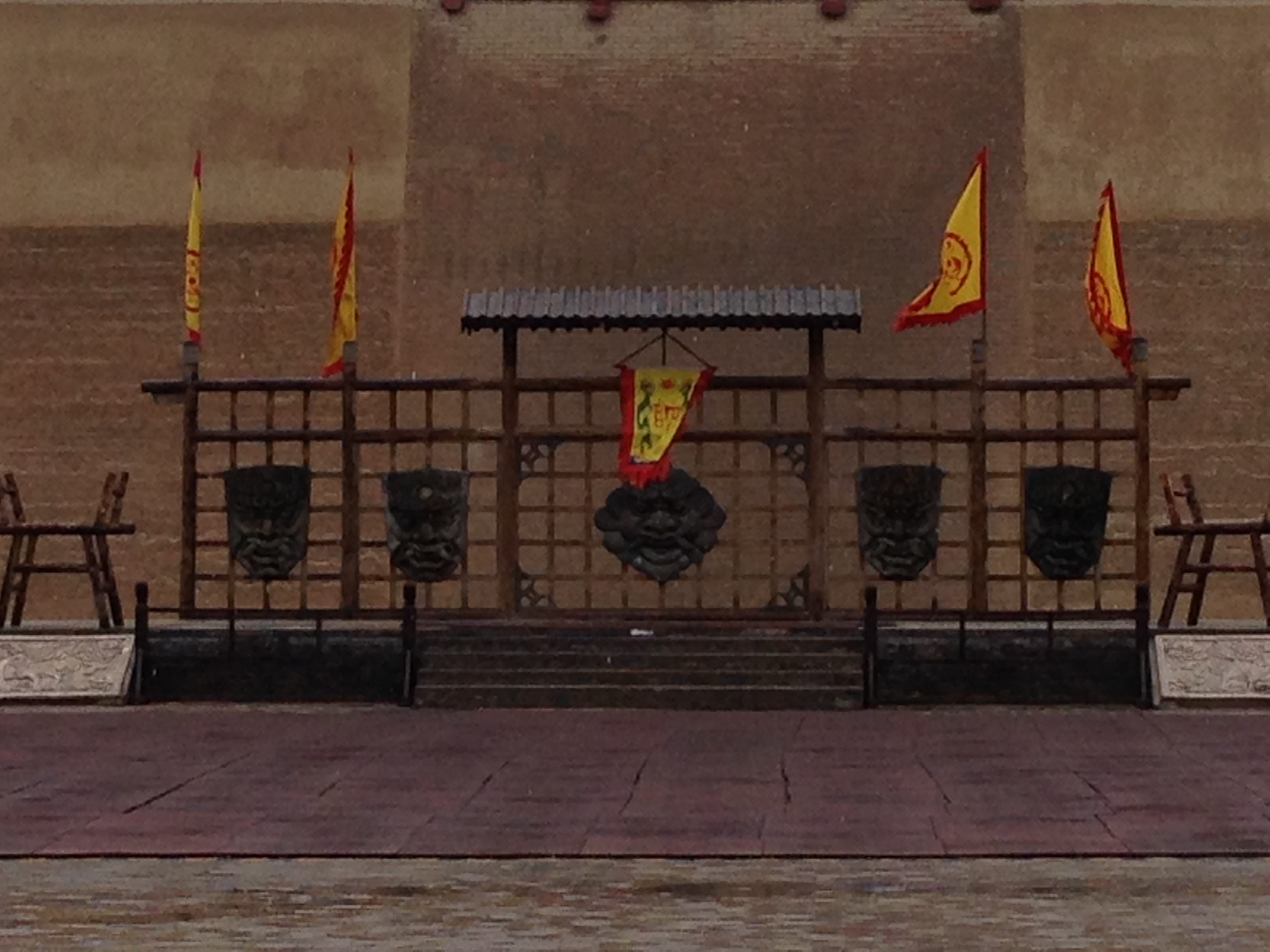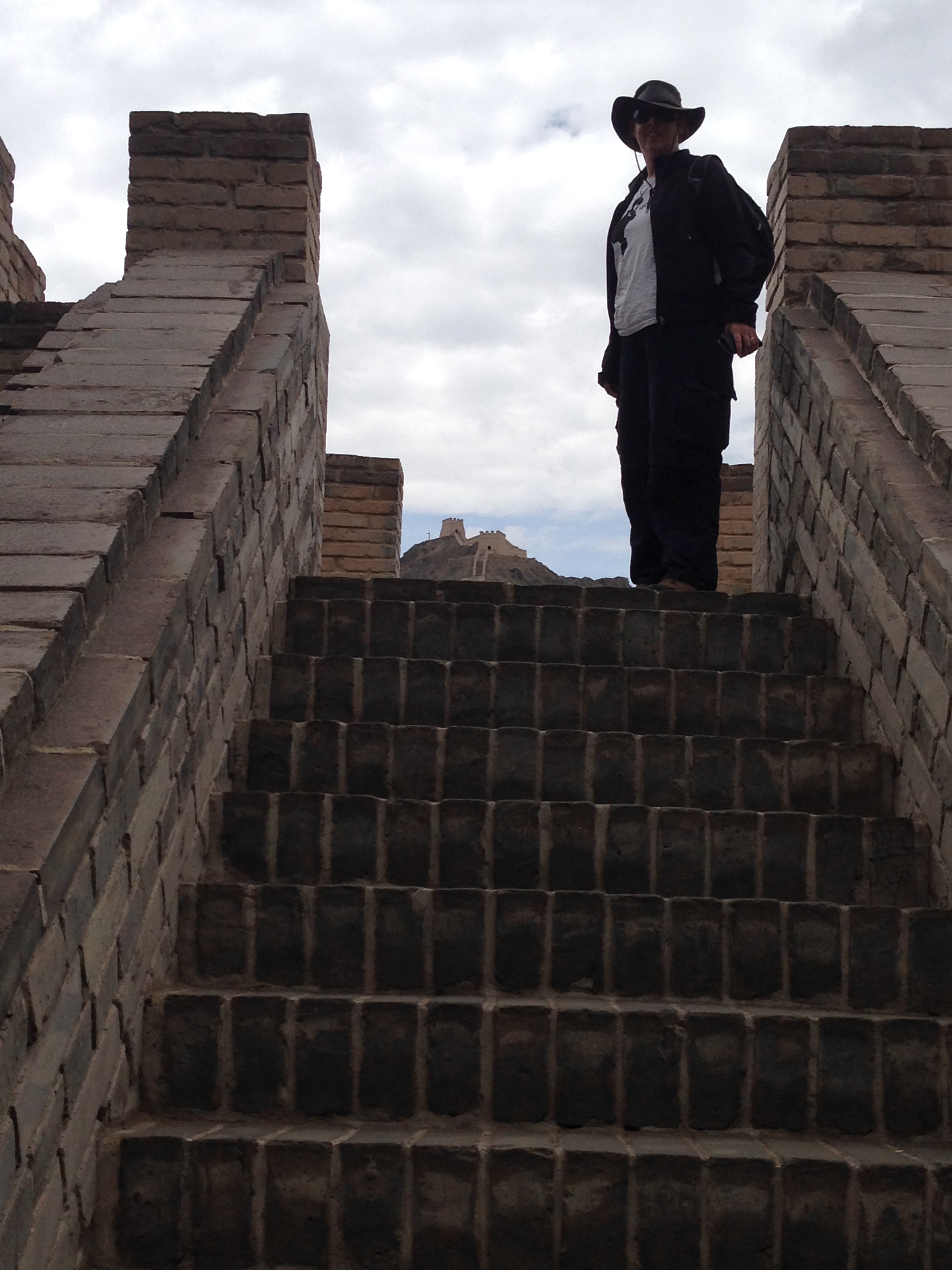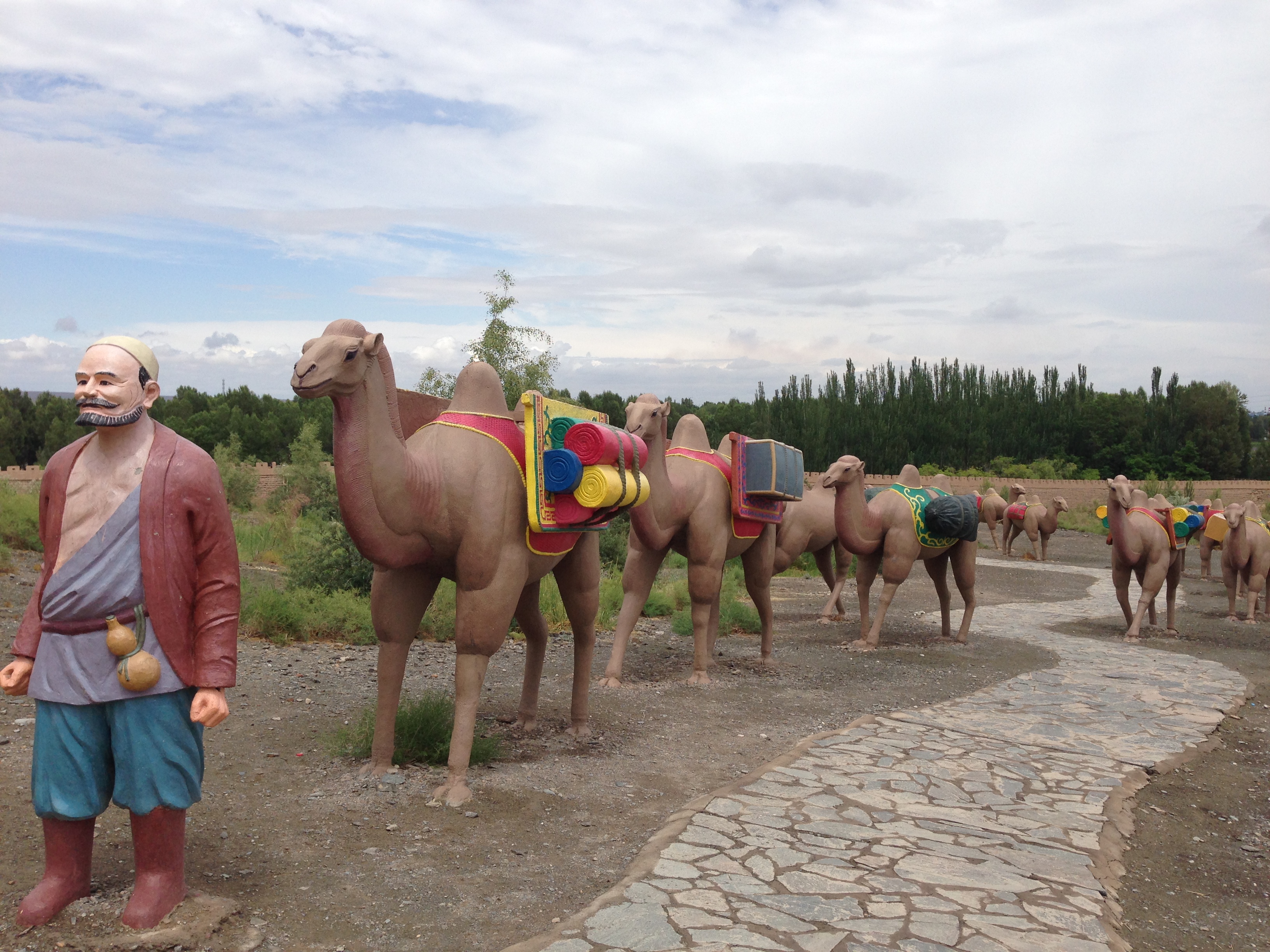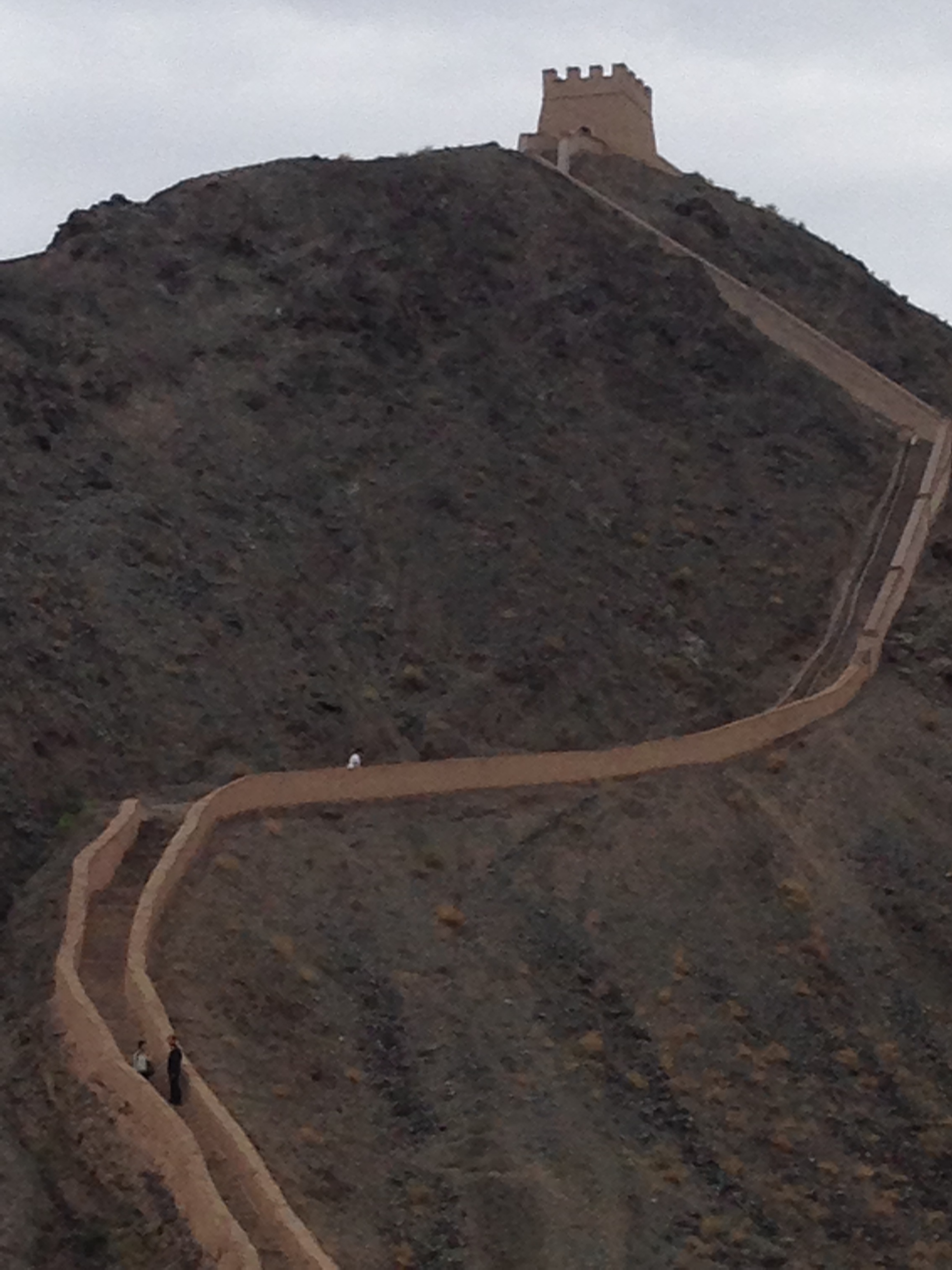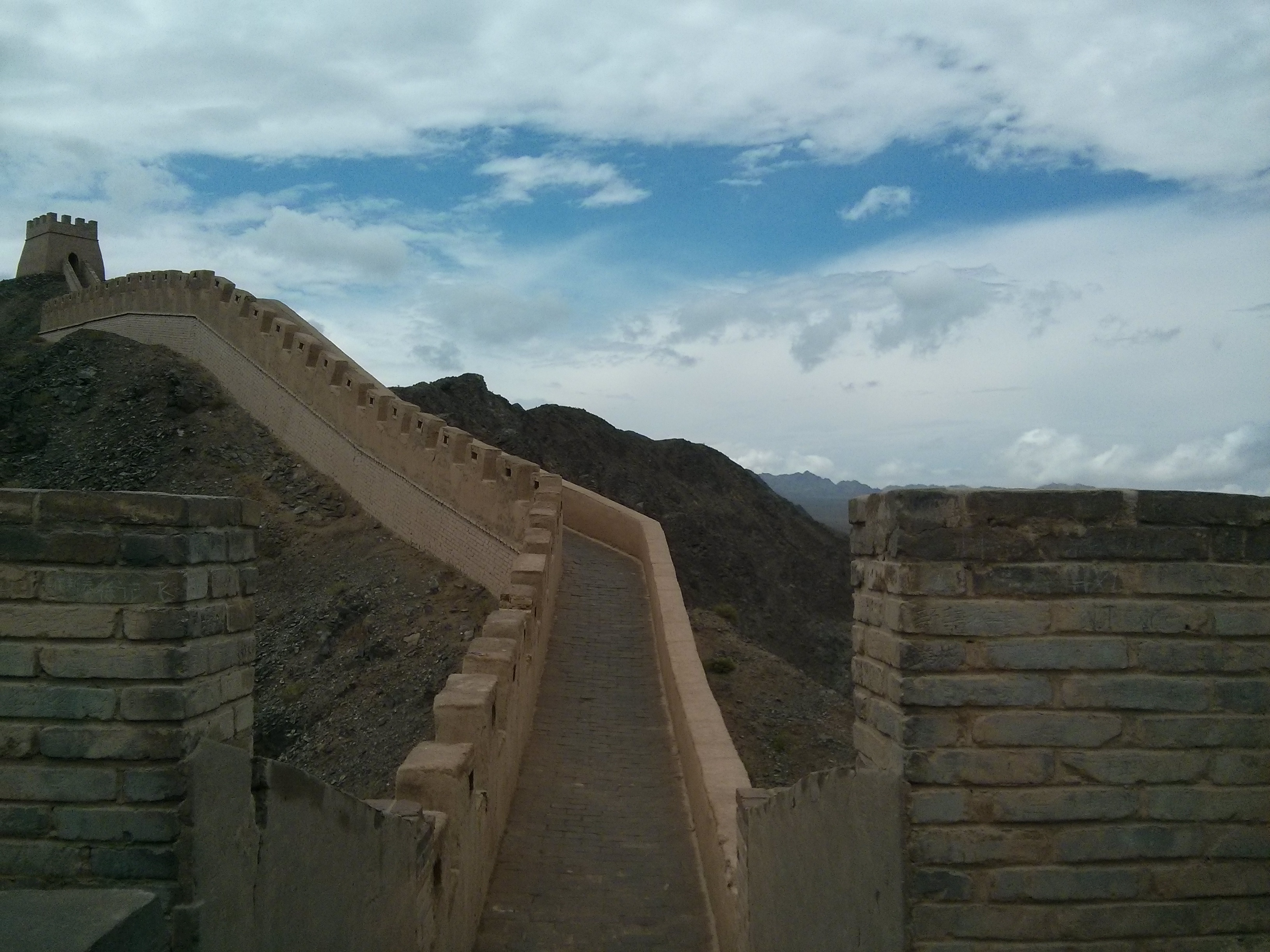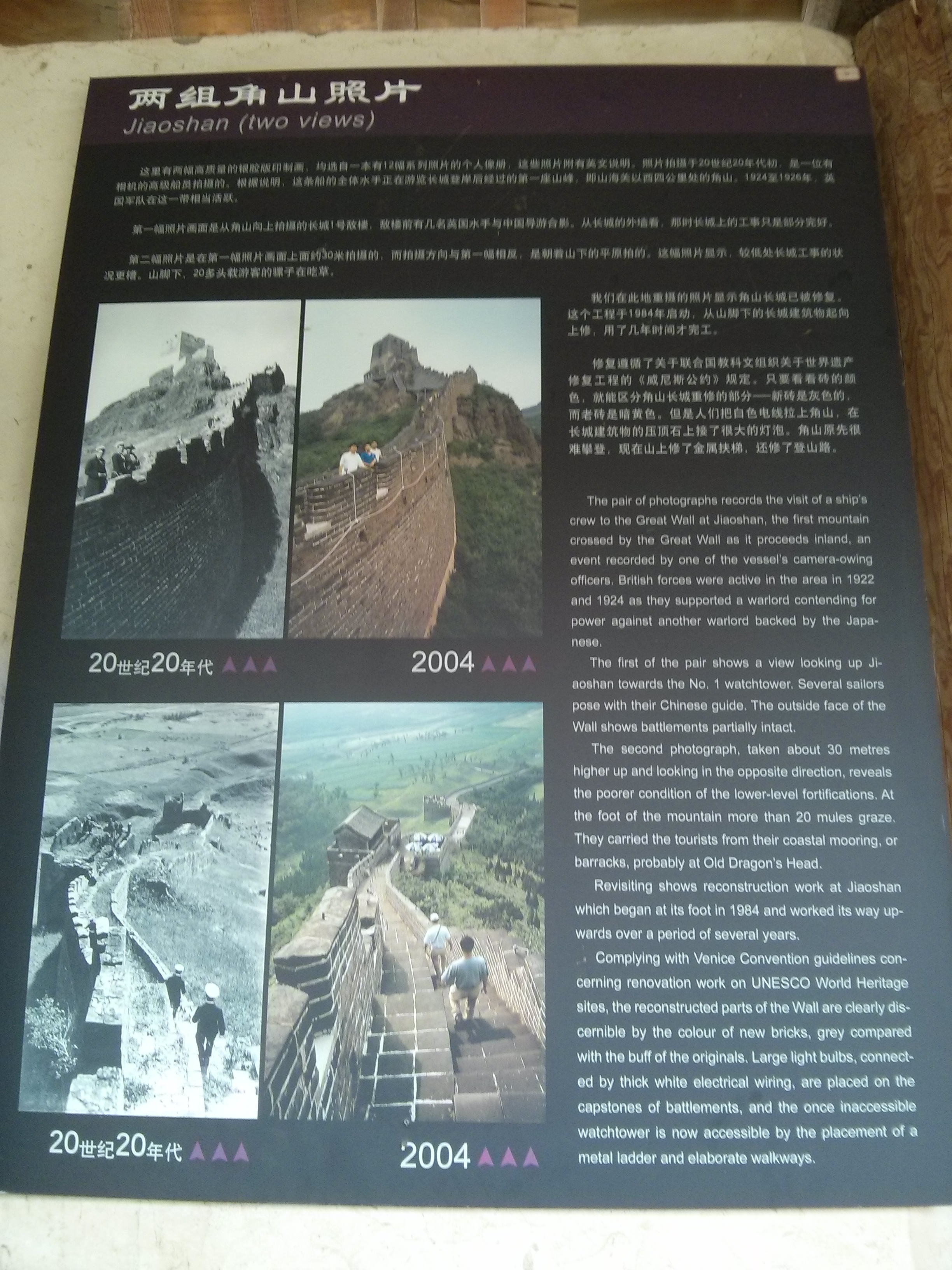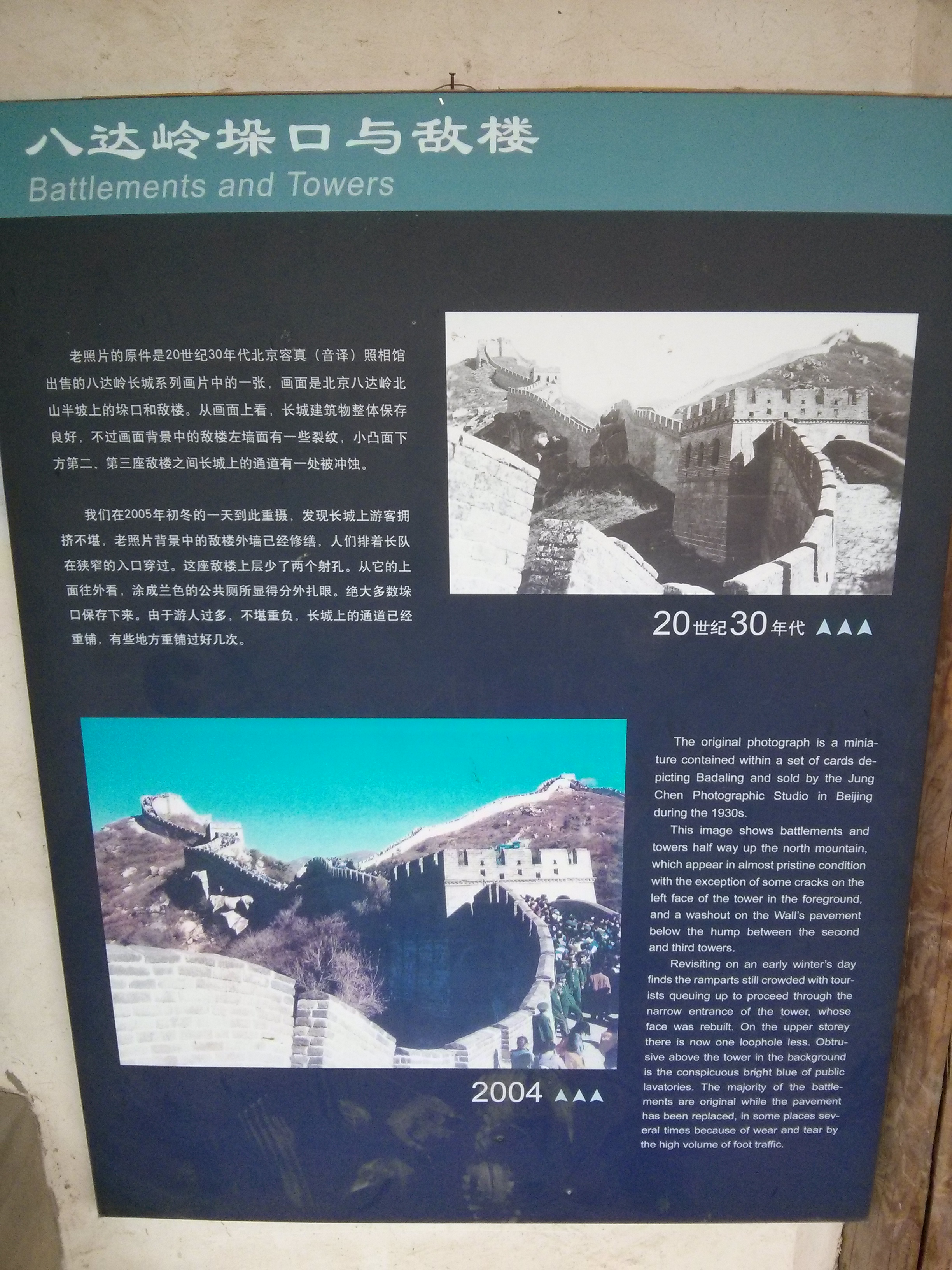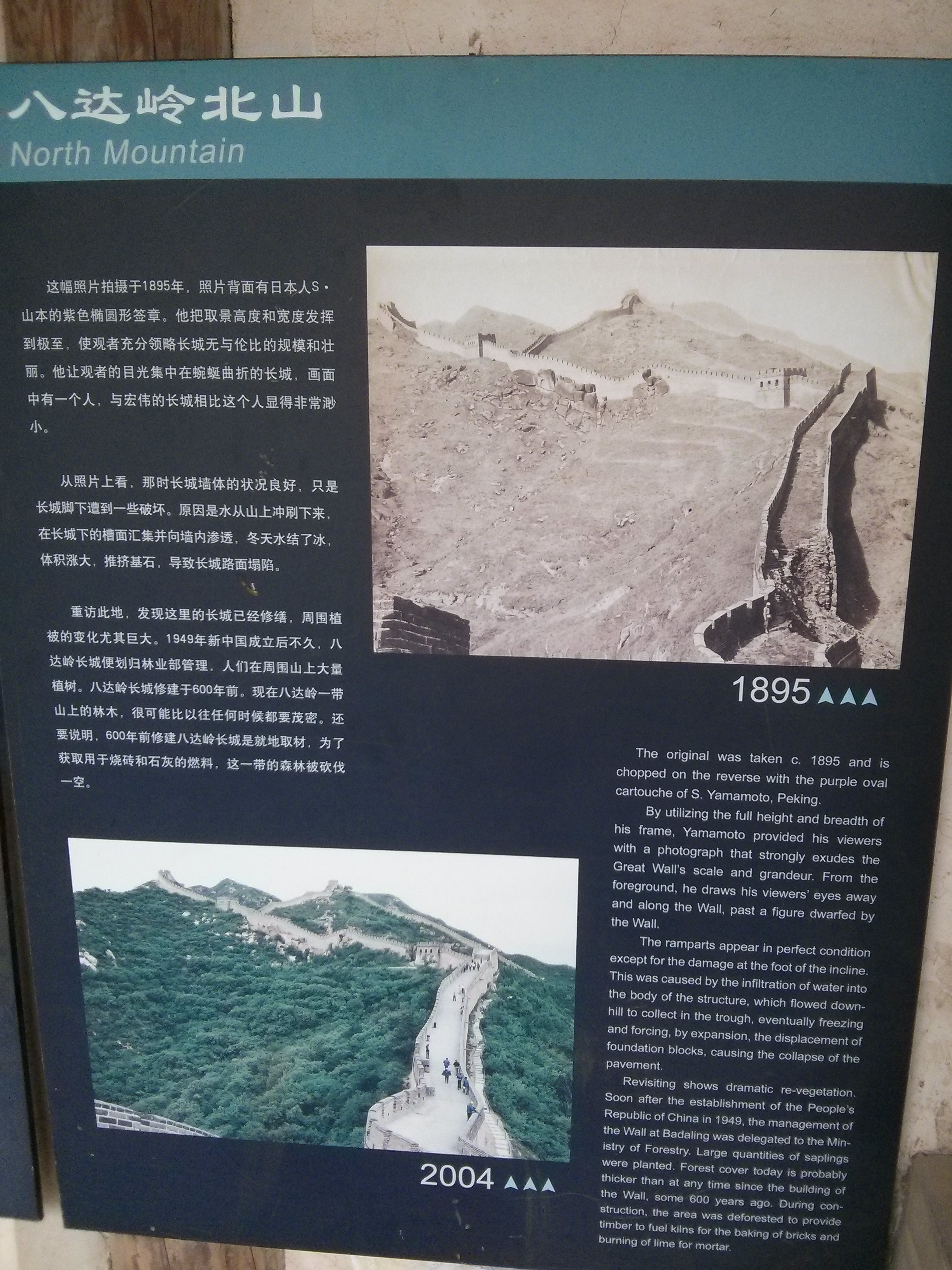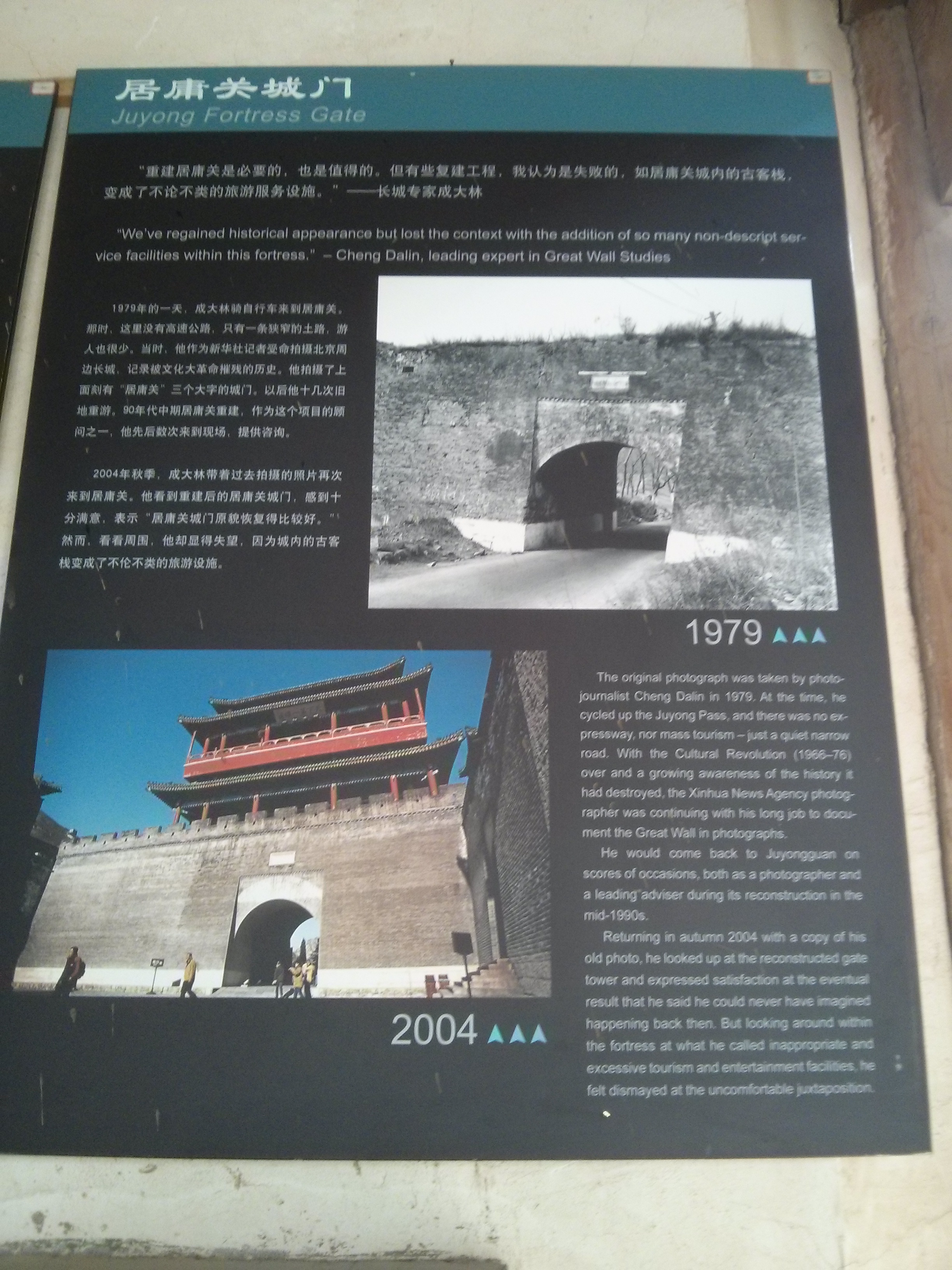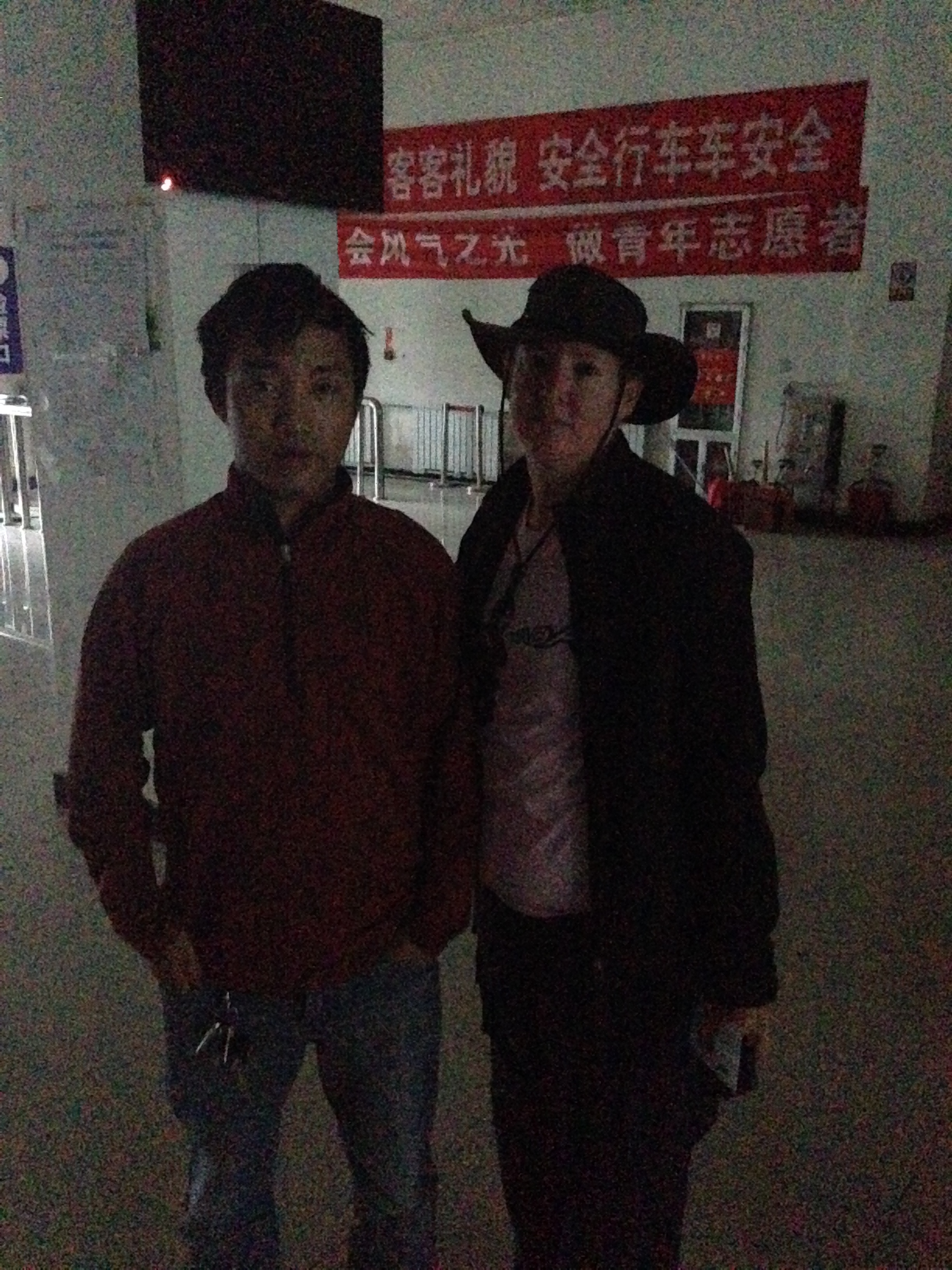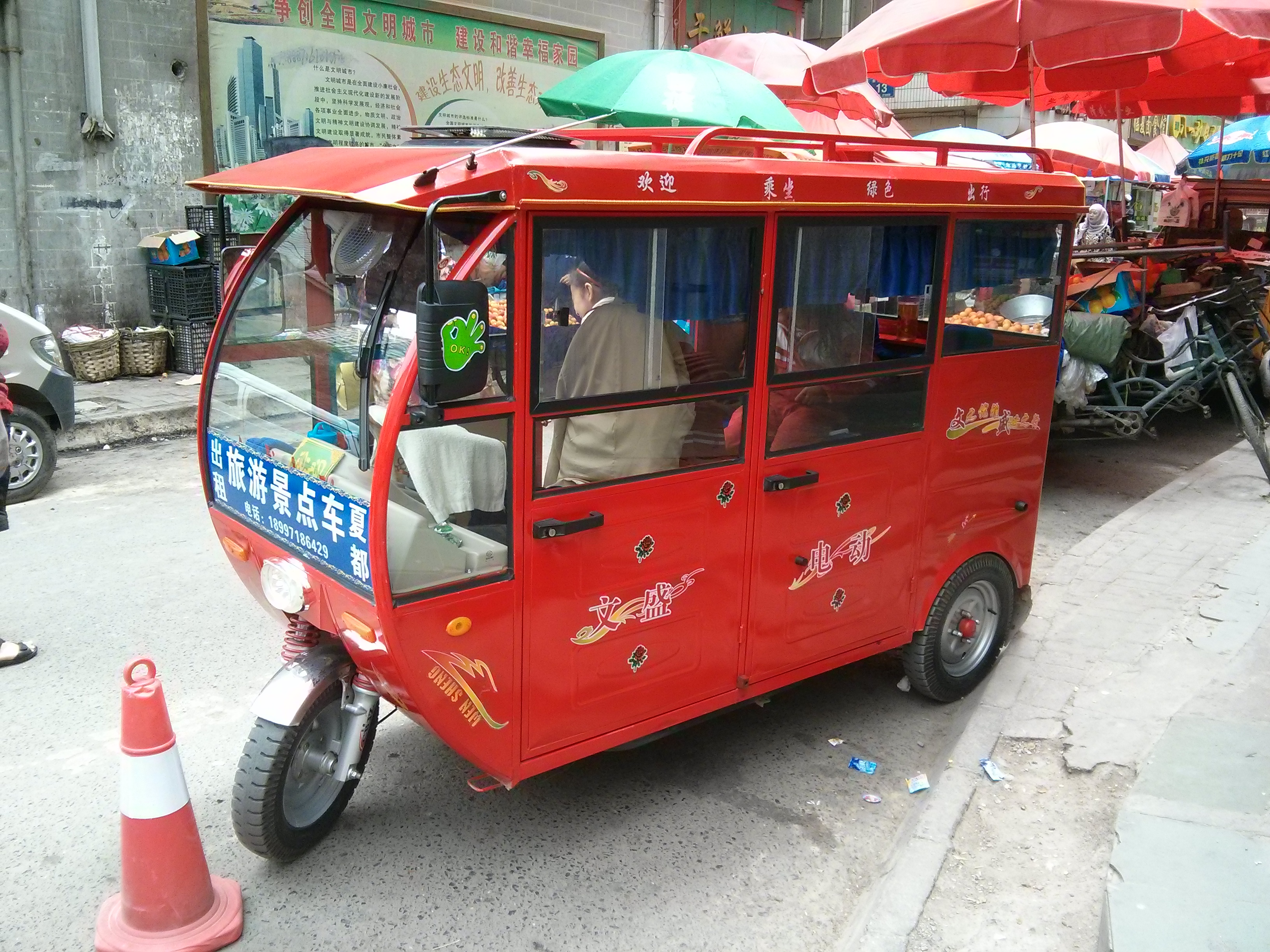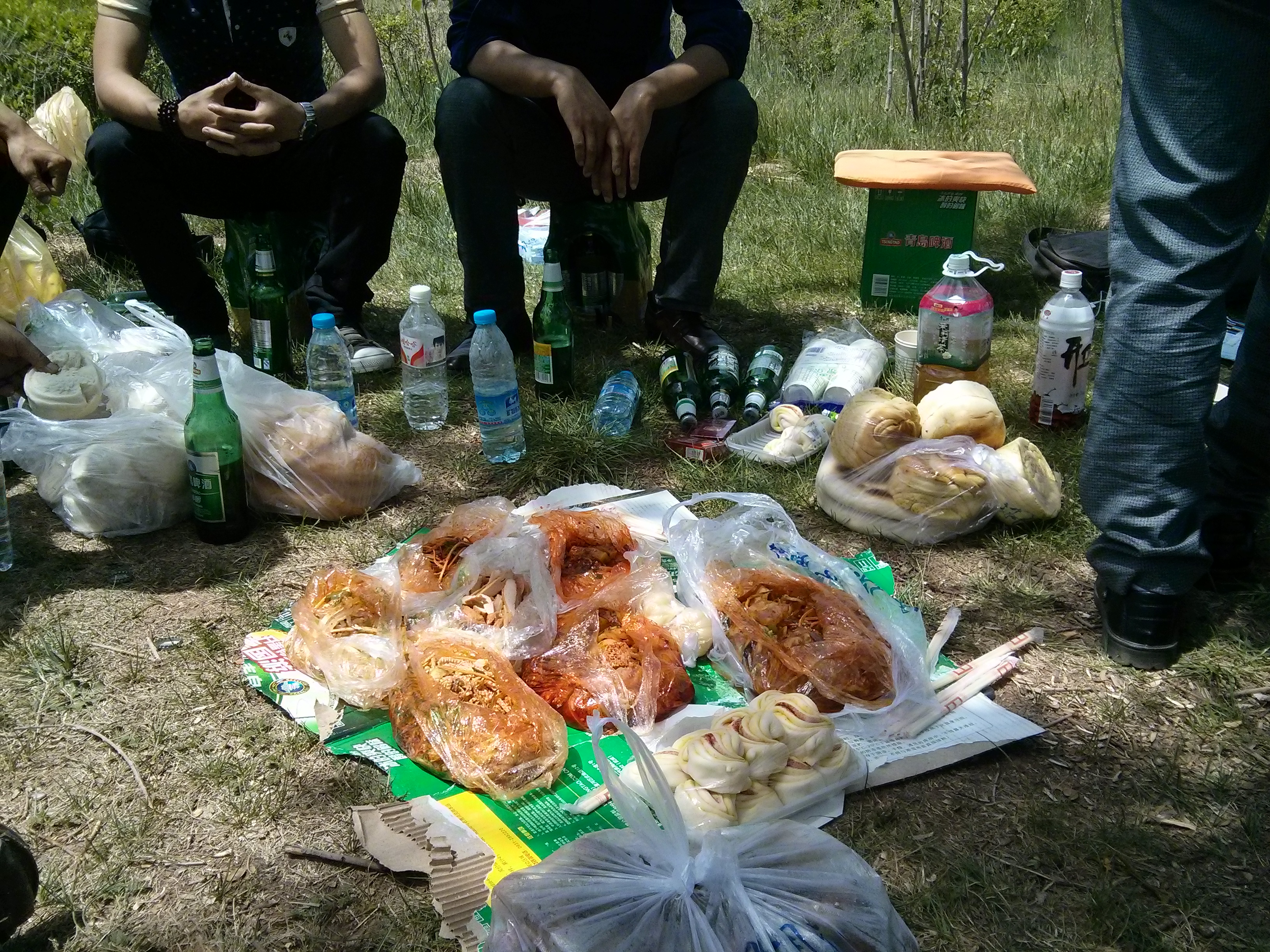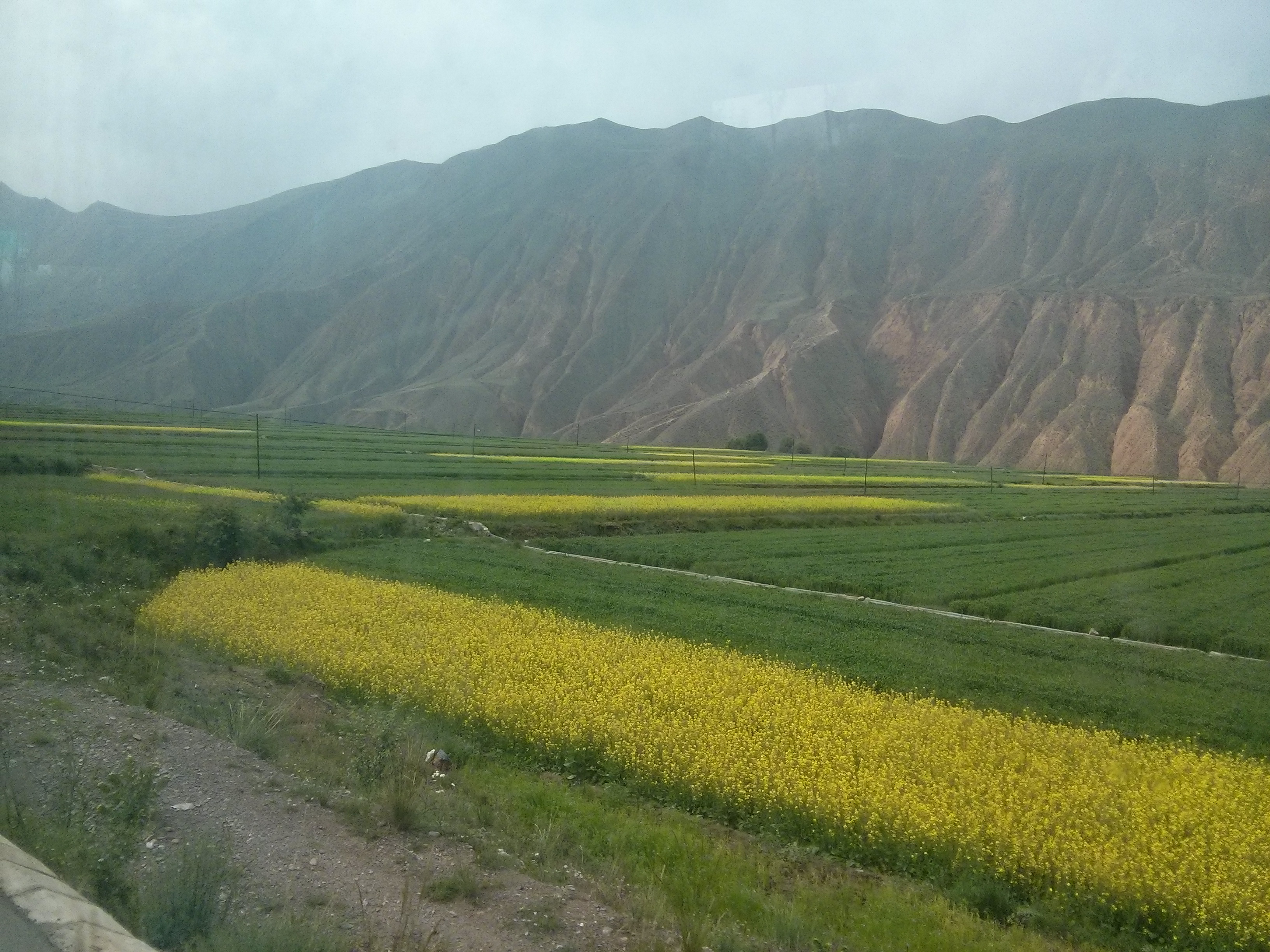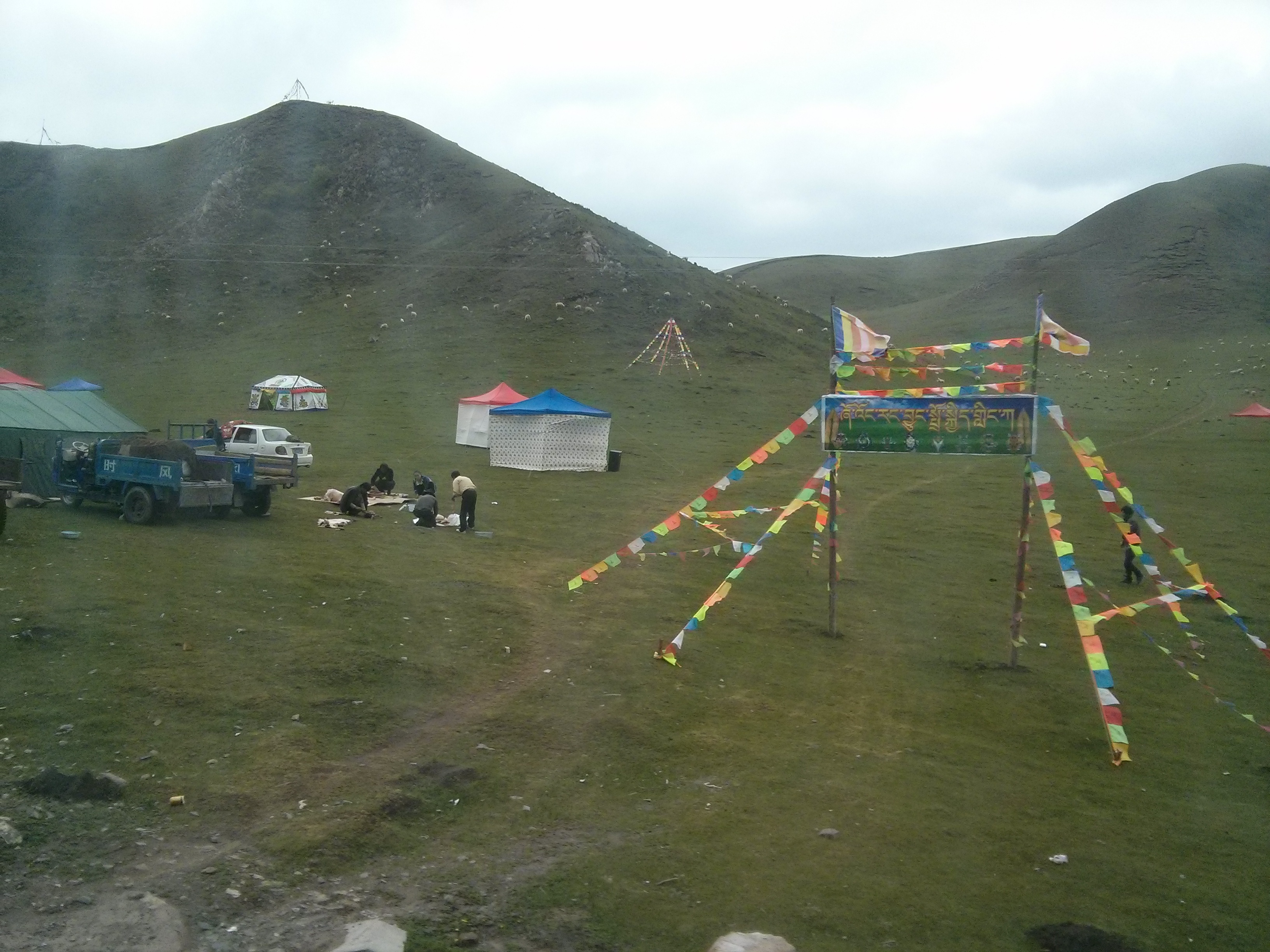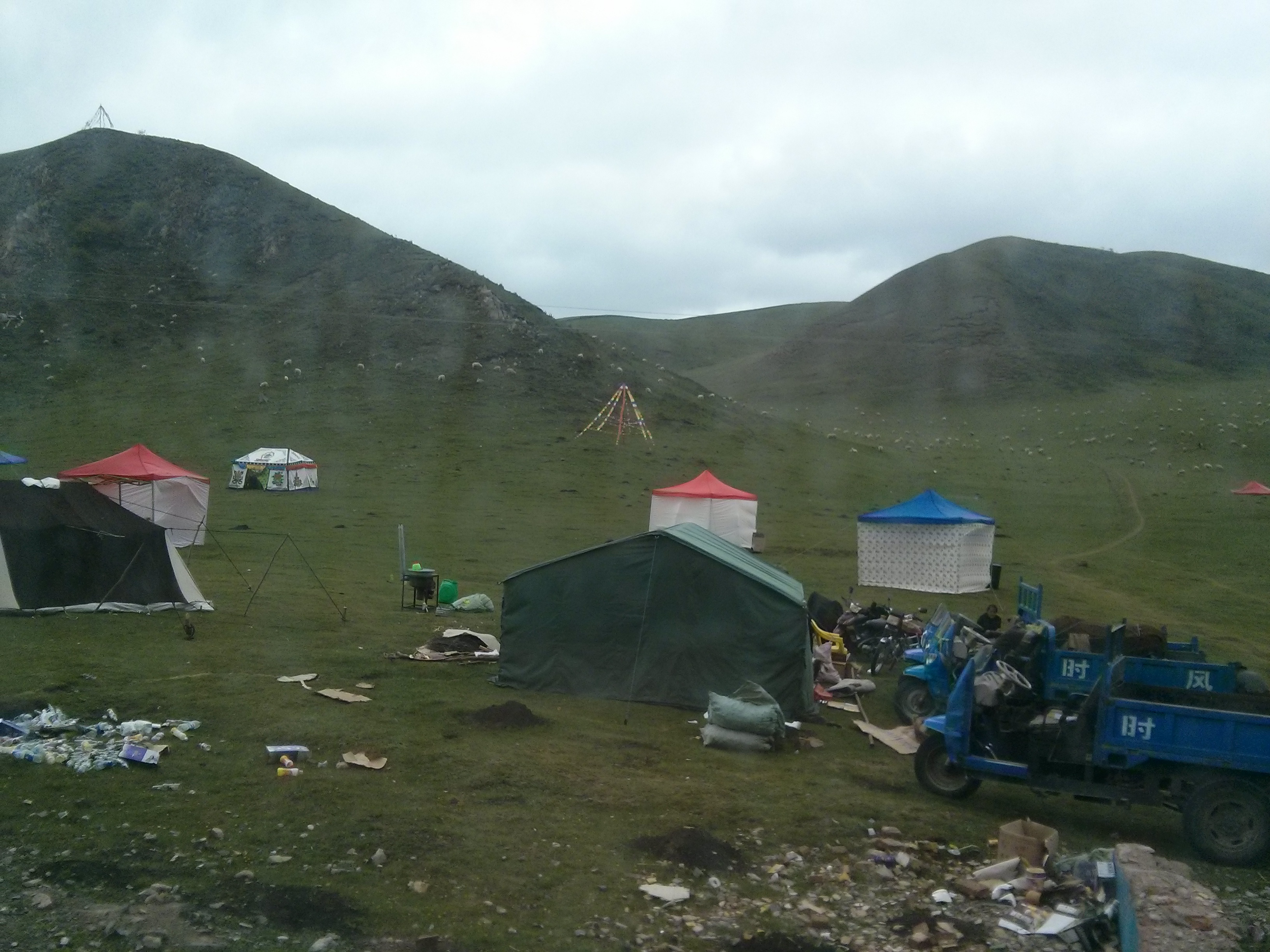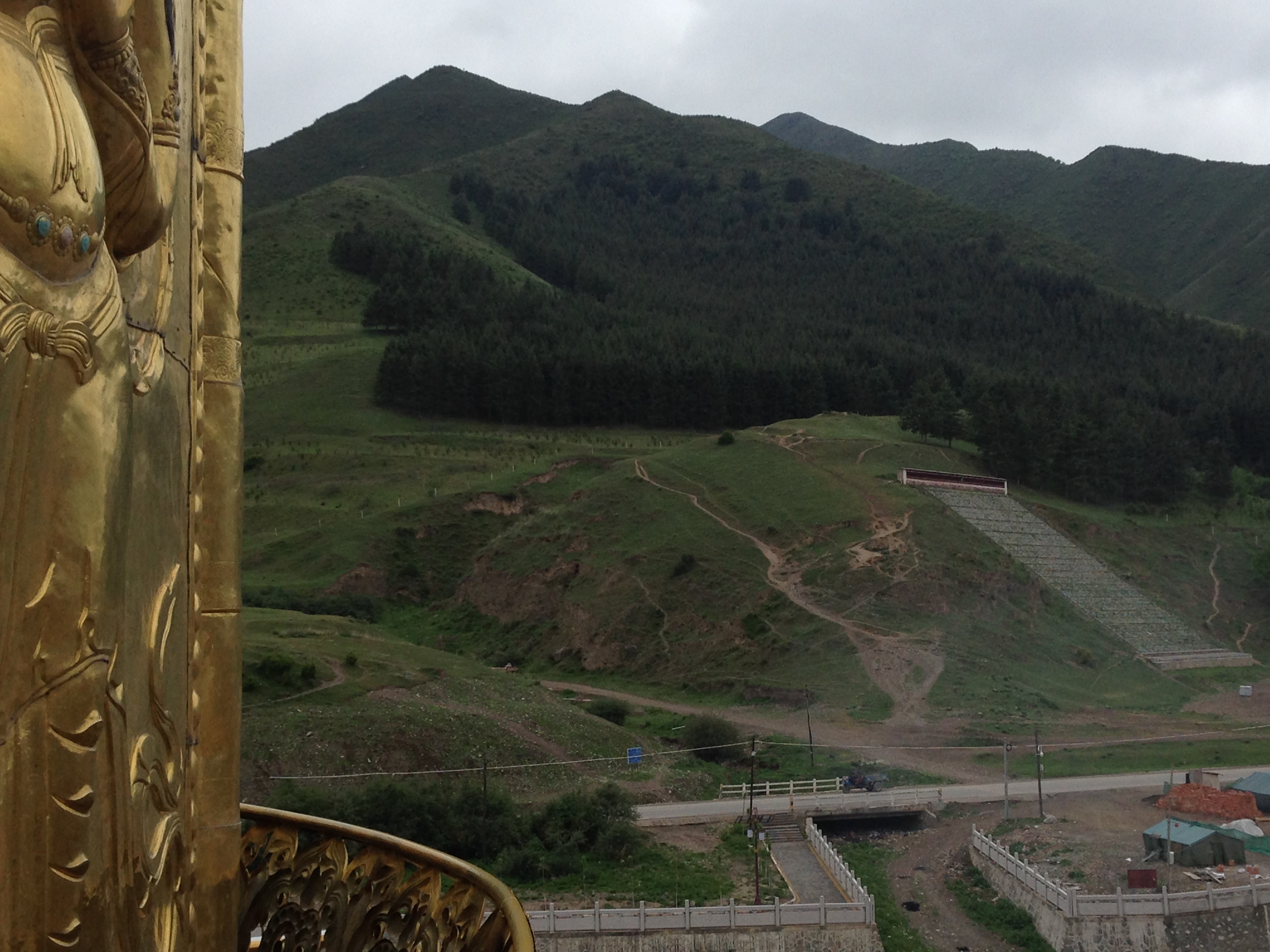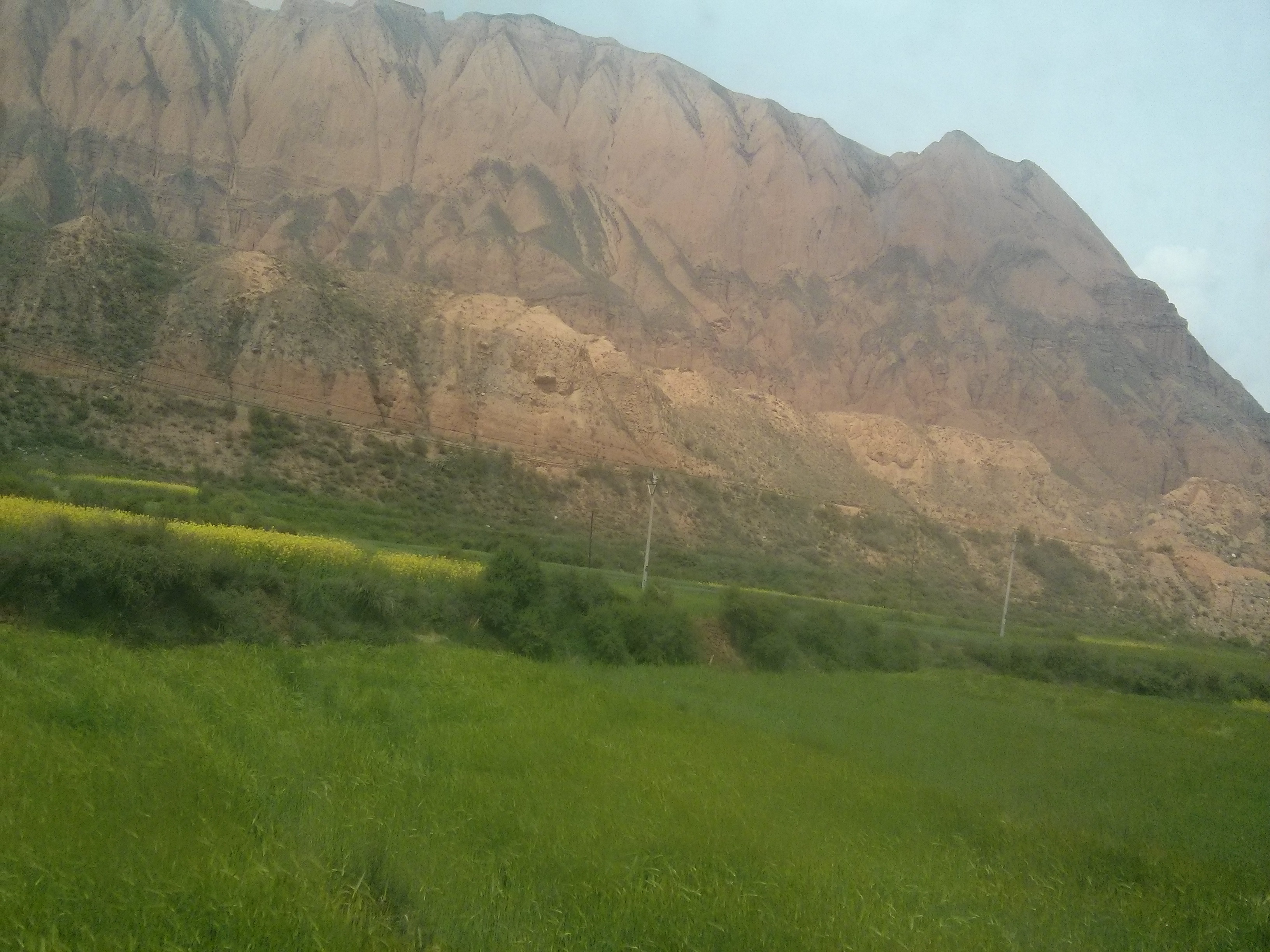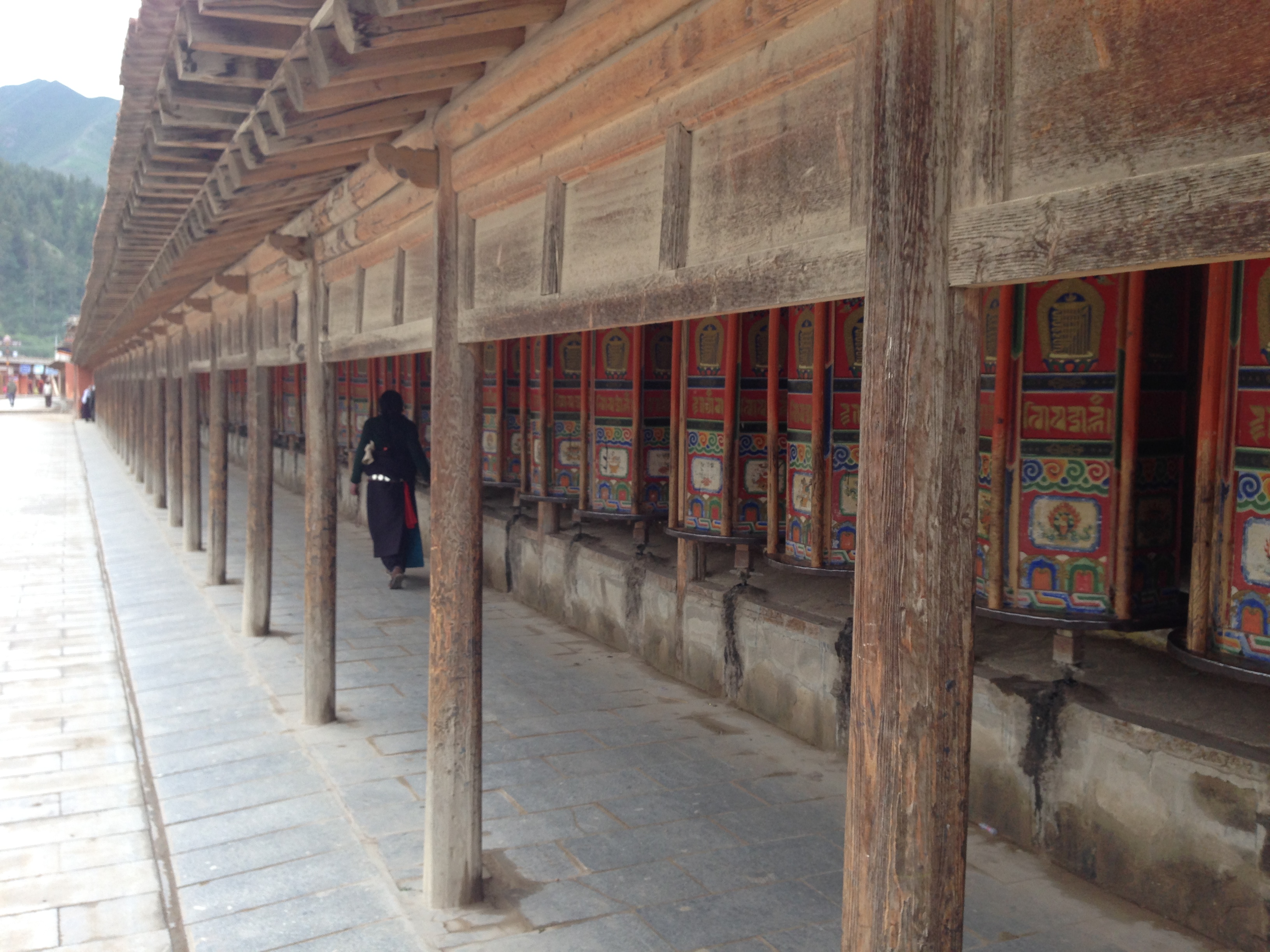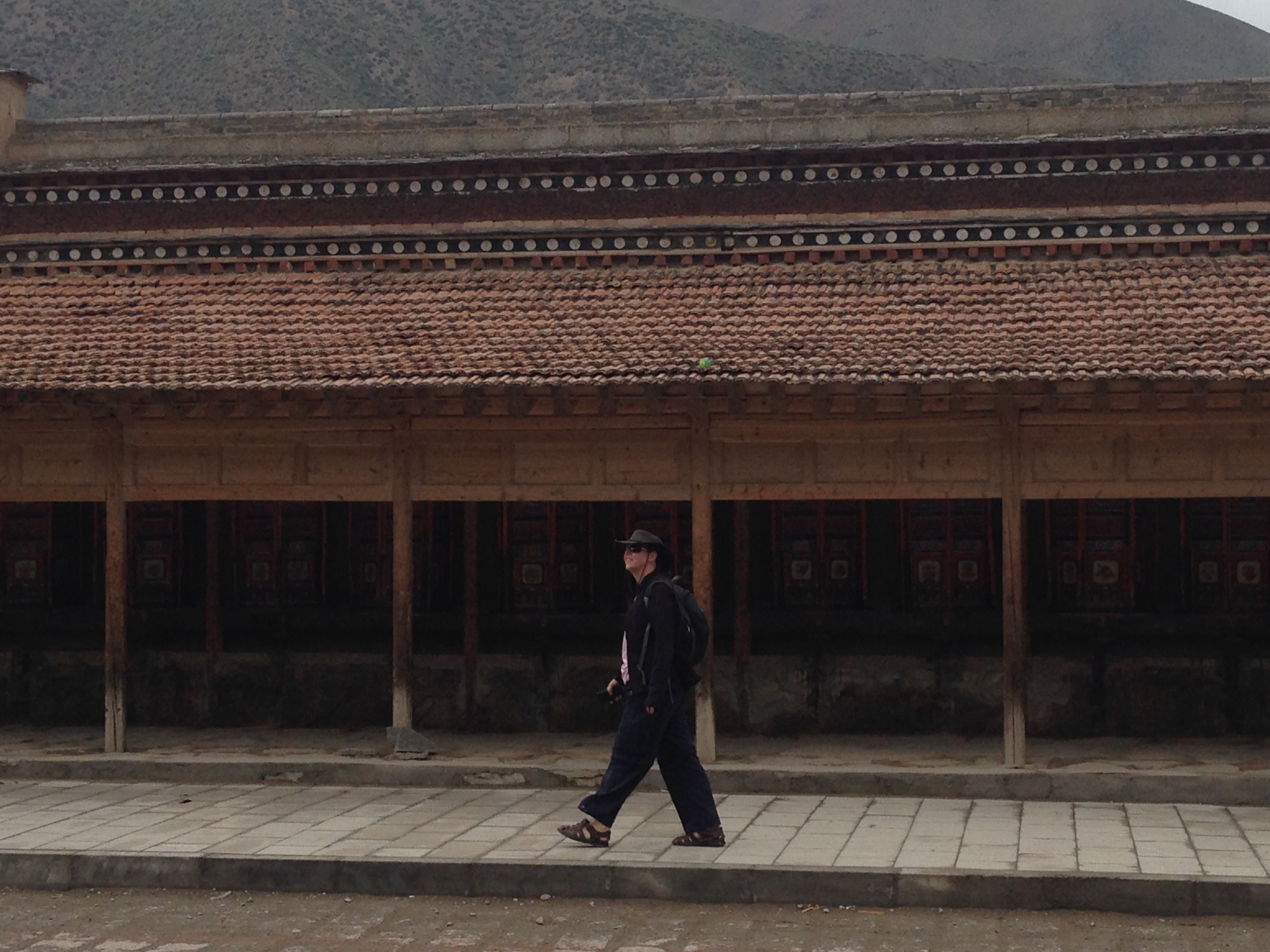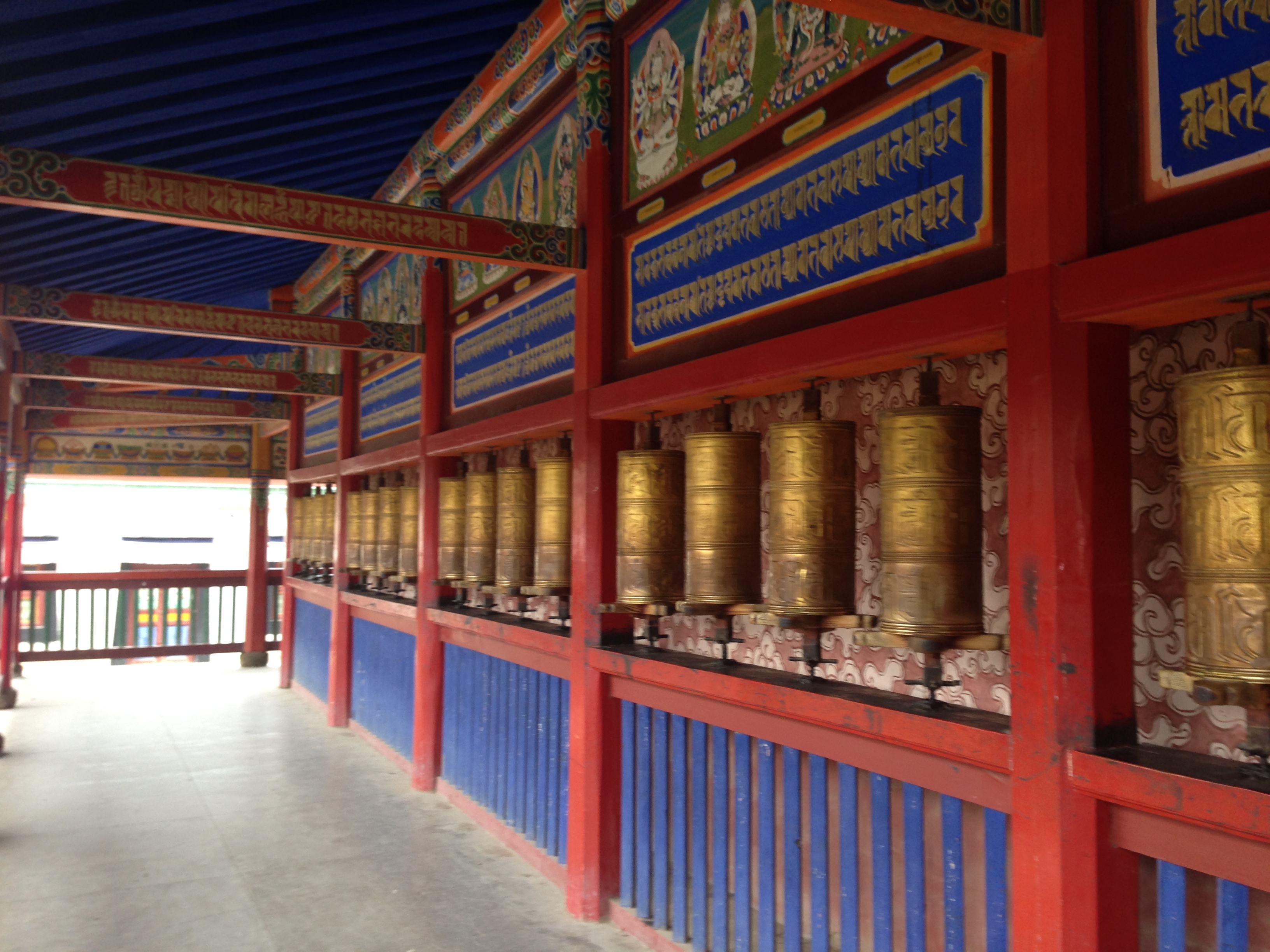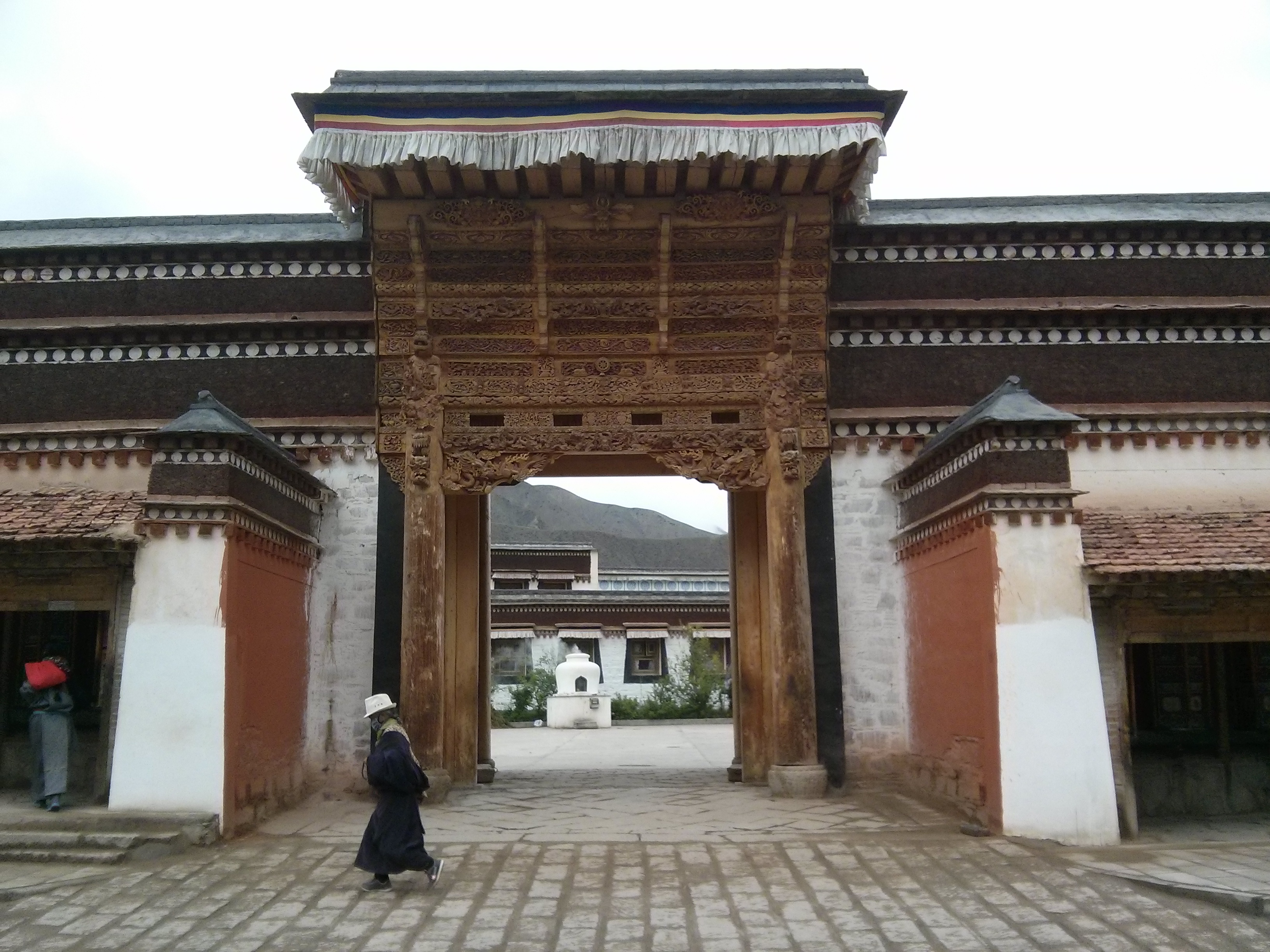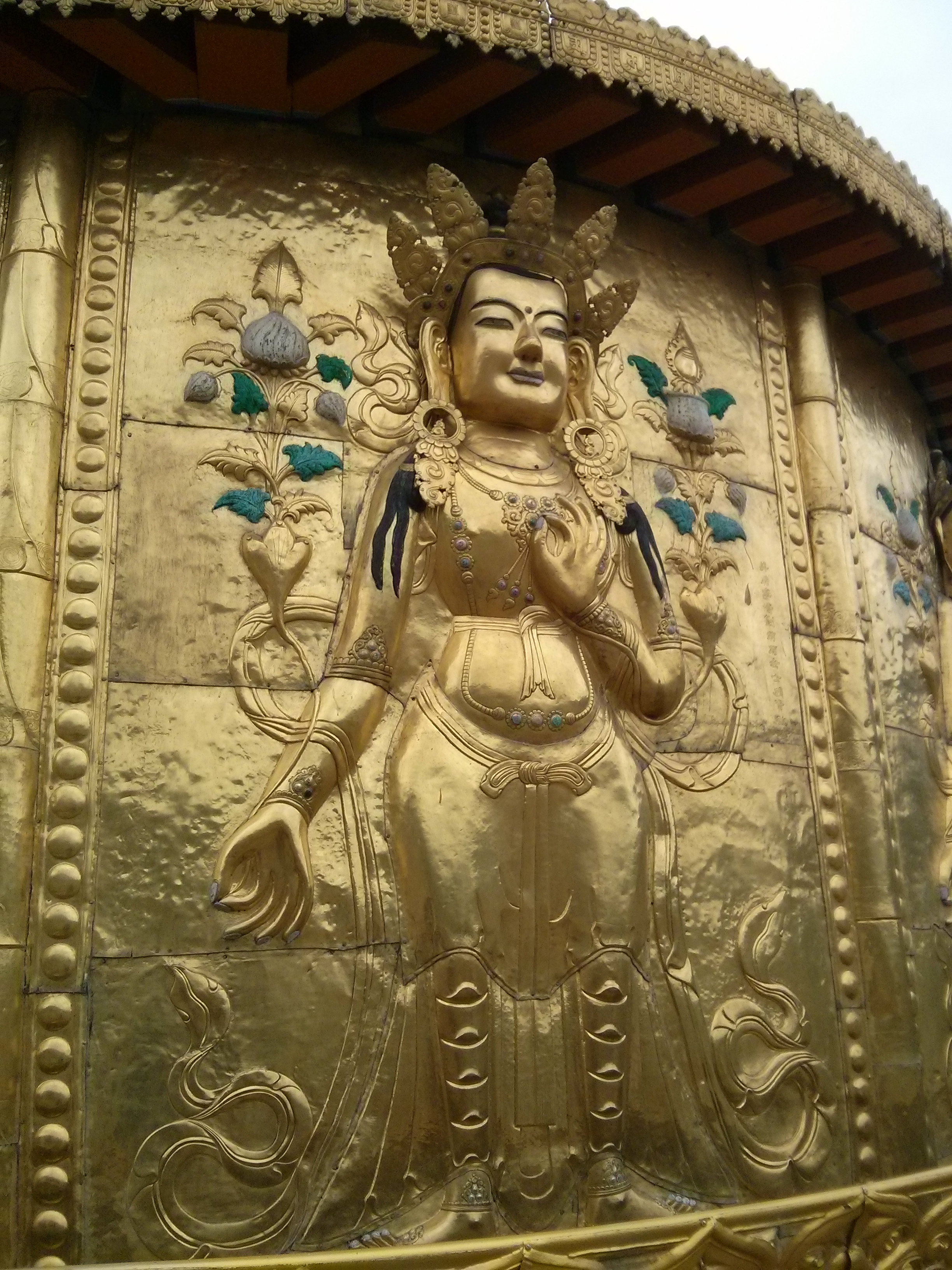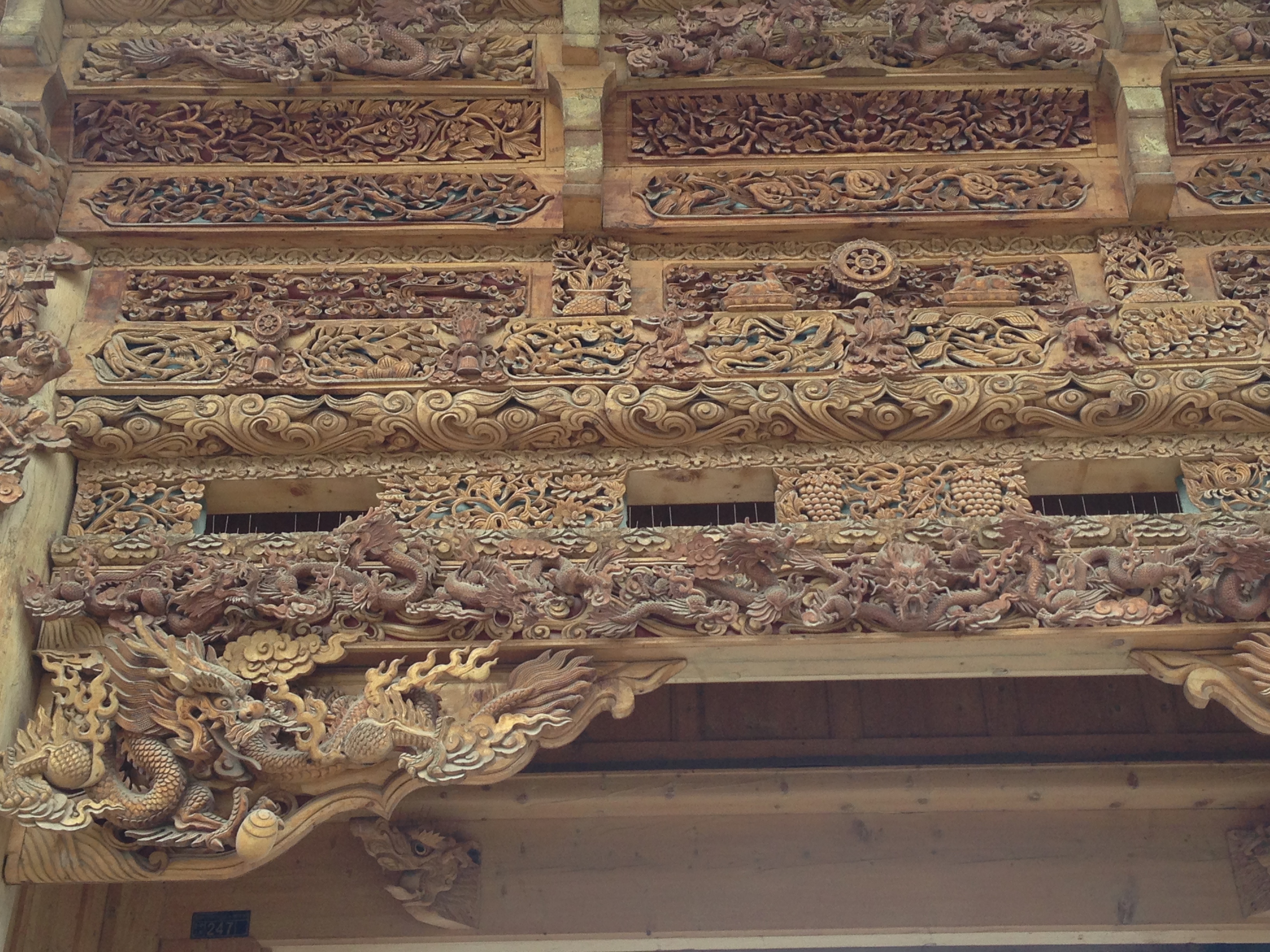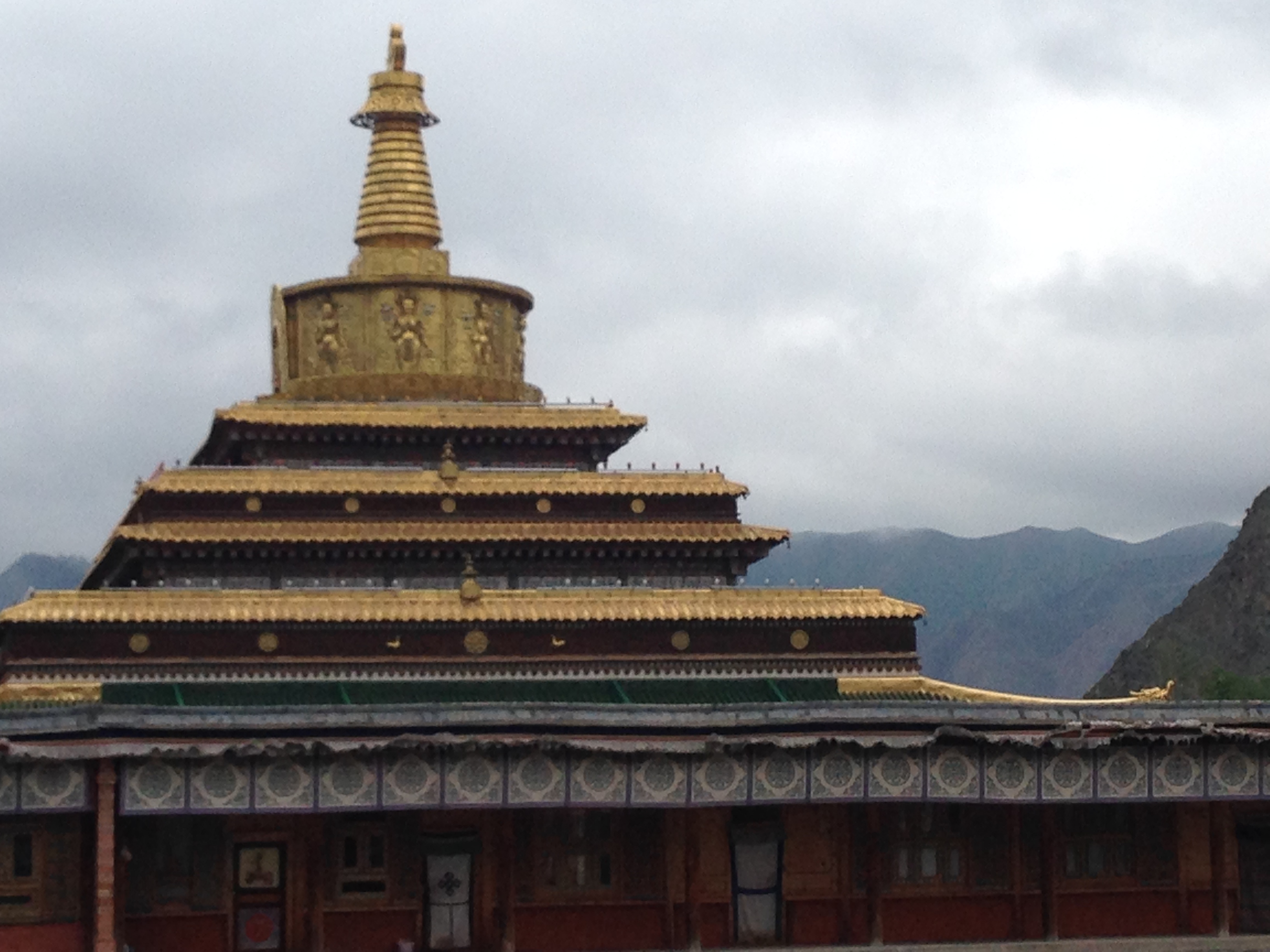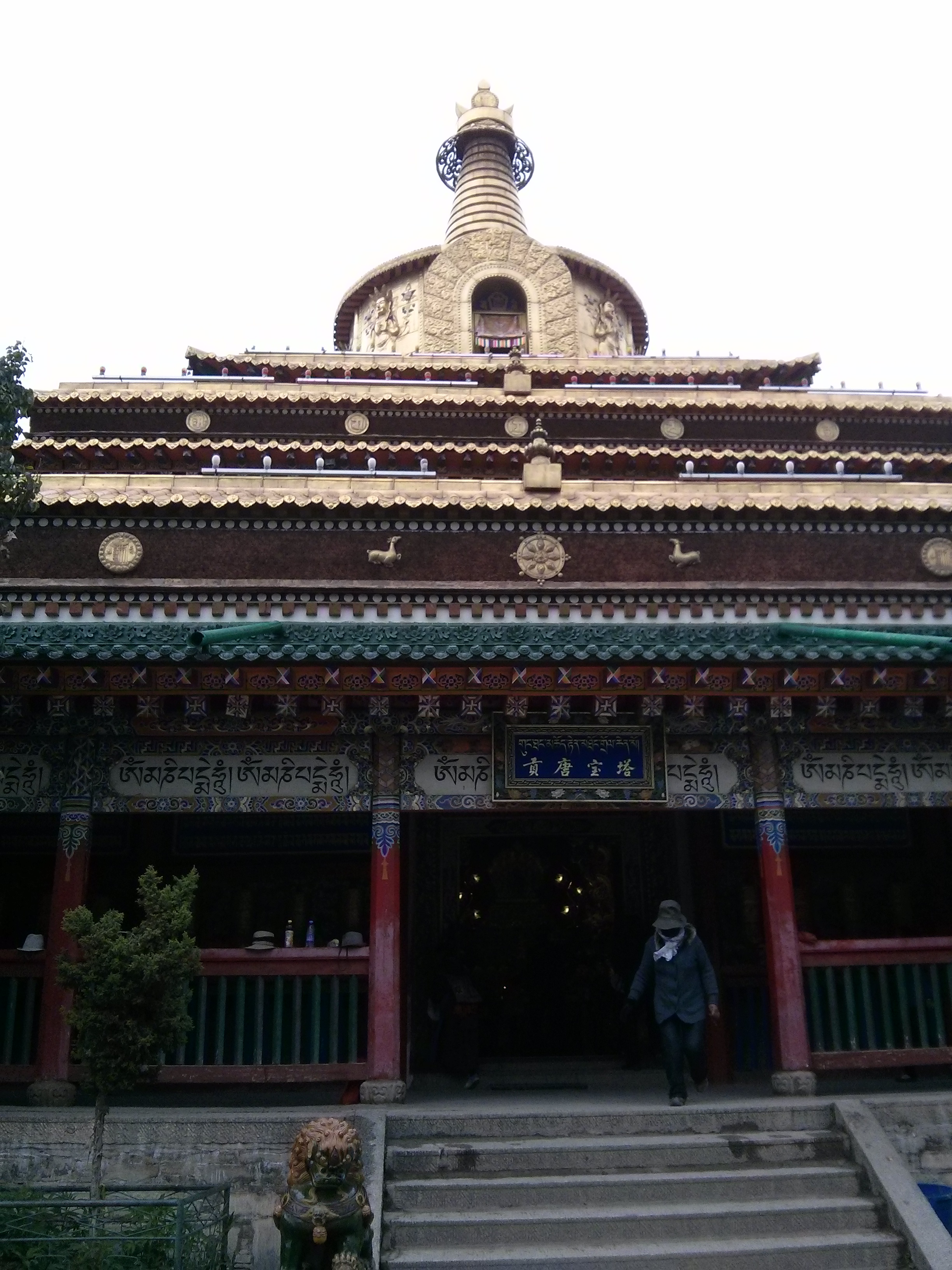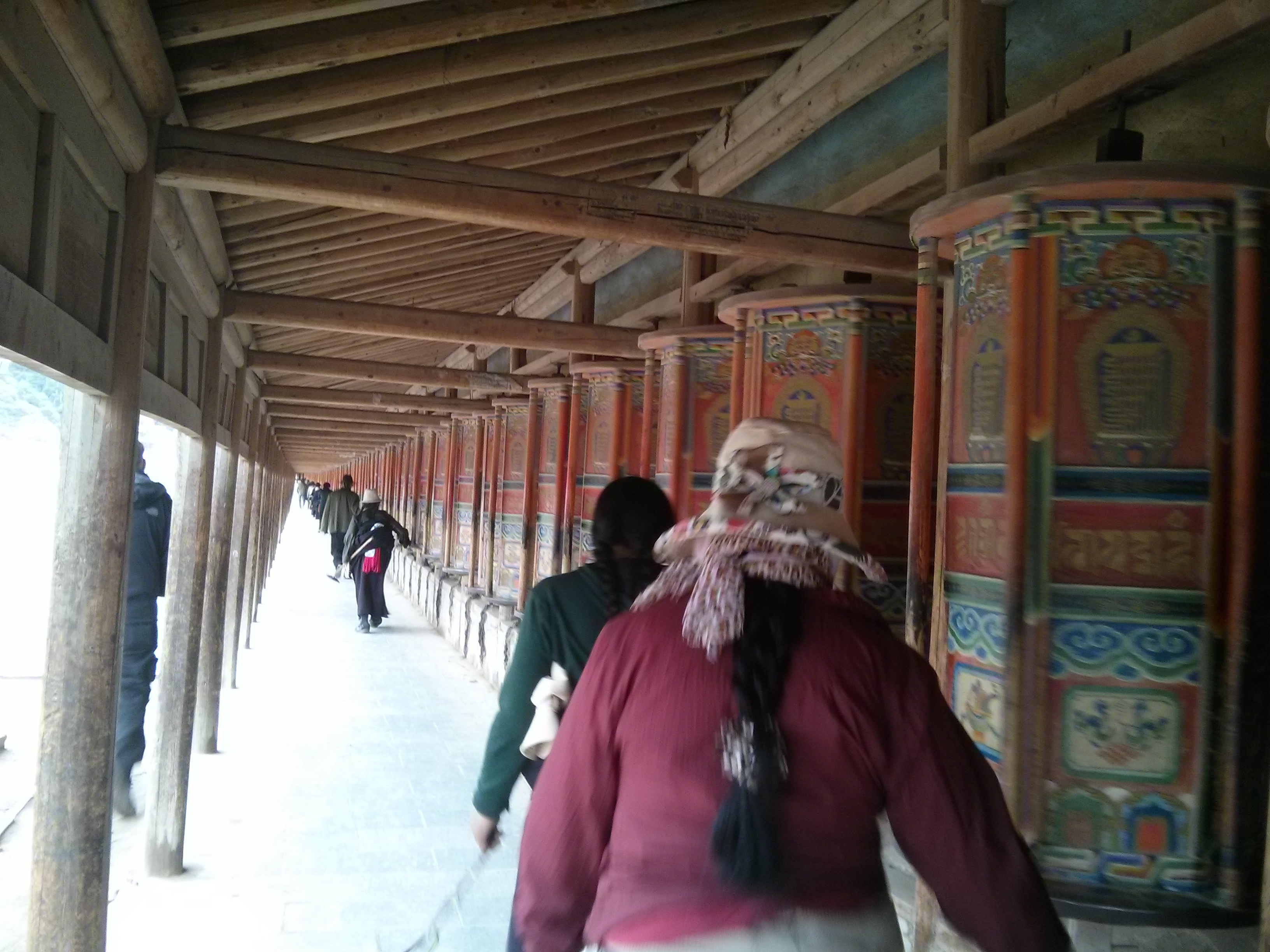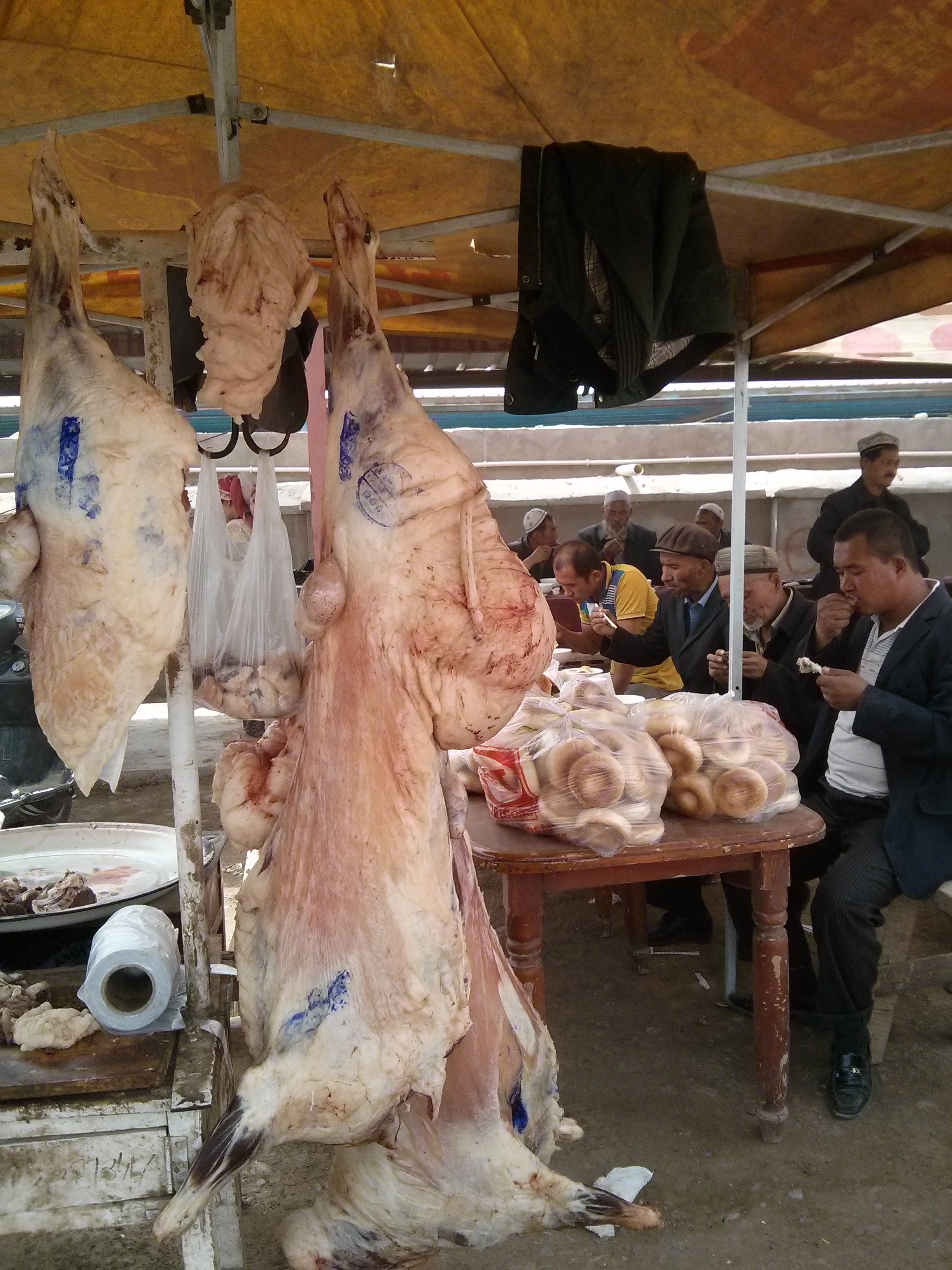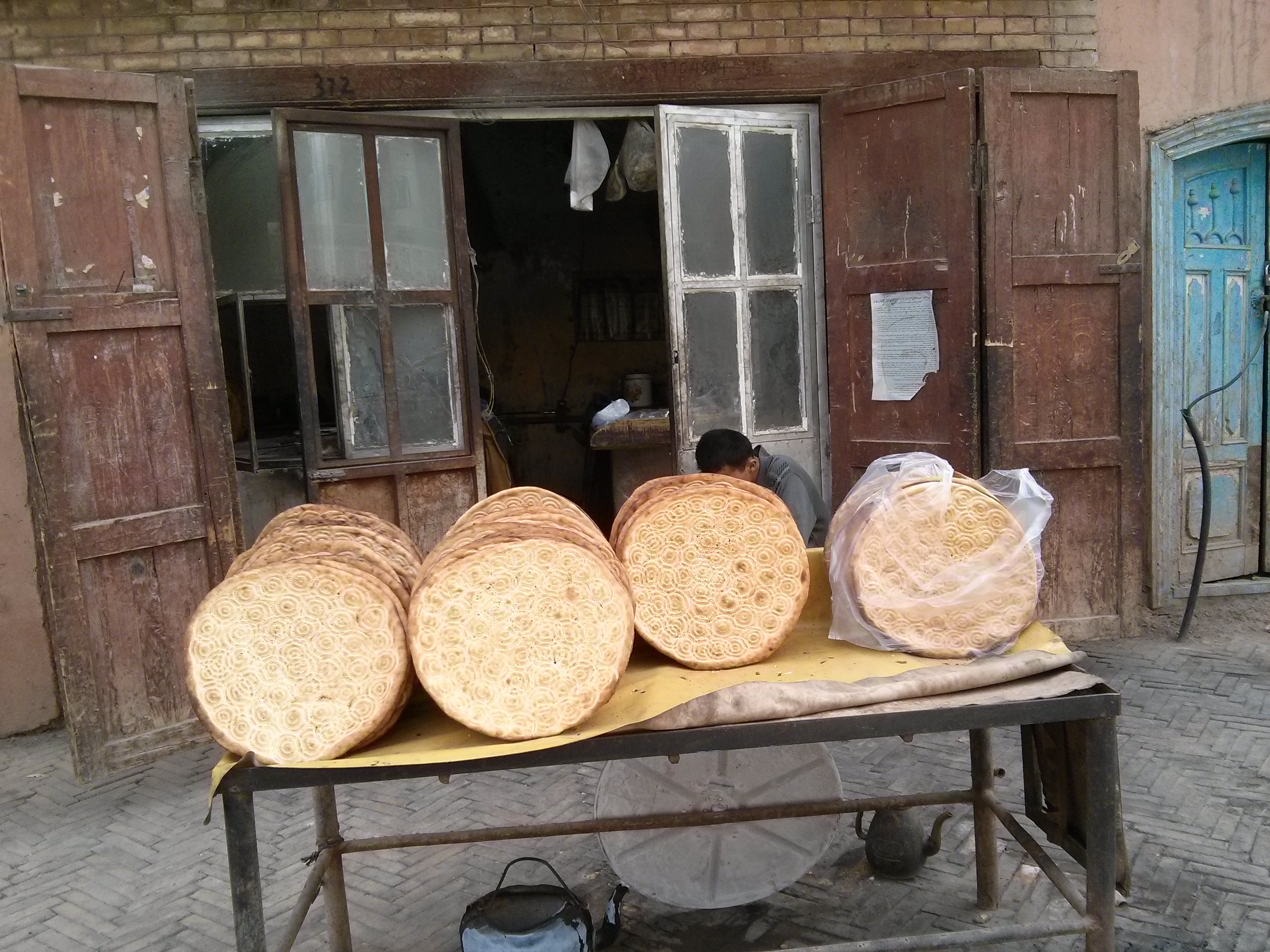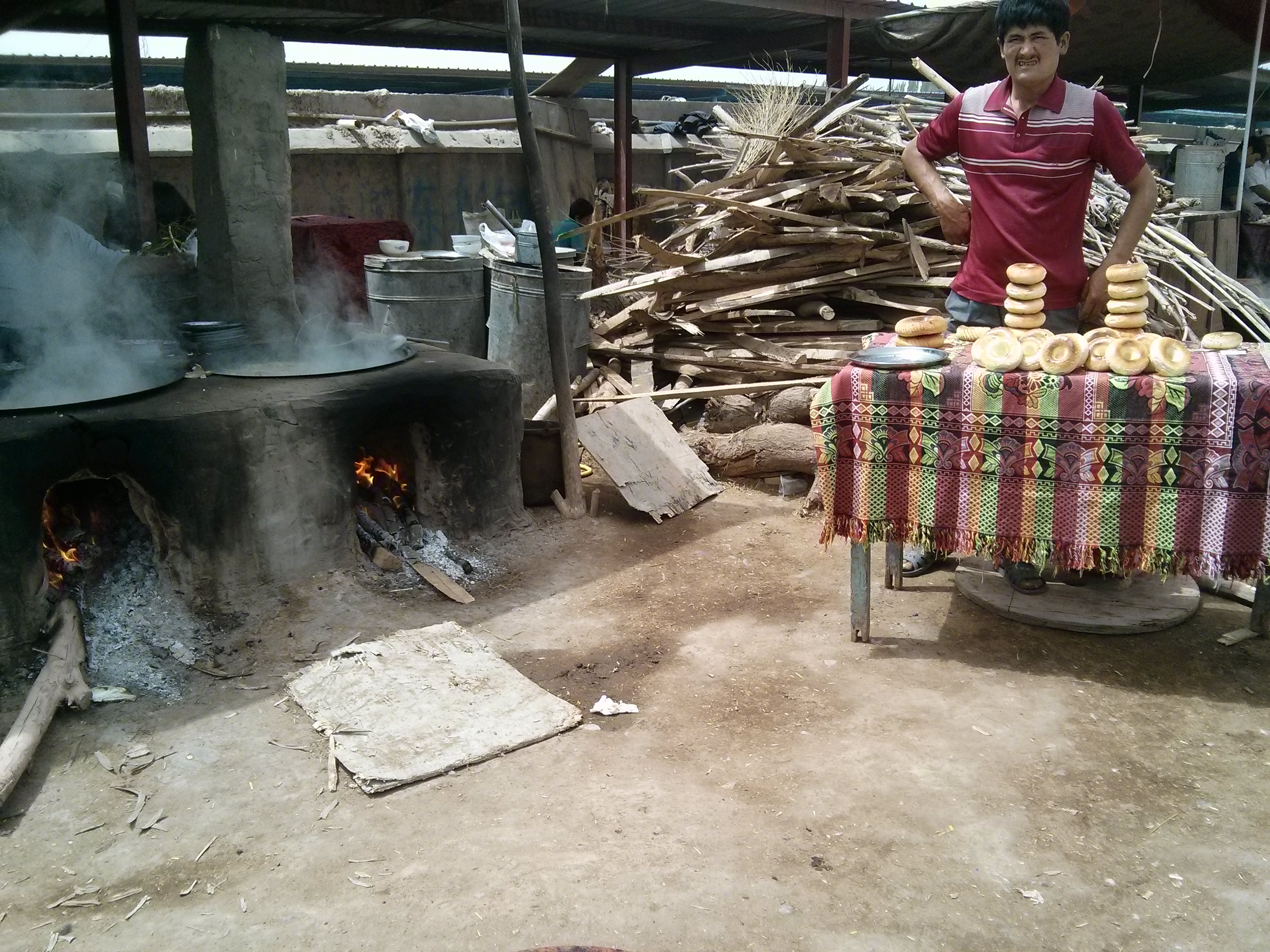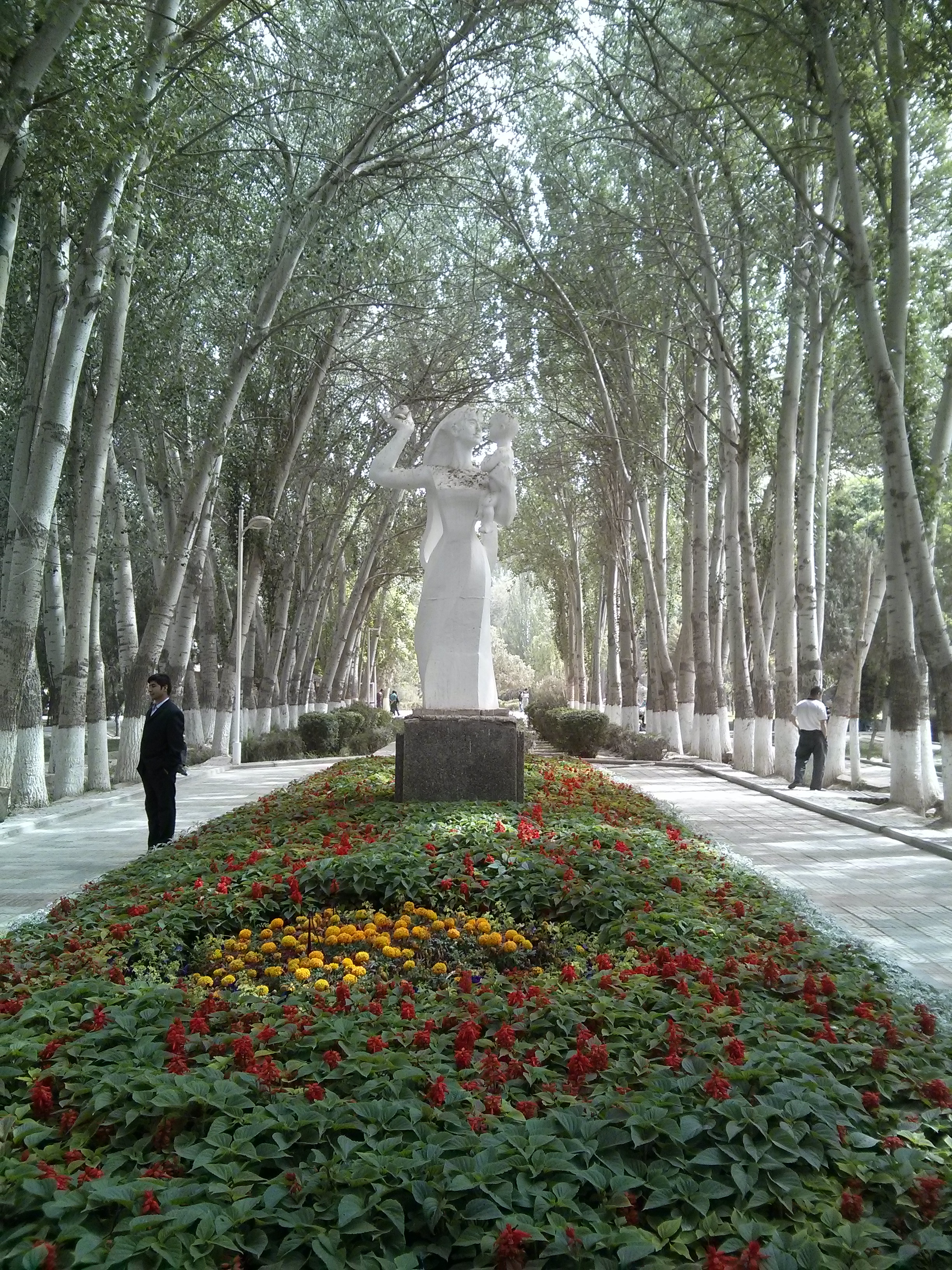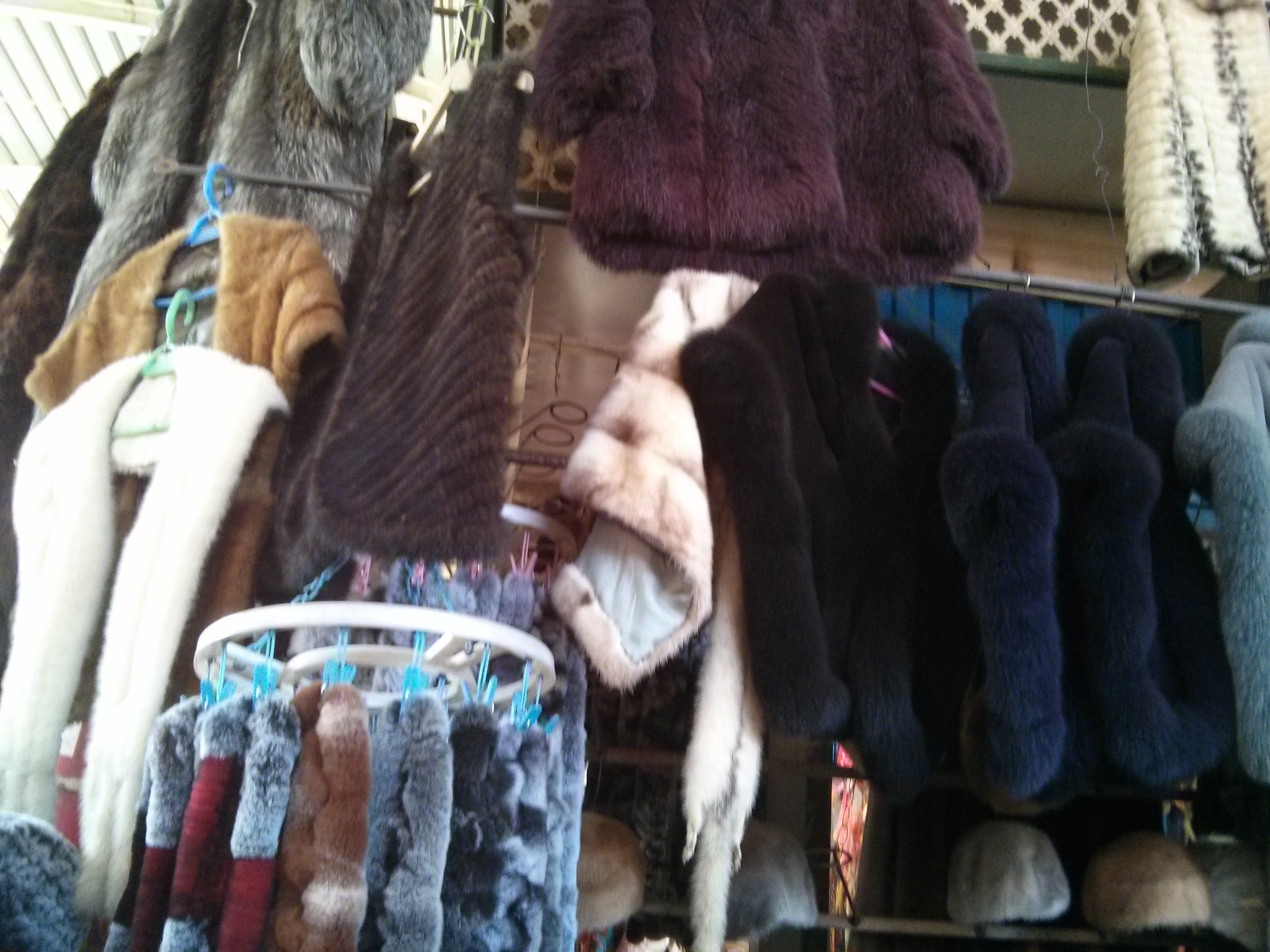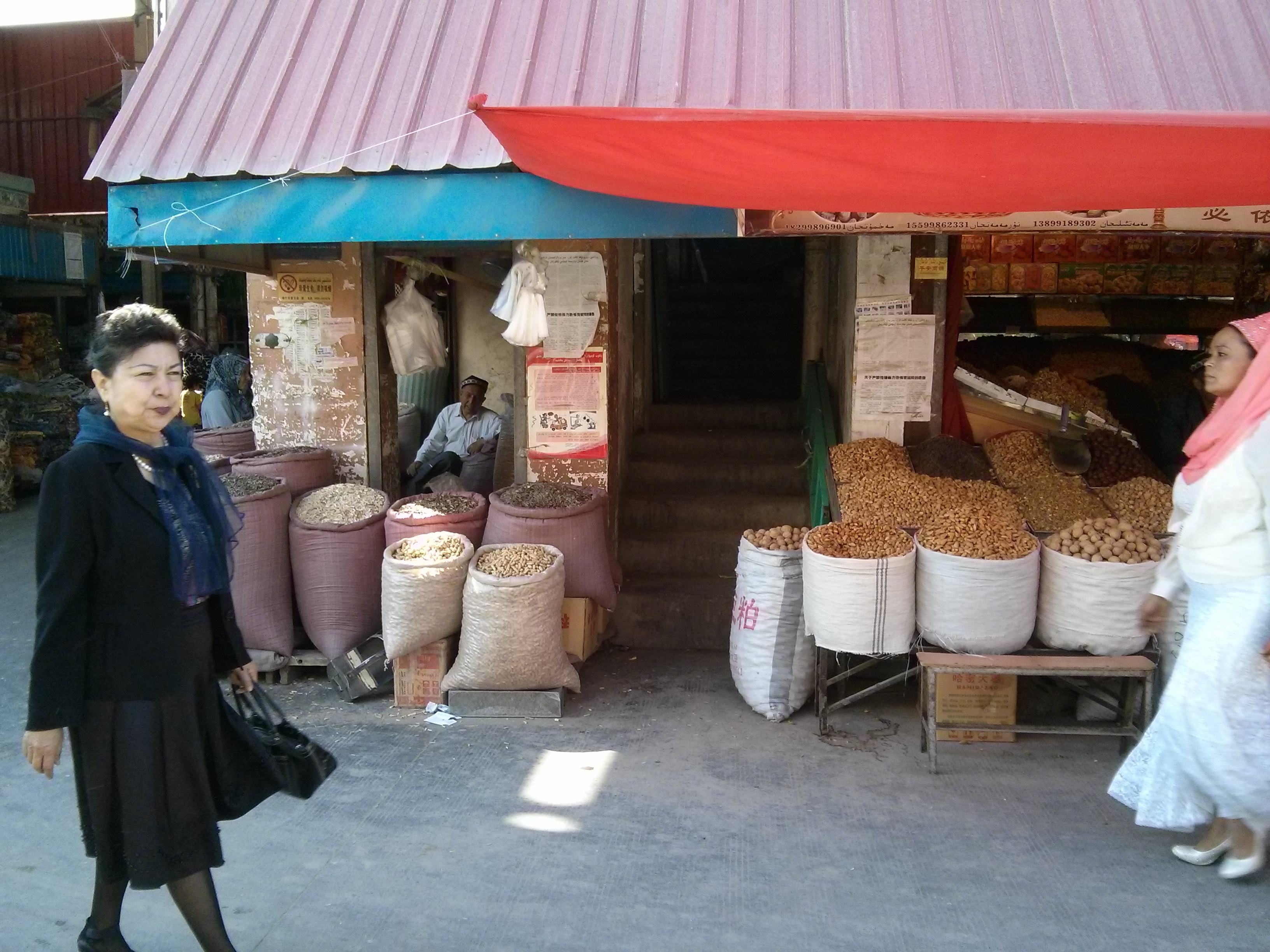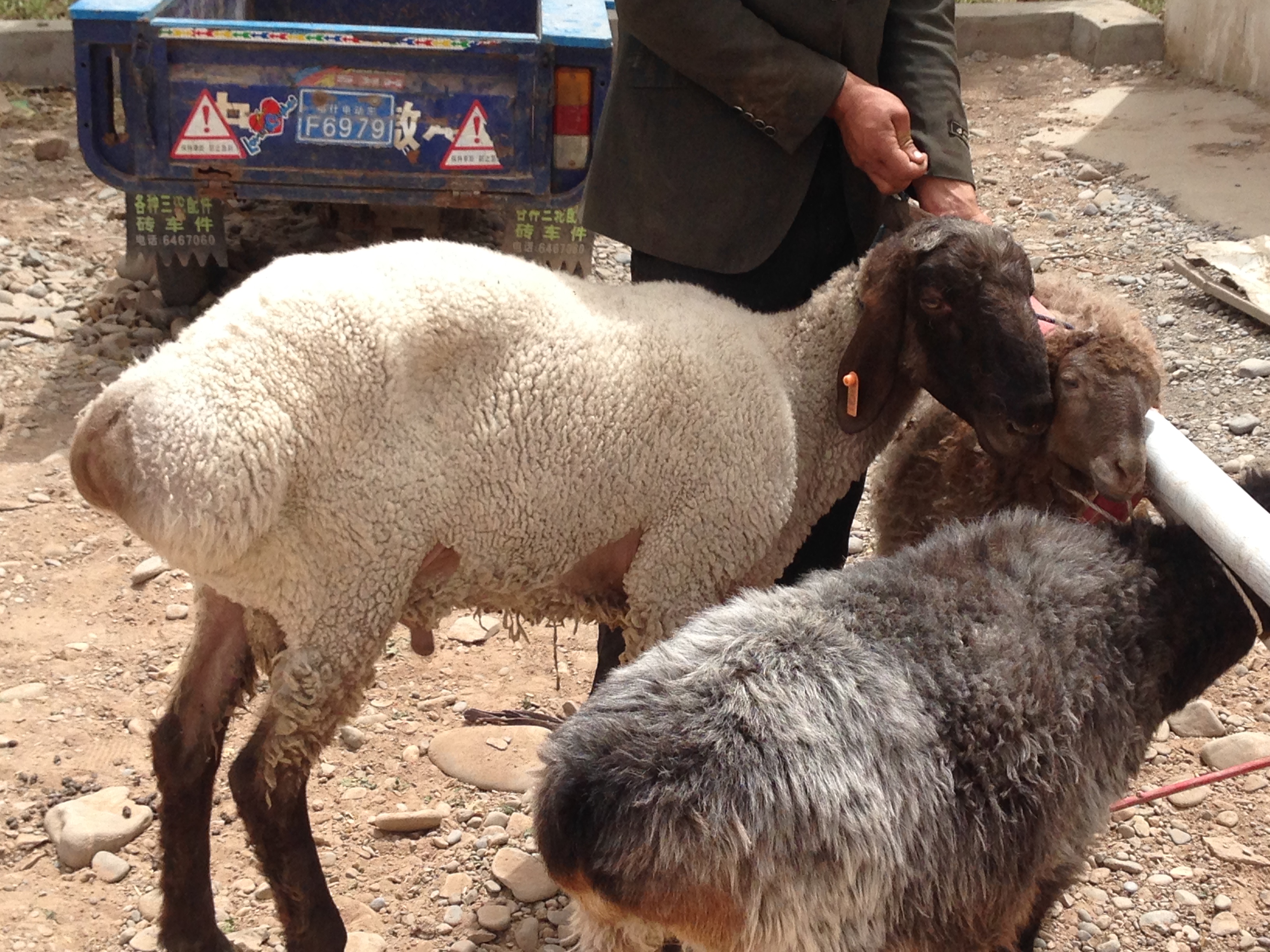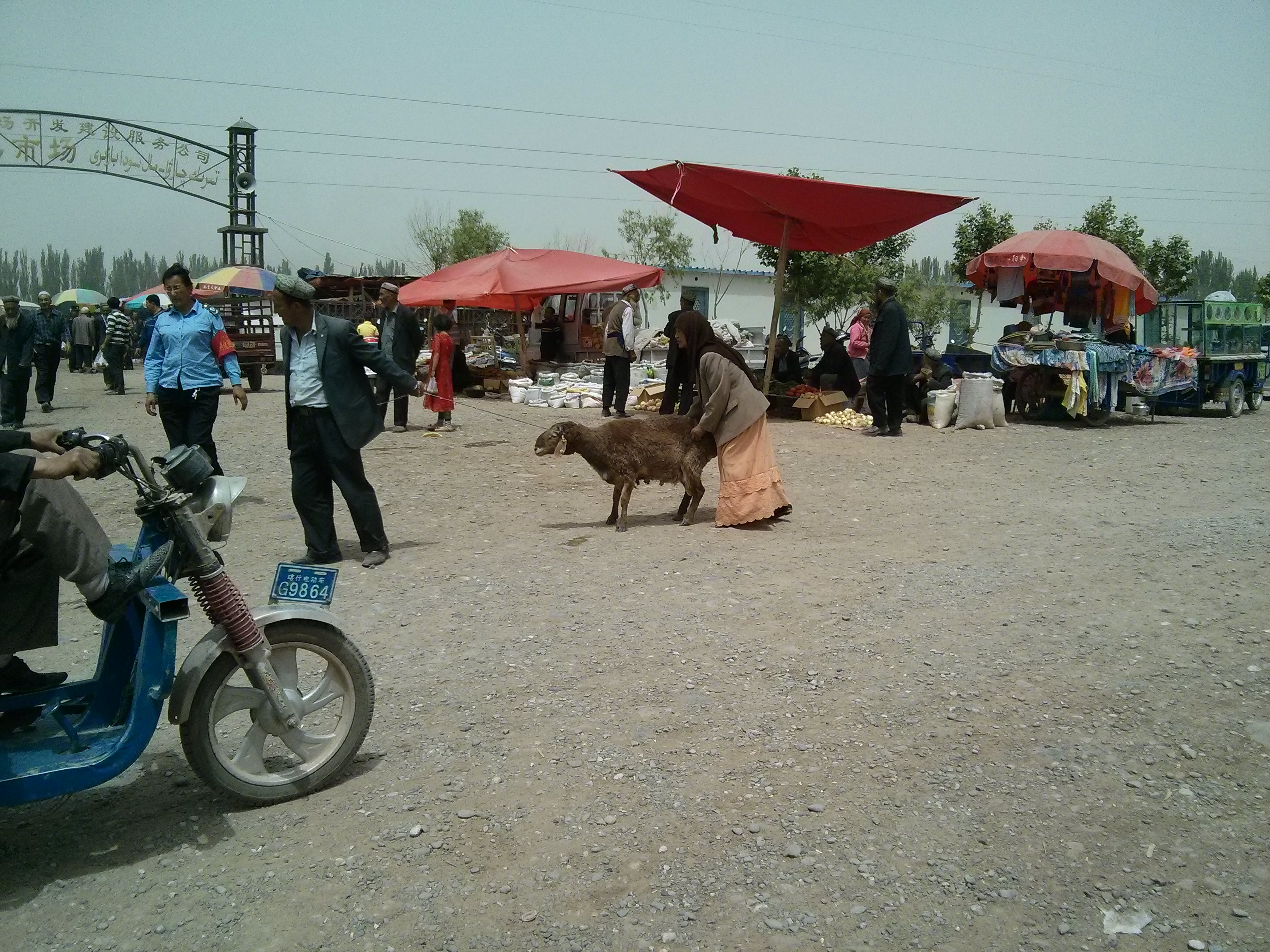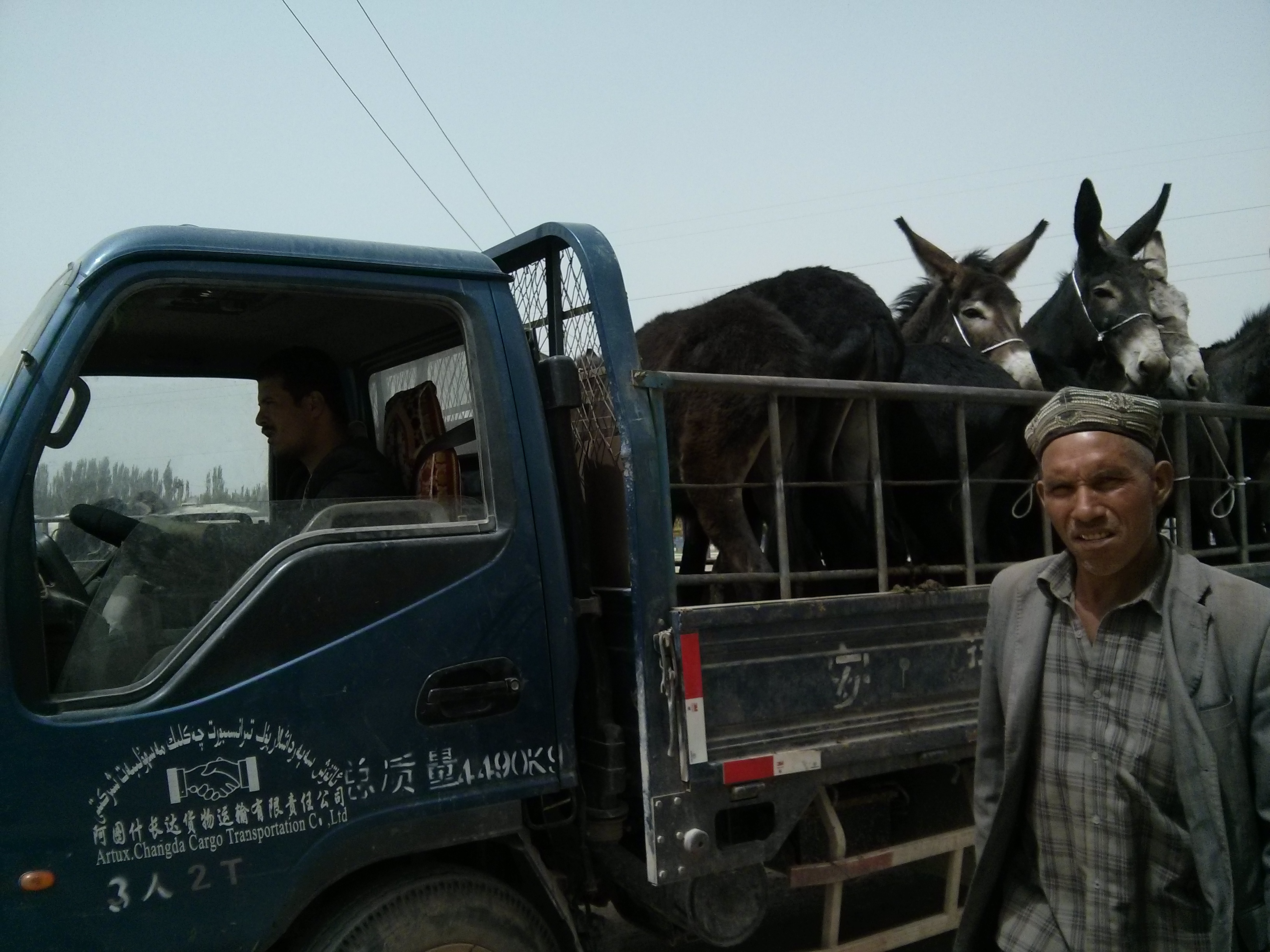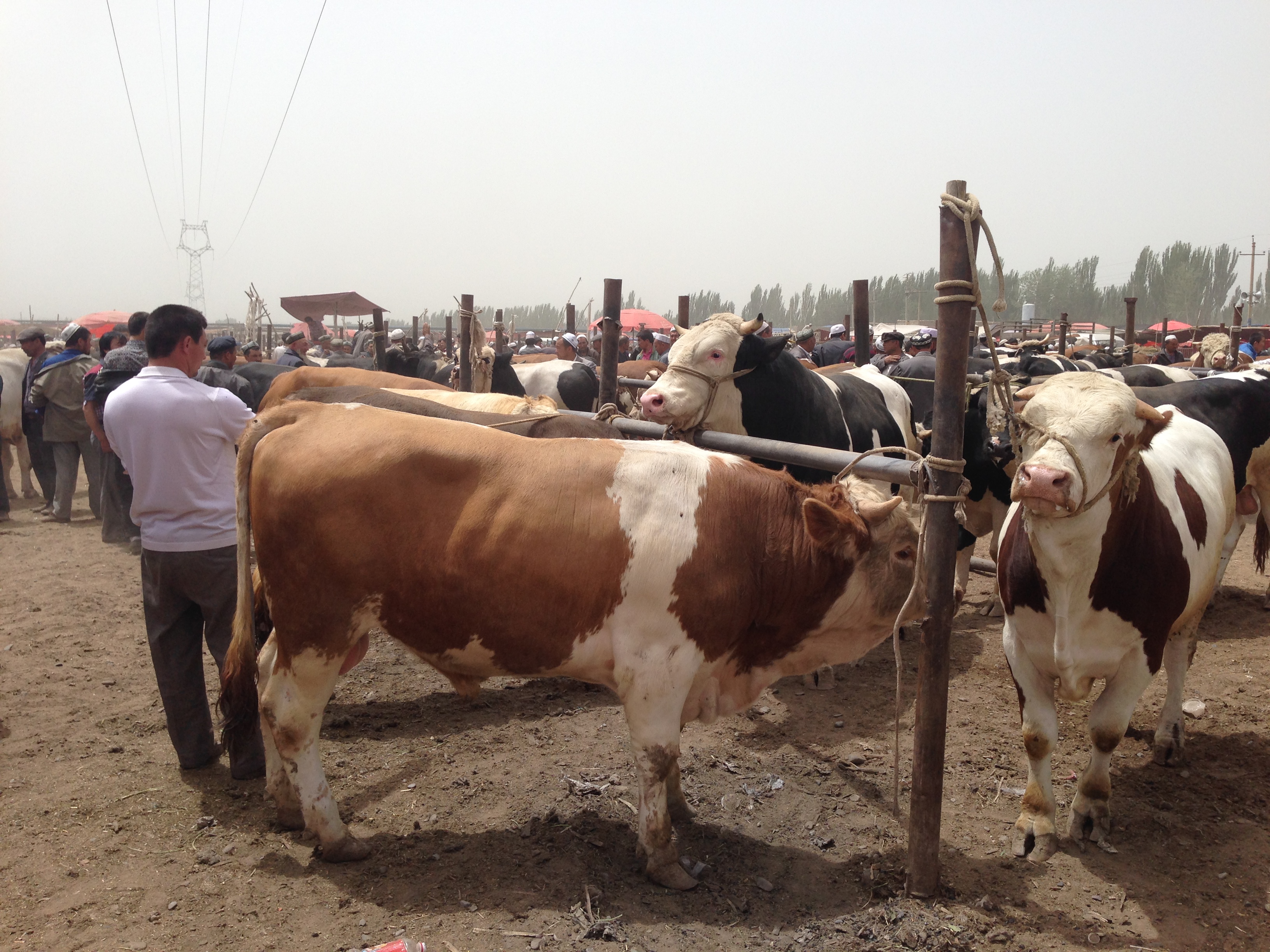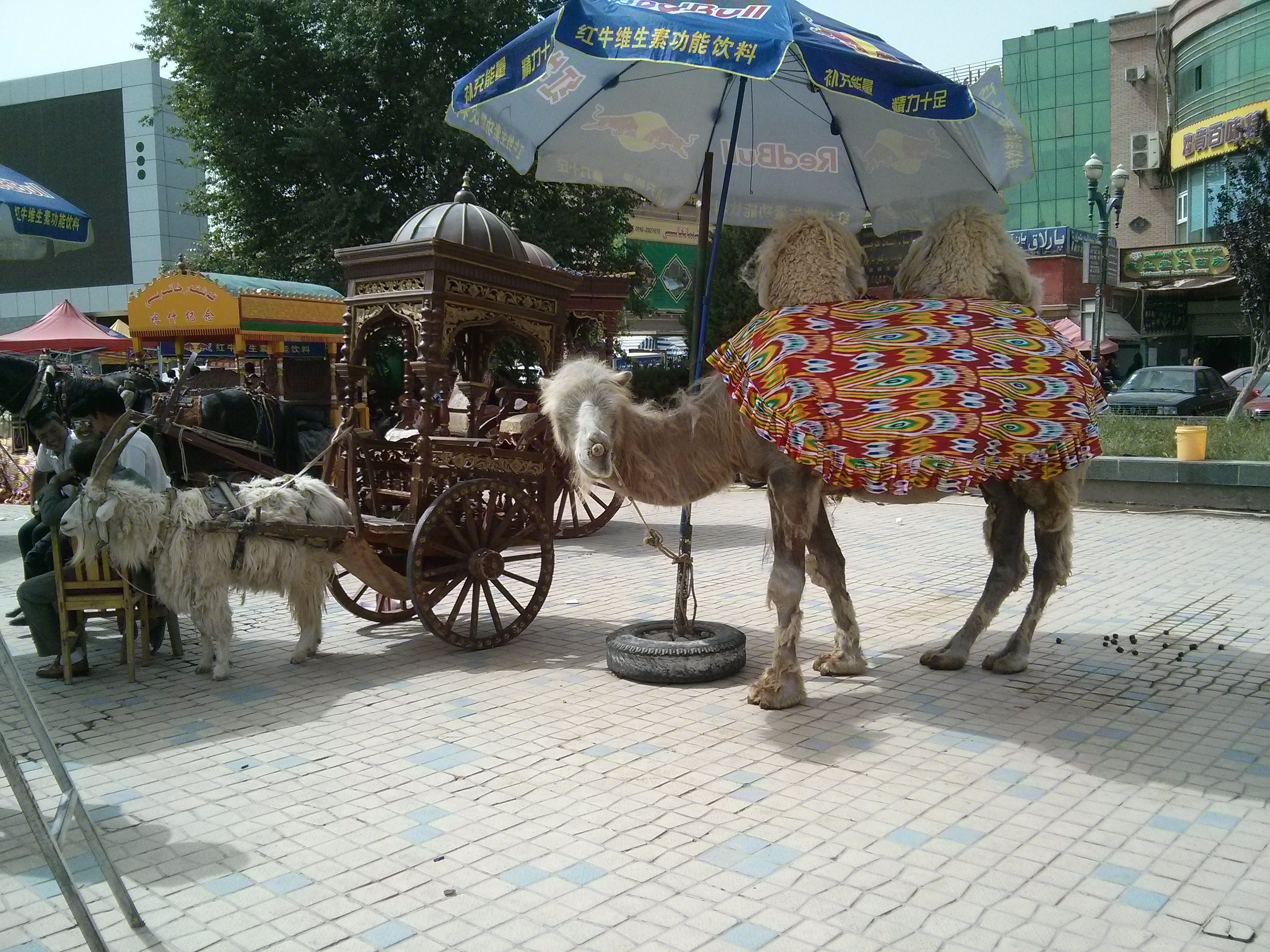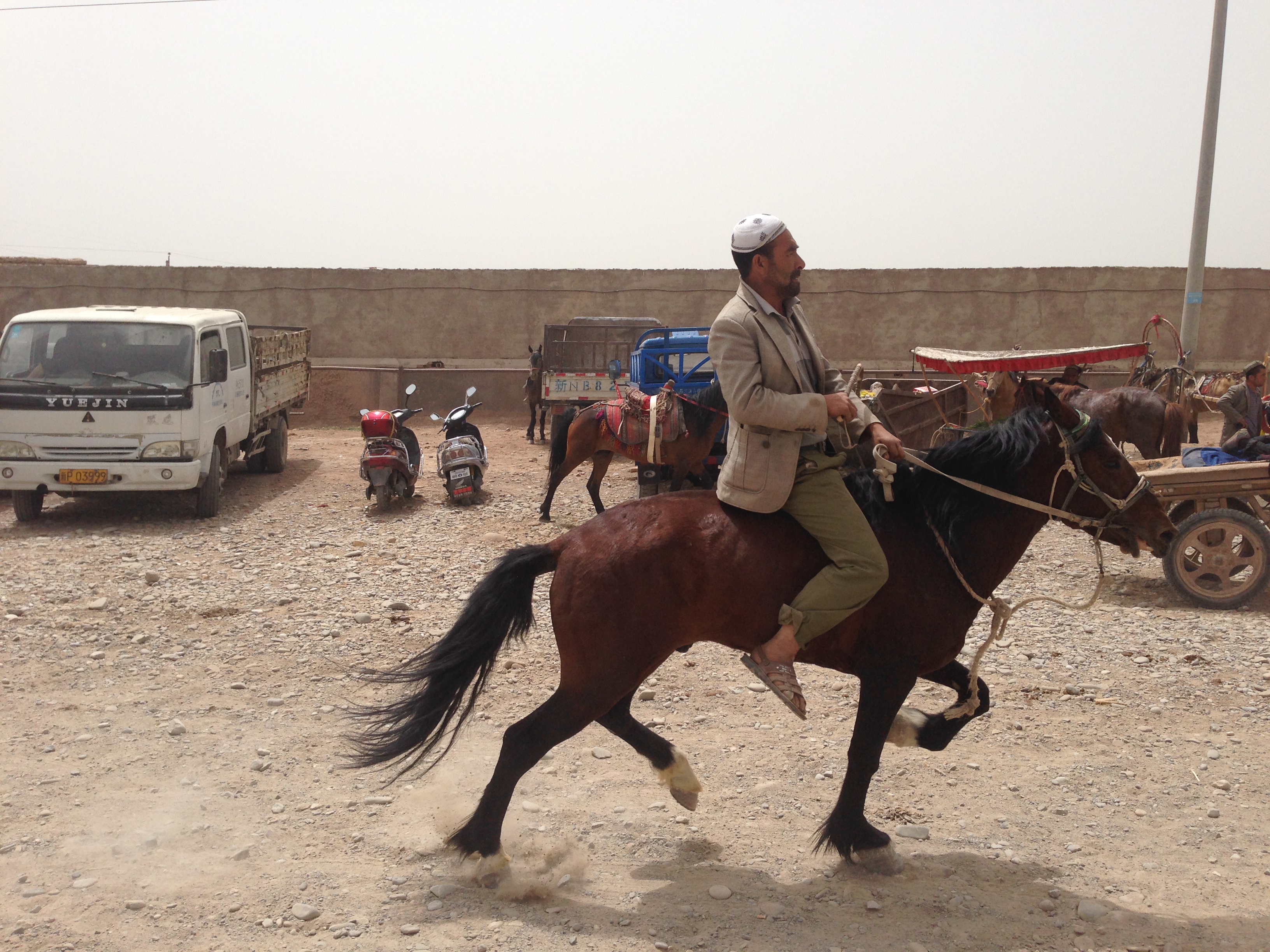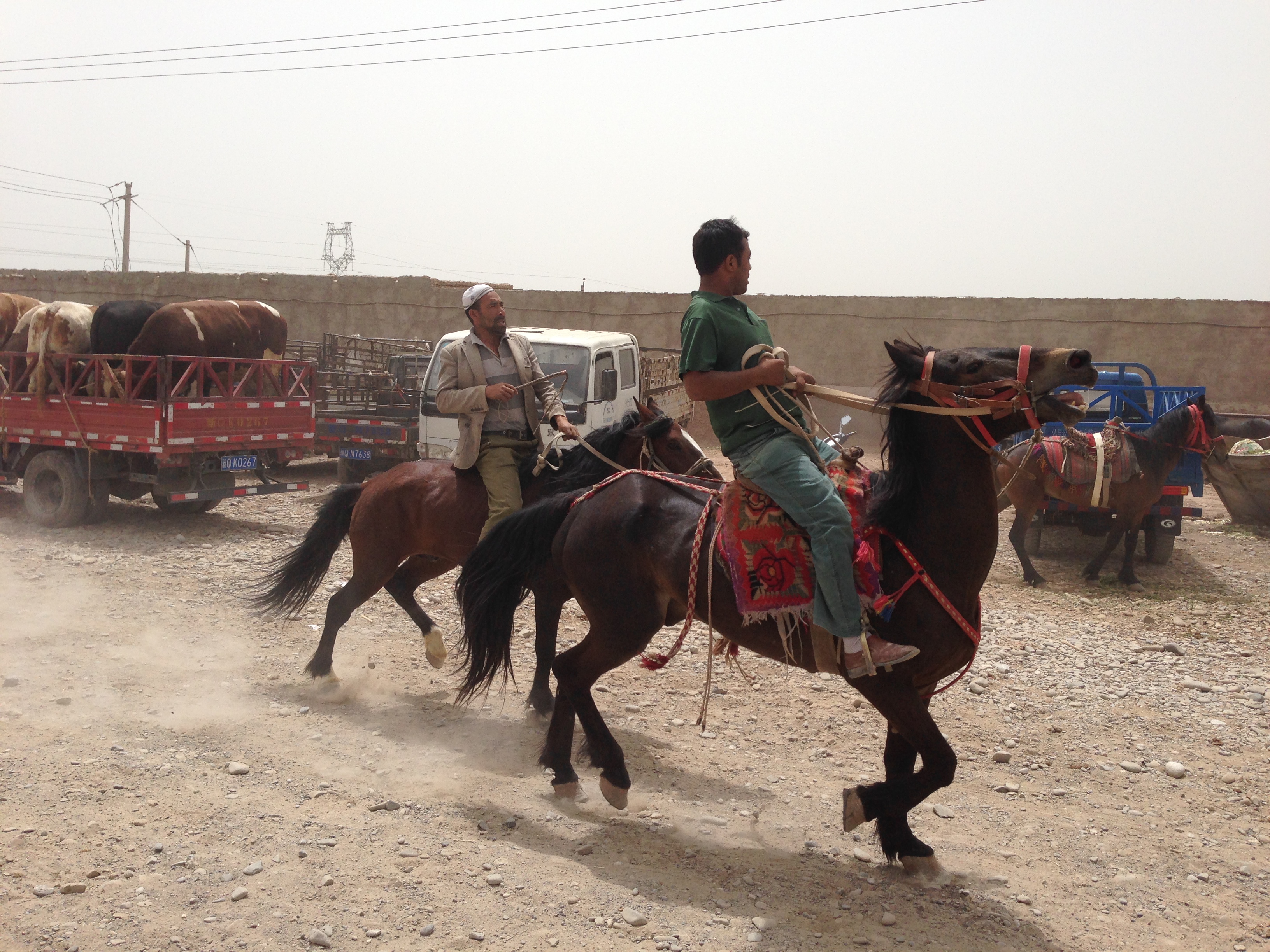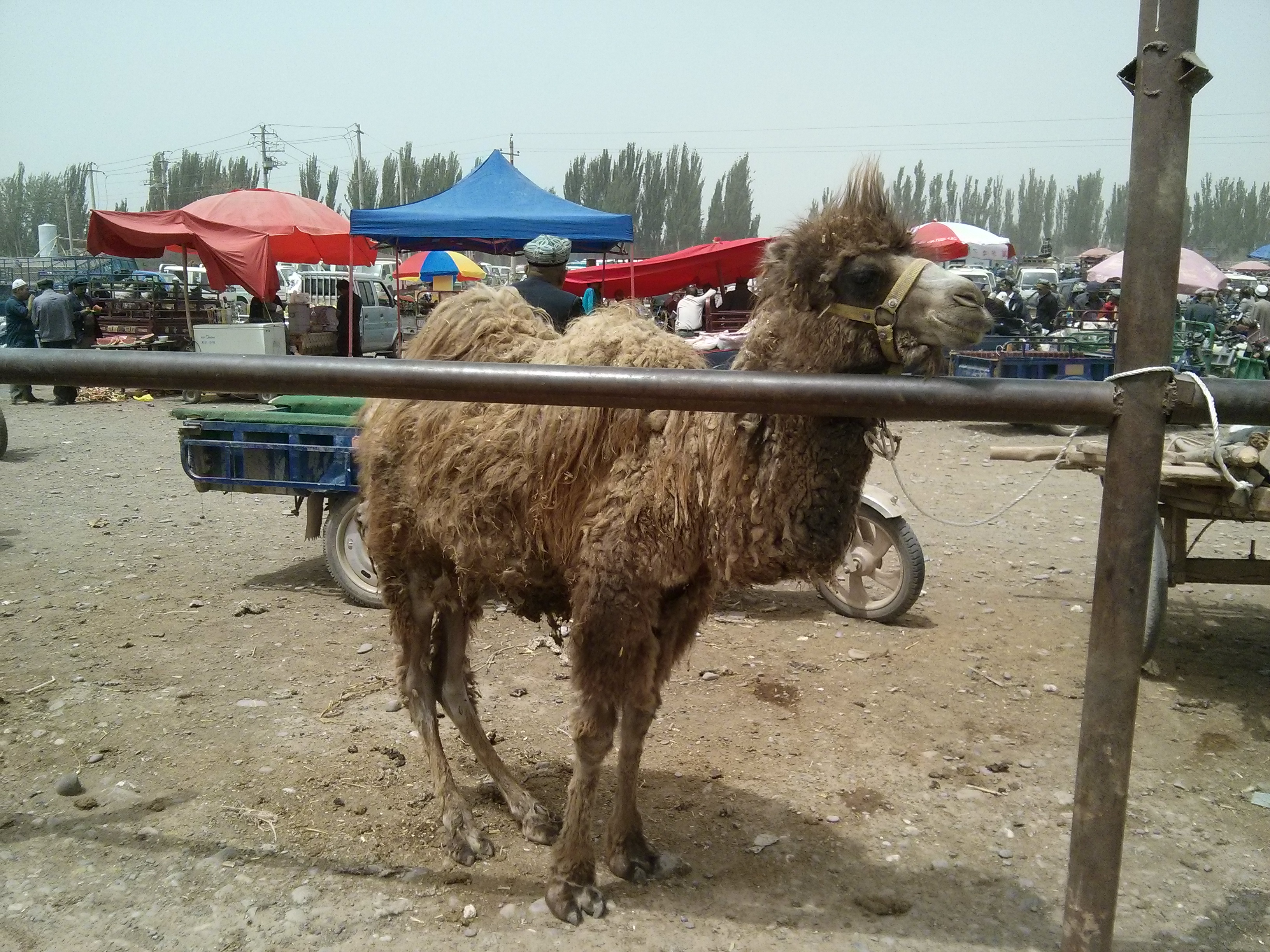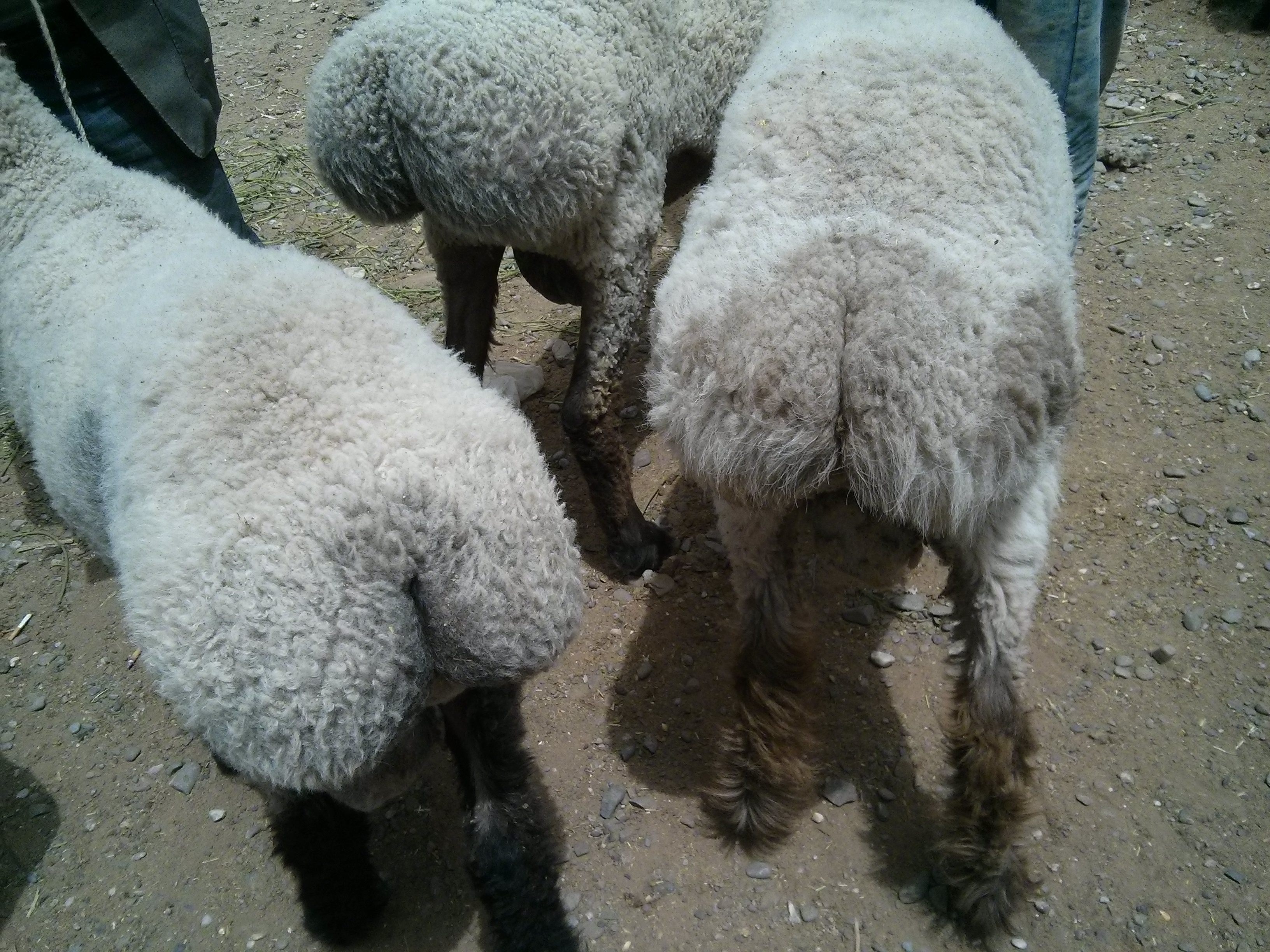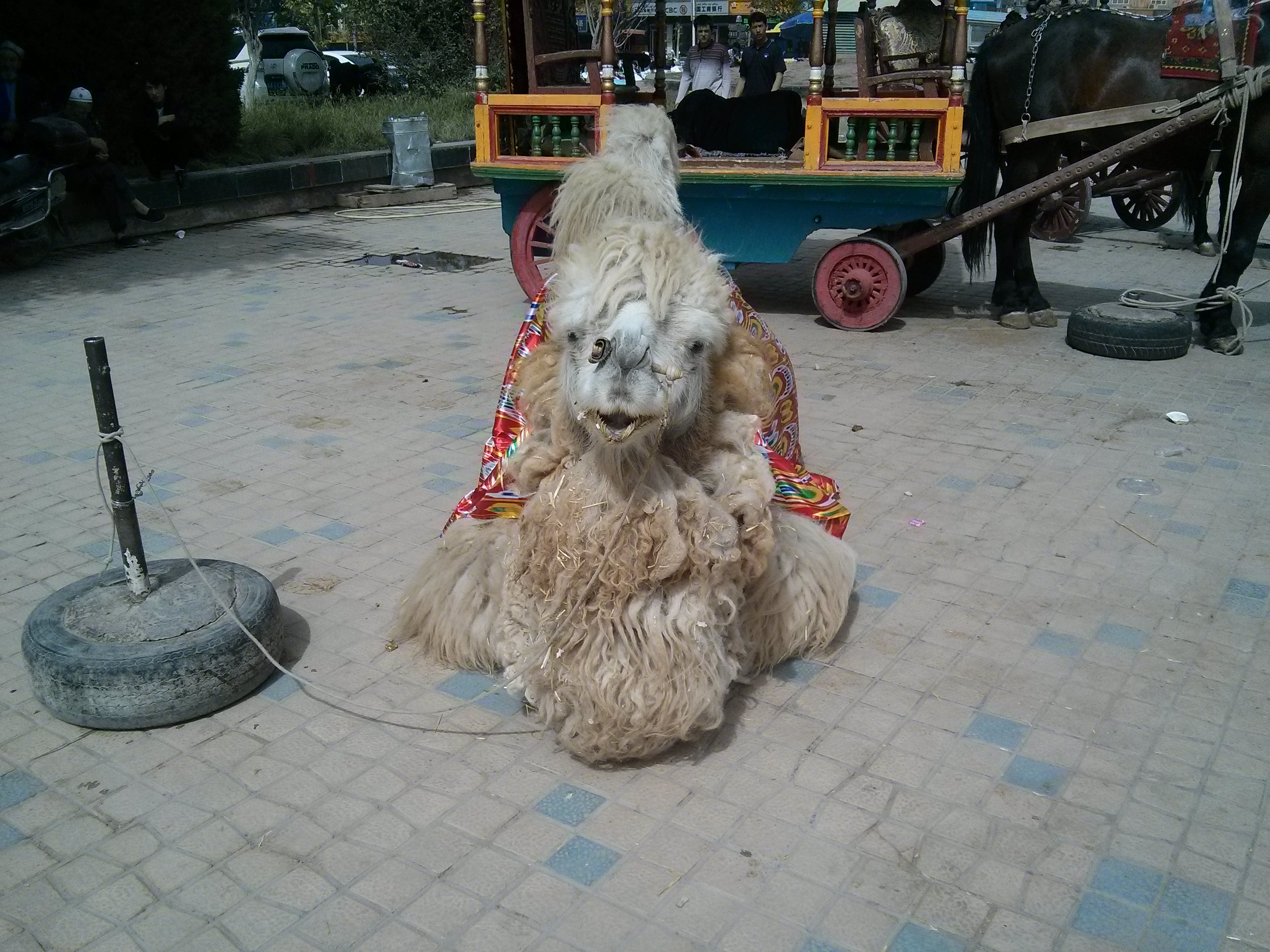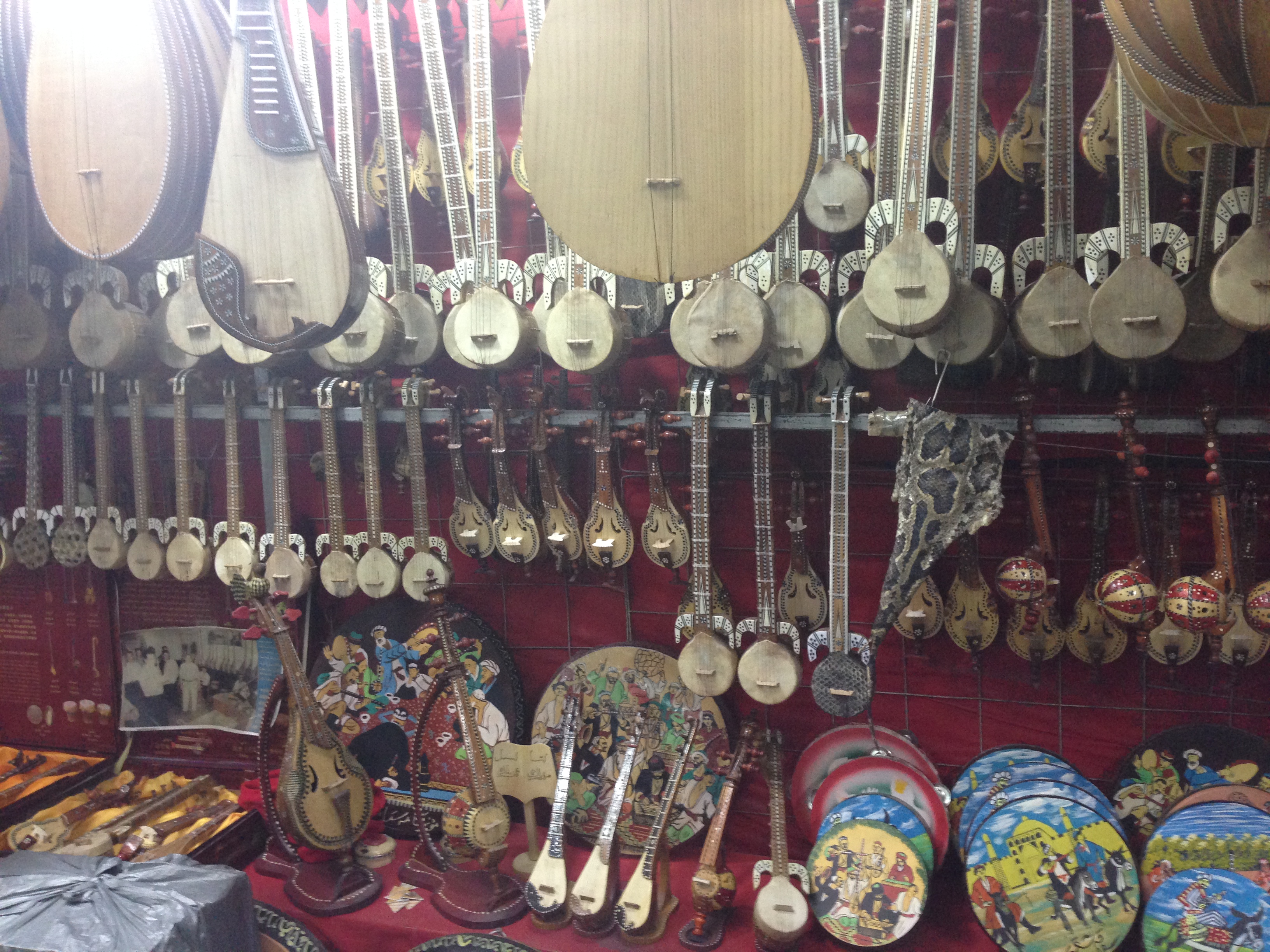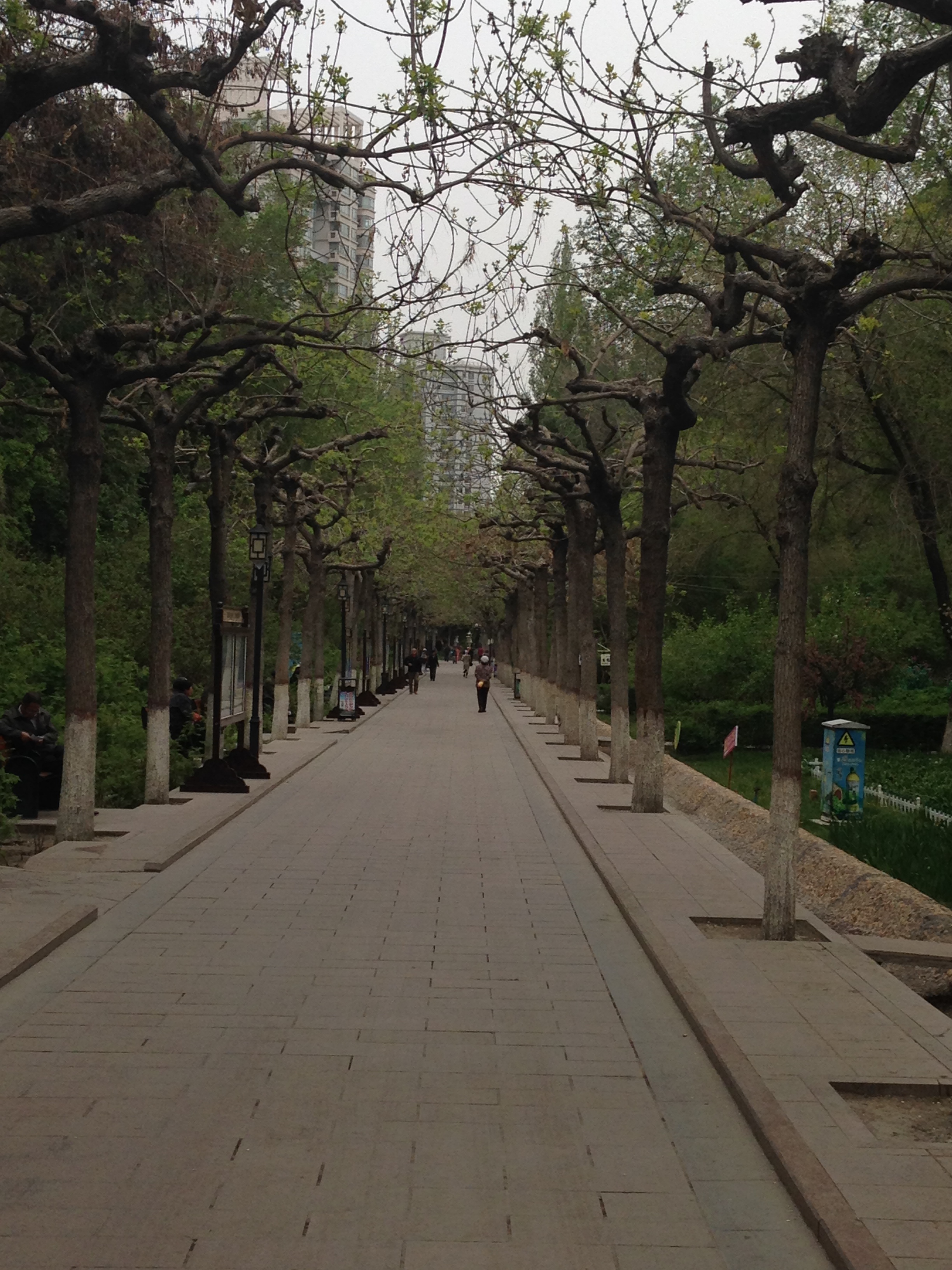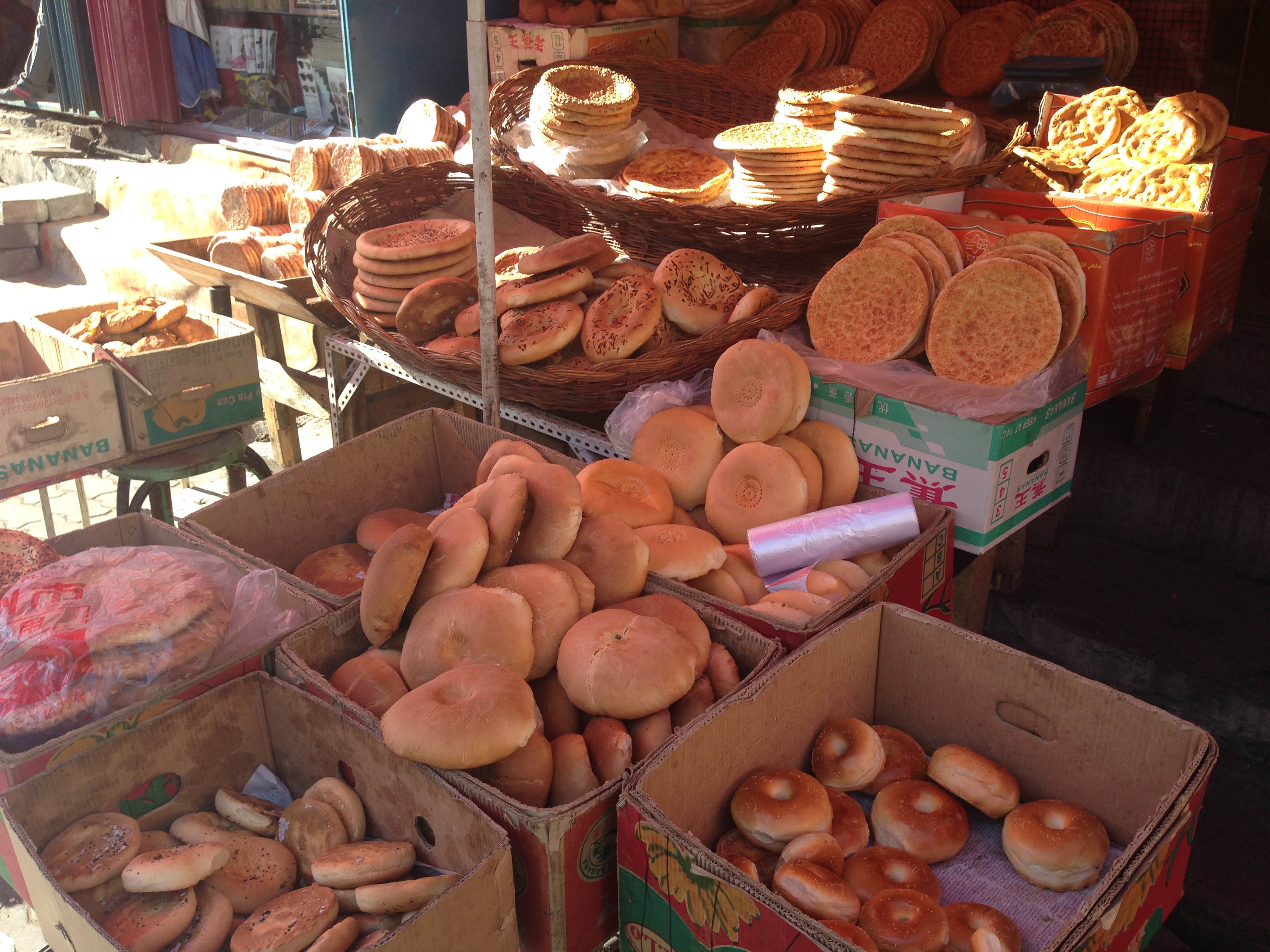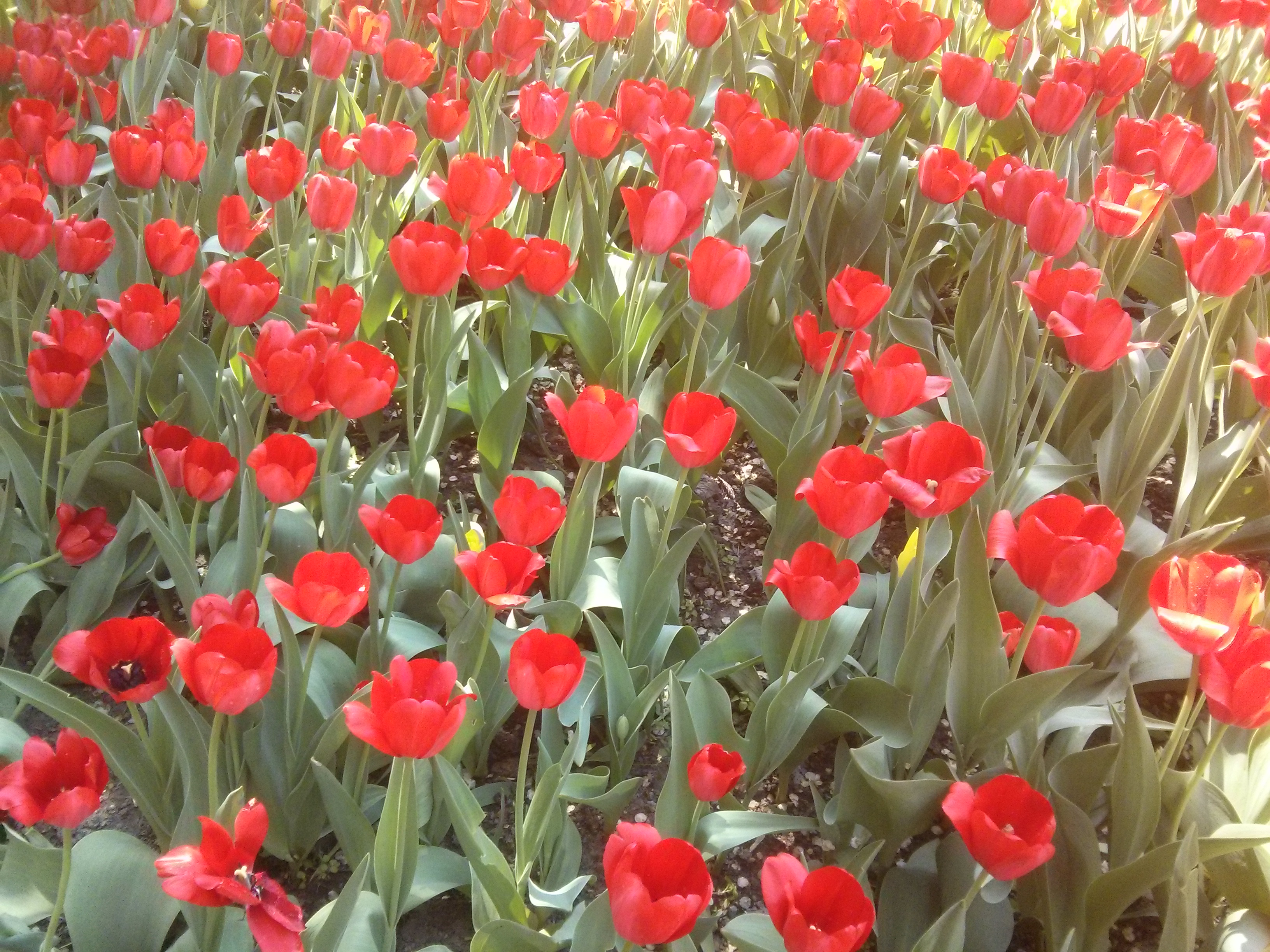Yet again another horror transit…our bus broke down so they put 9 of us (+luggage) and a driver into a 9 seater van for the 4 hr ride up the mountains. This was at least manageable as one of the group was about 6-7 so could be managed. Inexplicably we stopped on the top of one of the mountains, in the rain, behind a large bus and were told we would be switching busses for the last bit…ok…the big bus wasn’t ours though…all of a sudden a little 7 seater pulled up and we were all expected to pile in… somehow.
The Chinese raced to the bus and took their seats while Jill and I attempted to put our luggage behind the back seat. A small day bag might have fitted but our backpacks and their suitcase were not going to fit. My bag and their bag made it in and Jill’s bag was to join us in the cabin…somehow. As we moved around to the door we saw that all seats were taken…where do we fit…this one Chinese woman suggested that Jill and I cram into the back seat with the two existing people already there…a few “what the f…is this” from me and the world slightly rearranged with Jill and one of the smaller Chinese women in the back with the other two.
Jill’s bag at my feet and me on the crash seat. As we descended the hill I heard Jill squeal and turned to find the back door had flown open and she was clutching on to my backpack…while her day bag somersaulted and skidded down the mountain. Now is probably a good time to mention that our day bags contain all of our electronics and vital items…Jill’s had the laptop, kindle, telephone and her glasses in it…as it skidded and tumbled down the concrete at 30-40 km/hr.
About 5 minutes later my bag was randomly being transferred to the car that happened to be behind us…another few “what the f…” from me, the it was on my lap inside the cabin with Jill’s bag… Jill had checked that the laptop still worked and was not relinquishing the day bag from her grasp. Half an hour later we were delivered at the location where we checked into a relatively ordinary place and hid from the cold and the rain.
The room had 6 foot doorway entrances…I found this out as my head ploughed into the door frame…followed by some fairly predictable words given the transit we had endured. Right next door to our hotel was a place where they were singing Chinese opera on the street and blasting it over speakers for the whole neighbourhood to enjoy. This was going strong when we arrived and continued until 11 pm…and started again at 9am.
The next morning we woke to find the rain had stopped…as had my case of the darks with the world…and we could actually see that this place was stunning. Blue skies, gorgeous tree filled green mountains. Mount Wutai is one of the 4 sacred Chinese Buddhist holy mountains (the others being Mt Emei, Mt Putuo and Mt Jiuhua). Wutaishan is actually the name for the area of 5 peaks with plateaus on each peak. Jill tells me that this place is snowed in about 7 months of the year and the owner reckons winter is about minus 30 centigrade…so we were lucky with our timing.
It is an area of great natural beauty but being of religious significance it has also been overrun by the building of over 360 temples during the Tang Dynasty (618-907 ad). Thankfully only 47 of these still exist but the place is still thick with temples, caves, pagodas, monks etc…based on the construction going on…the 600 temples that one was, are being replaced as we speak…modern China.
We hit the pavement and started walking up the hill past the temples etc that we had seen from the sardine can…through the mist of the rain… and the red mist over my eyes the previous night. This place is beautiful. Jill went off with her camera, as she does, loving the green hills with temples everywhere you look. Throw in the odd stupa and she was in her element. After going up the hill we headed back down and found the lake with the waterfall and koi and I was happy. Add to this the fact that by the time we got back the opera had packed up and left from outside our room and all was good with the world again.
The temple that Jill REALLY wanted to see was the one that involved climbing over 1000 stairs to the top of the mountain. We did this…but via the chair lift…not the stairs. Just as well cos it was pretty lame once you got there and you would feel robbed if you had hiked the stairs. Effort vs Reward.
That evening we had a great night with no bleeding eardrums from the squealing opera singers, a food recommendation from the owner and generally some peace and quiet. The next day after a haircut and breakfast (totalling less than $5 for both) I headed back to the lake and sat in the shade and breeze feeding steamed bun to the koi. I have decided I really like fish. While I sat by the lake feeding fish Jill climbed the hill next to the lake to see yet another temple.
The final thing that needs mentioning for this place was the pooch in the hostel. This dog looked deformed with a depressed brow and protruding skull cap…but was 100% self sufficient. They had attached pull handles on the doors so the dog could take itself in and out of everywhere it wanted. It had learned to open a normal door and it basically had free run of the place. It was a well natured mutt but with a very odd look about it.
We bussed it out in a much more civilised manner (despite the fact that my seat was broken and kept slowly reclining to the point of being horizontal if I or the bloke behind me would let it). But that was the only real issue the rest went the way it should with no dramas. We got off in Taiyuan only to find that the entire city is being renovated…and I mean the entire city. We decided that the wide streets, metros, parks, gardens etc are on a schedule and are rolled out in one big hit…and it was the turn of Taiyuan when we were there. We stopped to break the journey to Pingyao and to check out the Museum which was supposed to be pretty good.
The museum was OK but without being startling and the city as a rule might have been OK but the construction at present has made the place quite poor. The one bit that saved the place was the night food market. It was made especially for the tourist and was priced accordingly…but the range of food was startling and we wandered the streets munching on a range of the fare on offer at the stalls.
